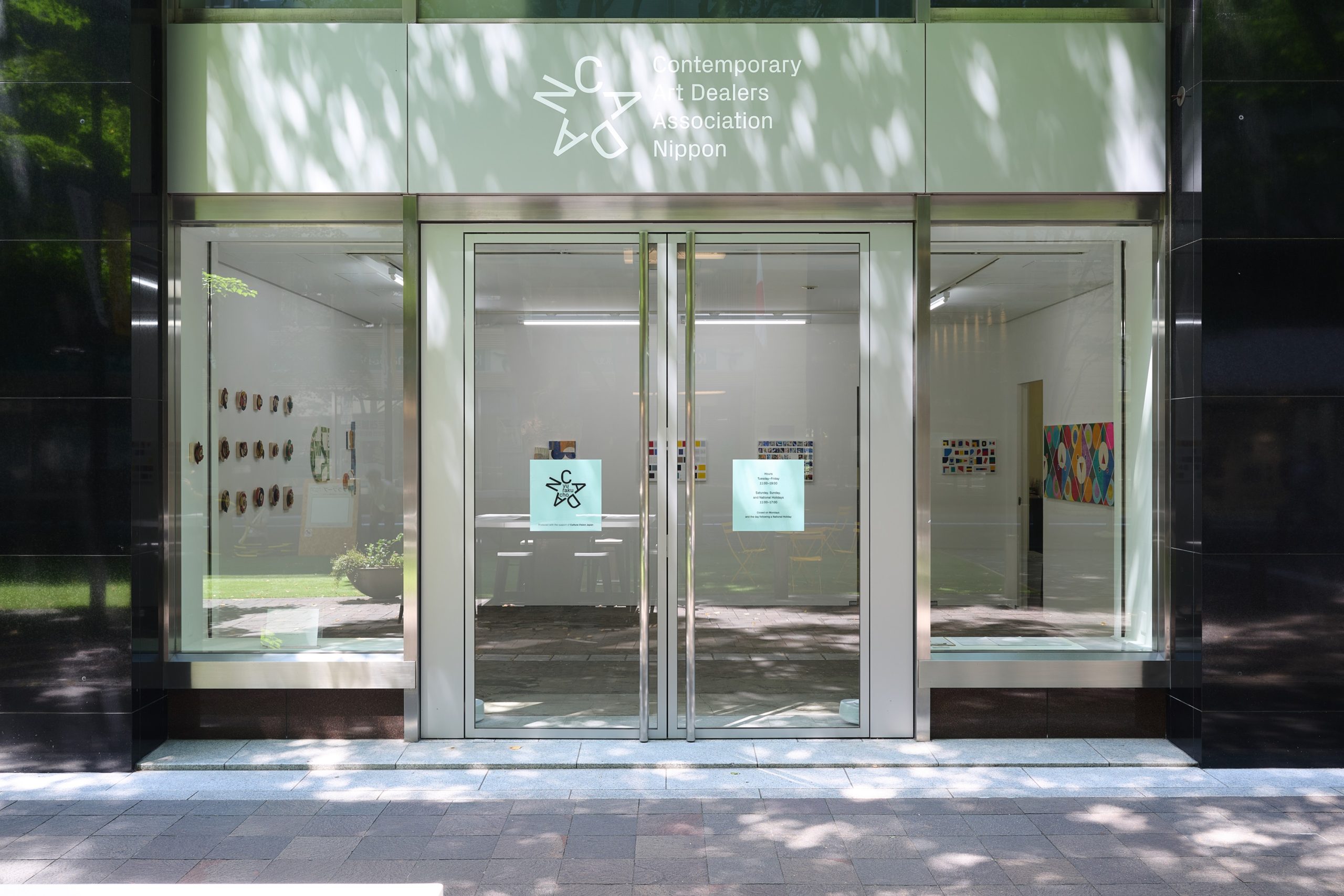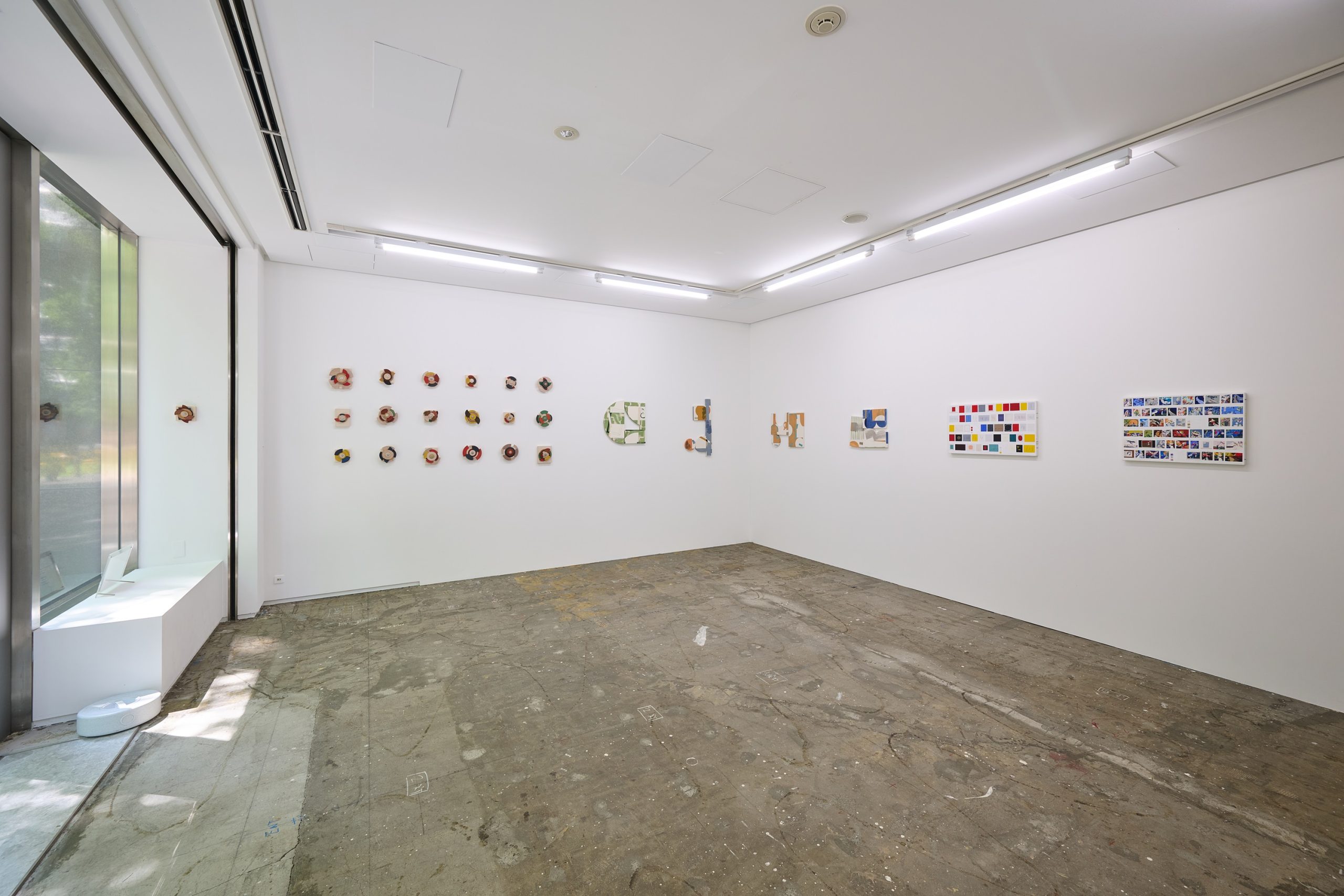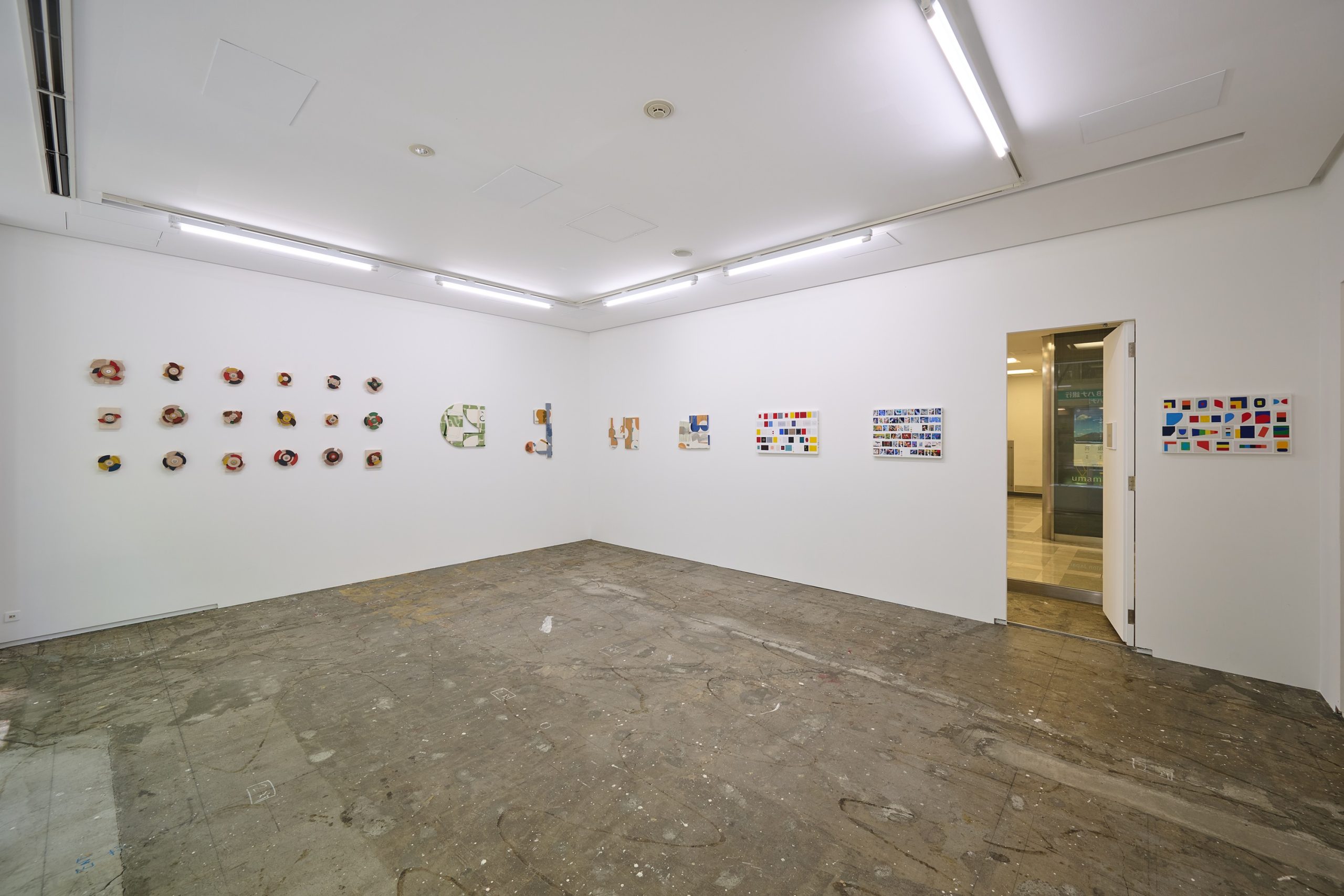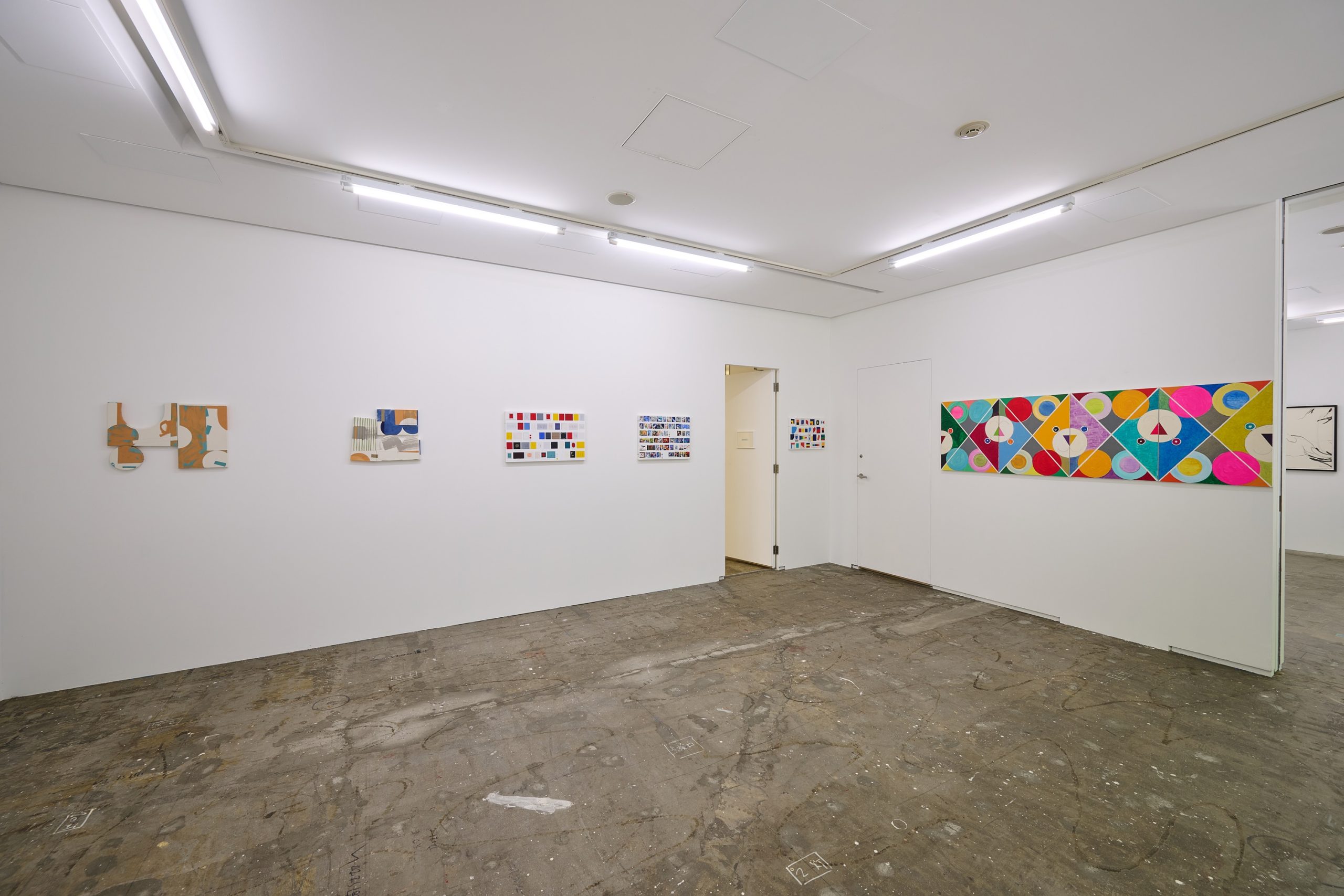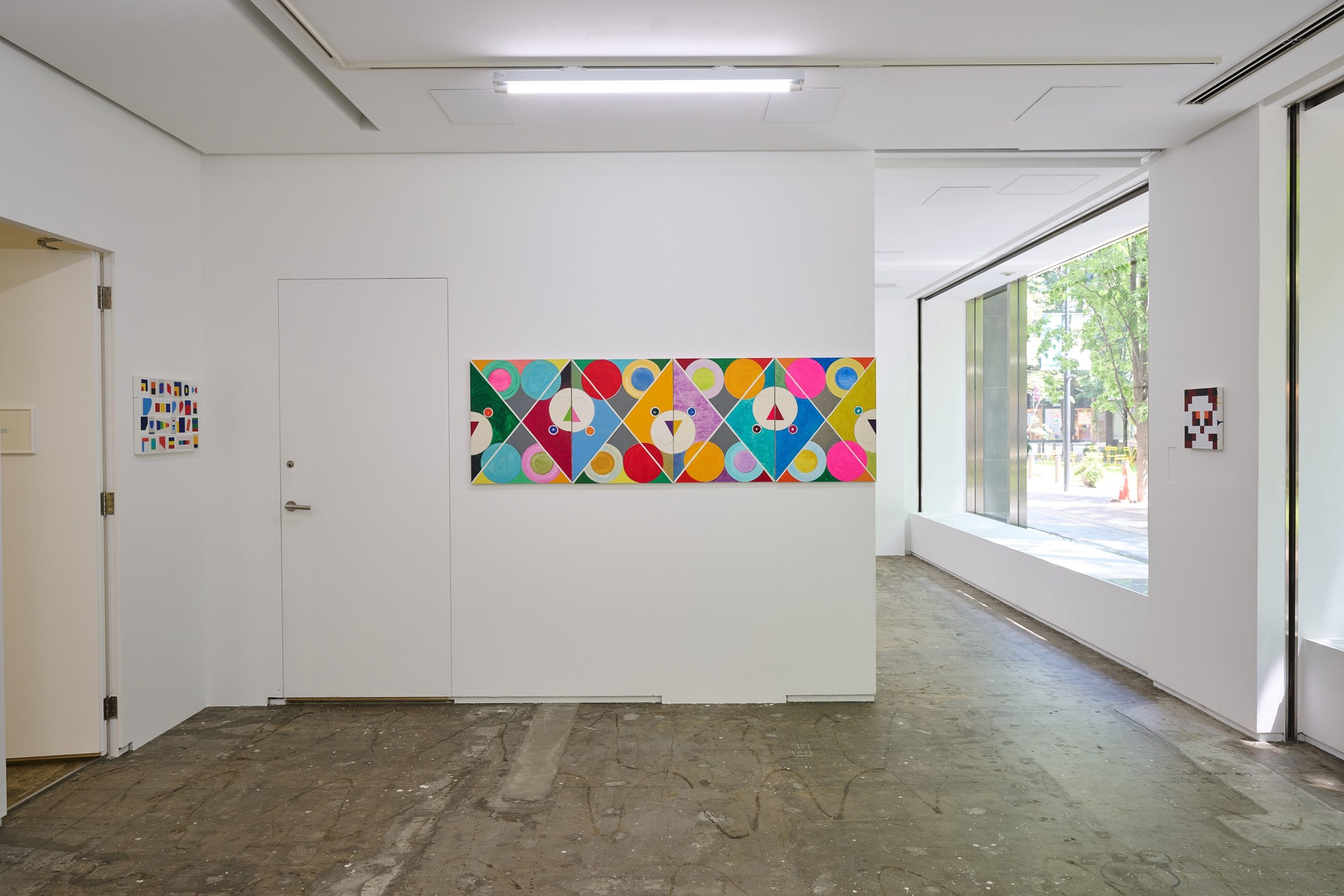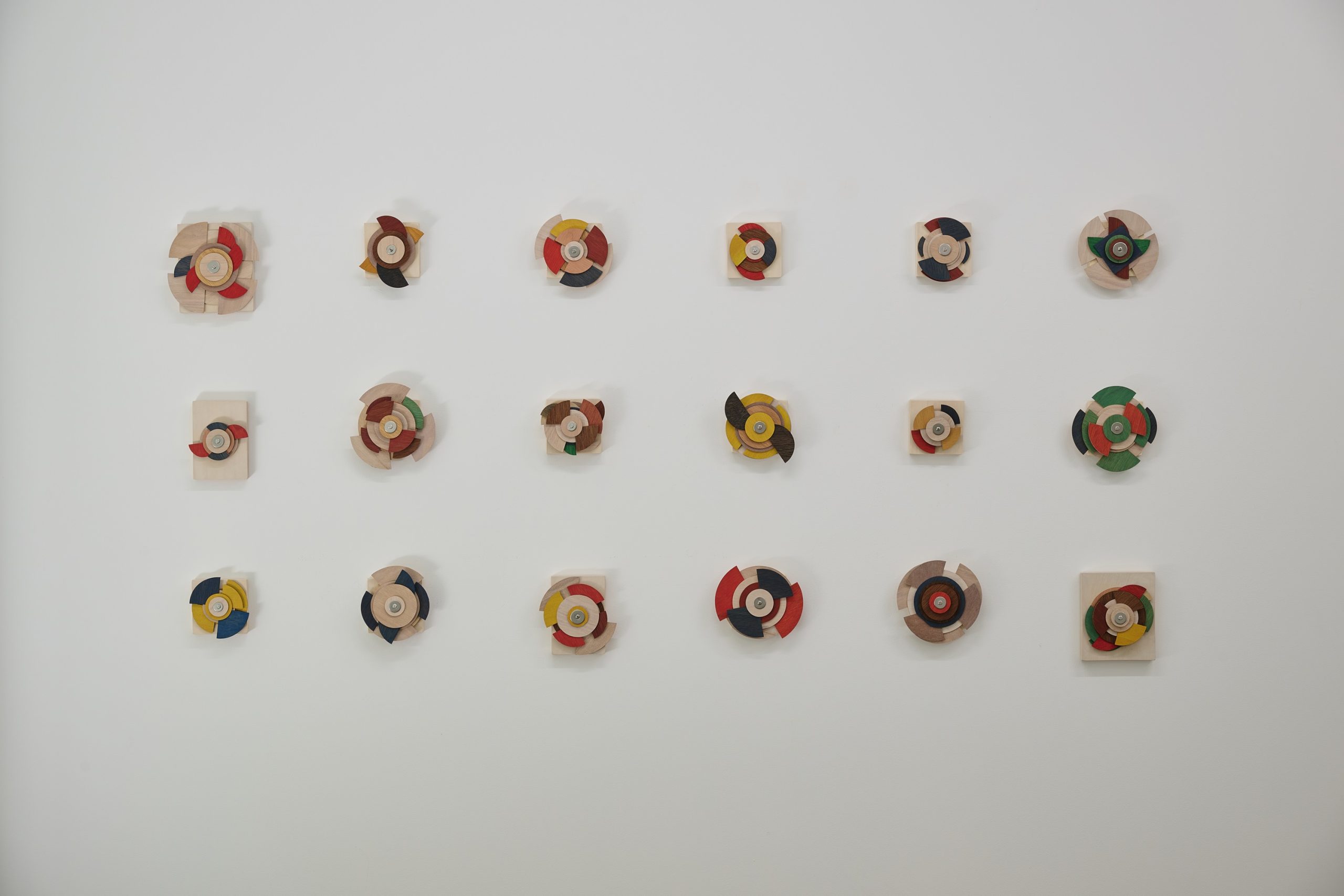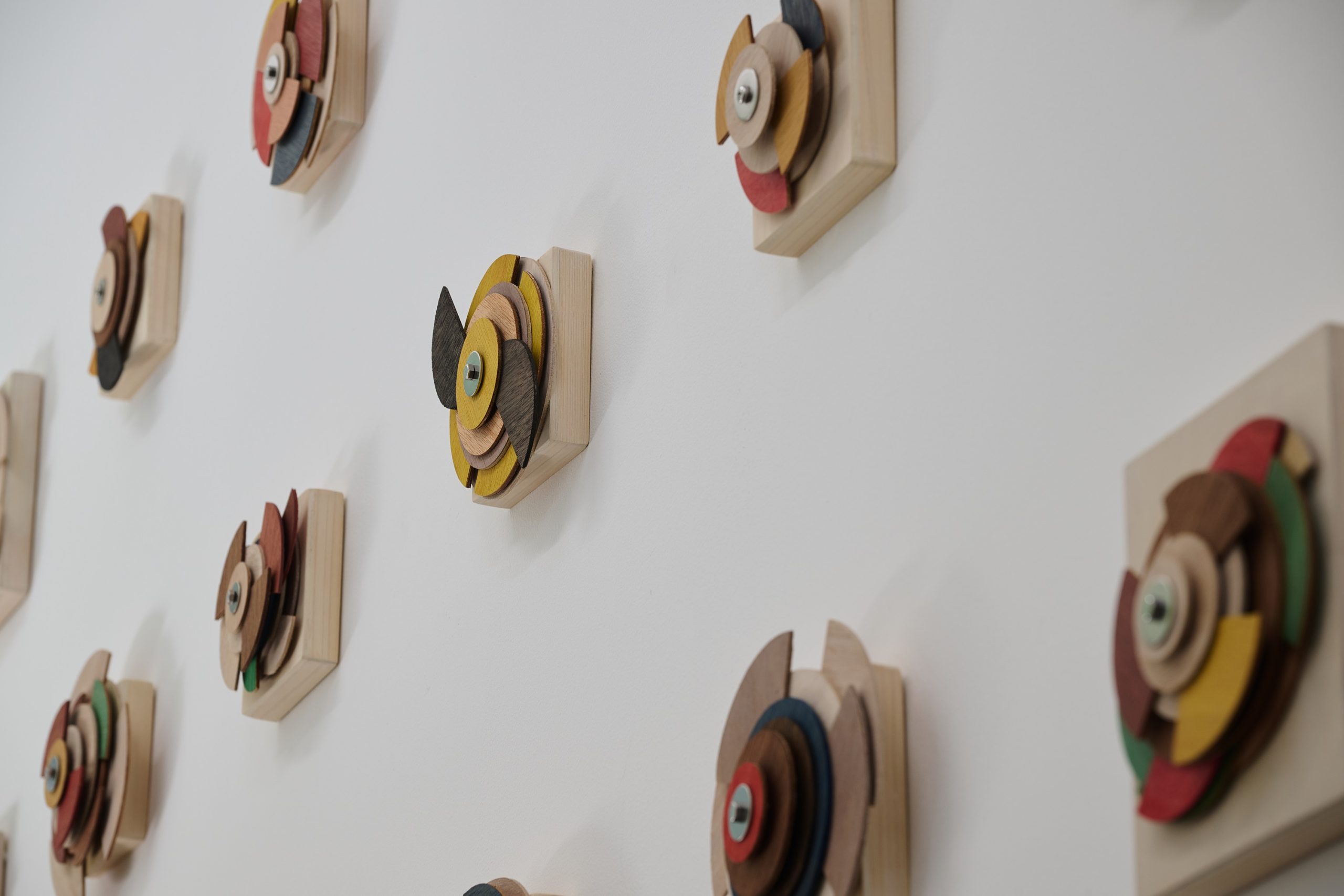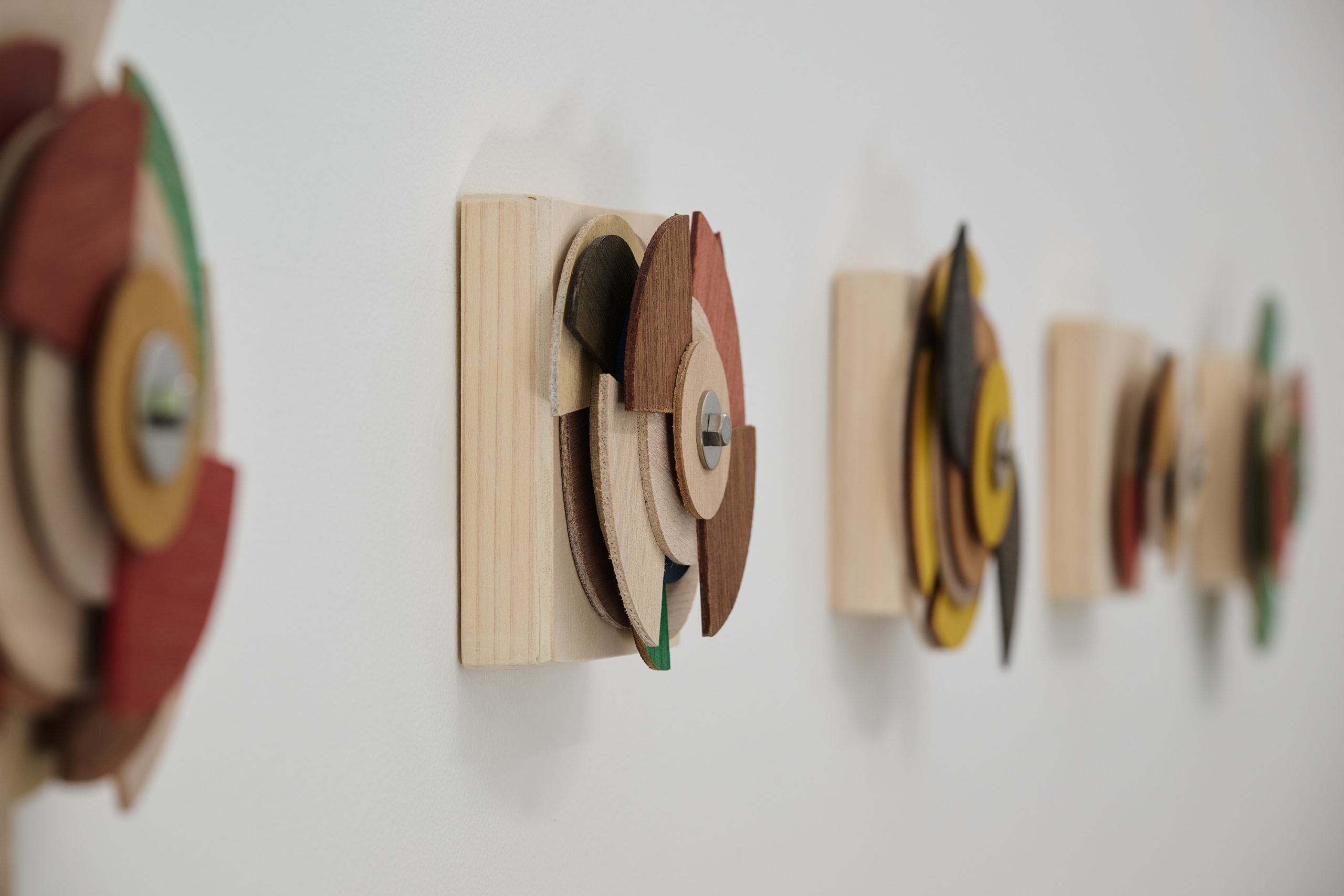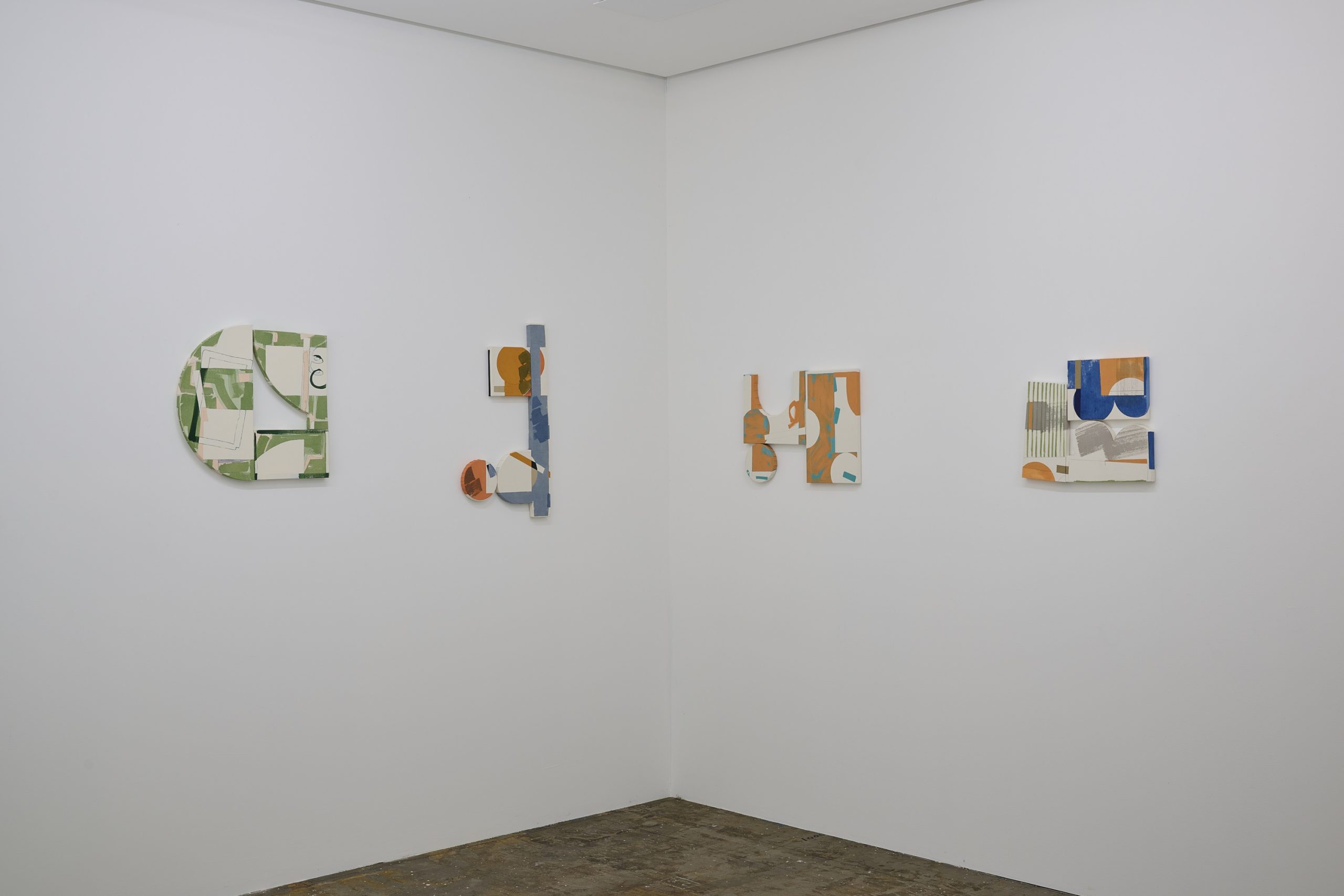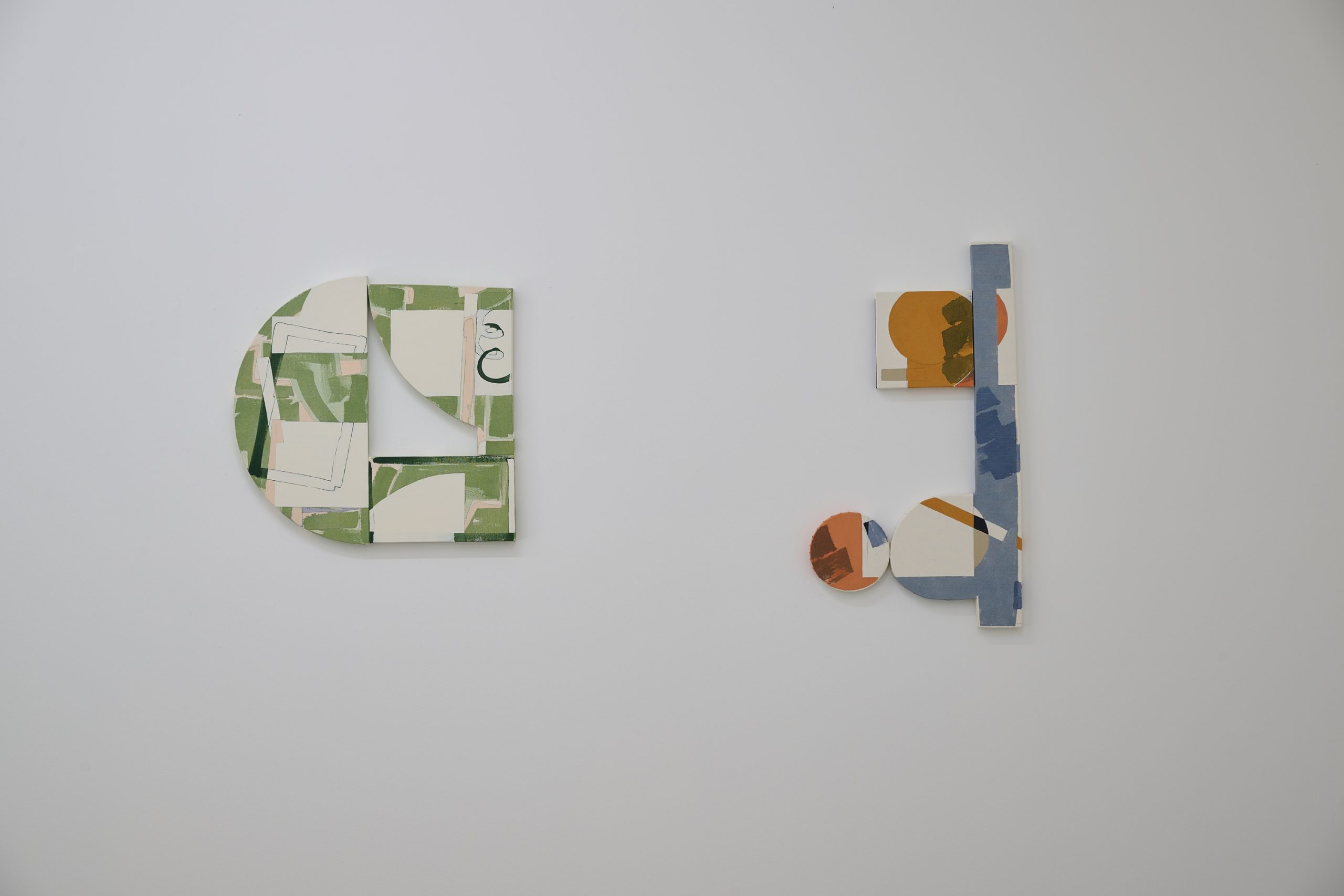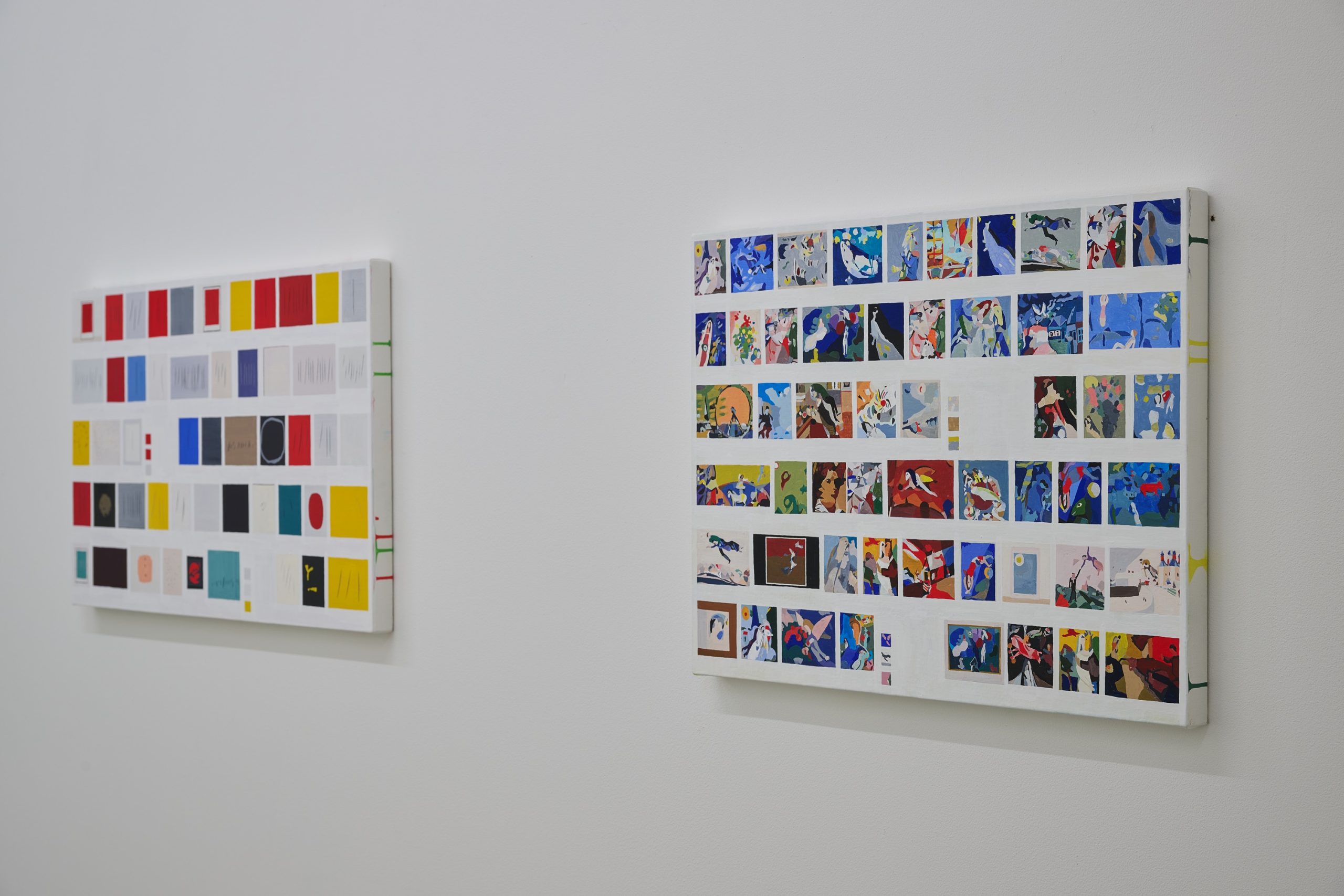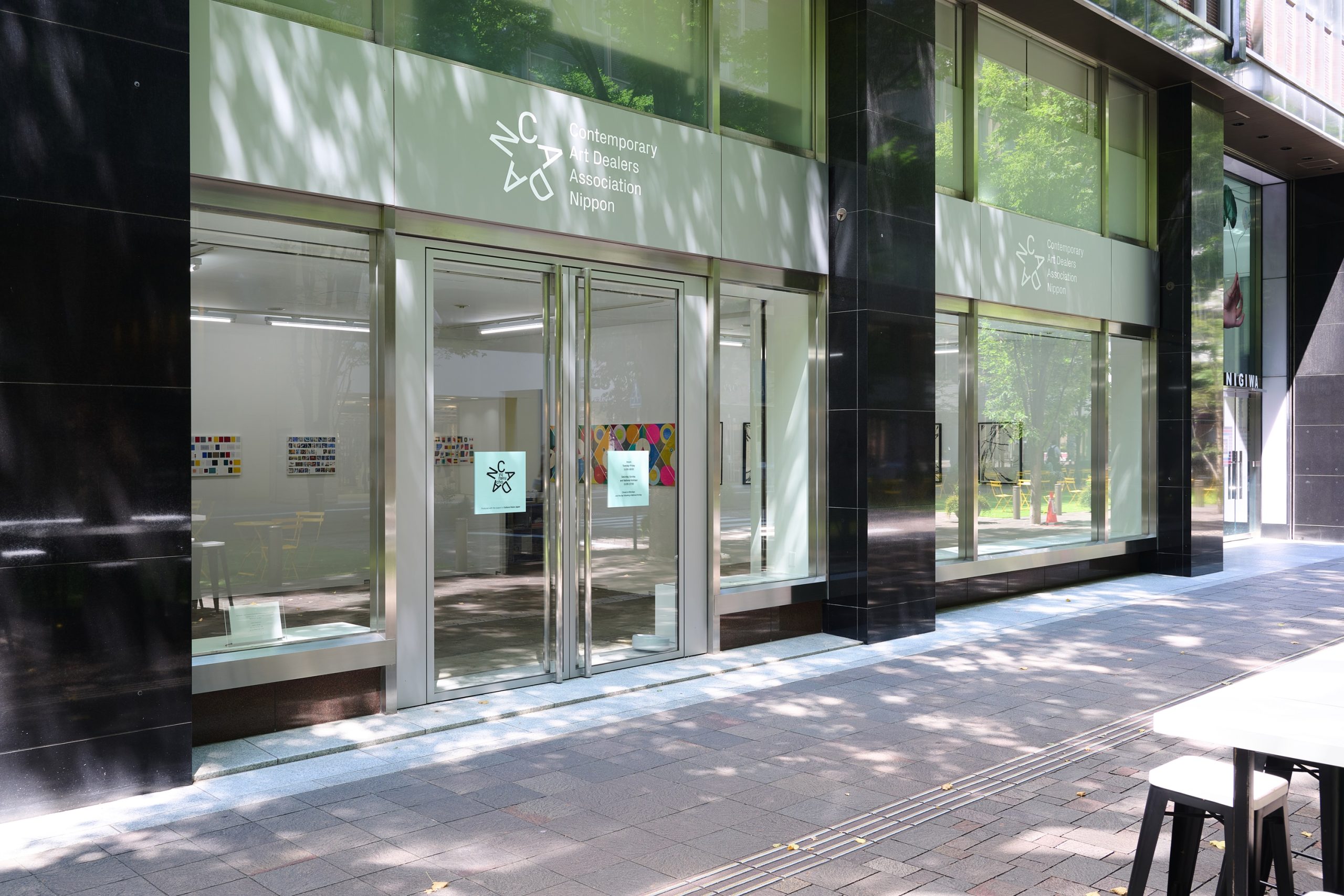News
Seia SUZUKI : SCALE
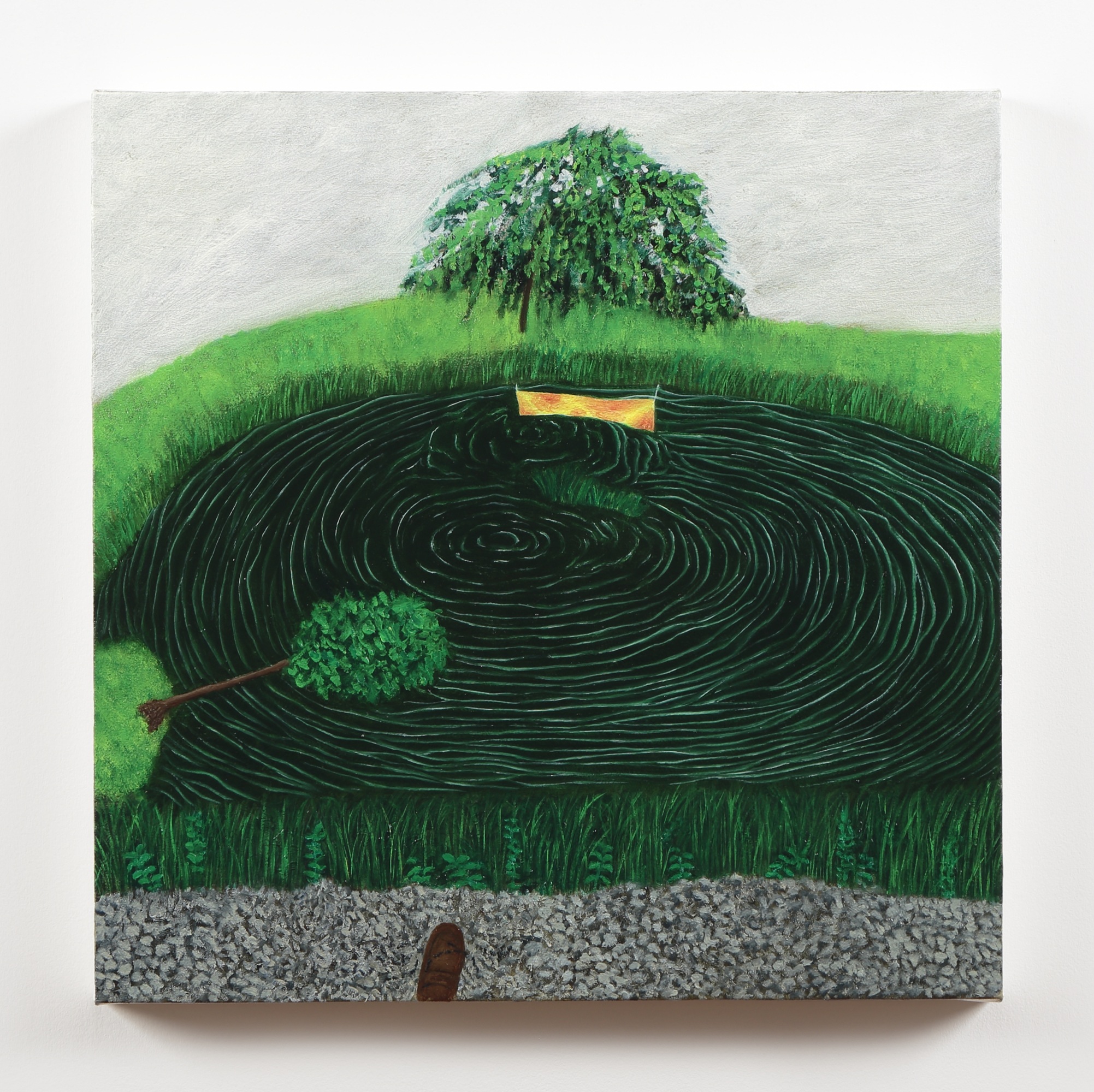
Scale_25_08
Oil on canvas, panel
33.3 x 33.3 cm
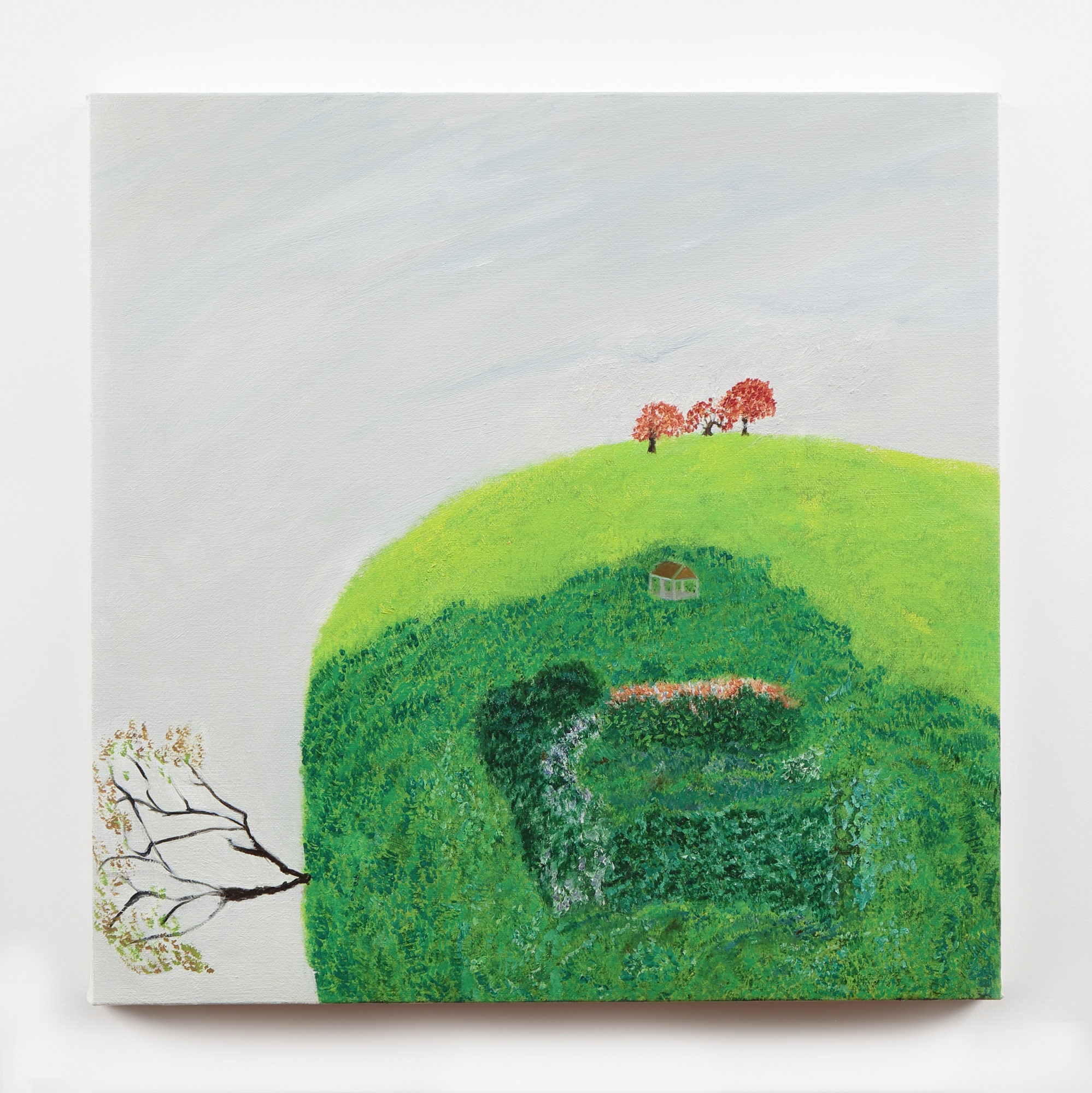
Scale_24_10
2024
Oil on canvas, panel
41 x 41 cm
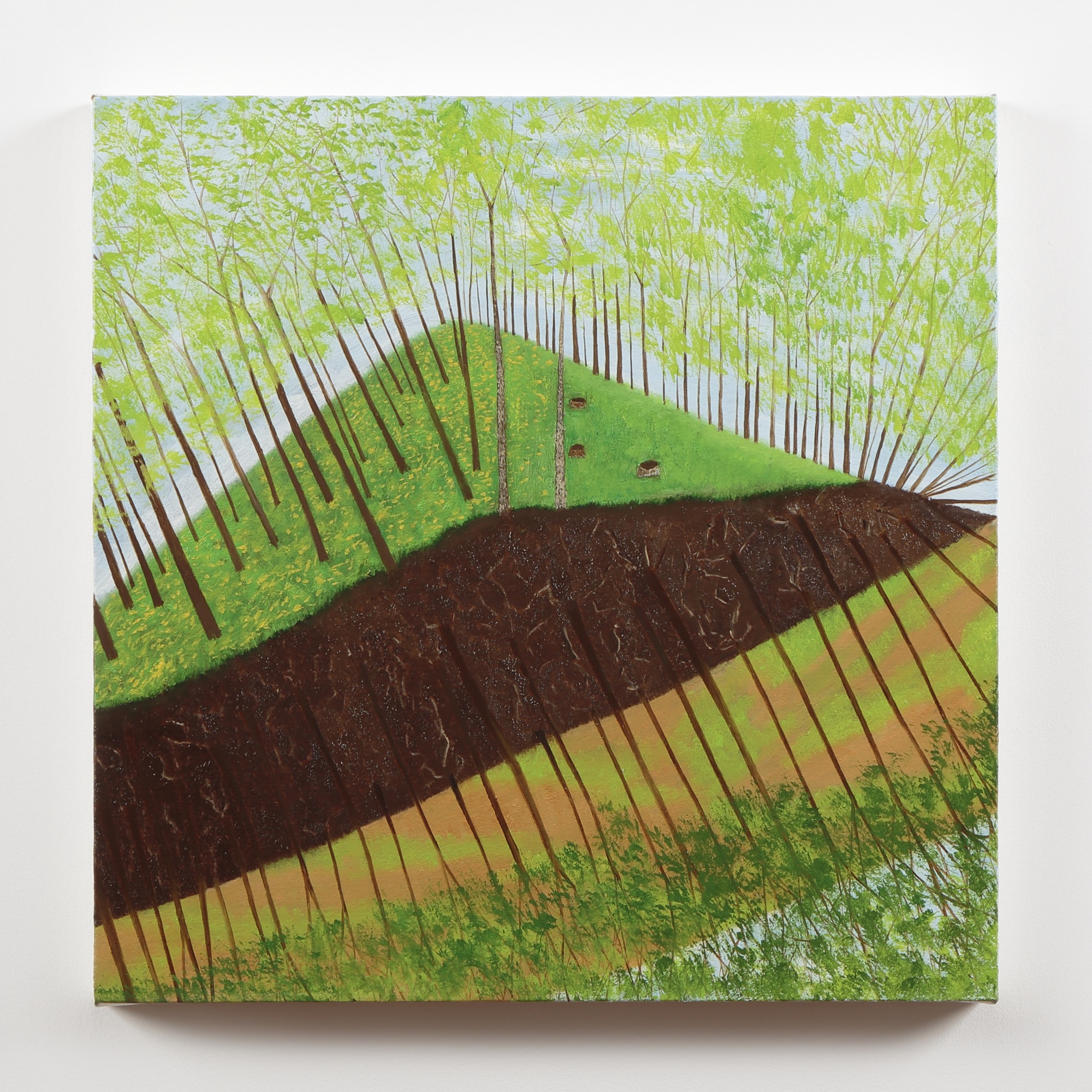
Scale_25_10
2025
Oil on canvas, panel
33.3 x 33.3 cm
Seia Suzuki’s paintings portray sceneries of mental images rooted in his own memory. He uses real places as his subjects but never captures them with a camera. Instead, he “documents” them through a brief note (texts). Photographing a landscape inevitably implies that the composition is defined by the camera’s angle of view. Suzuki intentionally avoids such framing of a scenery. To turn fragments of his memory into an image, the landscape is removed from the real world and undergoes an imperfect transformation. Suzuki does not make a draft of the composition on canvas: he paints the images as if to cram everything in. The resulting painting appears distorted and compressed, evocative of the world viewed through a fisheye lens.
The artist’s new works are painted on square supports. They are rotated as he paints, thus inverting the images. The horizon, an inherent element in a landscape, is vanished, allowing the scenery to transcend the sense of the sky and ground as well as gravity. As the exhibition’s title Scale suggests, the depicted subjects (such as trees and houses) are drastically reduced in size, thus alienating the scenery further from a reality. The extraordinary landscapes created by Seia Suzuki lure us into a distant place.
Seia SUZUKI
Born 1986 in Tokyo, Japan, Seia Suzuki received his MFA in painting from Tama Art University in 2012 and received the VOCA prize the same year. In order to understand what happens within the painting process, Suzuki takes a creative approach involving writing down the descriptions of actual scenery and then using the text descriptions to paint his canvas.


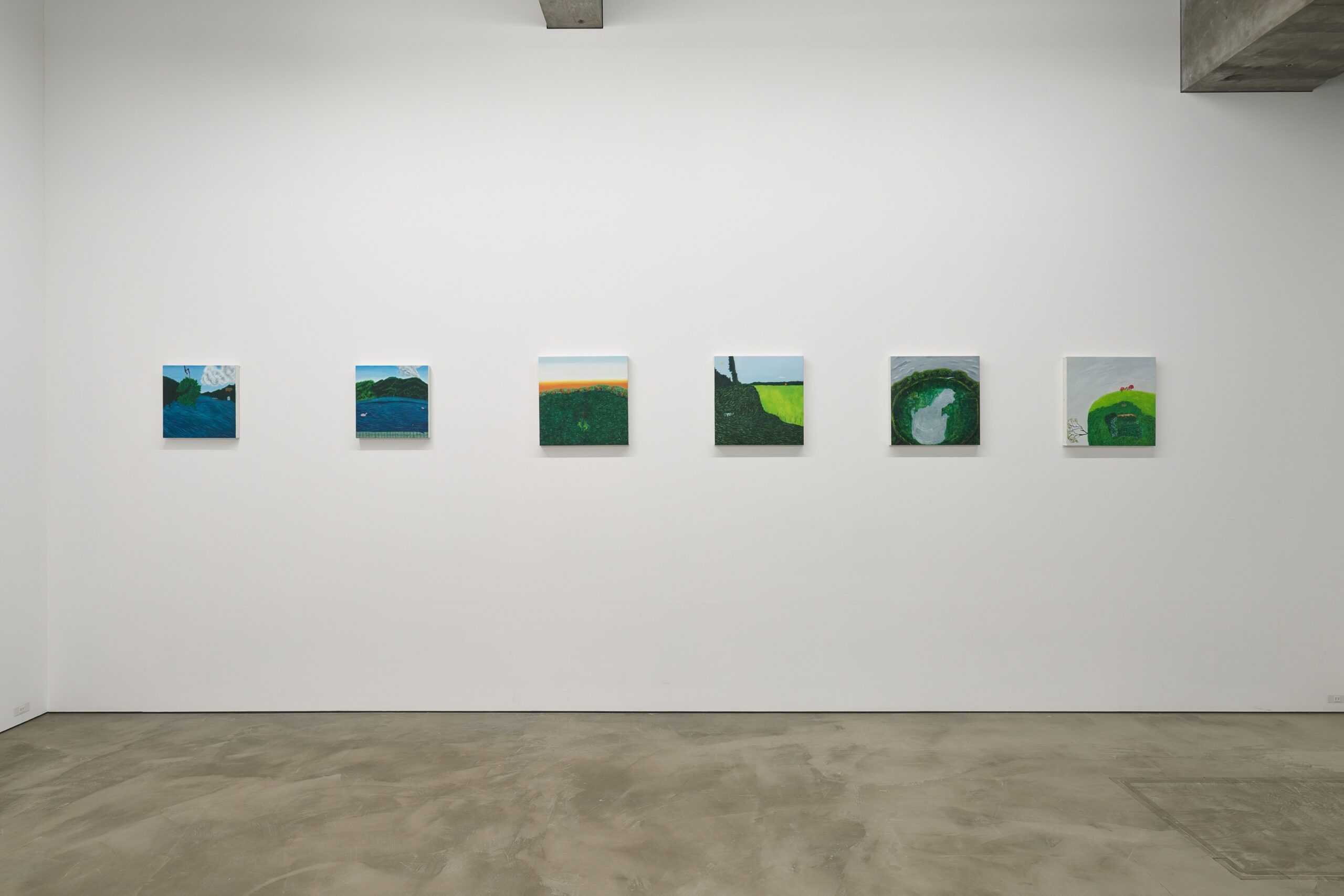
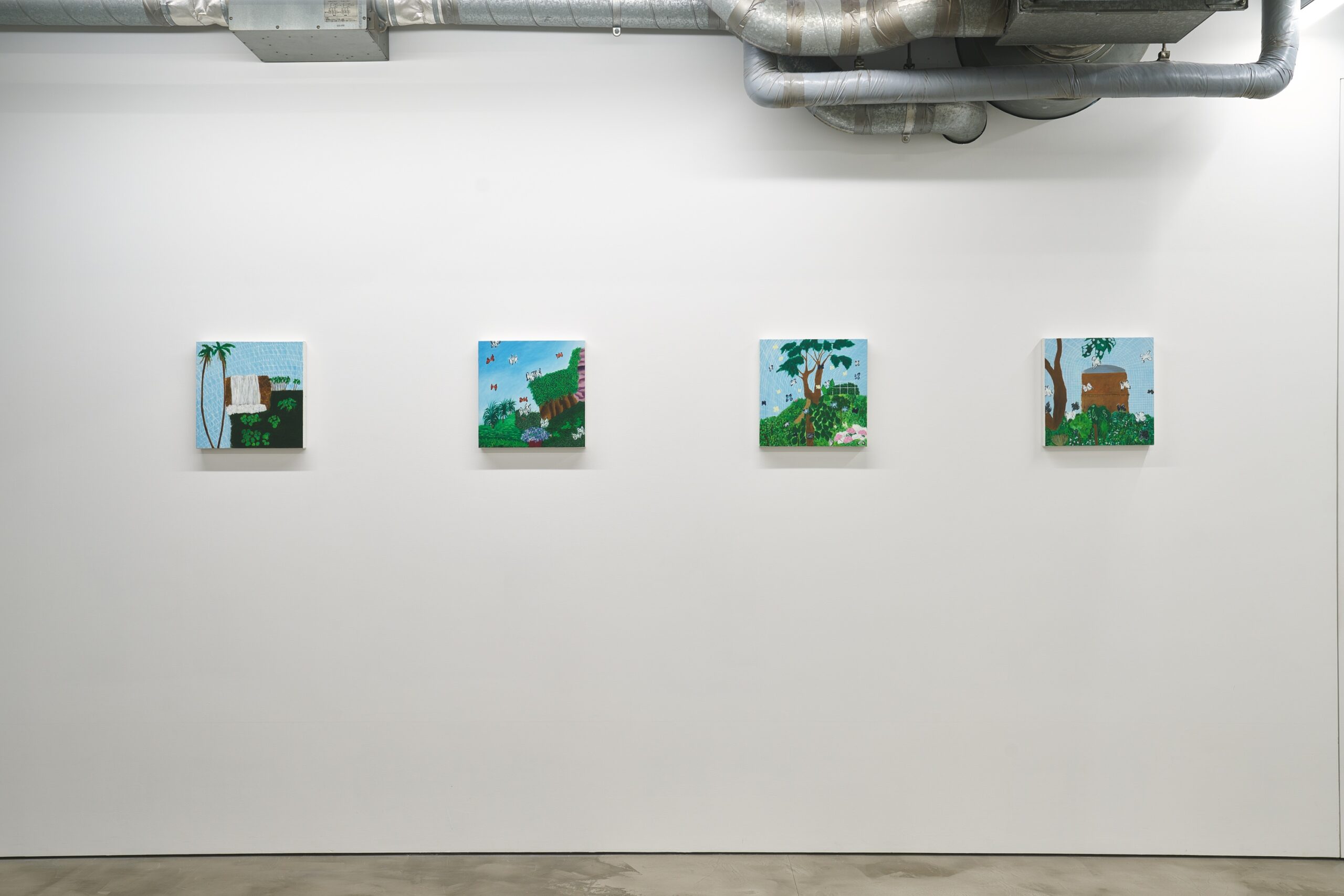
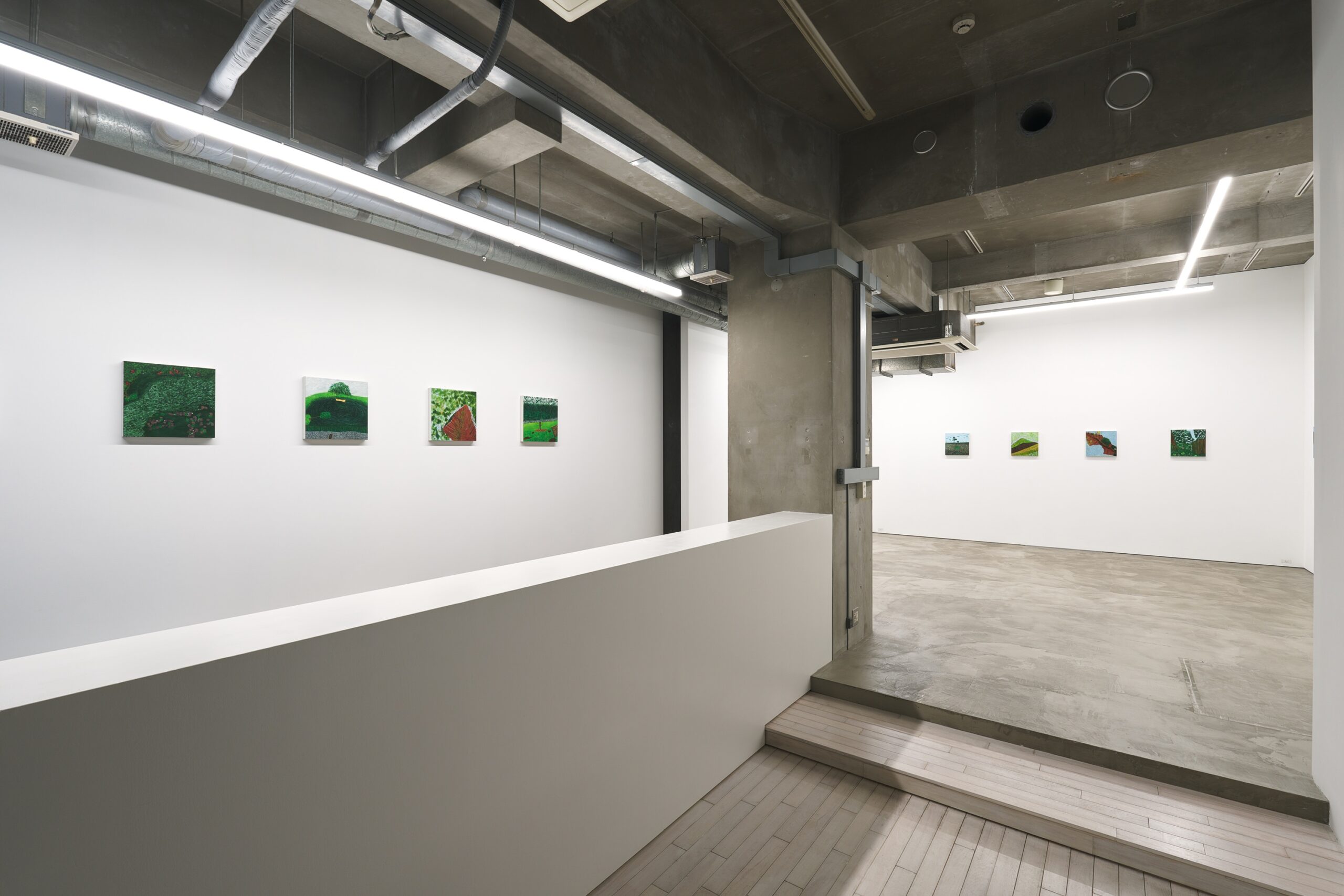
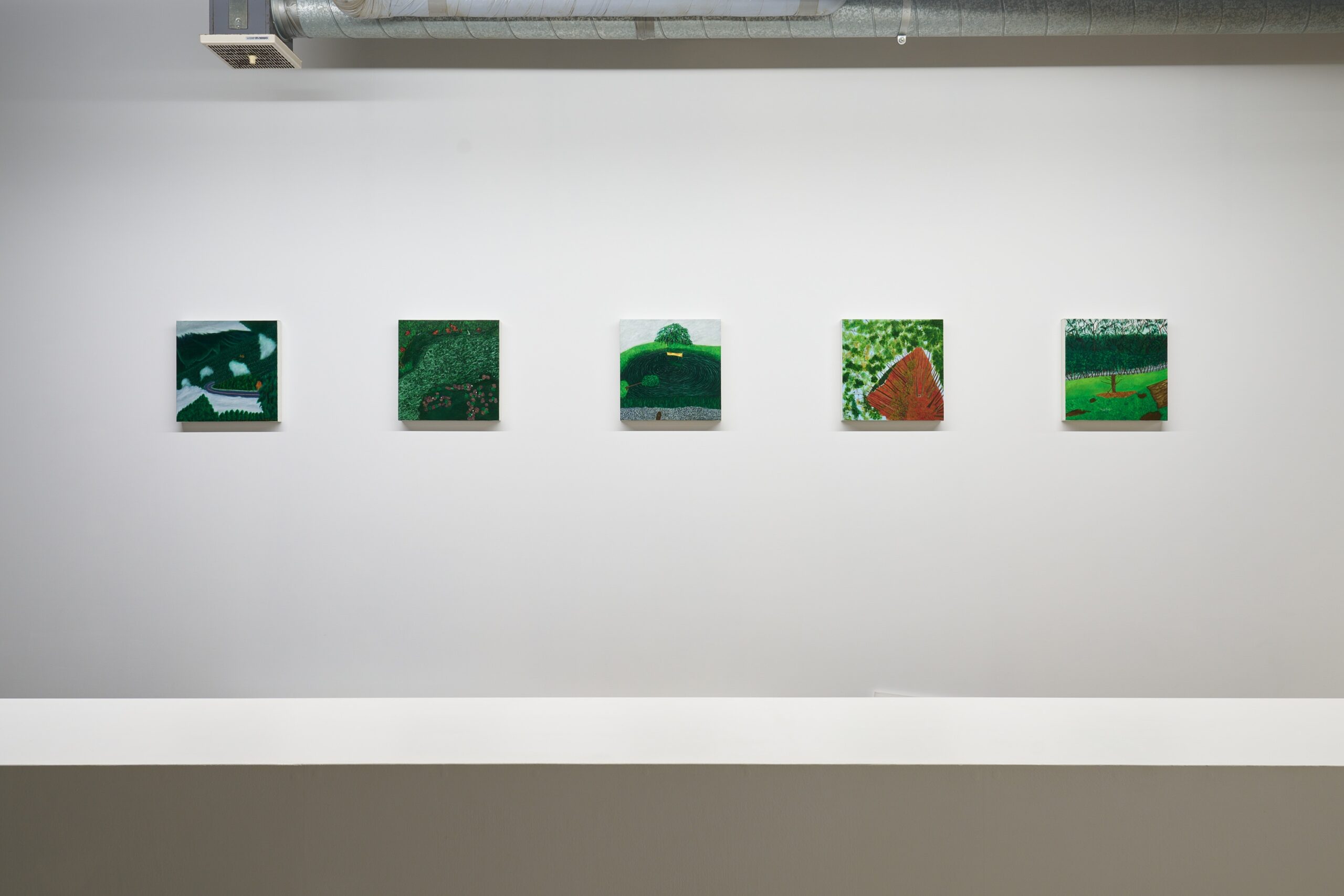
Makoto ITO : La-bas
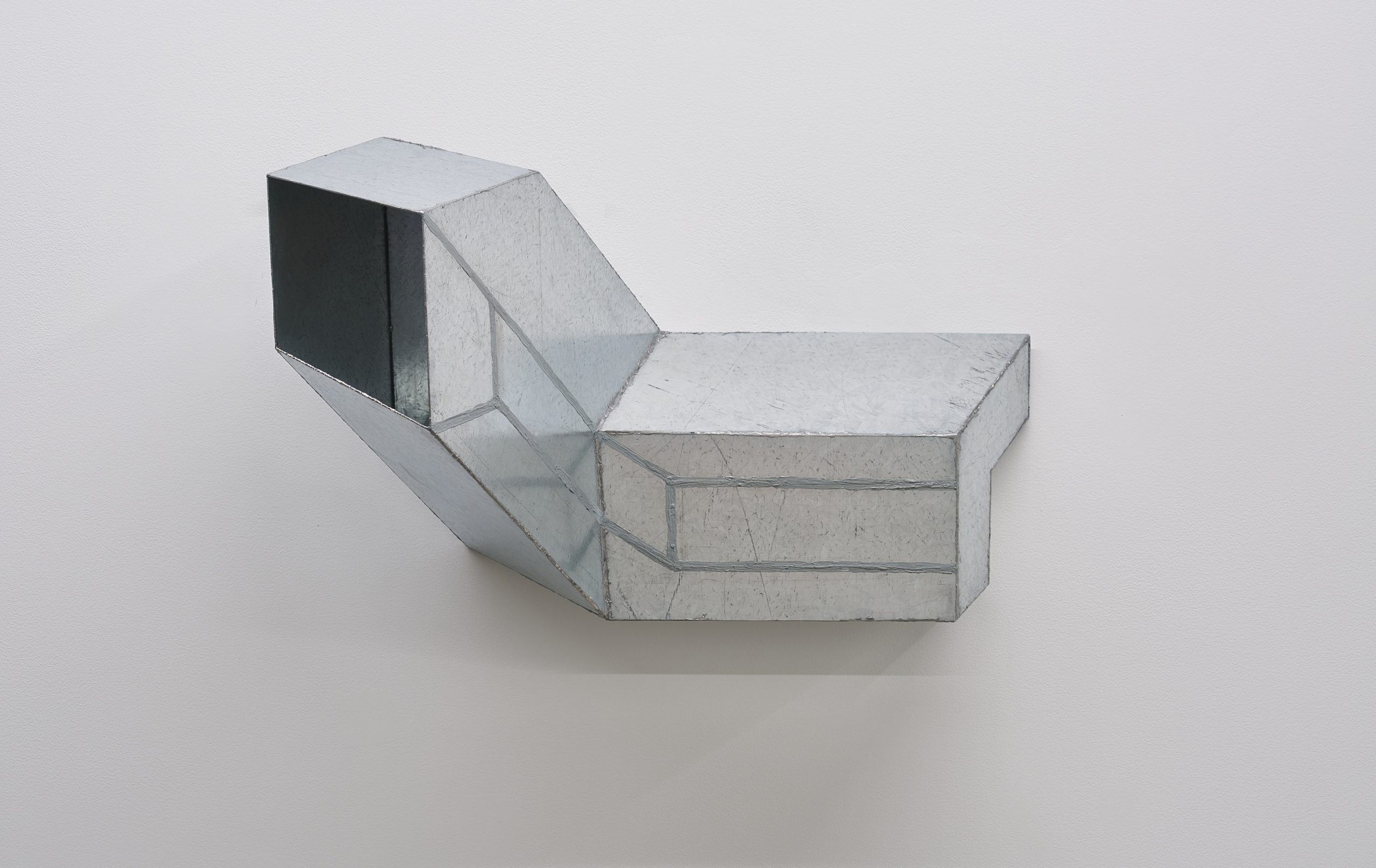
La-bas−04
2025
Galvanized steel sheet, zinc paint
54.8 x 33.6 x 28 cm
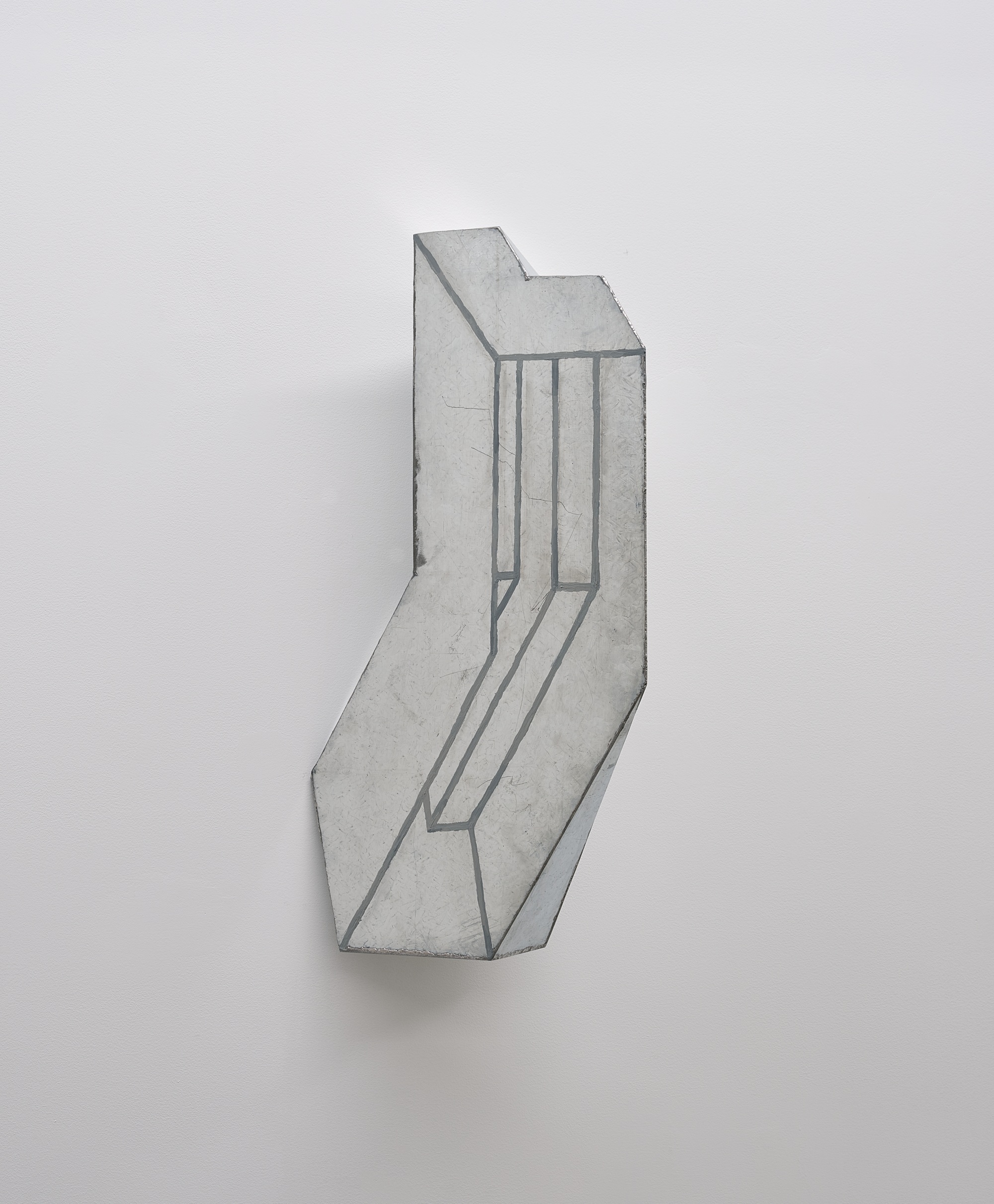
La-bas-05
2025
Galvanized steel sheet, zinc paint
58.2 x 25.3 x 16.7 cm
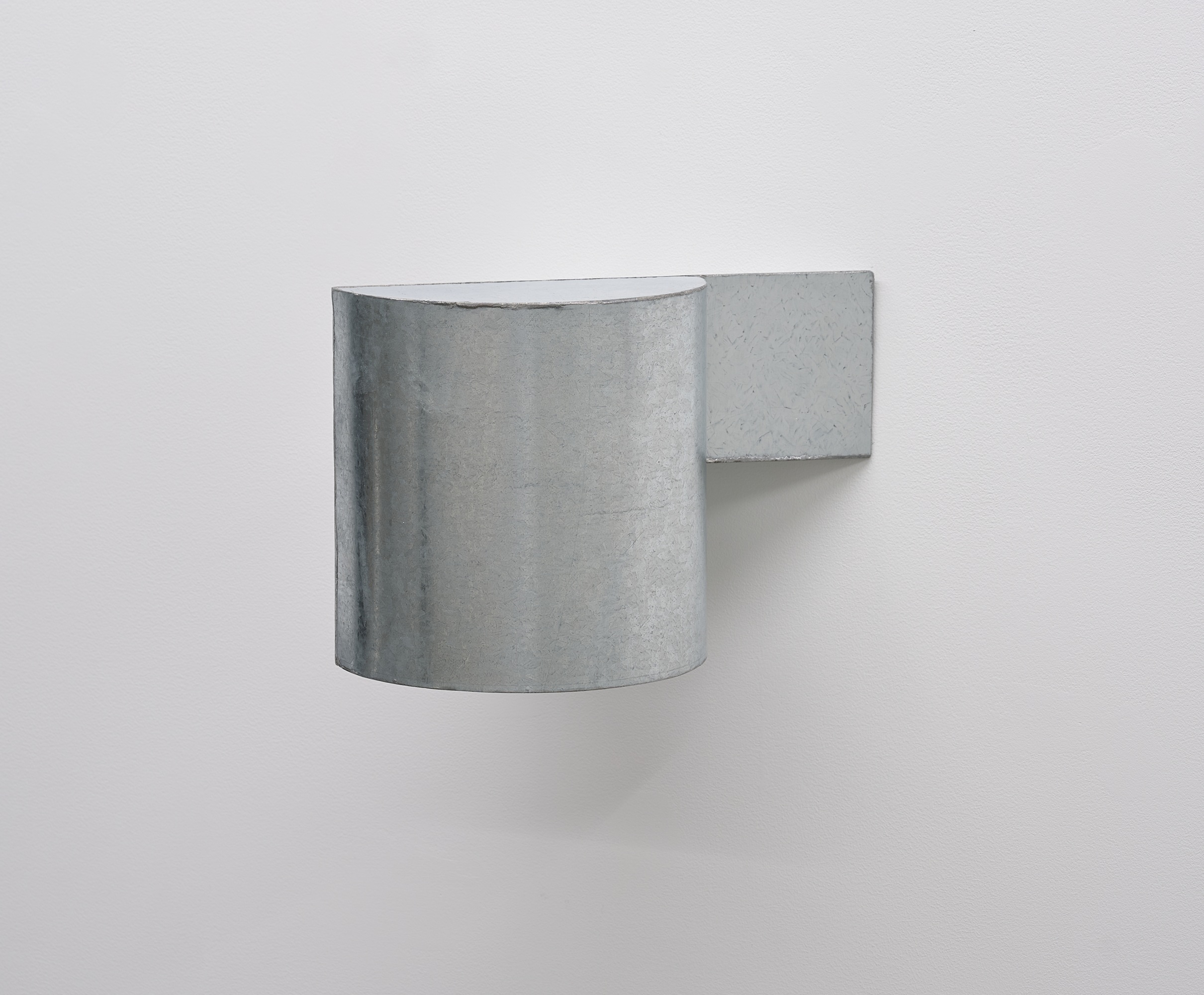
Volume of a square Ⅱ
2025
Galvanized steel sheet
20 x 30.3 x 20 cm
To look at Makoto Ito’s sculptures is an act of exploration in itself. It is, perhaps, akin to recalling a shape glimpsed in a dream, as if to rekindle and trace one’s memory.
Some of Ito’s sculptures consist of lines drawn on the surfaces, resembling a three-dimensional drawing or development. Such graphics are visually three-dimensional. Yet, unlike a painting, in which a spatial illusion unfolds on a flat surface, in Ito’s works, precisely because they are sculptures, lines exist on three-dimensional volumes. The lines intrude/encroach on the sculptural masses, while the lines and masses repel each other in logical opposition. Multiple phases are reciprocated, with their placement constantly shifting. One encounters the shapes of the sculptures amidst a jumble of visual experience, where the shapes betray themselves.
Thus, no matter how close one stands, one cannot obtain a full view of the sculptures. Near and far, and the two dimensions and three dimensions, become entangled, and past time intrudes upon what one is seeing at the moment (all of this resembling a dream). Shapes are constantly remade. And this very act gives birth to the shapes. If so, then shapes materialize only through the interplay of different phases—reciprocation, encroachment, transference, inversion, discrepancy, and displacement. Hence, the distinction between a plane and volume, and drawing and sculpture, is rendered void. To create a sculpture is to present in front of the viewer’s eyes such a place that exists nowhere.
Ryo Sawayama (Art Critic)
–
Makoto ITO
Ito’s formal yet light-hearted and humorous sculptural works created using diverse materials embody the possibilities of contemporary sculpture.
Born 1955 in Aichi, Japan. Ito received his MFA from Musashino Art University. Recent shows include Setouchi Triennale 2025 (group, Kagawa, 2025), Patterns and Distance (group, Maki Fine Arts, 2024), Solo Show (Galleria Finarte, 2024), Collector’s Eye (goup, Toyohashi City Museum of Art & History, 2024), Group Show (Maki Fine Arts, 2023-24), DOMANI: The Art of Tomorrow (group, The National Art Center, Tokyo, 2022-23), heliotrope (group, SHOUONJI, Tokyo, 2022), Omni-Sculptures -The Scene of Emergence- (group, Musashino Art University Museum & Library, 2021).
His works have been added to collections at Aichi Prefectural Museum of Art, Utsunomiya Museum of Art, Chiba City Museum of Arts, National Museum of Modern Art, Tokyo.
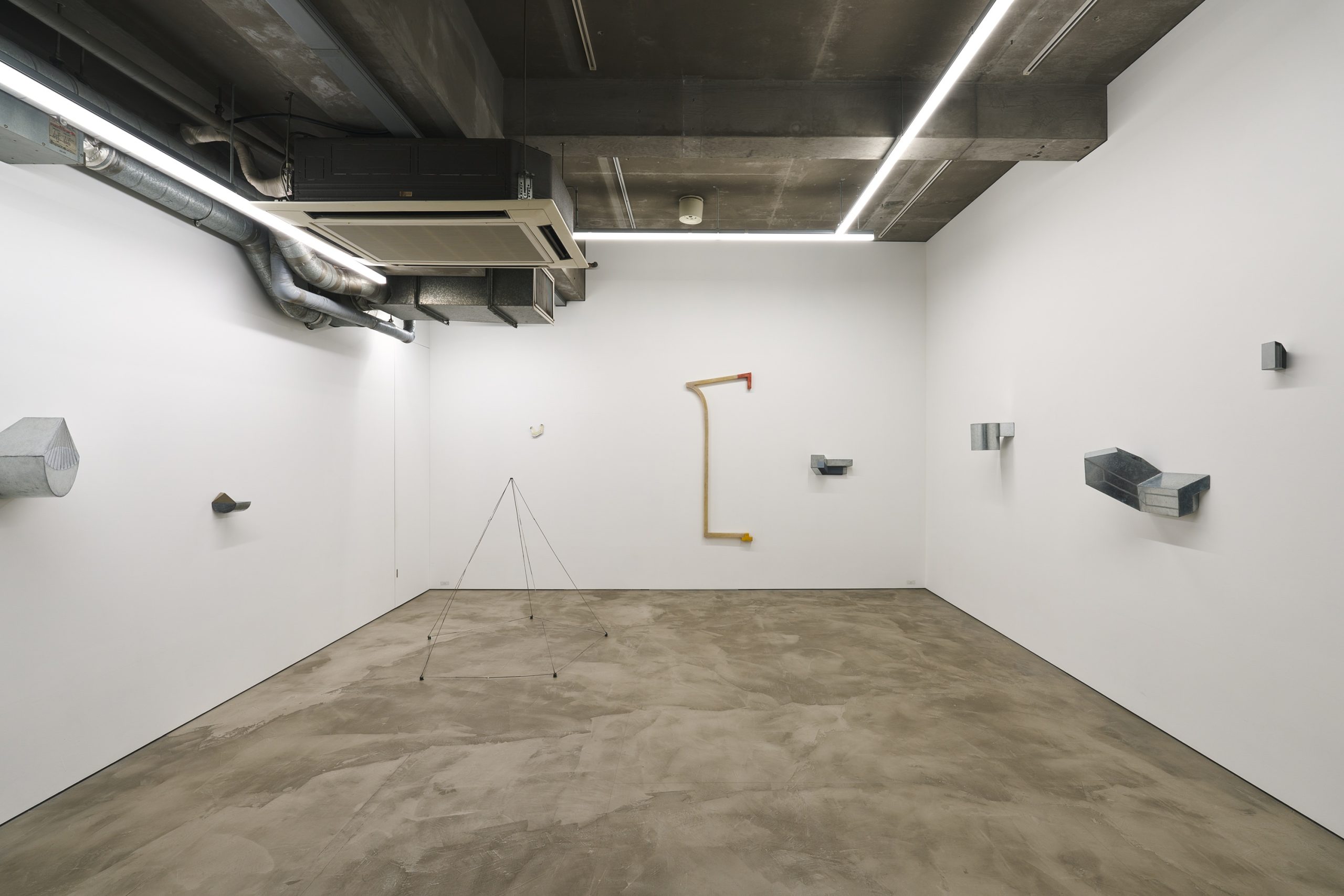
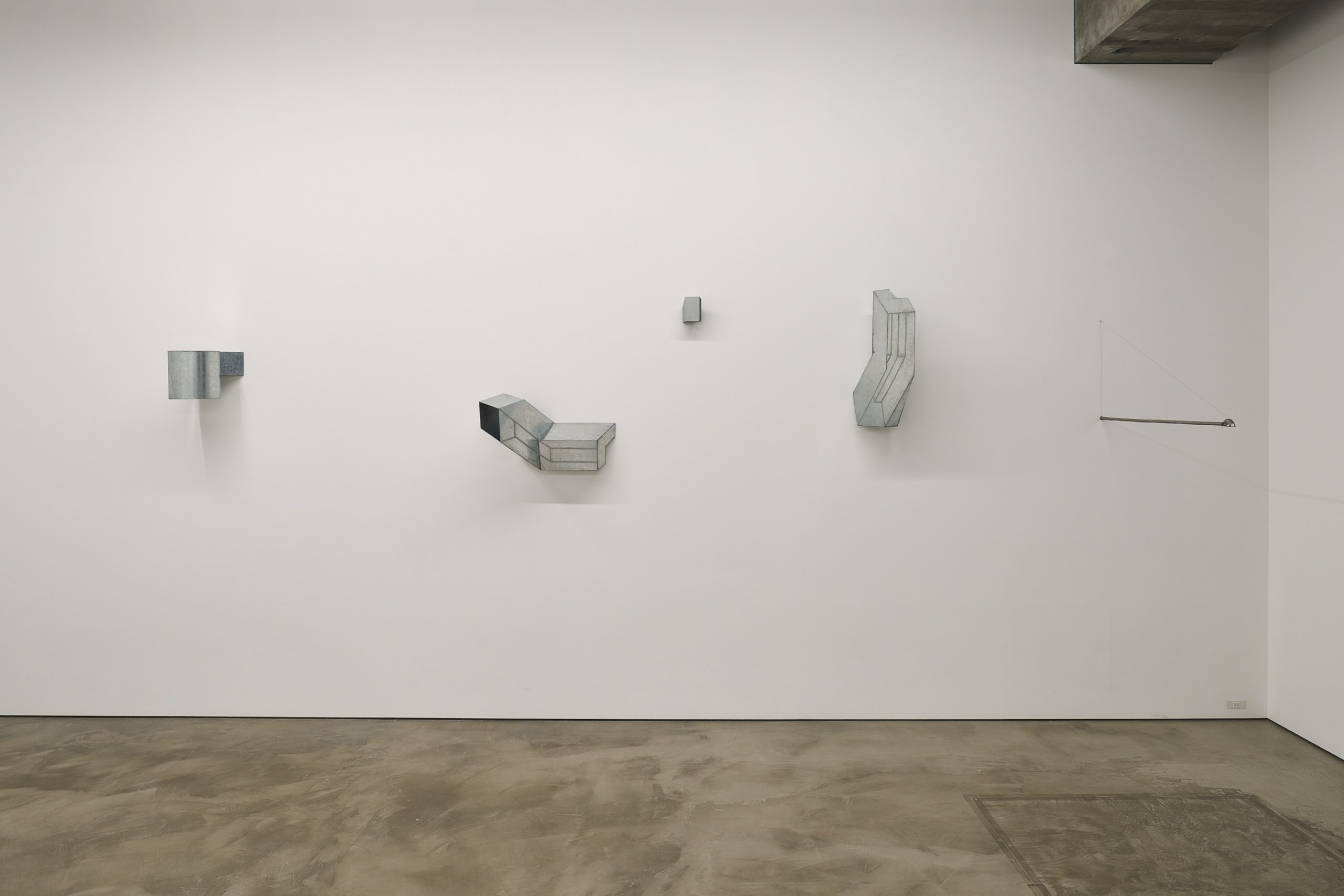
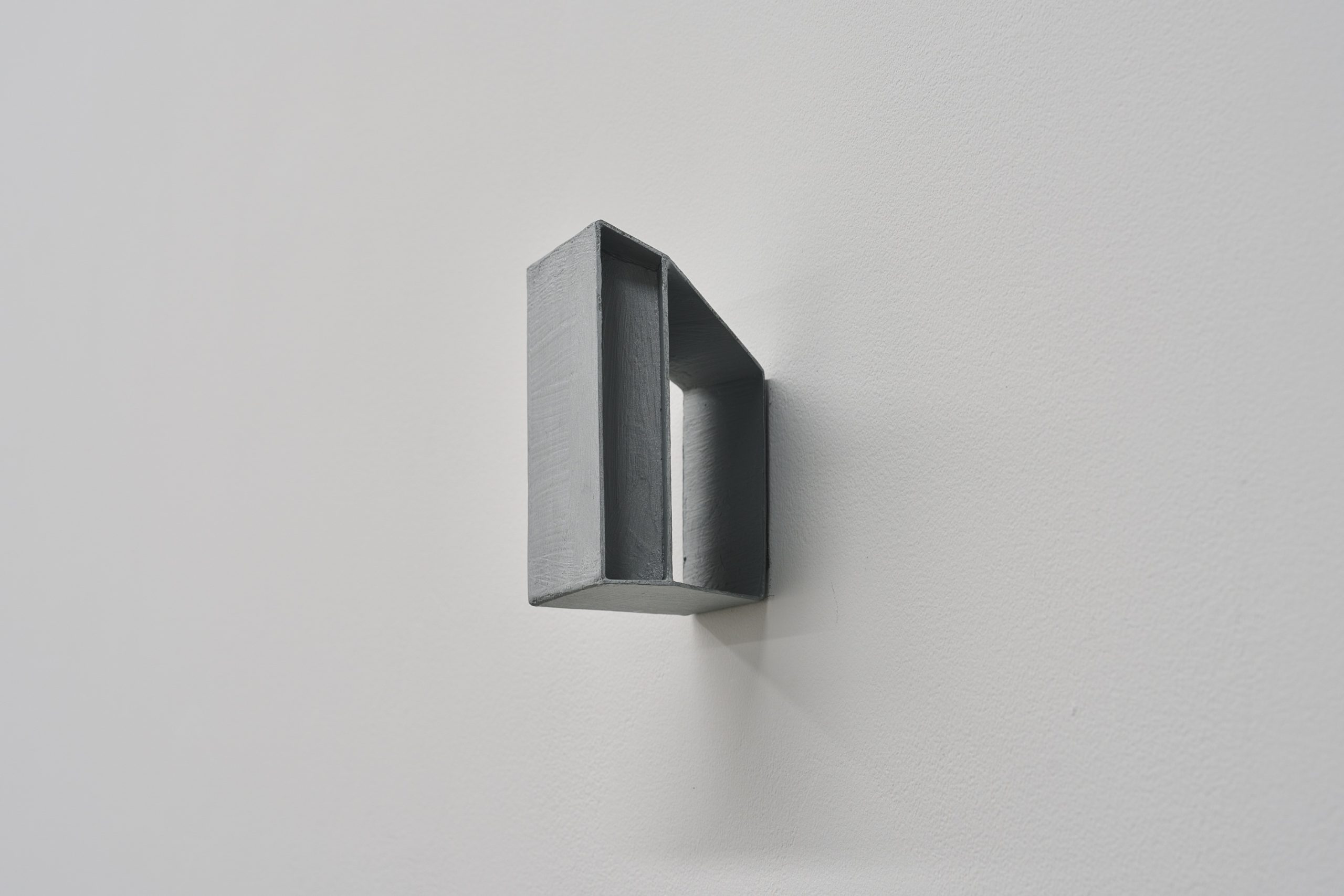
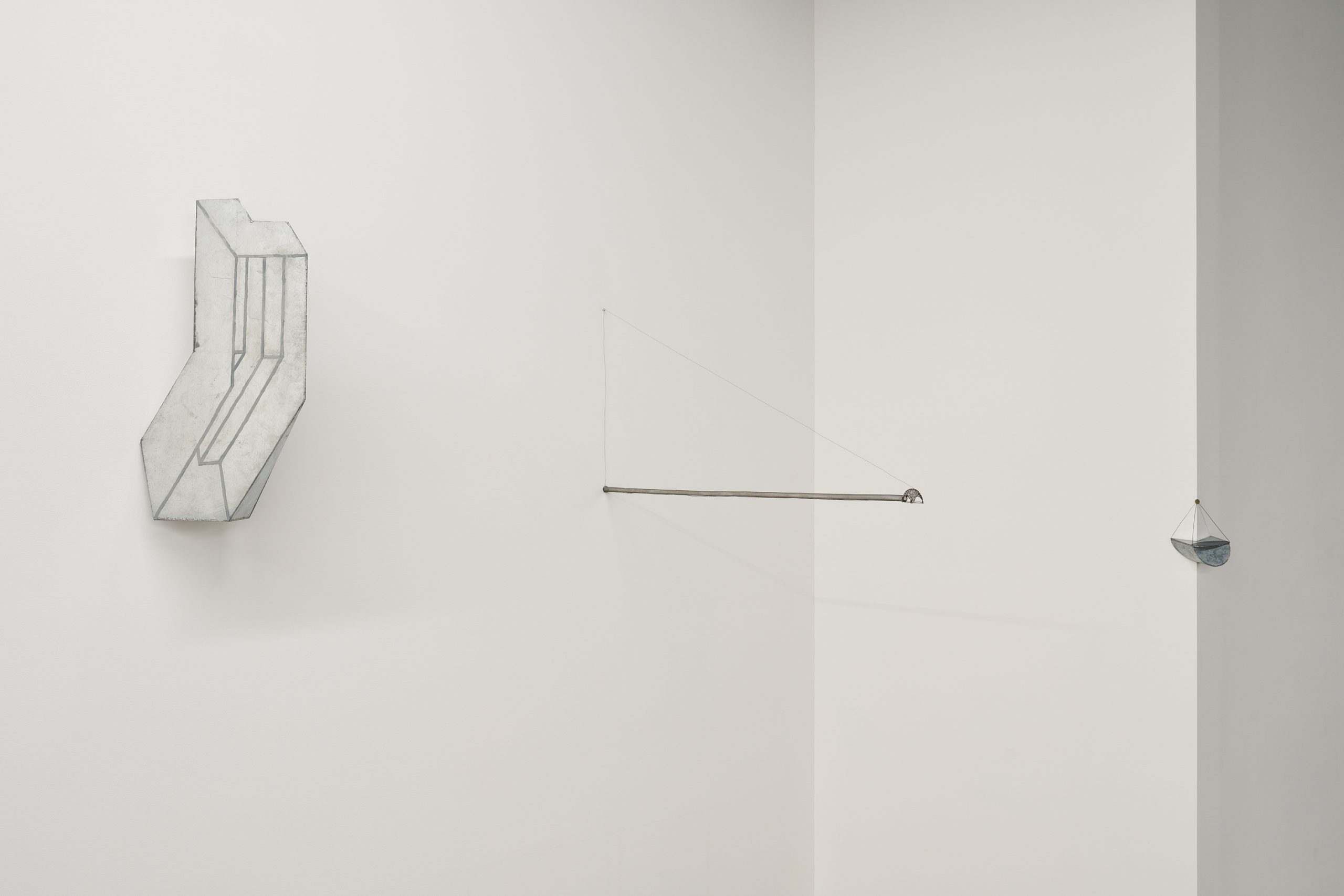
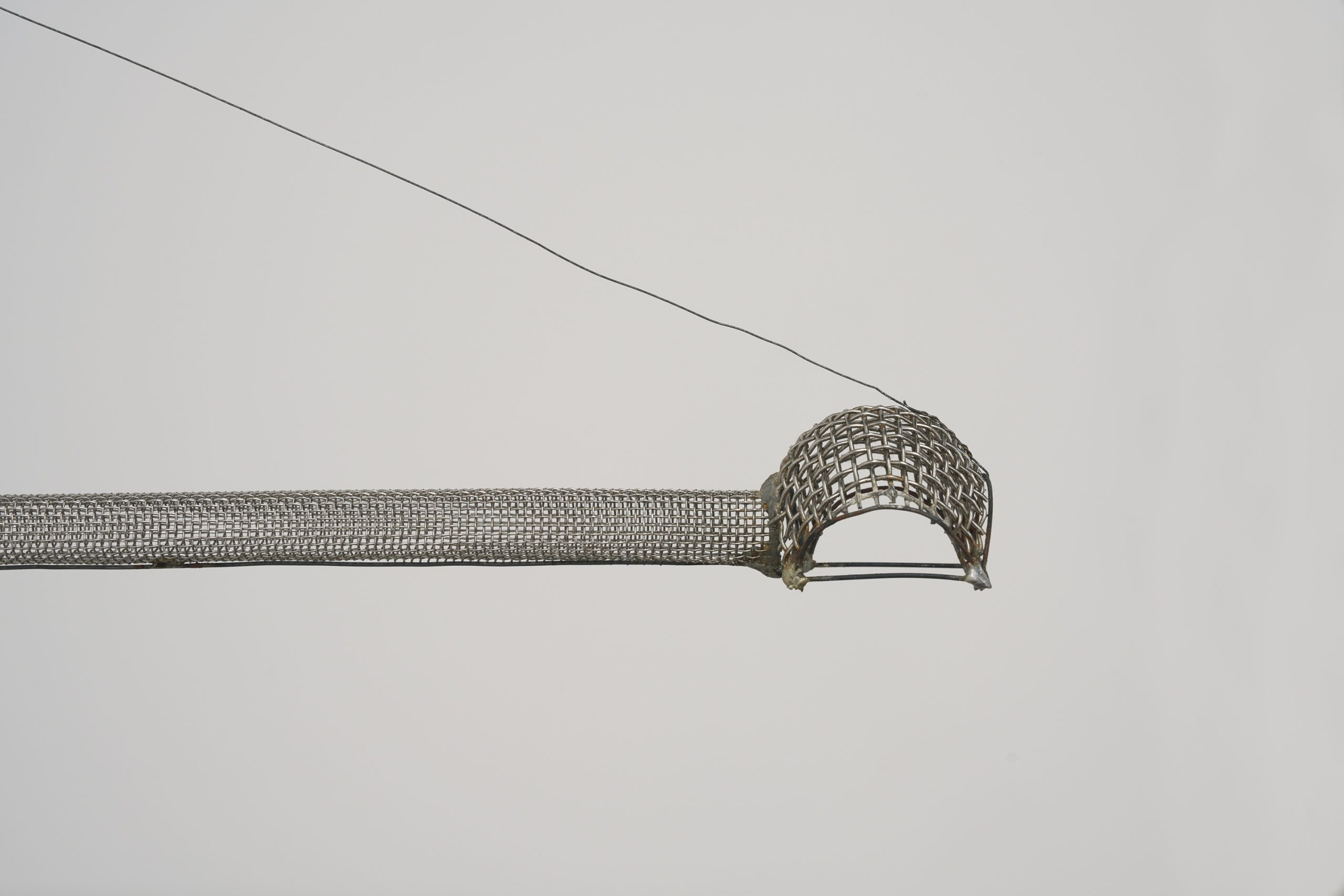
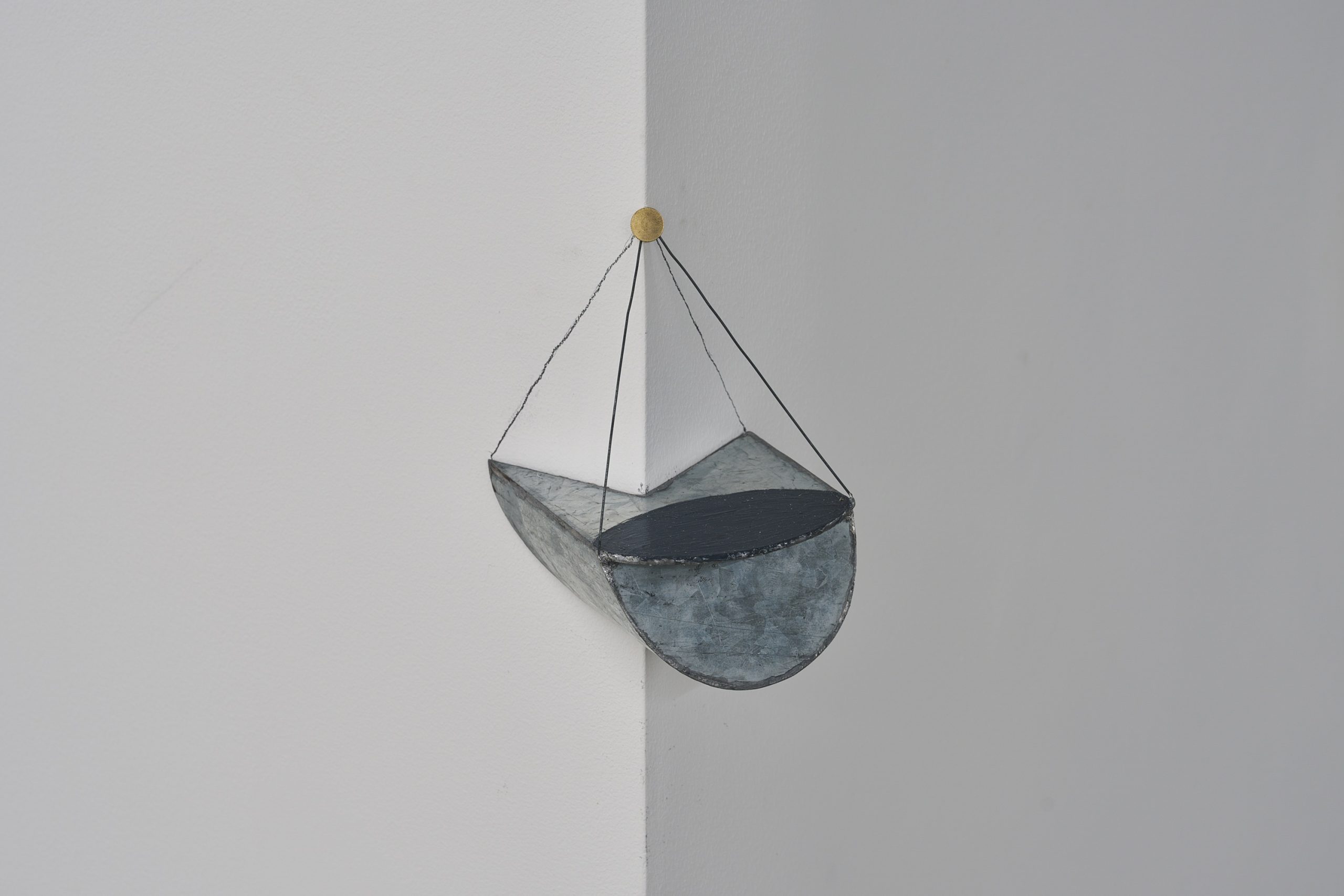
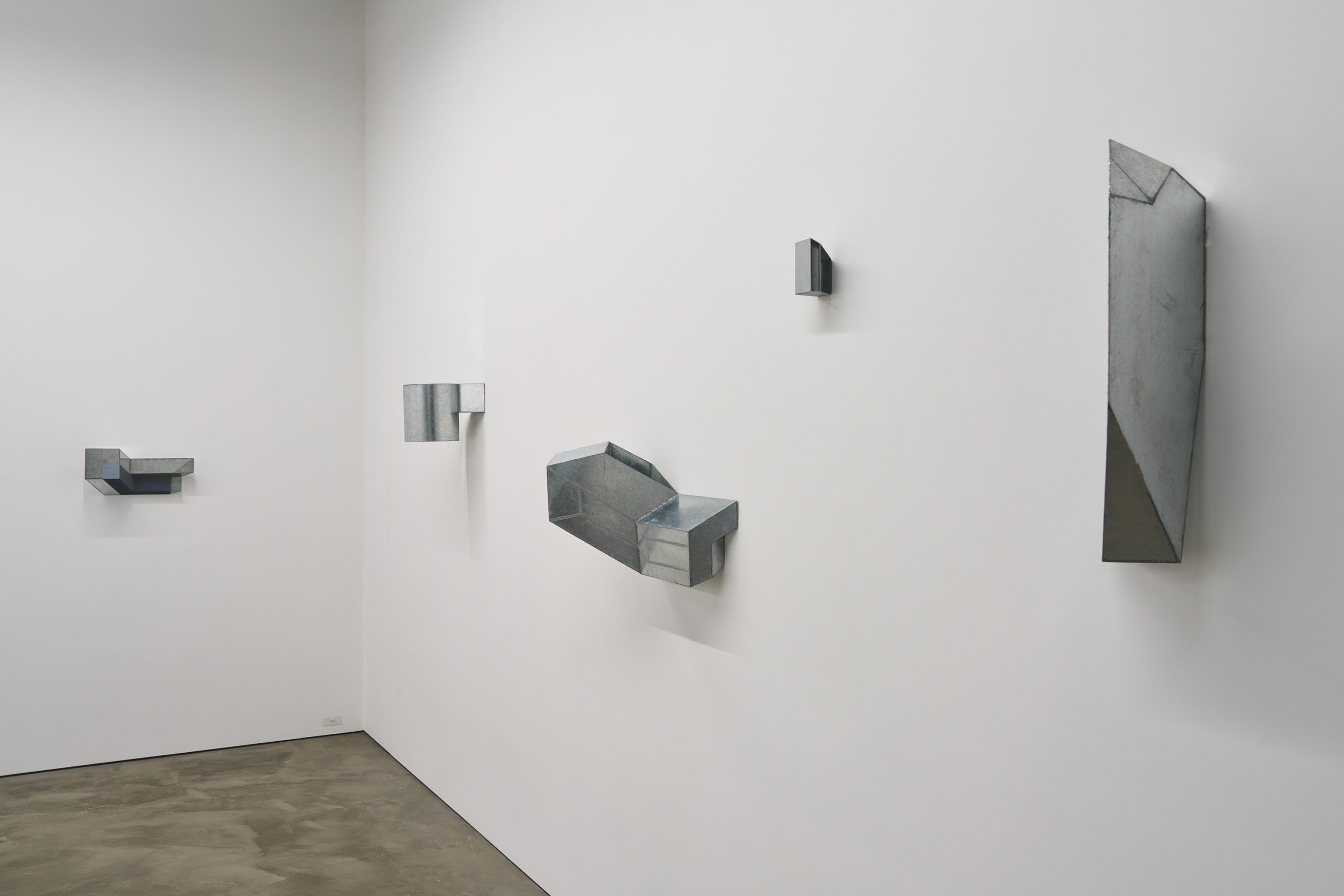
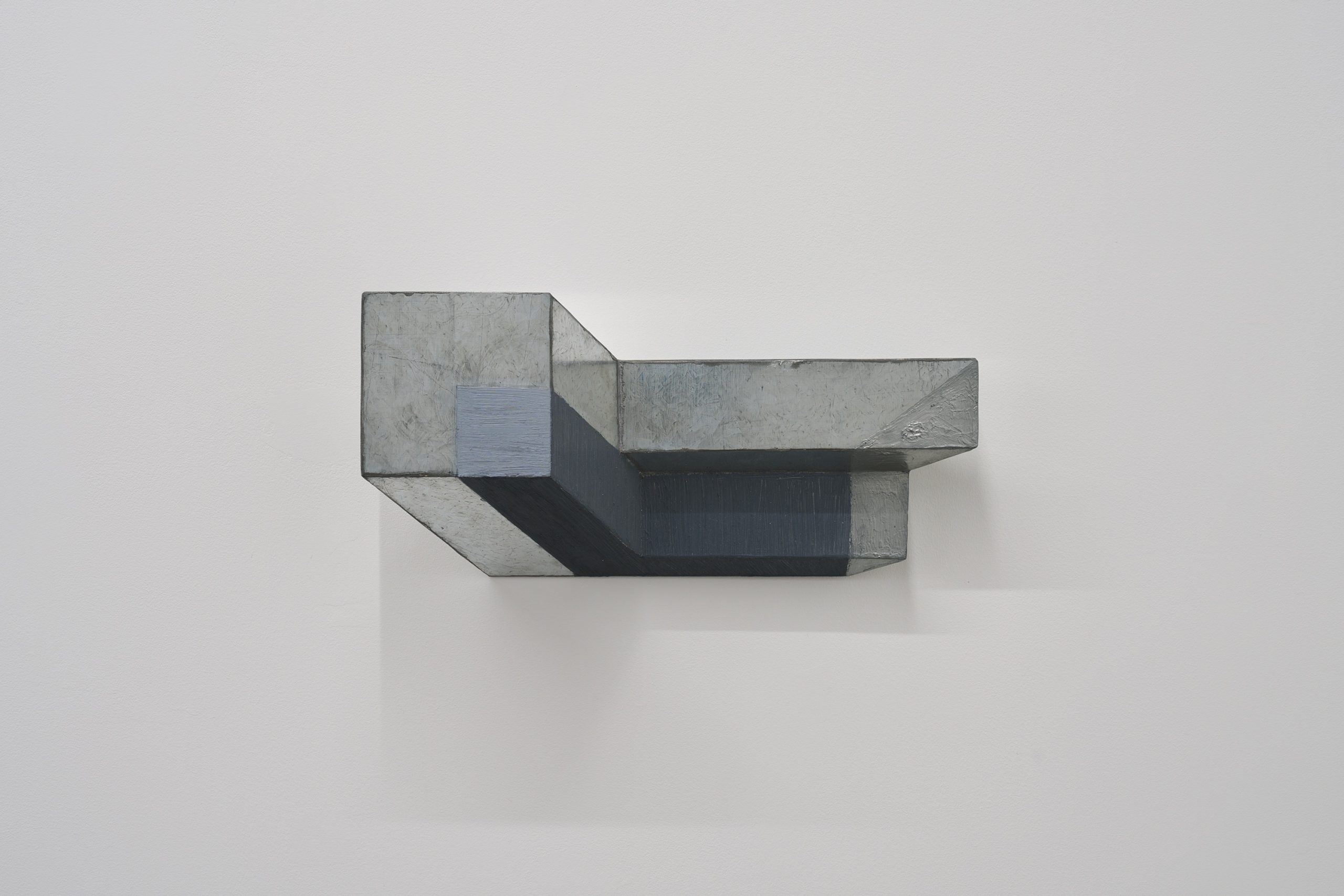
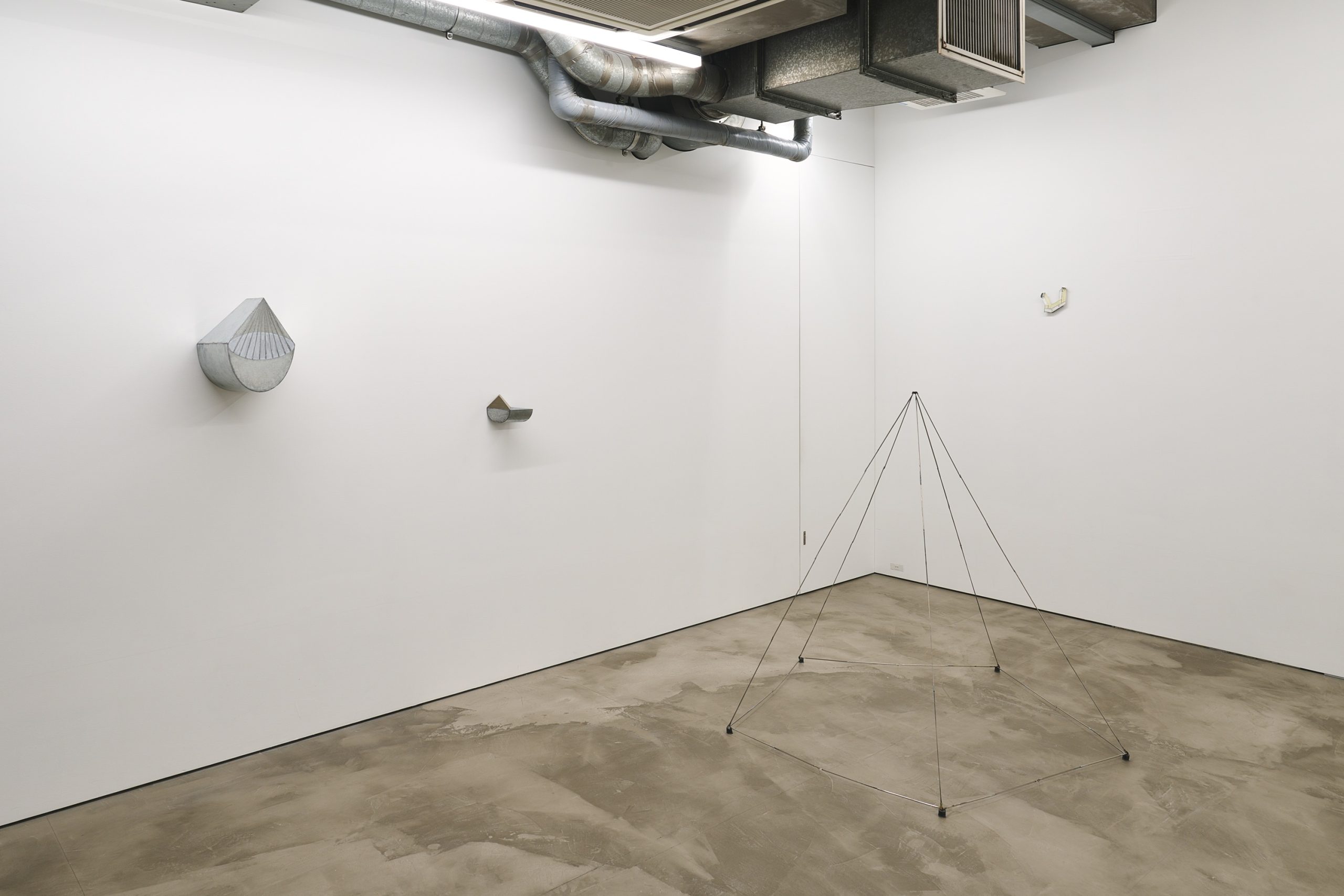
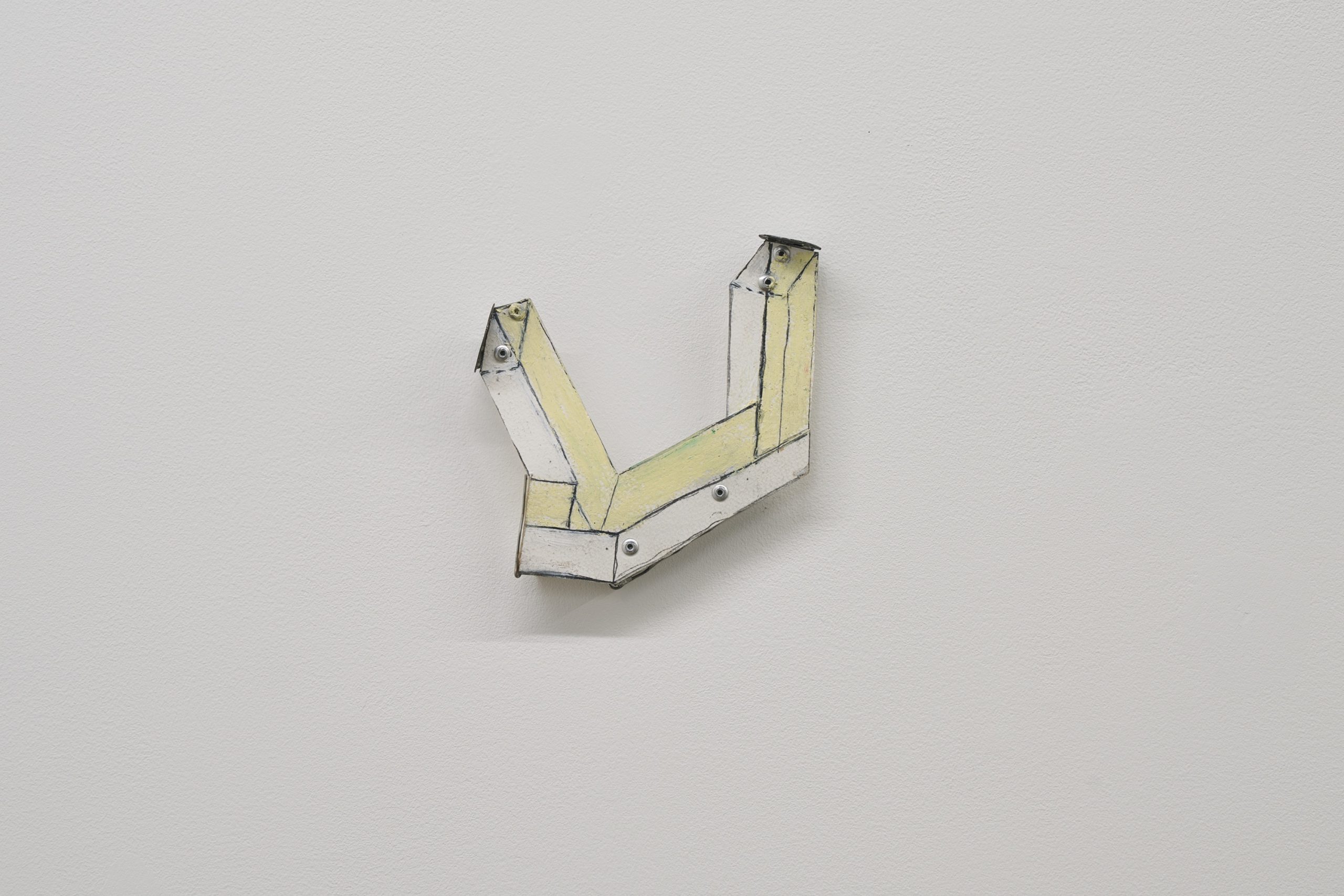
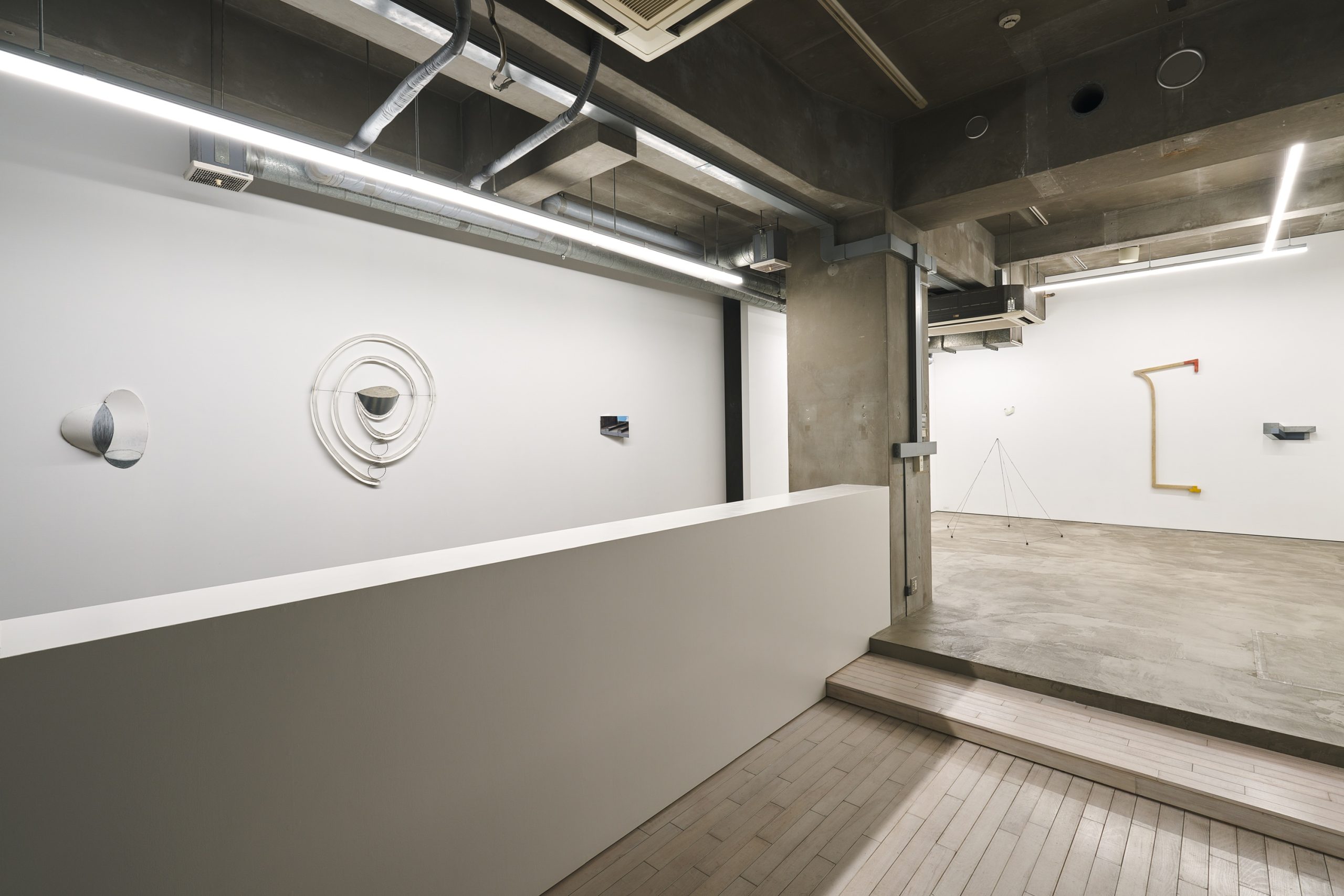
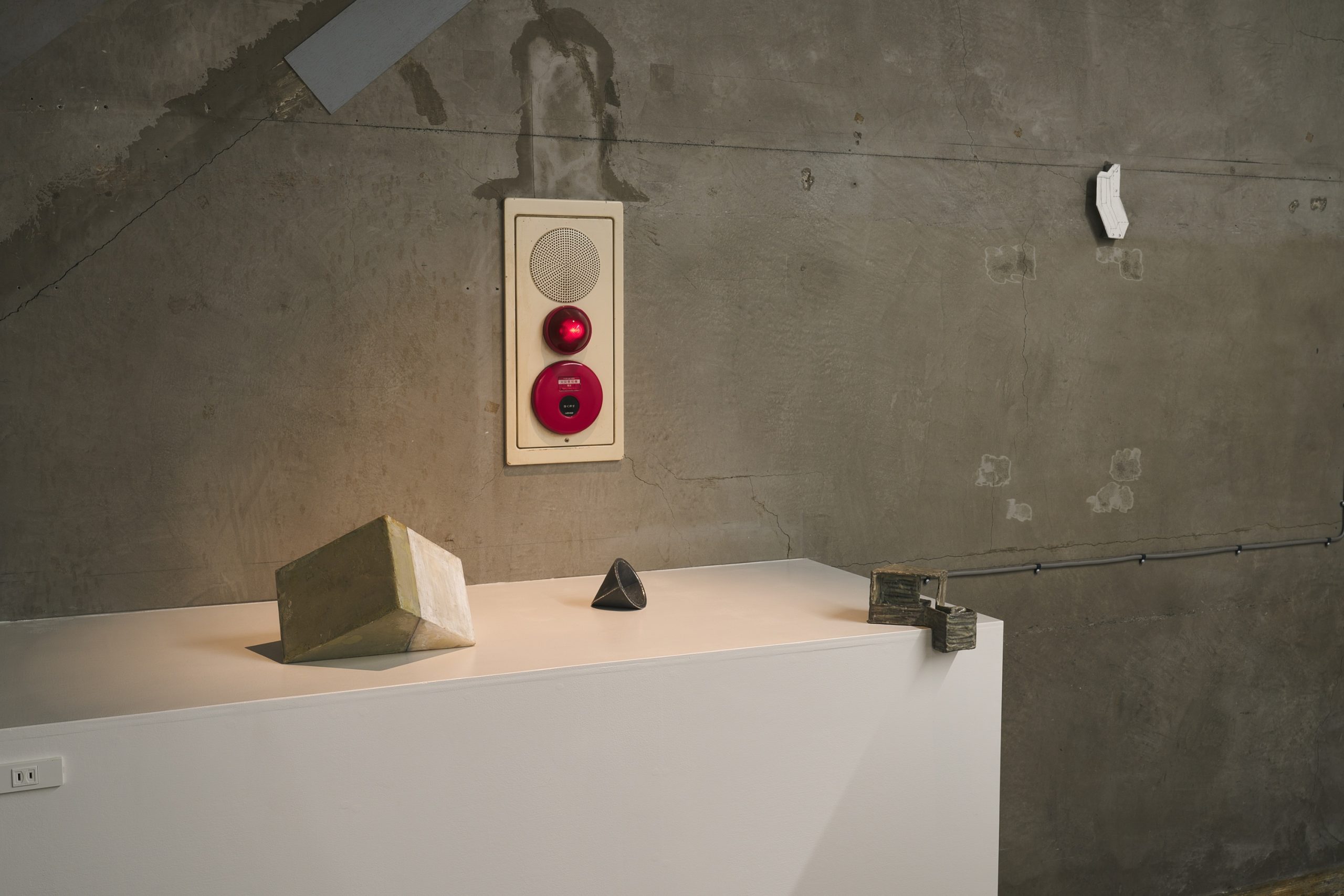
Simpler Form
Fuminao SUENAGA, Katsuhisa SATO, Momo YOSHINO, Riko KINOSHITA
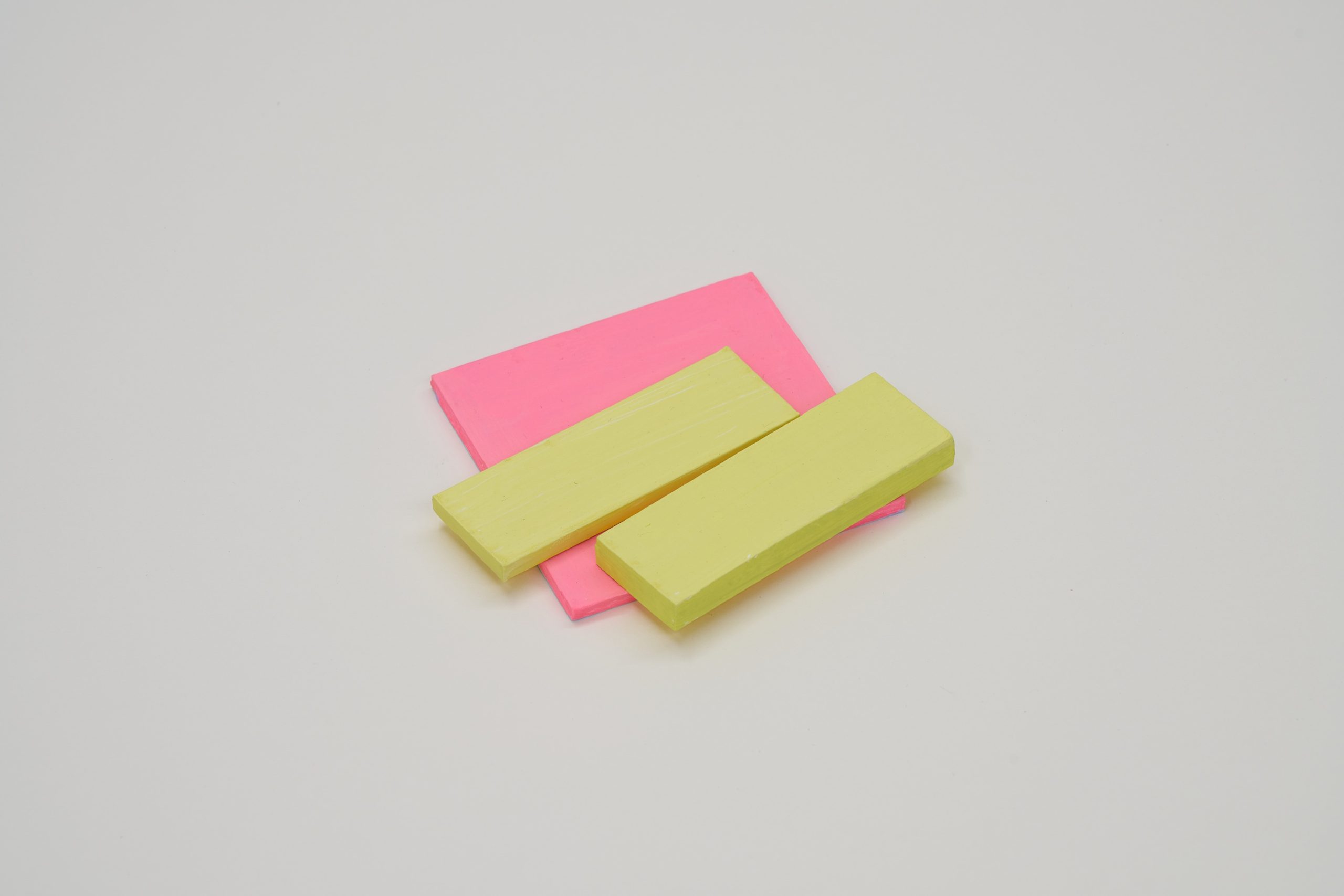
Sticky Notes
2025
Paper, acrylic paint
8 x 9 x 0.6 cm
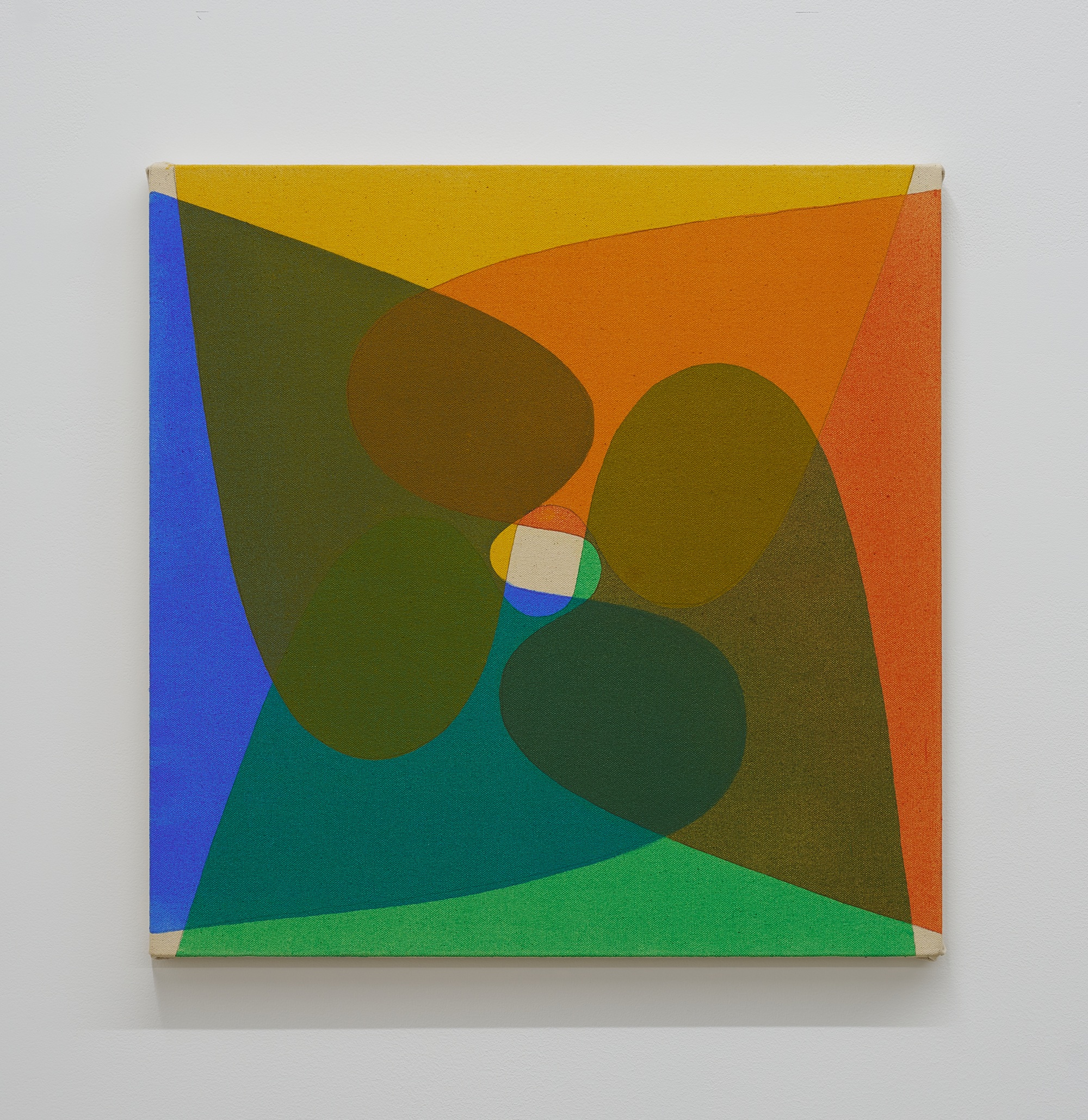
Kurari
2025
Acrylic on canvas
45.5 x 45.5 cm
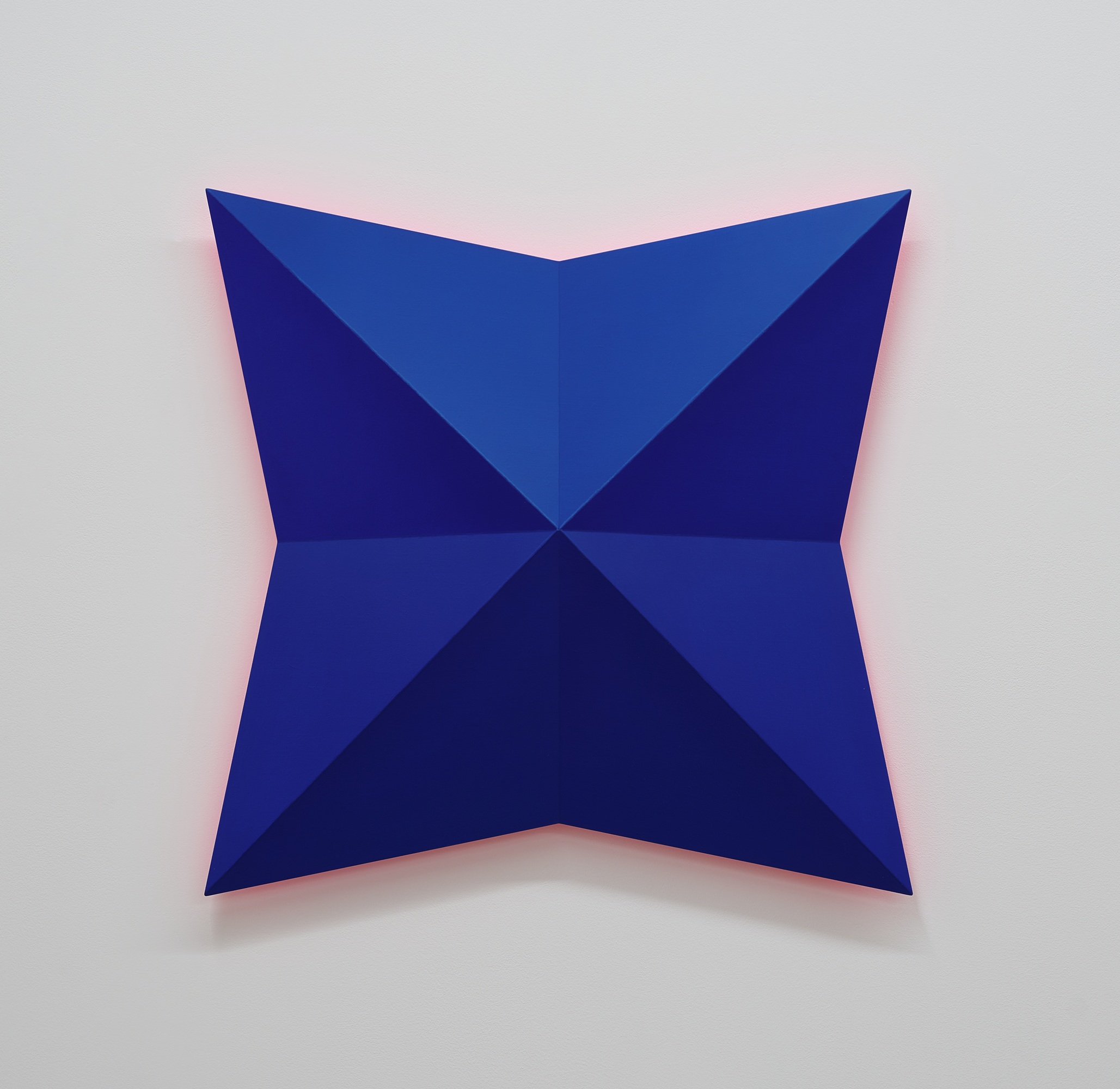
Kami #94 – 2
2025
Acrylic on panel
59.5 x 59.5 cm
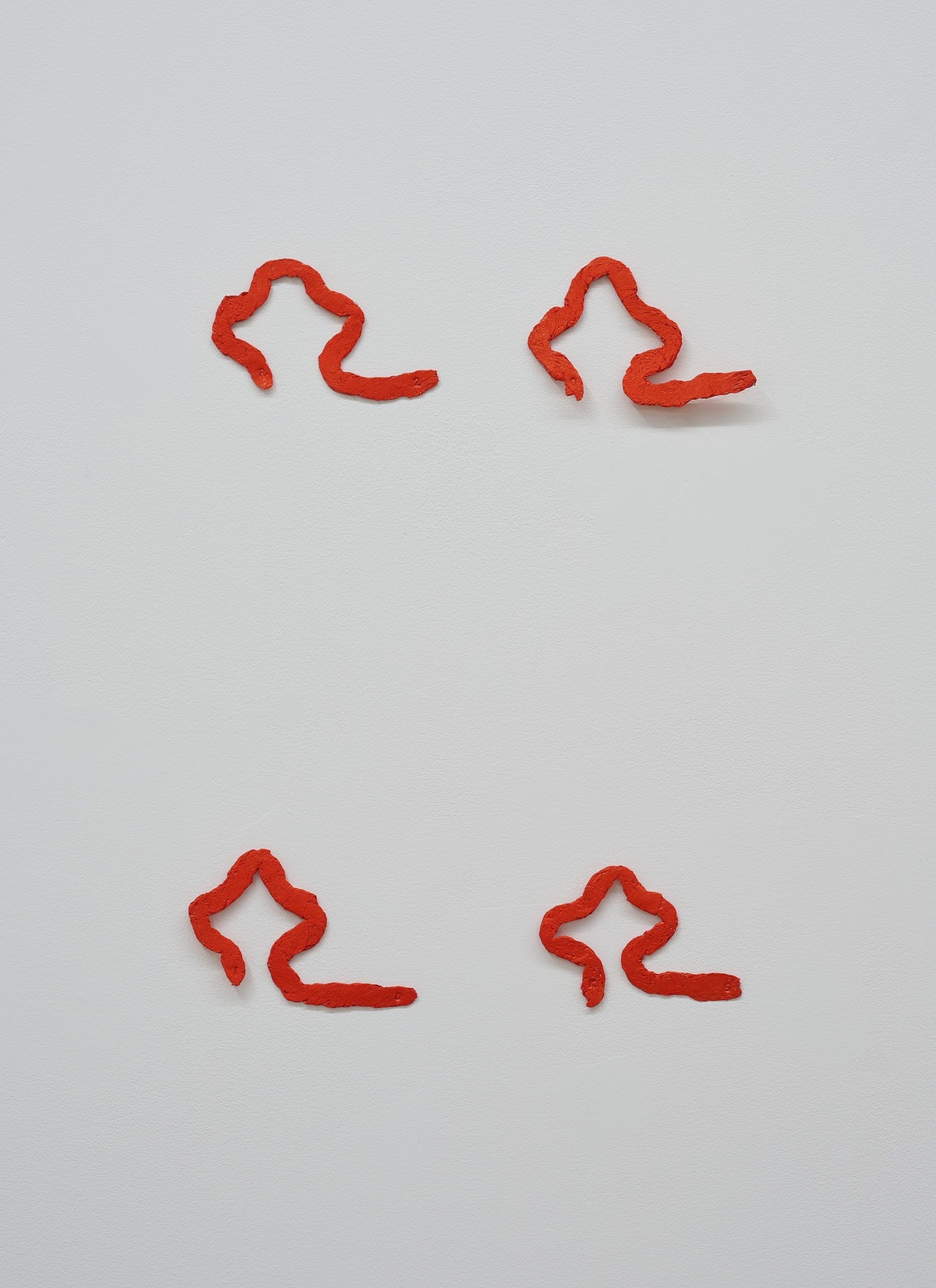
game
2025
Aluminum foil, acrylic paint, neodymium magnets
12.5 x 7.8 x 0.2 cm / 12.5 x 8.2 x 0.2 cm
12.7 x 7.8 x 0.2 cm / 10.8 x 7.7 x 0.2 cm
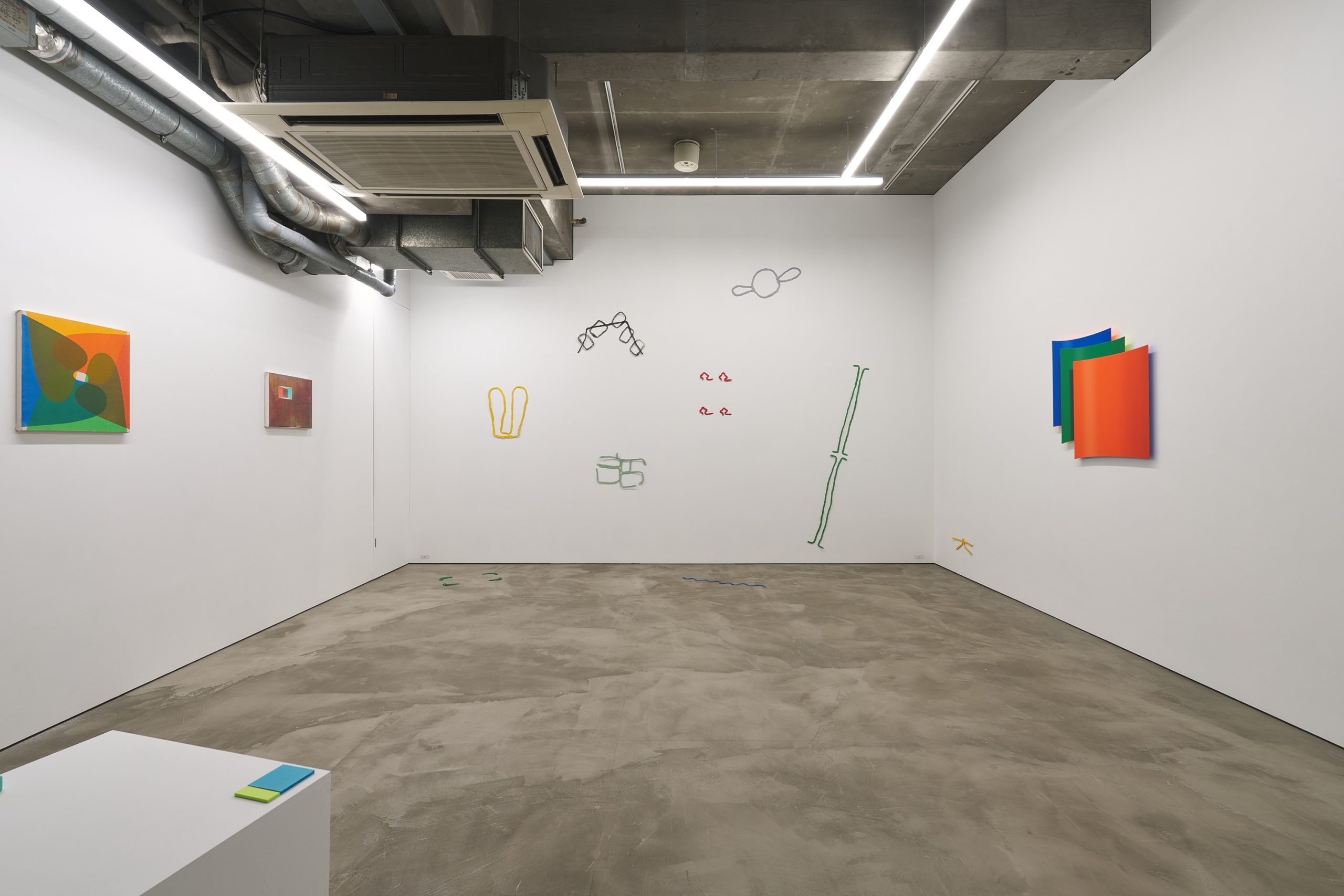
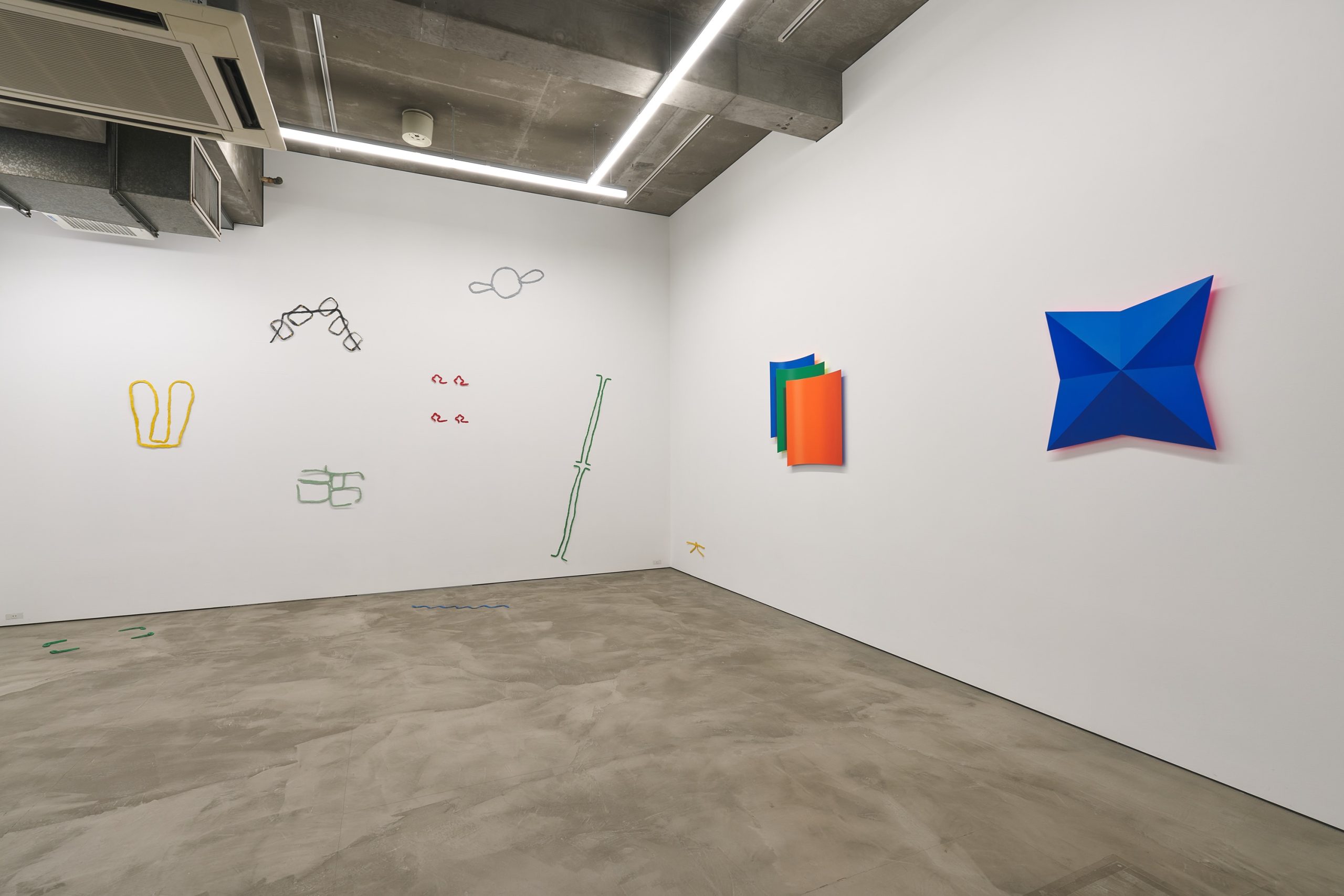
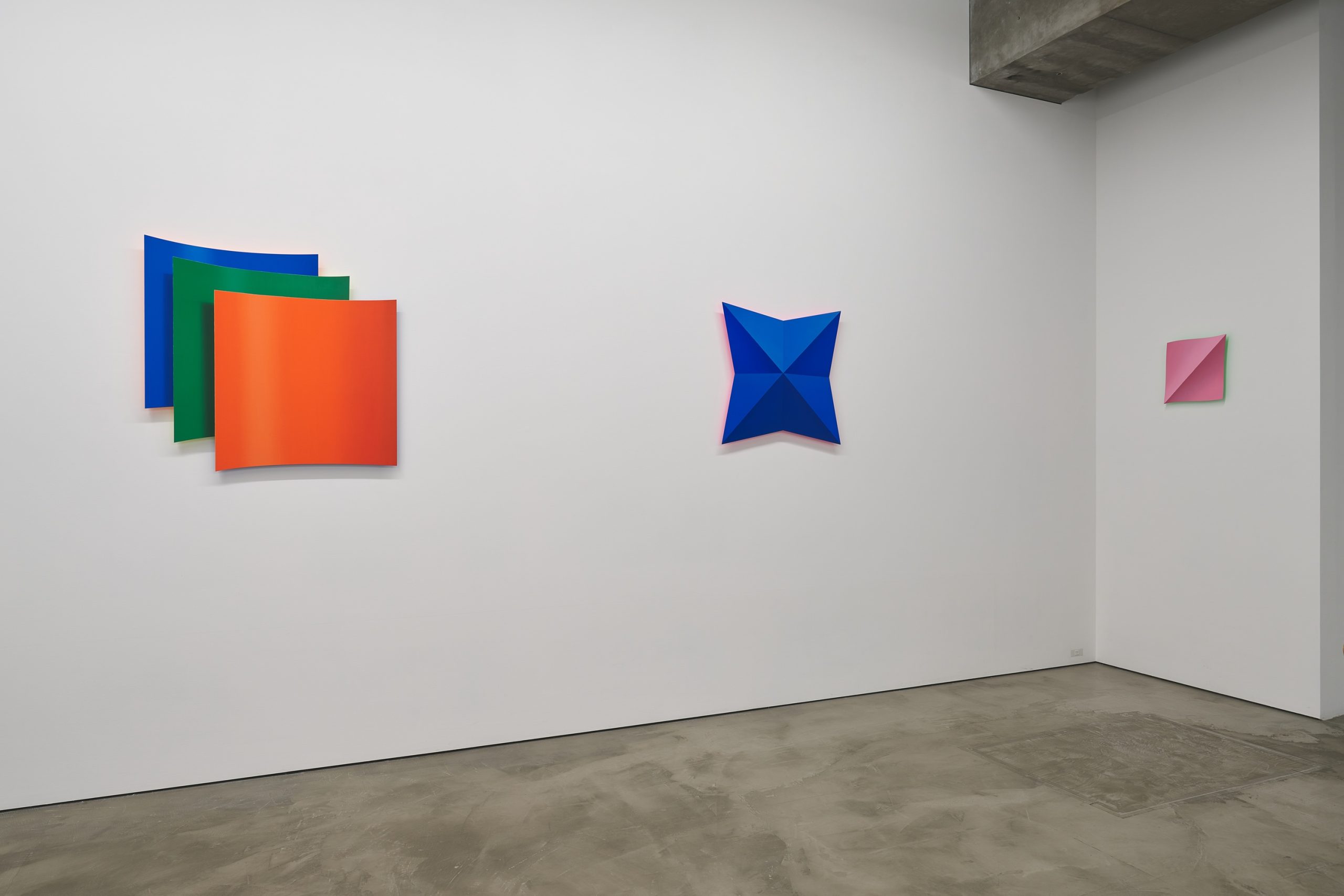
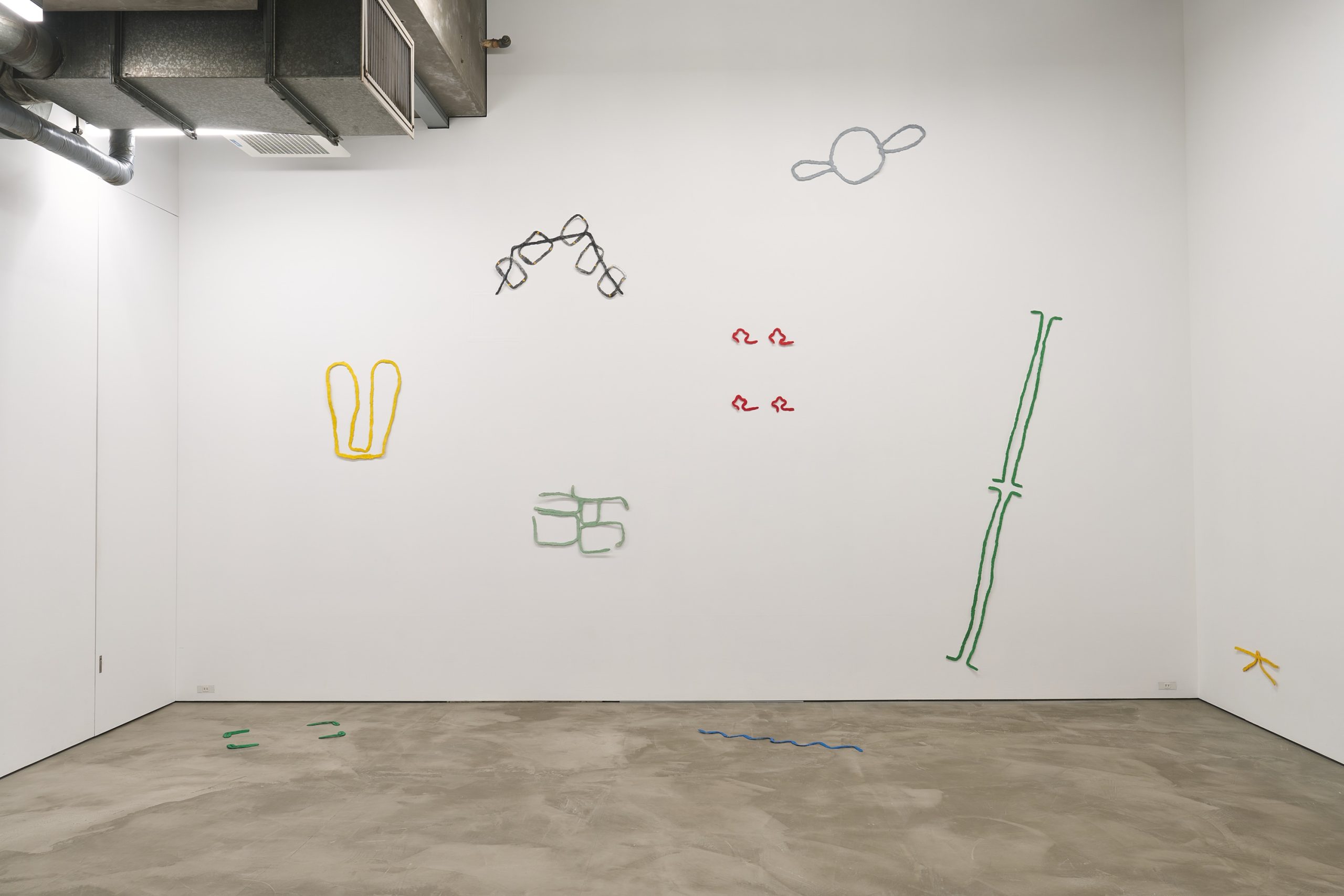
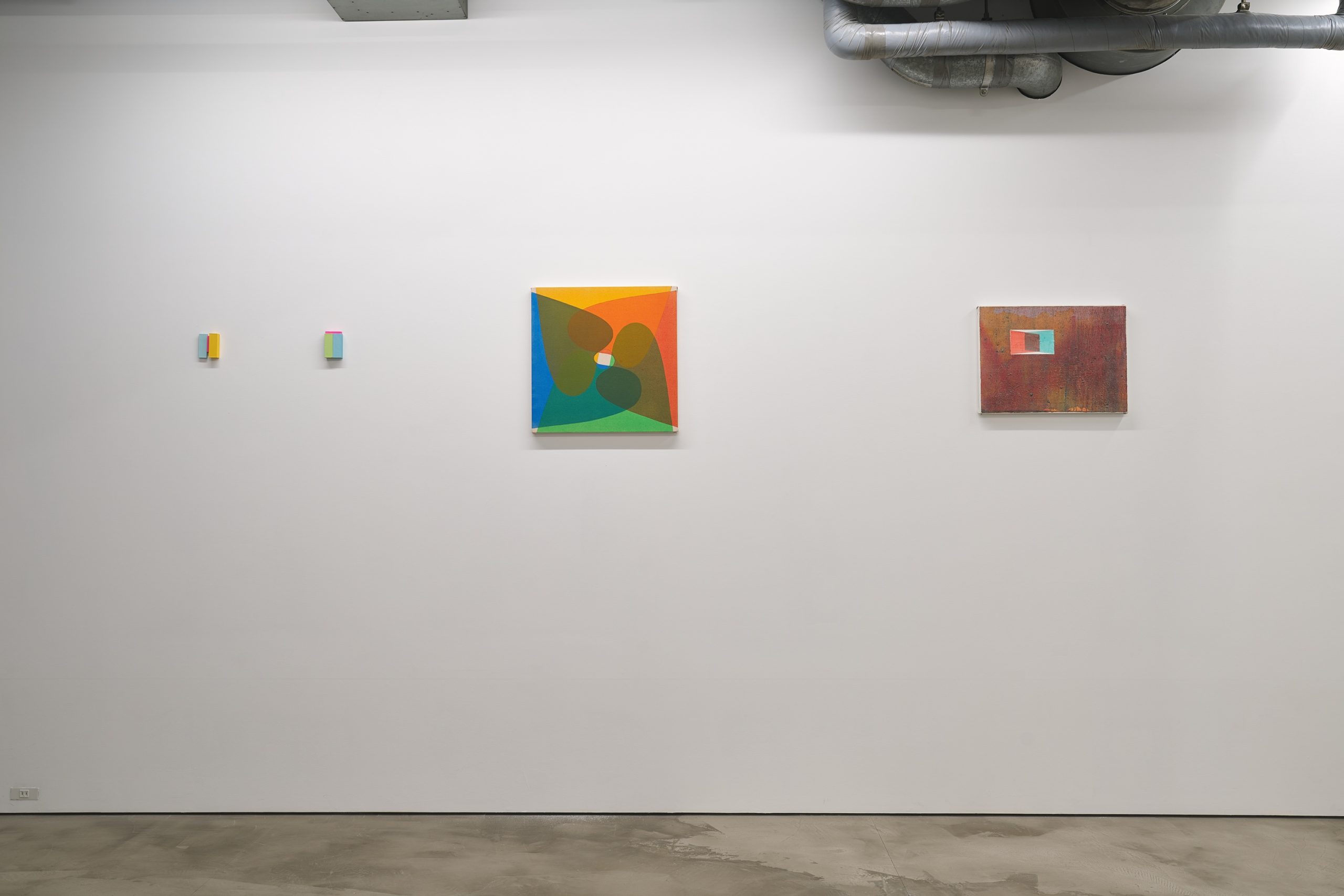
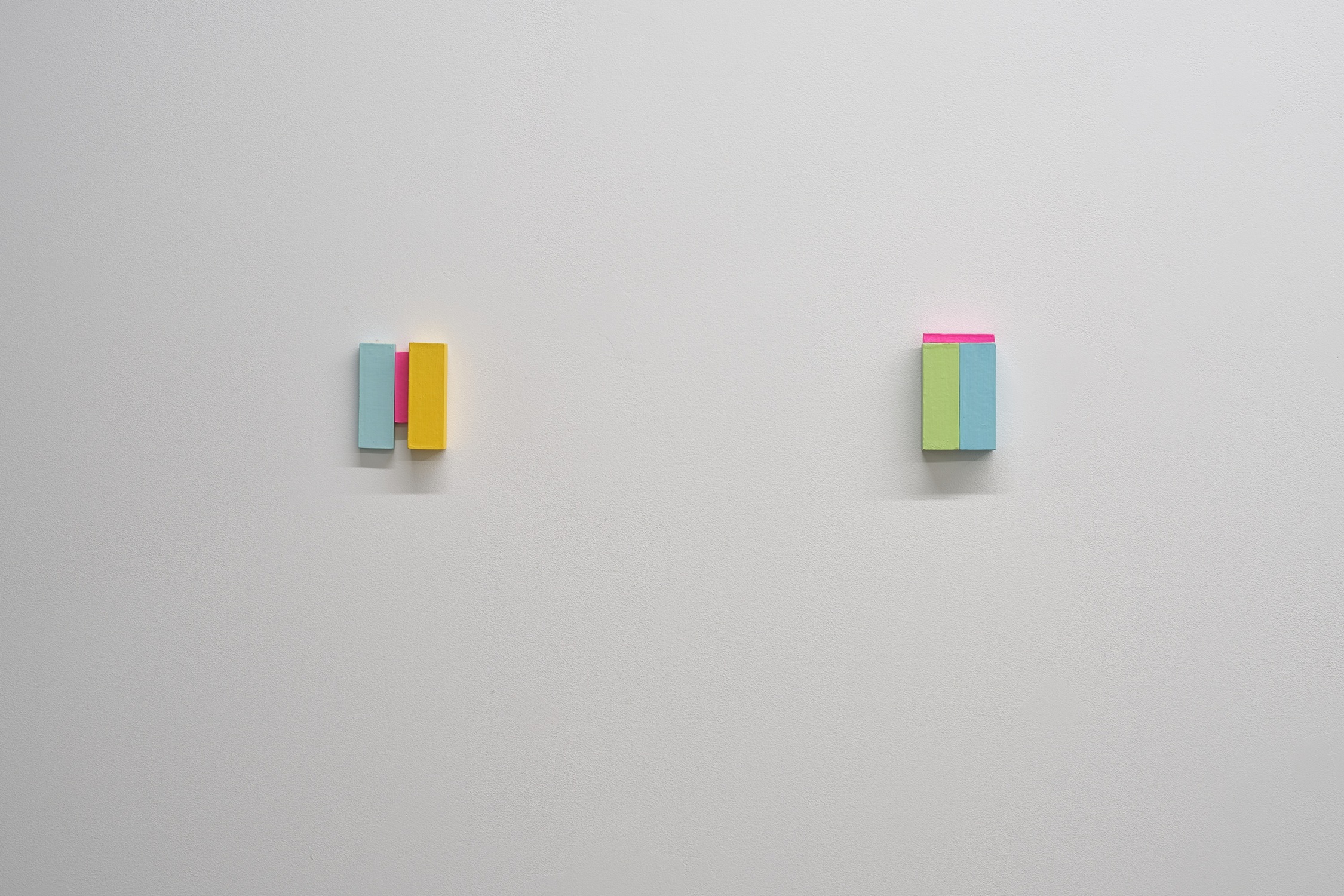
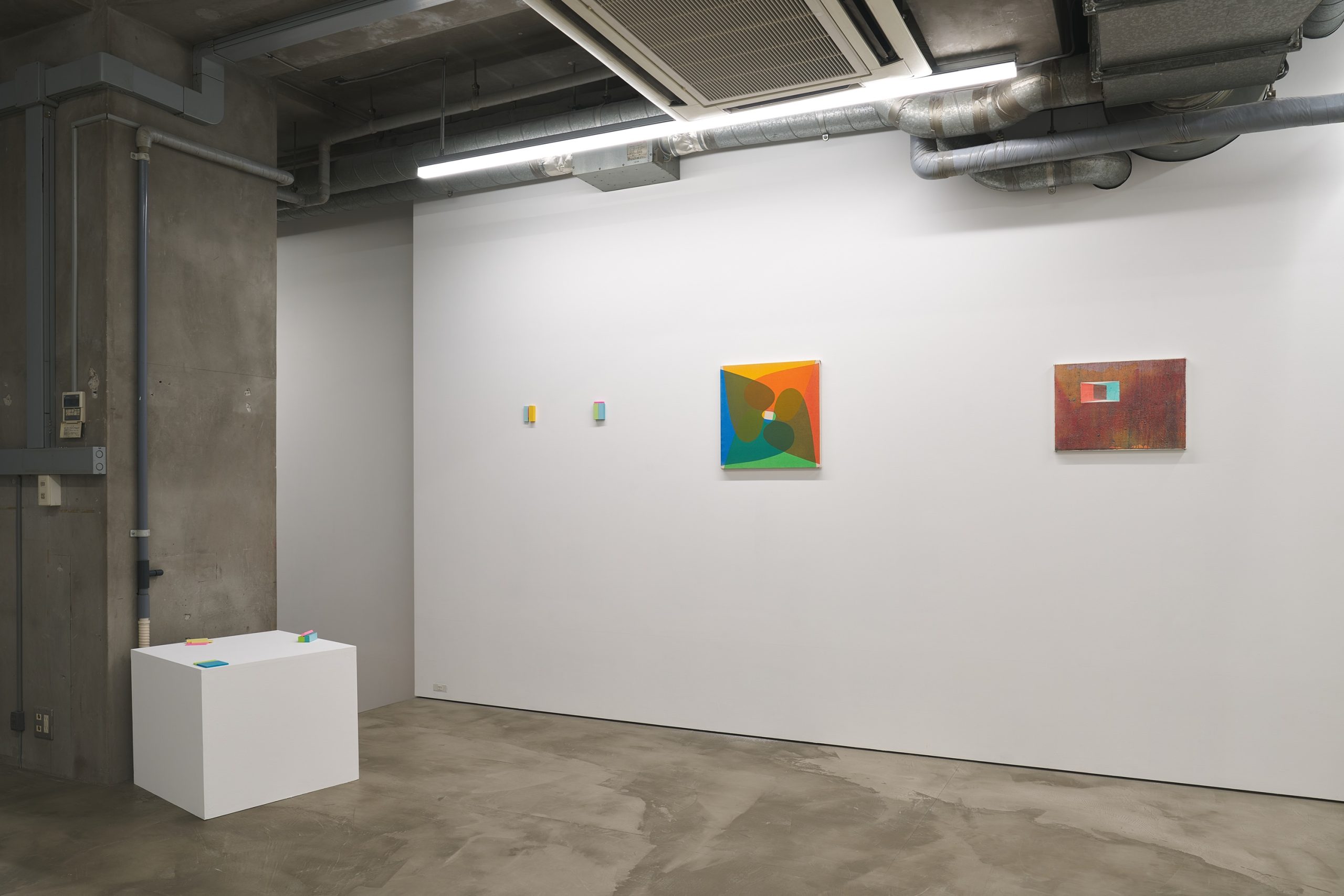
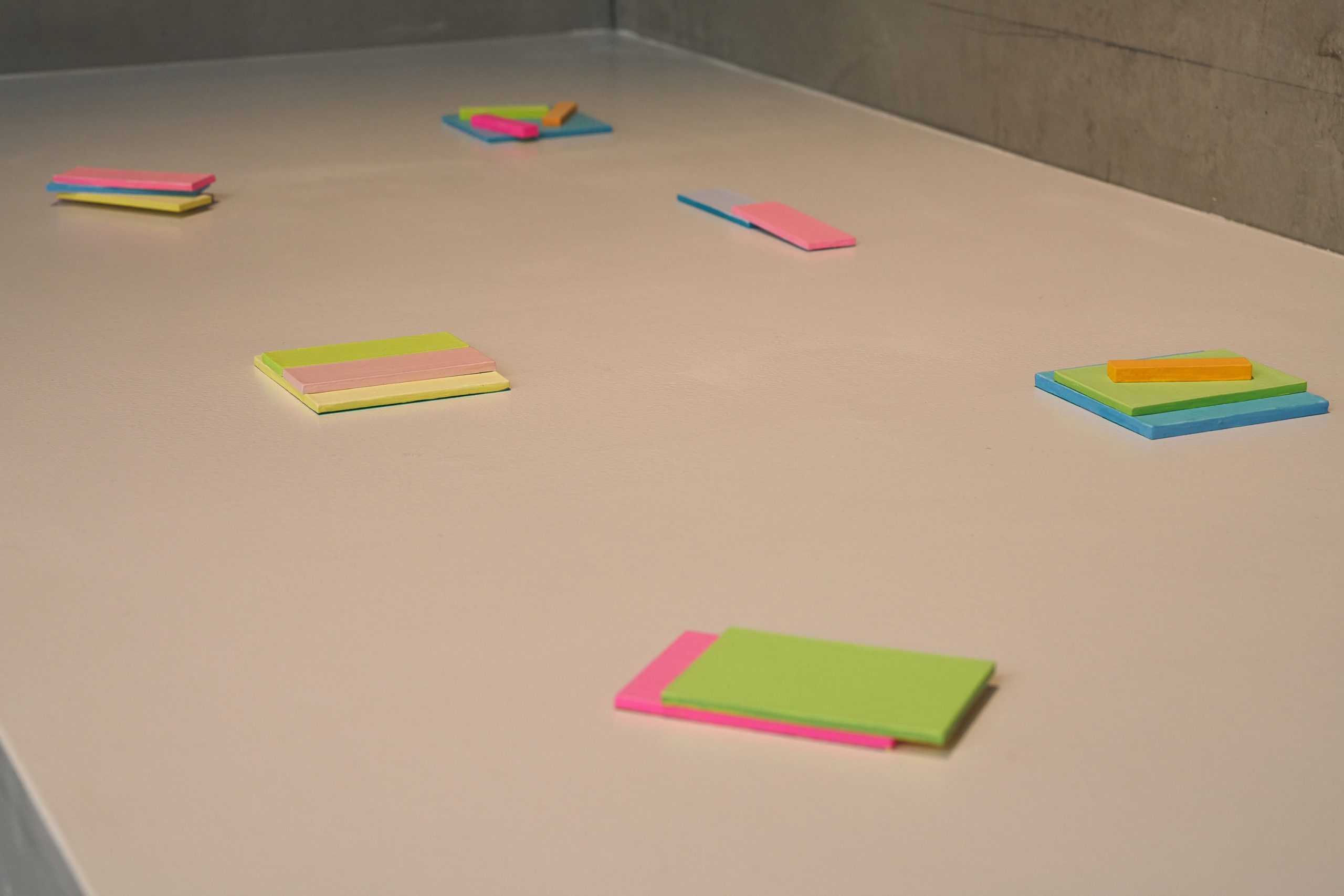
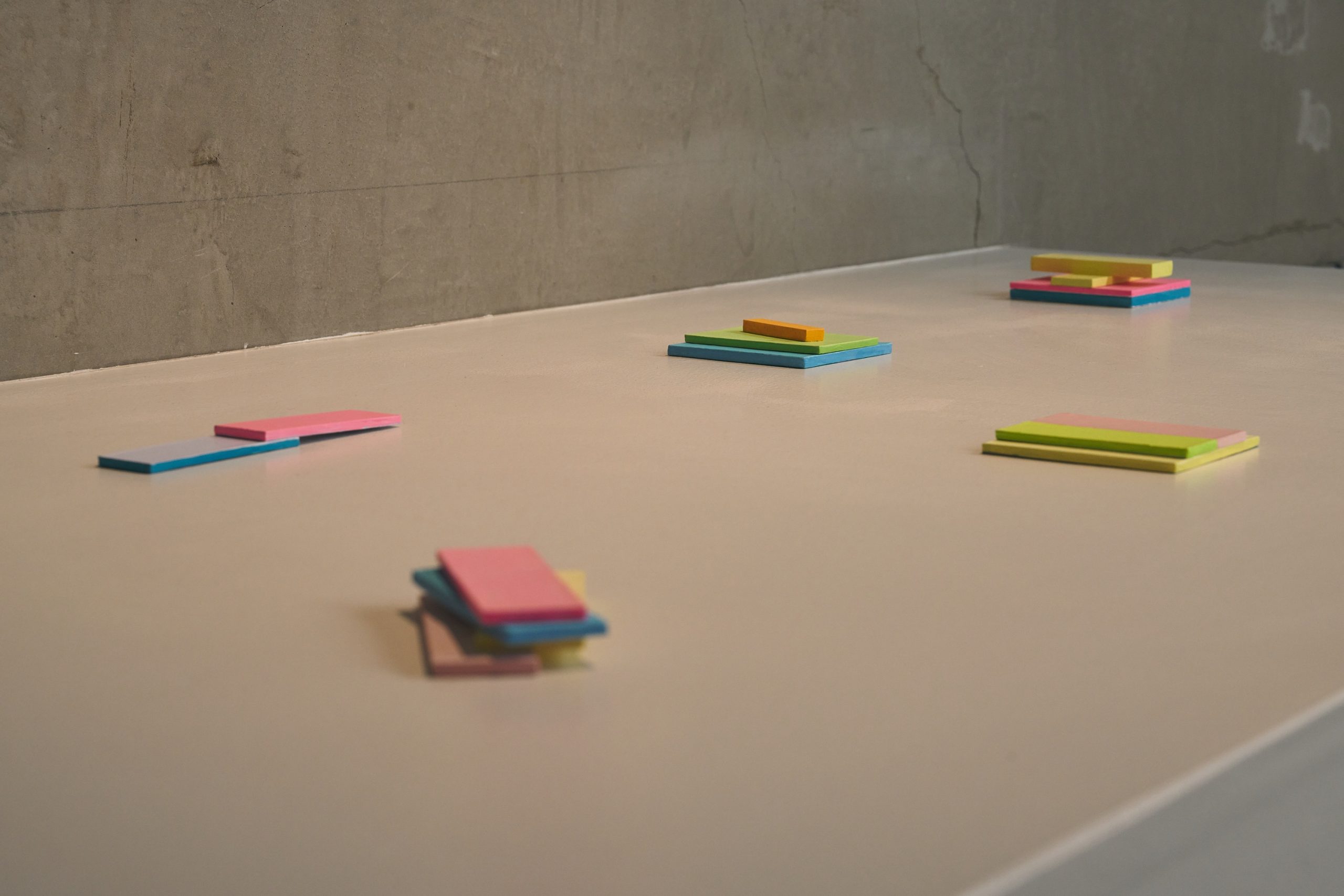
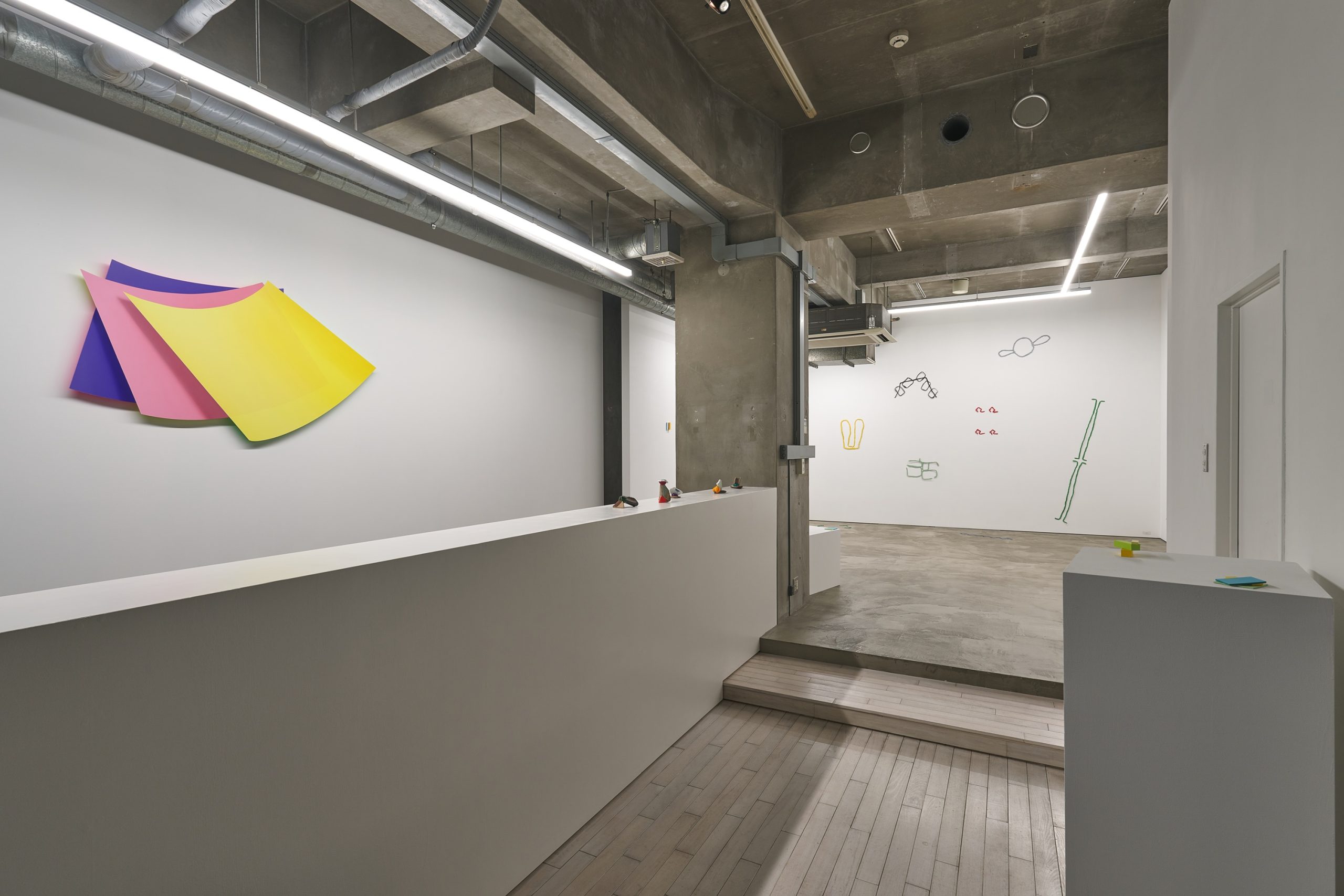
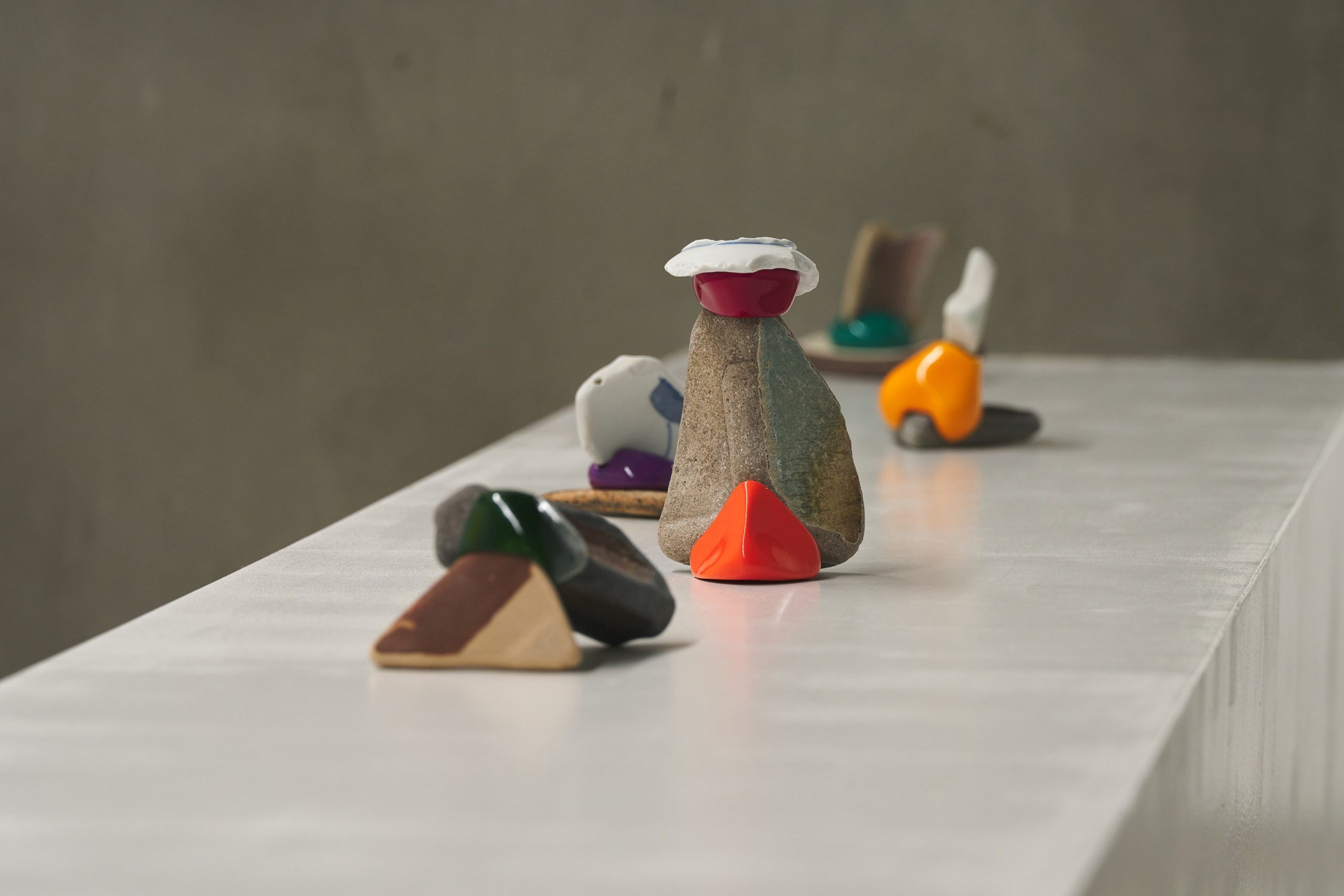
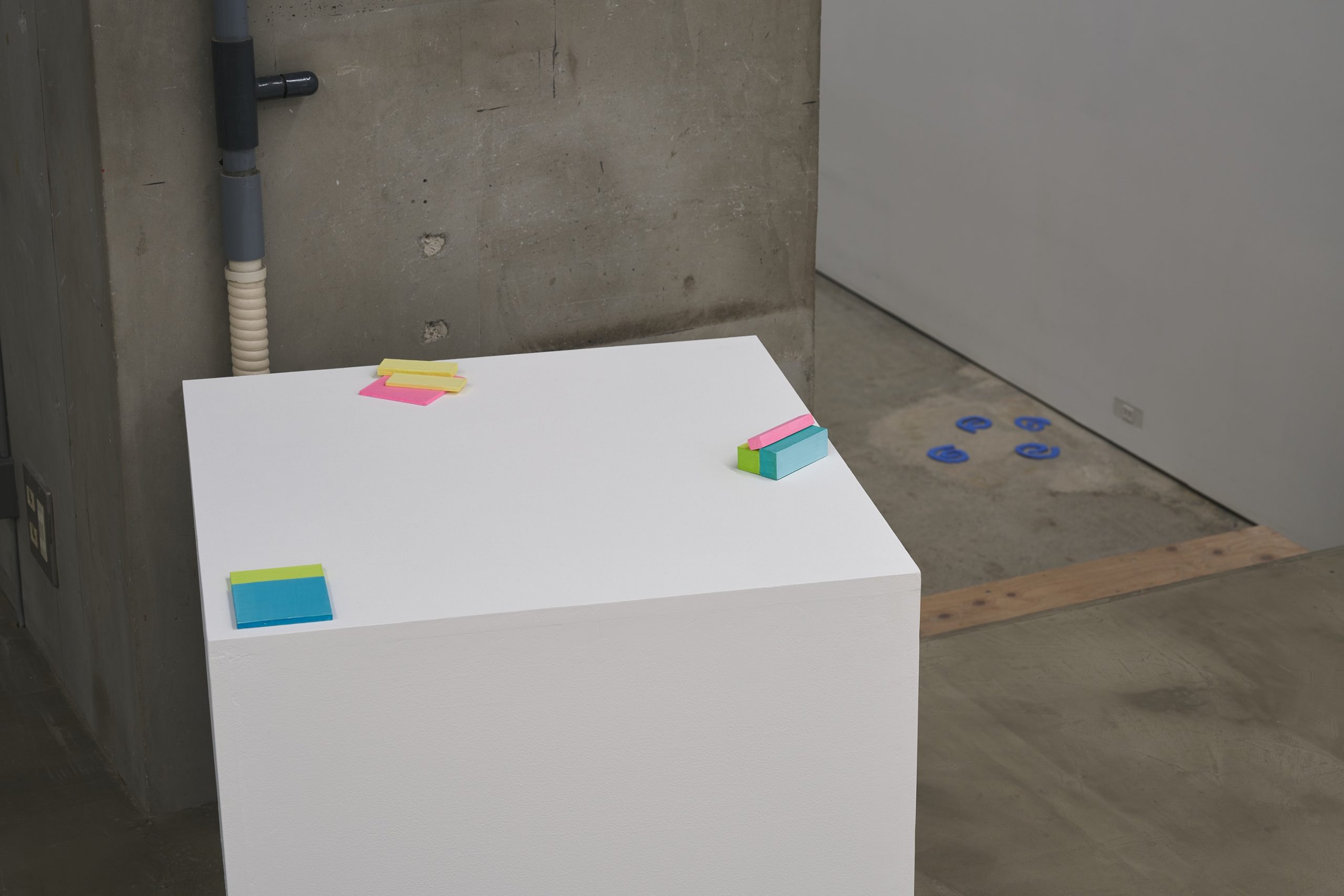
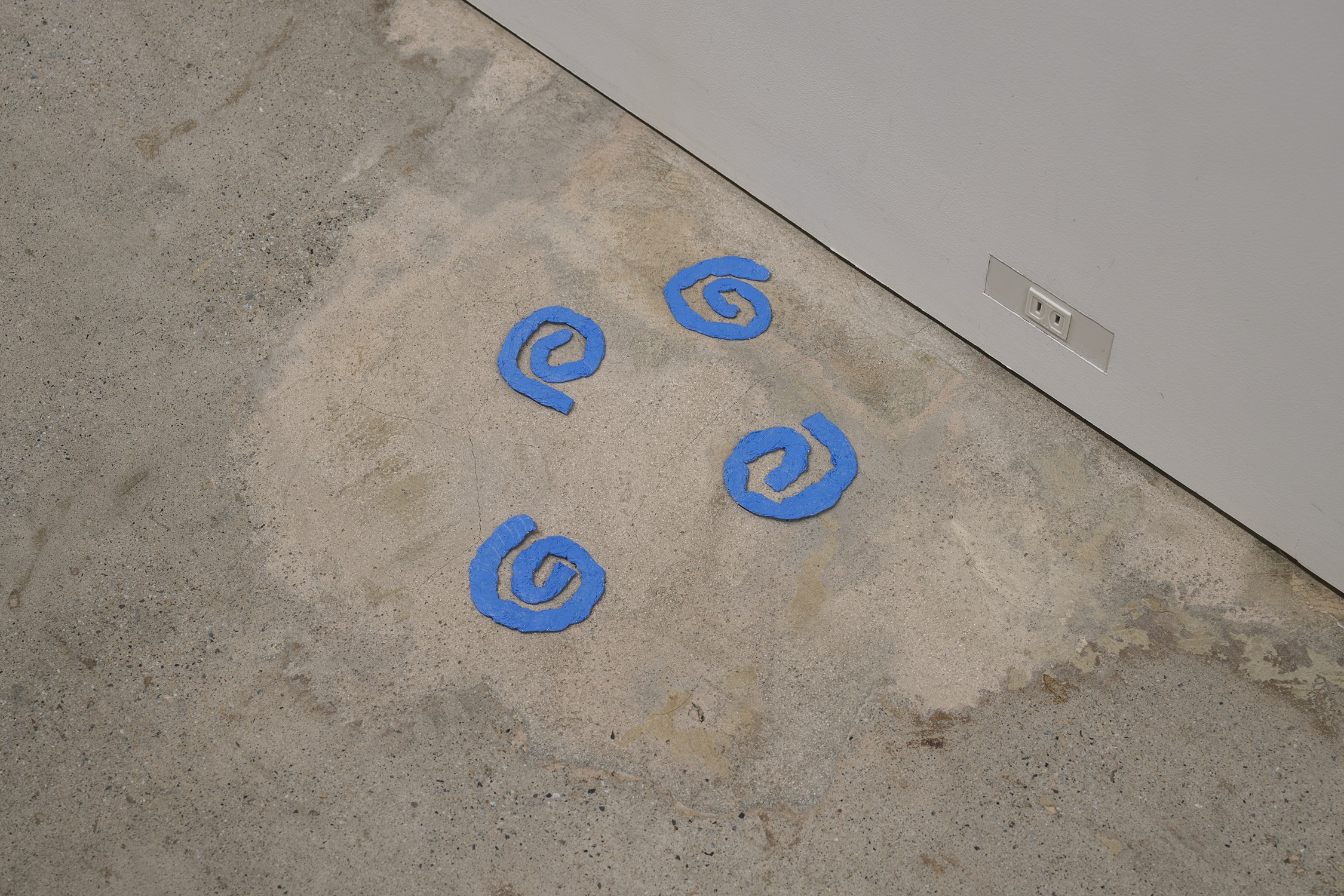
Yoshio SHIRAKAWA : Things That Spring Forth
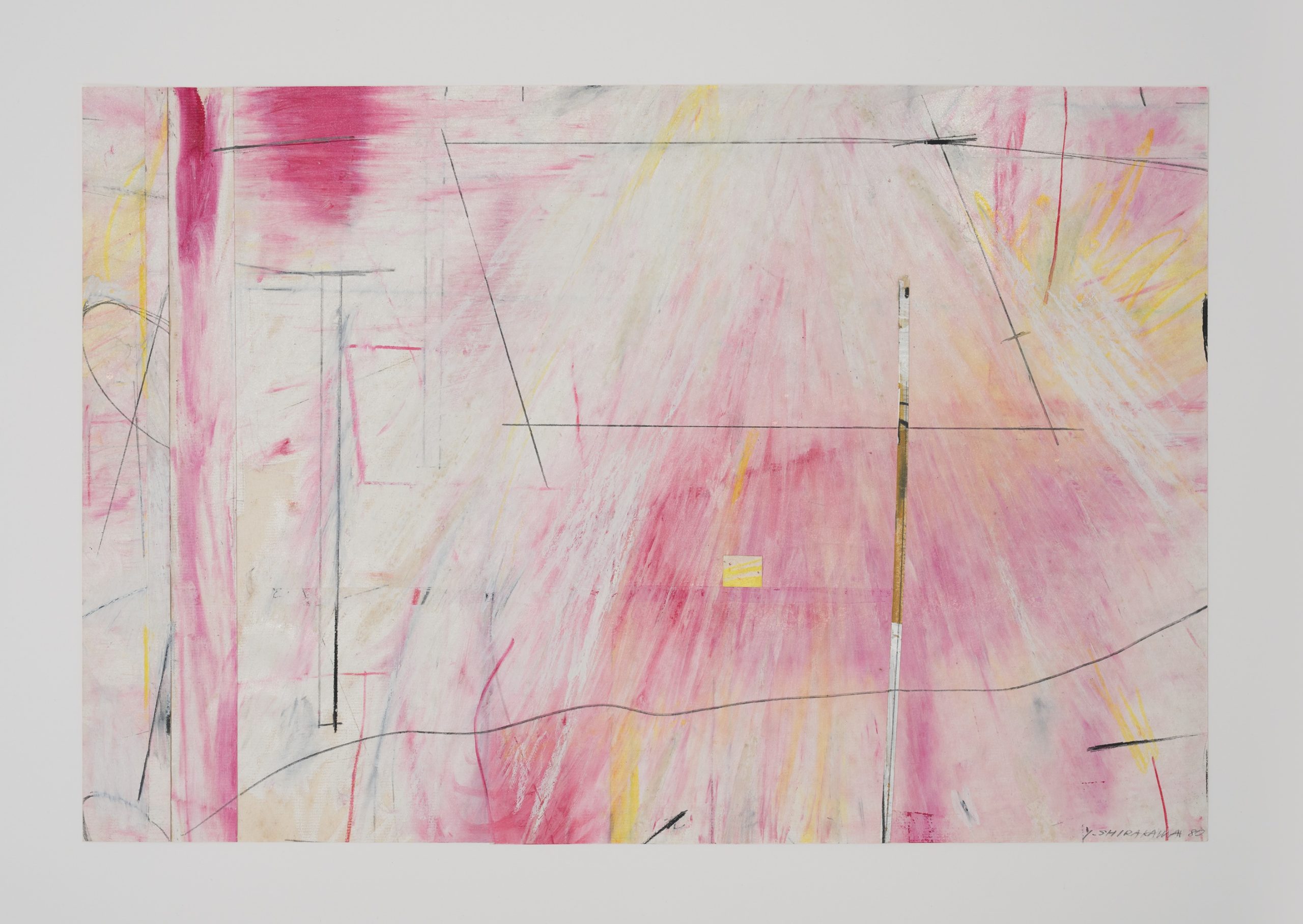
1980
Pencil and oil pastel on paper
39 x 58.3 cm
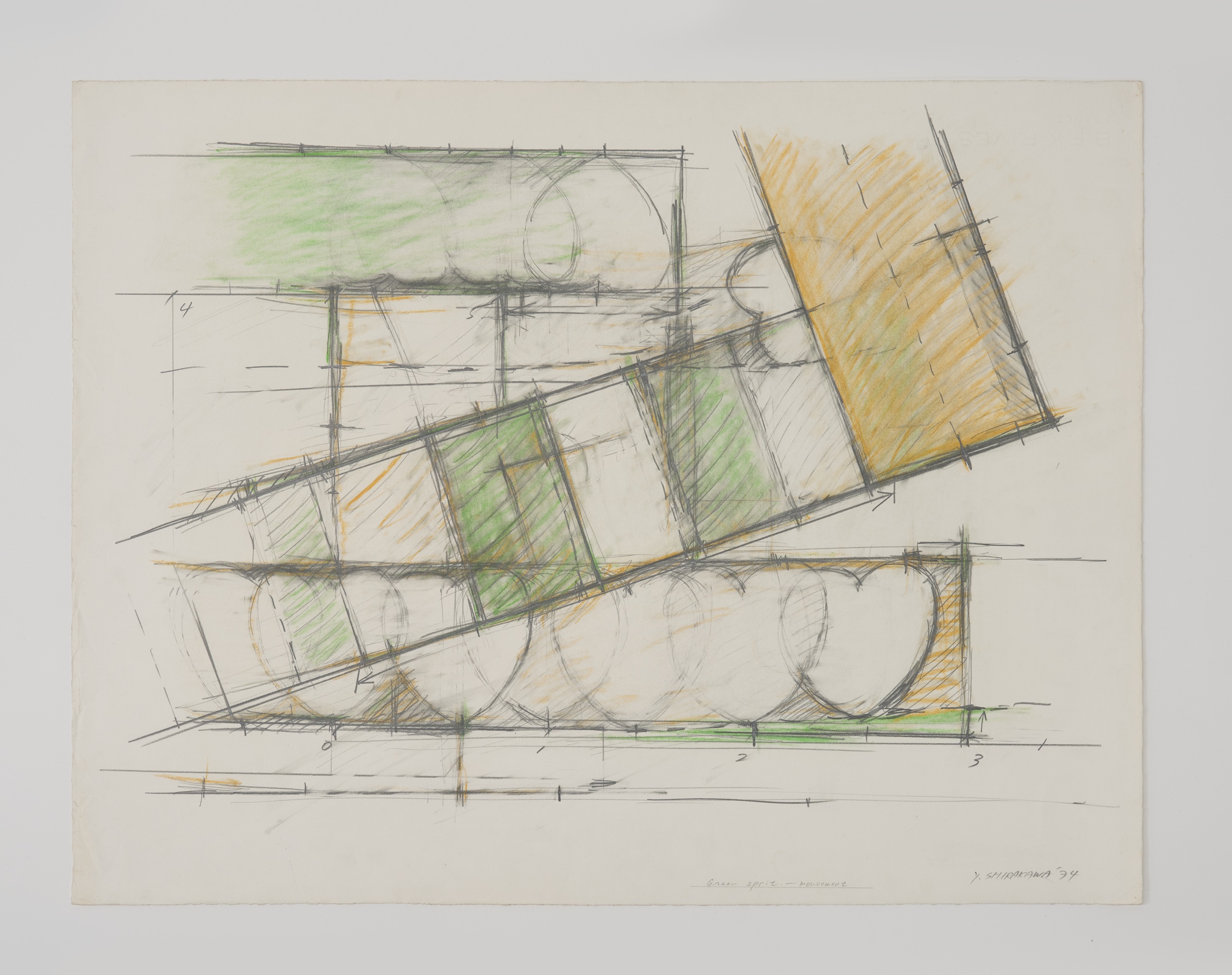
1974
Pencil and pastel on paper
50.1 x 65 cm
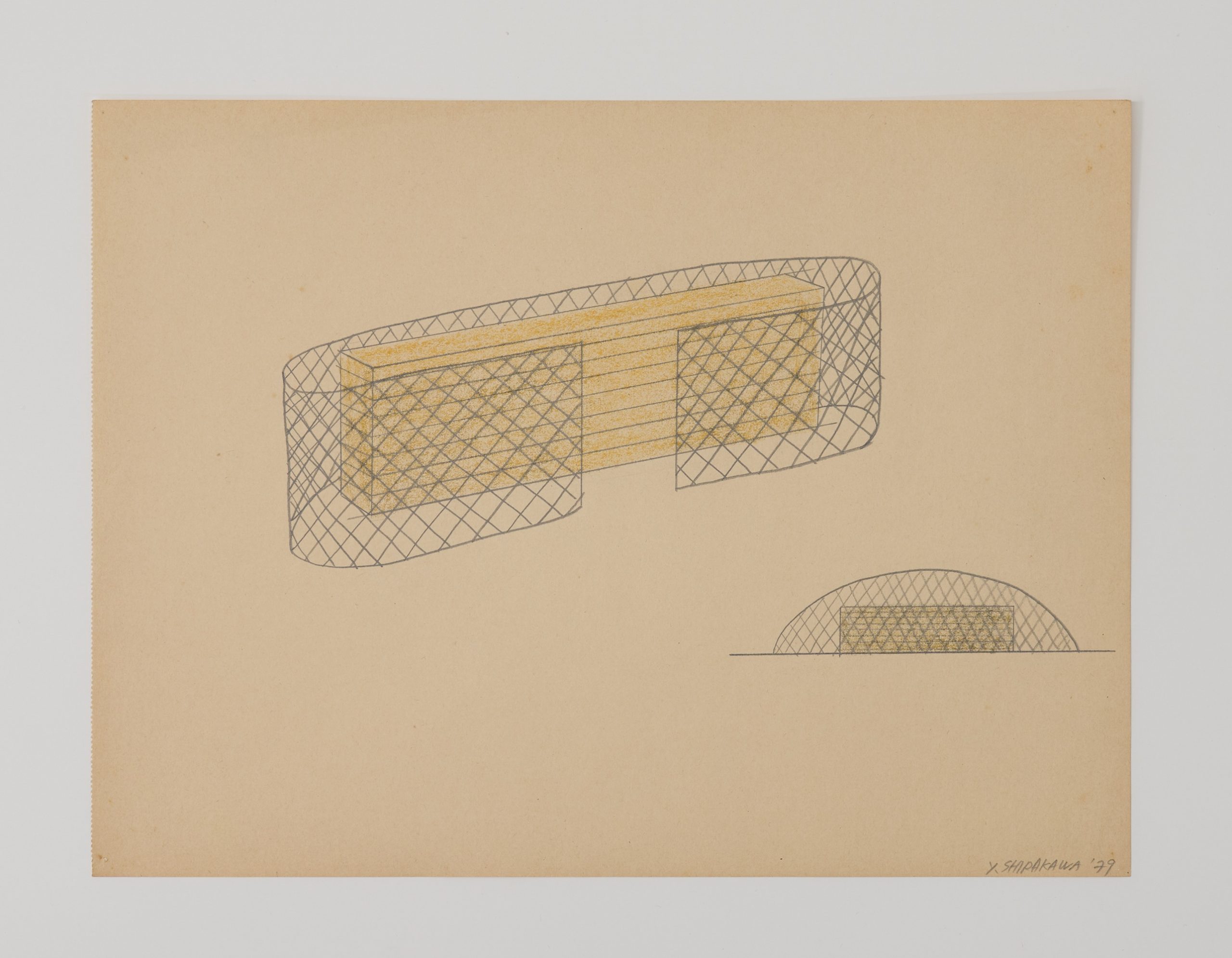
1979
Color pencil on paper
30 x 40.1 cm
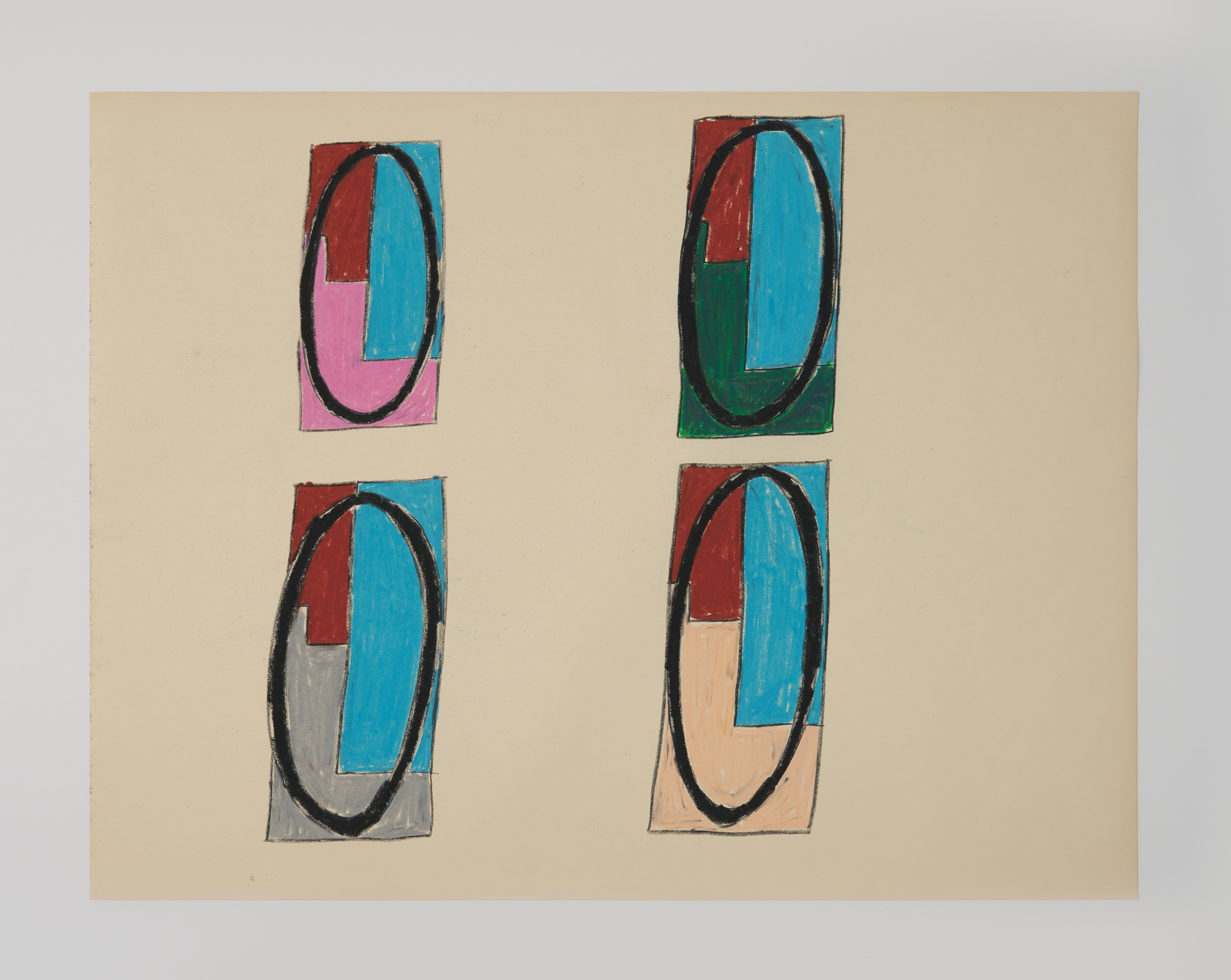
2002
Pencil and oil pastel on paper
50 x 65 cm
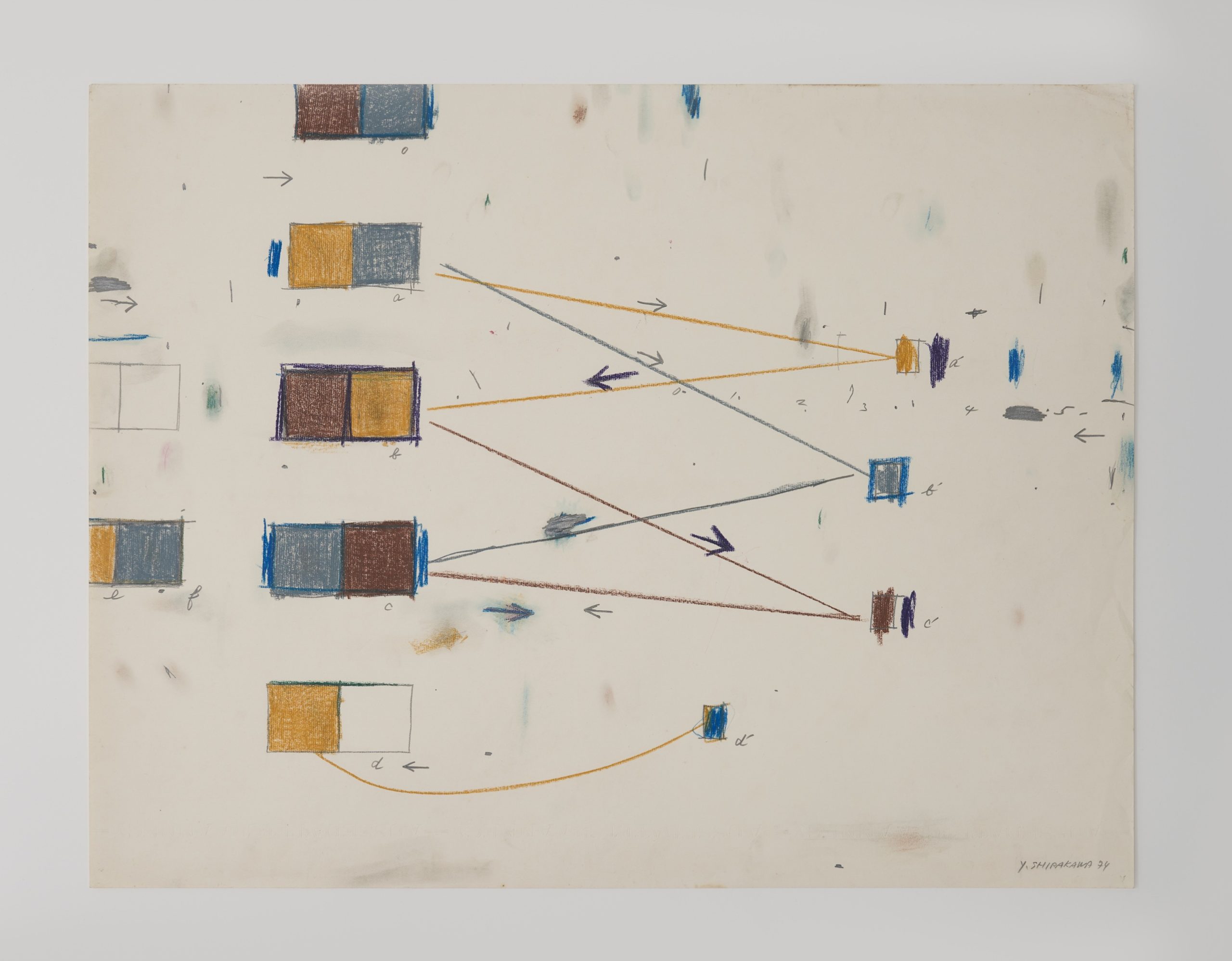
1974
Pencil and oil pastel on paper
50.1 x 65.2 cm
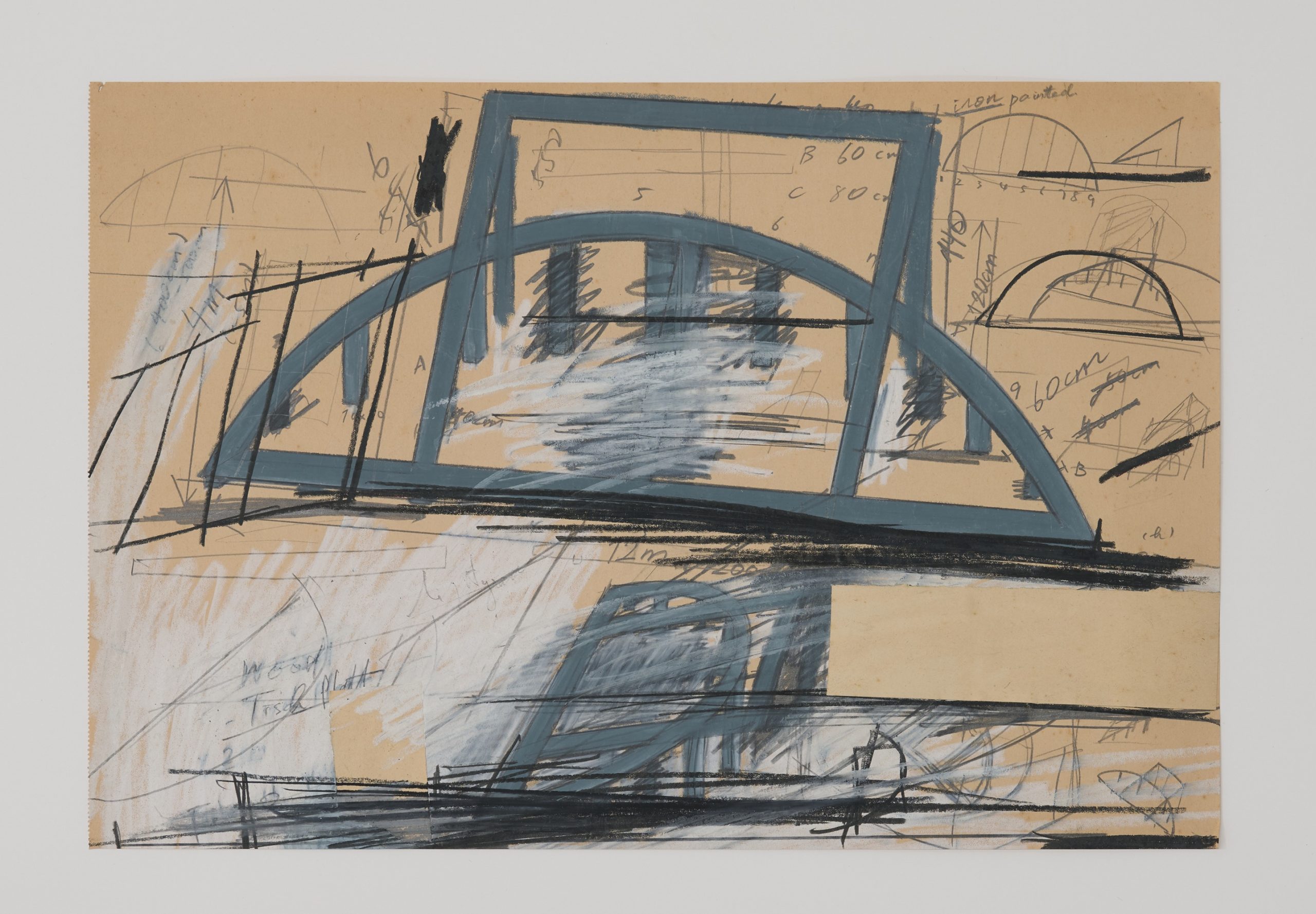
1995
Pencil and oil pastel on paper
32.3 x 48 cm
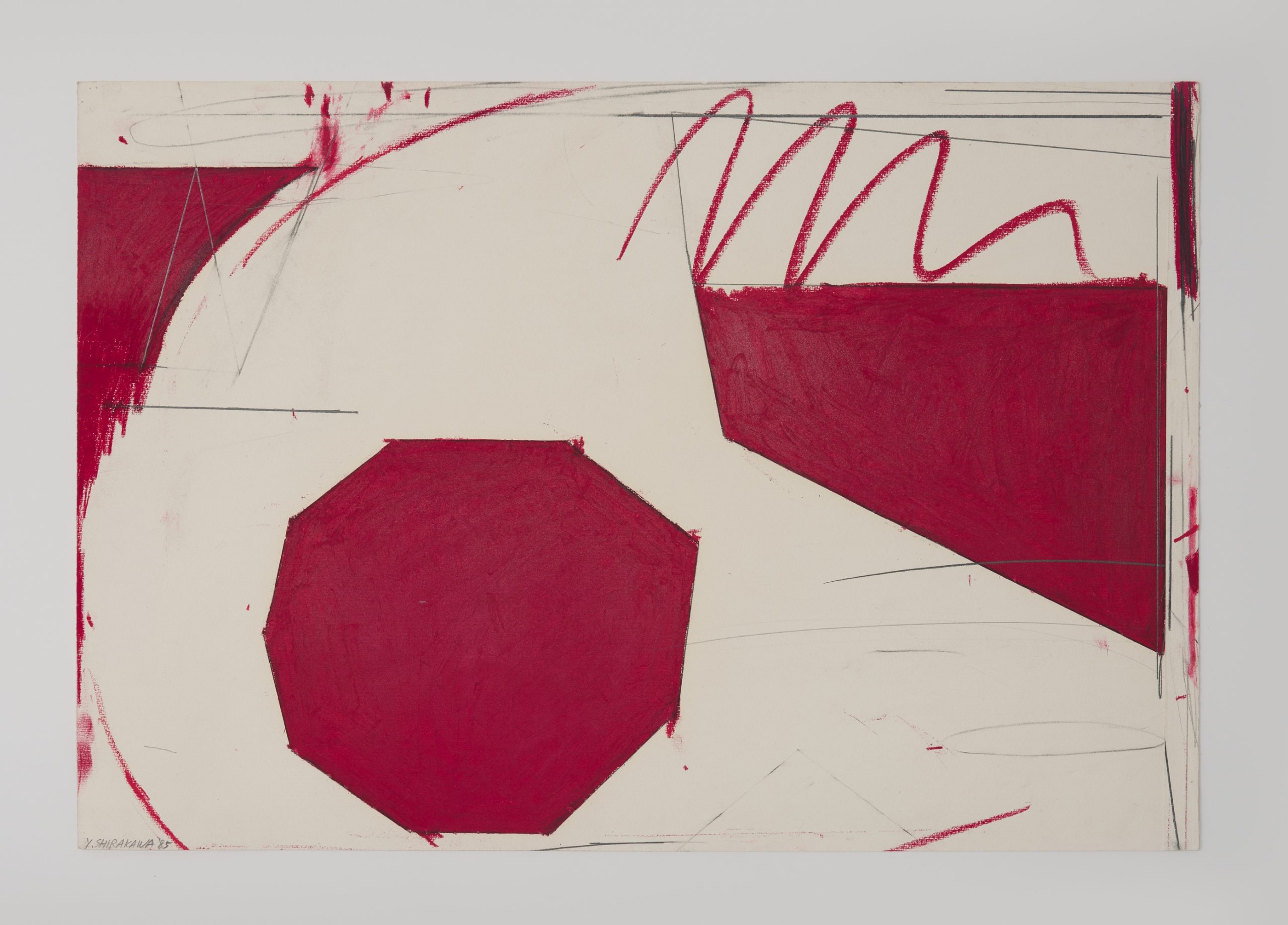
1985
Pencil and oil pastel on paper
48 x 70 cm
Monochrome—Responsive Dimensions: Drawings of Yoshio Shirakawa
Ryo Katsumata (Art Critic)
The drawings showcased at Things That Spring Forth represent part of what Yoshio Shirakawa has been drawing at various times over the years since the 1970s and thus do not fall under a common framework such as a series or group. While this makes it difficult to identify a consistent characteristic among them, it allows us to find evidence of his formal interest transitioning at certain moments throughout his career.
Shirakawa moved to Europe in 1970 and attended schools in France and Germany before returning to Japan in 1983. In 1976, he entered Kunstakademie Düsseldorf, where he studied under Günther Uecker, renowned for his canvas board pieces studded with myriad nails. Around this time, Shirakawa, who had previously been focused on paintings, began creating three-dimensional works. Among the drawings presented at this exhibition, Framework for movement (1974), for example, belongs to the period before this point, and Spatial form (1979) belongs to the period after. While the former comprises forms sliding or rotating along a flat, two-dimensional surface, the latter, which portrays a spatial relationship between a rectangular volume and net casing around it, reveals the artist’s interest in three dimensions. In fact, his drawings after this period often bear characteristics of a design drawing or preliminary sketch for his three-dimensional works, such as a sculpture and installation. Frame form (1995) is one such example.
However, in Shirakawa’s case, the relationship of his drawings to the three-dimensional works is not necessarily a subordinate one. The use of monochrome is an important clue in confirming this speculation. Monochrome in Shirakawa’s works—in other words, a means of reducing colors to one—is not something that makes his expression monotonous: It rather functions as a dynamic principle that enables a dimensional transition. This premise perhaps may become more explicit by first looking at the three-dimensional side.
Around 1982, Shirakawa began the Red – Sculpture series, developed both as three-dimensional works and drawings. Firstly, the compositional sculptures, consisting of wooden parts, approximate to architectural, three-dimensional structures. Secondly, however, the entire structure is enveloped in red, thus blurring the articulated borders among different parts. The continuous surface appears like a flat shadow, suggesting a corresponding relationship with a drawing. Red – Form (1985) presented at this exhibition implies such association. Thirdly, the red is created not with opaque paint but is a result of “dyeing” the sculpture with a dye. According to Shirakawa, he envisioned this treatment would allow the color to permeate deep into the object (*1). In a way, this process integrates a spatial dimension in which the dematerialized color “passes through” an object like an apparition (*2).
Monochrome, which aspires toward immateriality, was explored by Yves Klein, who regarded blue as a color “beyond dimensions.” In light of Shirakawa’s artistic development through his time in Europe, this fact is pregnant with suggestion. ZERO—an artist group formed in Düsseldorf in 1957, which included Uecker, who later became Shirakawa’s teacher, as one of the core members and was also joined by Klein—pursued pure light and color independent of matter. Piero Manzoni—known for his all-white Achromes and a satirical work Artist’s Shit, which lampoons art in a capitalist material society—was also involved in this movement. This fact is worth remembering along with the later activities of Shirakawa, who would propose an alternative economy based on a regional currency and advocate merde (shit) sculpture.
Coming back to the drawings, Frame form and Red – Form, which, in a way, resemble plan drawings prepared for sculptures, possess flexibility that allows for multiple dimensions to intertwine, just as the Red – Sculpture series does. While the forms depicted in Frame form and Red – Form emphasize their flat silhouettes, oil pastel used for coloring the works carries material texture. For Shirakawa, pastel stands apart from surface colors that merely define the exterior of an object (accessories to the object); he regards it as a drawing tool with the potential to constitute an object solely through its color. In the past, he even asked a manufacturer to custom-make solid-block pastels (*3). This paradoxical condition, in which color occupies the entire mass and thereby liberates itself from subordination to material, echoes the “dyeing” of sculpture in Red – Sculpture. One might also relate this to the permeability of the sponges used in Klein’s sculptures.
Thus, in several examples, Shirakawa’s drawing and sculpture are not in a hierarchical relationship where one is subordinate to the other; rather, they are incorporated within each other. In those works, the friction between the plane and the object is not only demonstrated but also “passes through” the closed exterior of the objects to indicate spatial openness. In this regard, Appearance (1980) is a symbolic drawing. It consists of pencil lines, planes forming parallelograms, and radiating pastels, all implying depth filling the surface, with multiple directional axes intersecting each other. Perhaps this dynamism of dimensional response, transition, or synthesis resonates with the concept of art as an “energy field” (*4), shared by ZERO, Klein, and Joseph Beuys.
*1 Based on author’s interview with Shirakawa (May 7, 2025).
*2 Other works, such as Yellow Plan (1981) and Summer Light (2019) that use yellow, also reveal Shirakawa’s exploration of spatiality through monochrome.
*3 Based on author’s interview with Shirakawa (May 7, 2025).
*4 Andrew Causey, Sculpture Since 1945, Oxford University Press, 1998, p. 139.
–
Yoshio SHIRAKAWA
Born 1948 in Fukuoka, Japan, SHIRAKAWA graduated from Kunstakademie Düsseldorf in 1981. Recent shows include To the Enneades (rin art association, 2022), Summer Light (solo, Maki Fine Arts, 2019), Weavers of Worlds -A Century of Flux in Japanese Modern/Contemporary Art–(Museum of Contemporary Art Tokyo, 2019), Beyond the future of Meld Sculpture (curation, Maki Fine Arts, 2018), Creative Dialogue with Museum 01–MONUMENT (Tottori Prefecture Museum, 2017), Aichi Triennale 2016–A Rainbow Caravan (2016), and dada, dada, da (solo, Arts Maebashi, 2014). His works have been added to collections at Tottori Prefectural Museum of Art, Museum of Contemporary Art, Tokyo, Arts Maebashi, Kitakyushu Municipal Museum of Art.
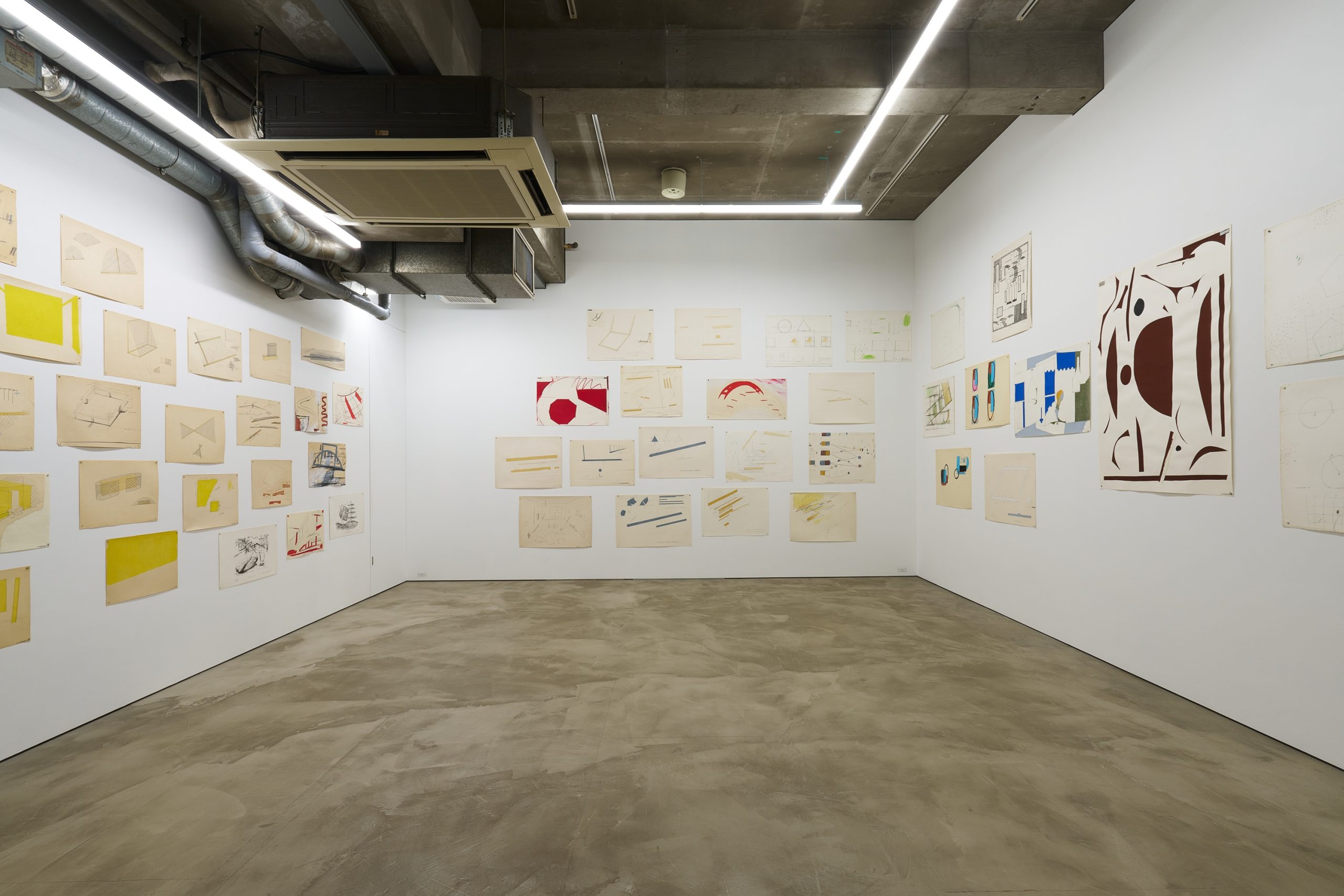
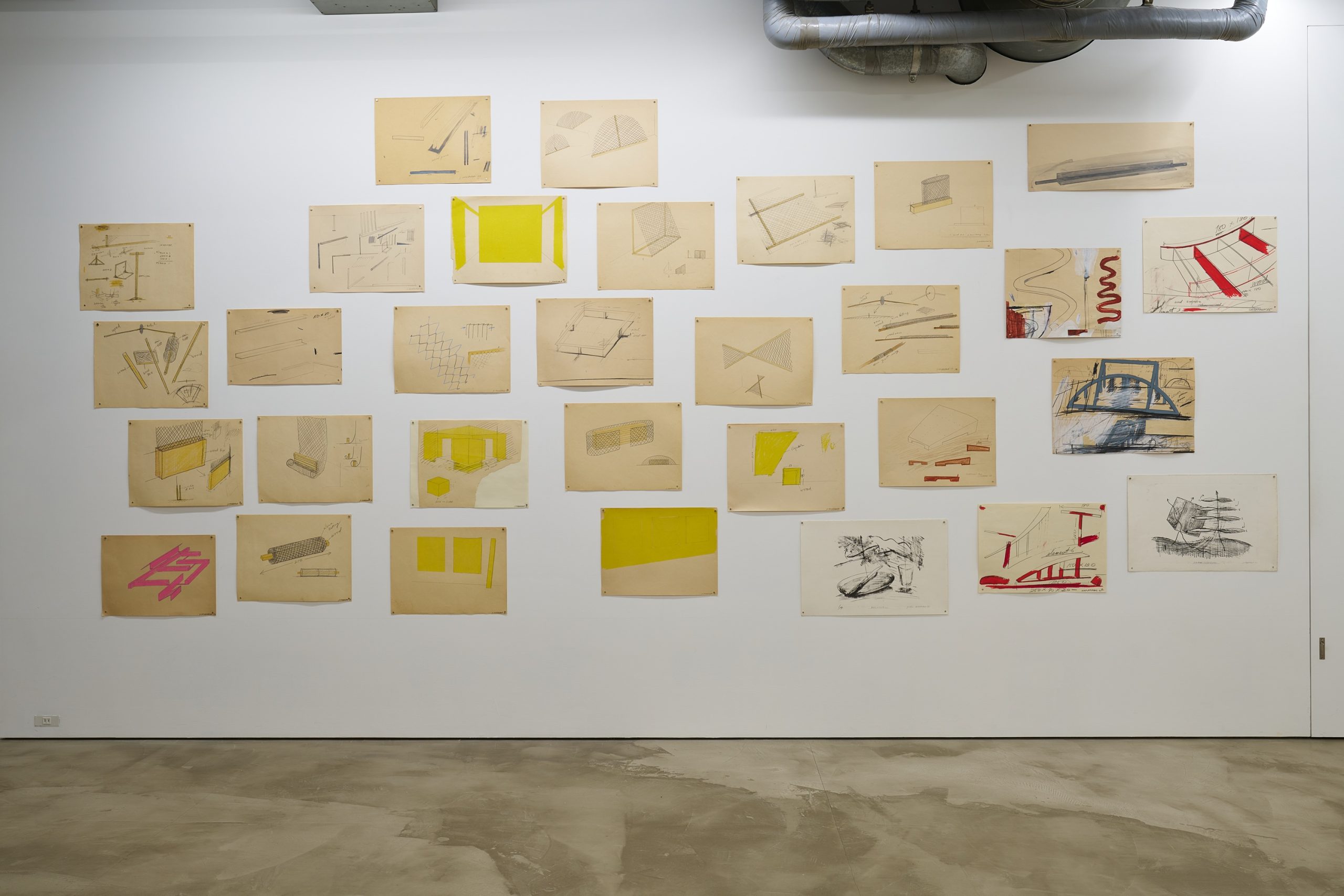
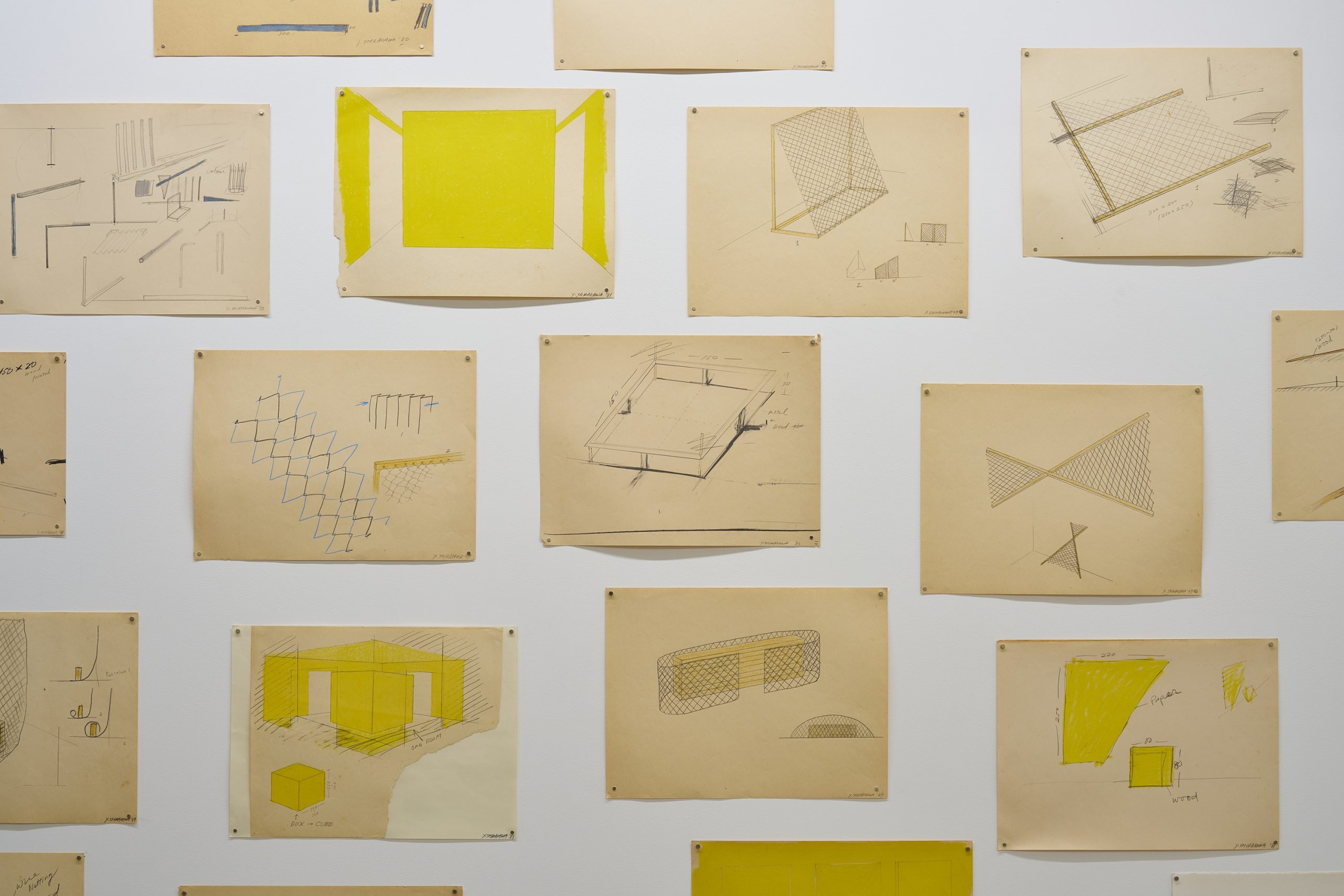
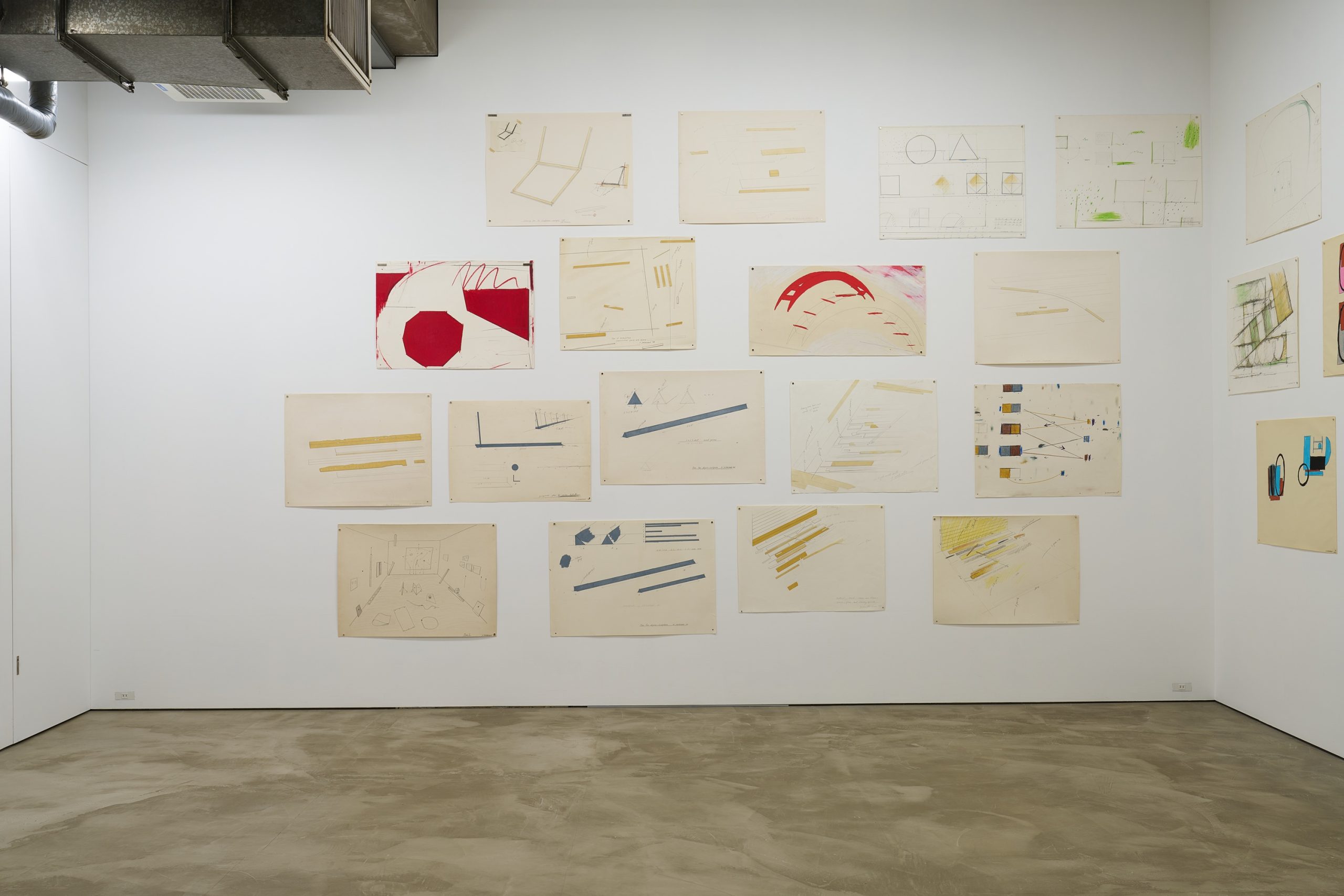
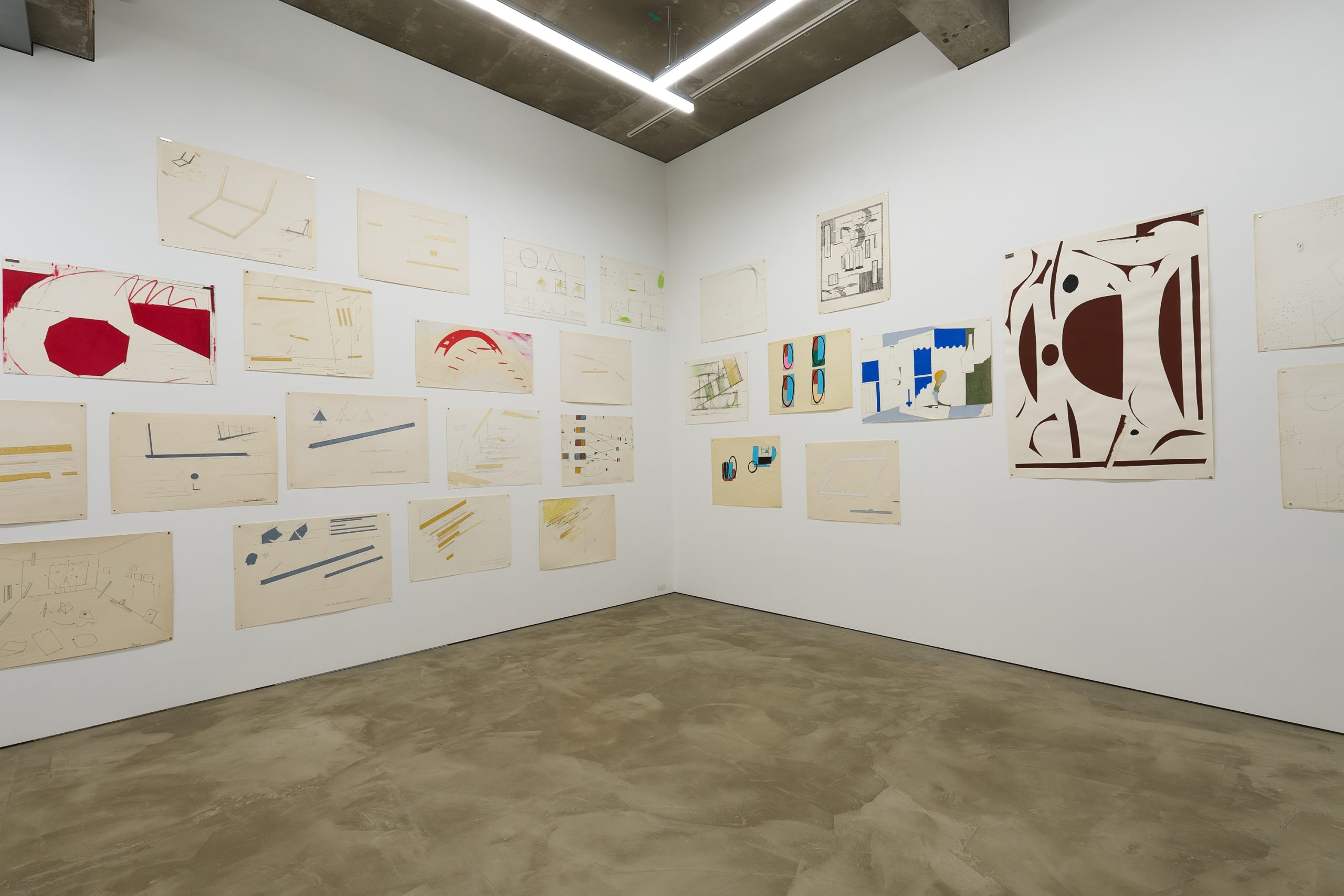
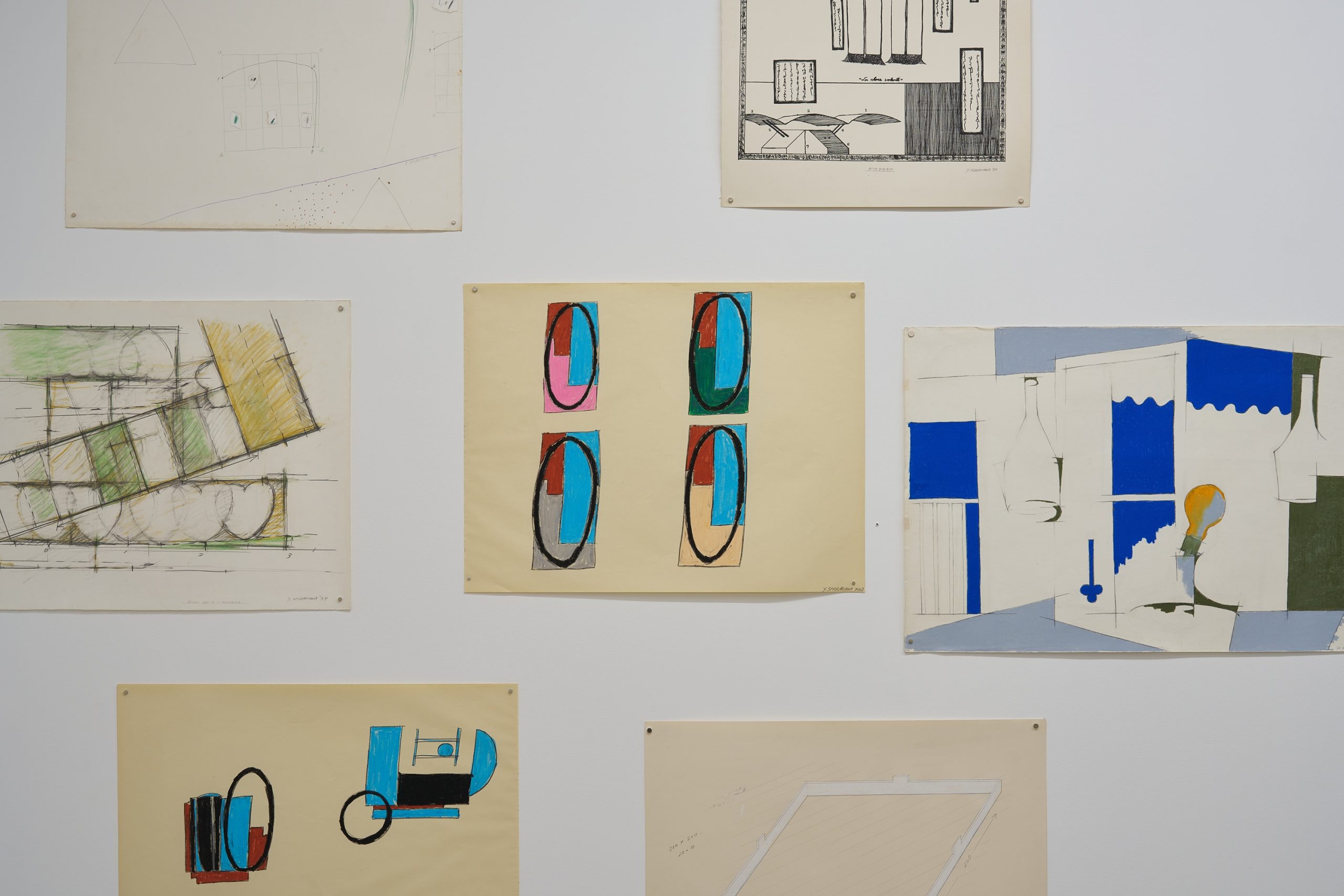
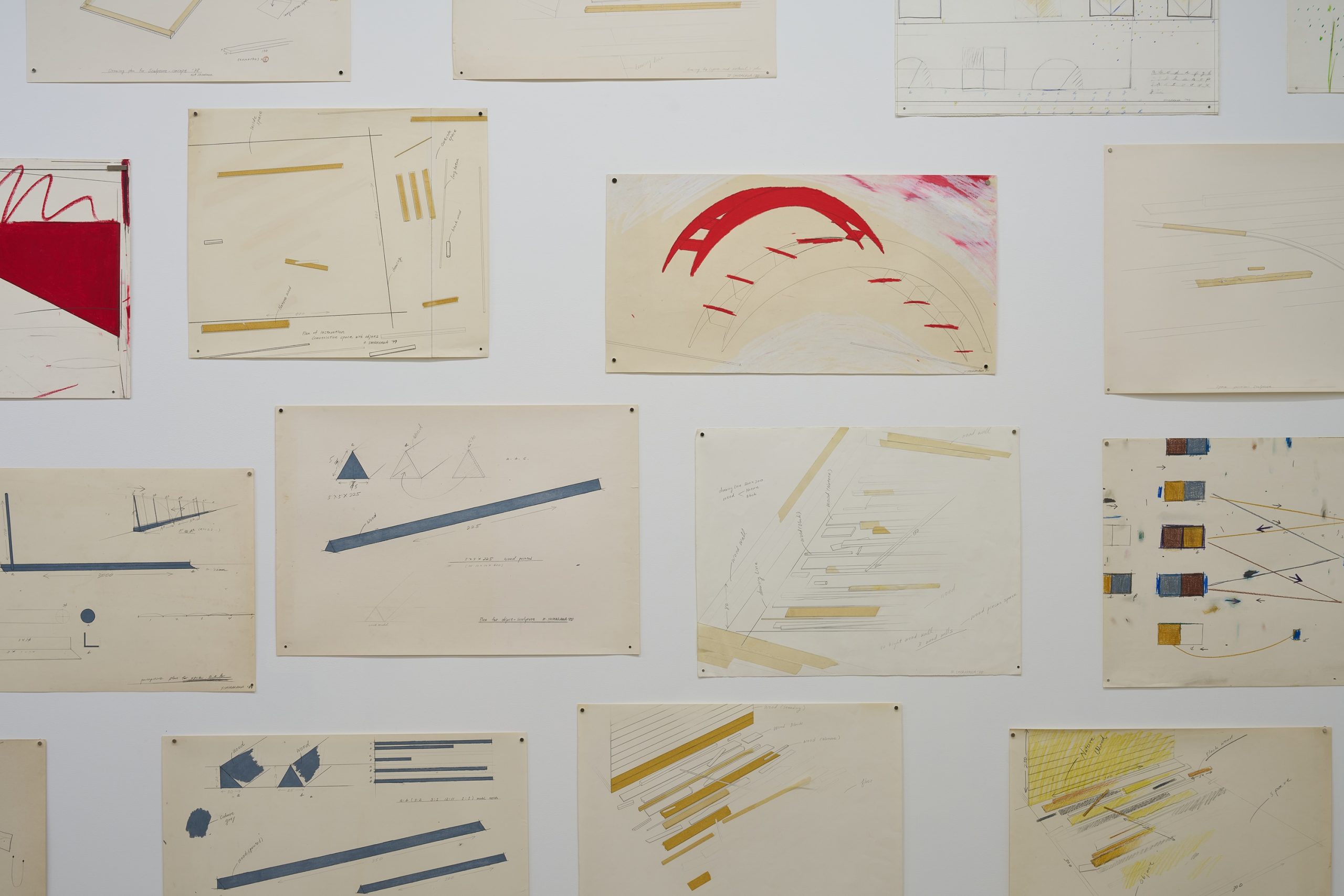
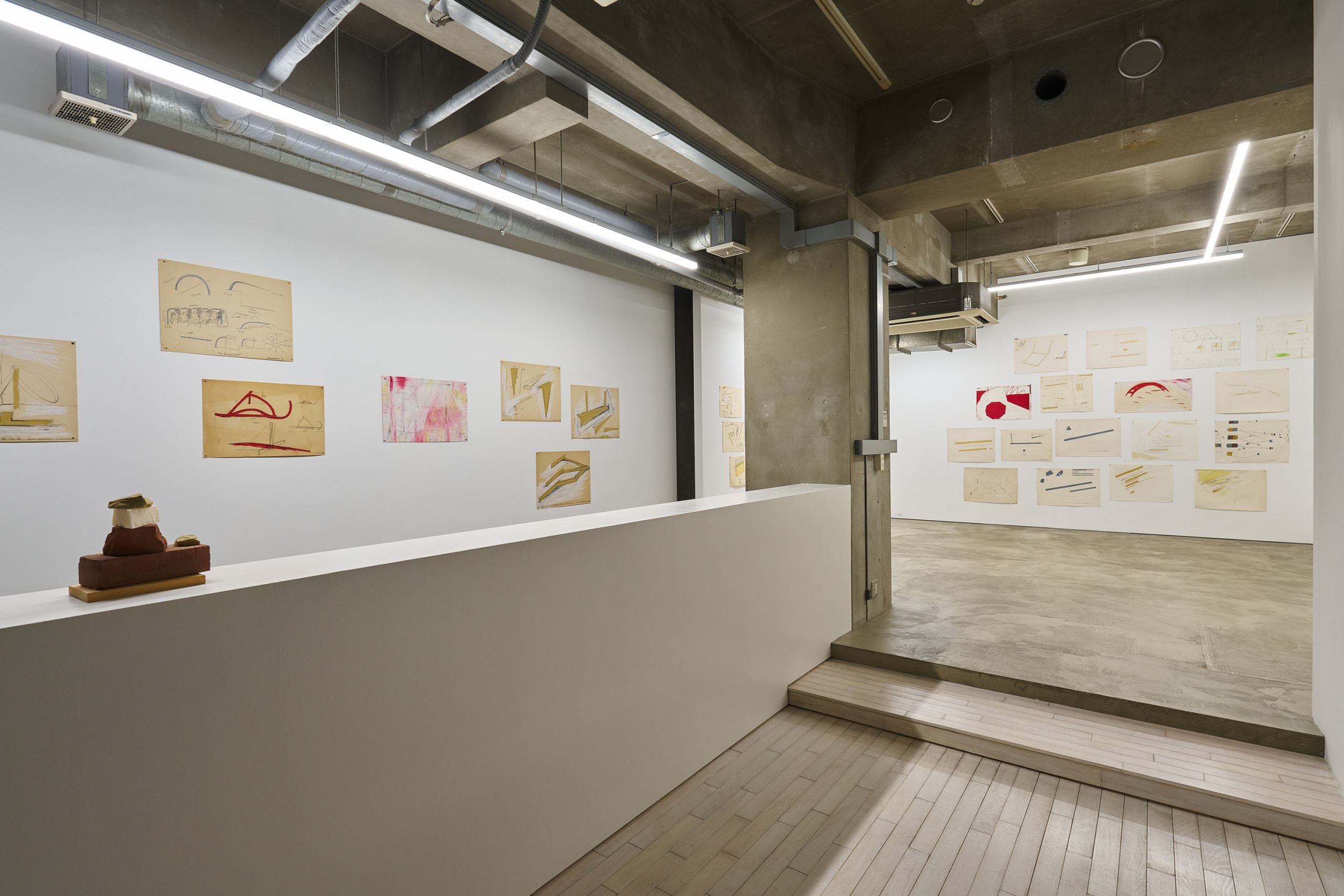
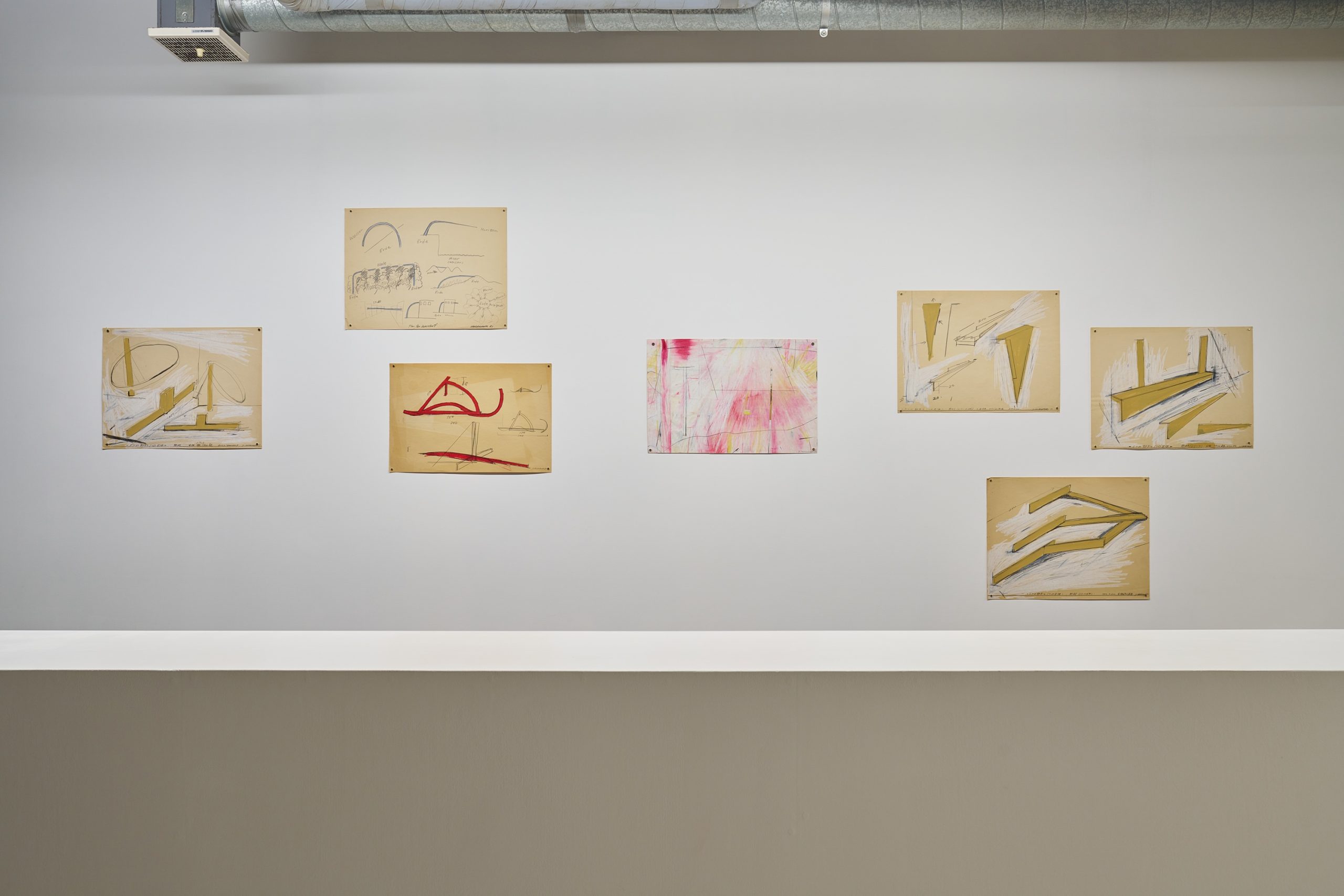
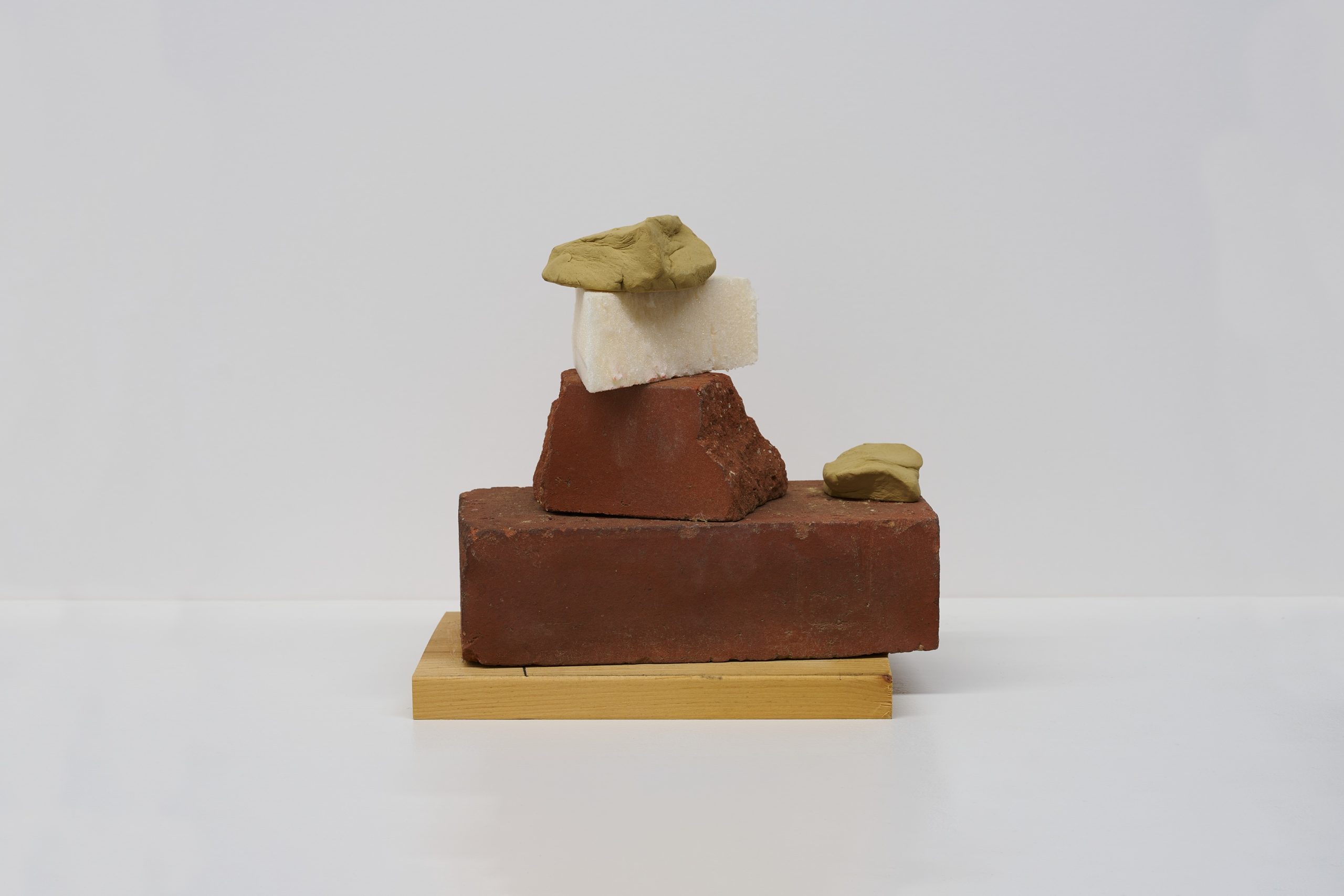
Yuka HOTTA : Te e bu lu
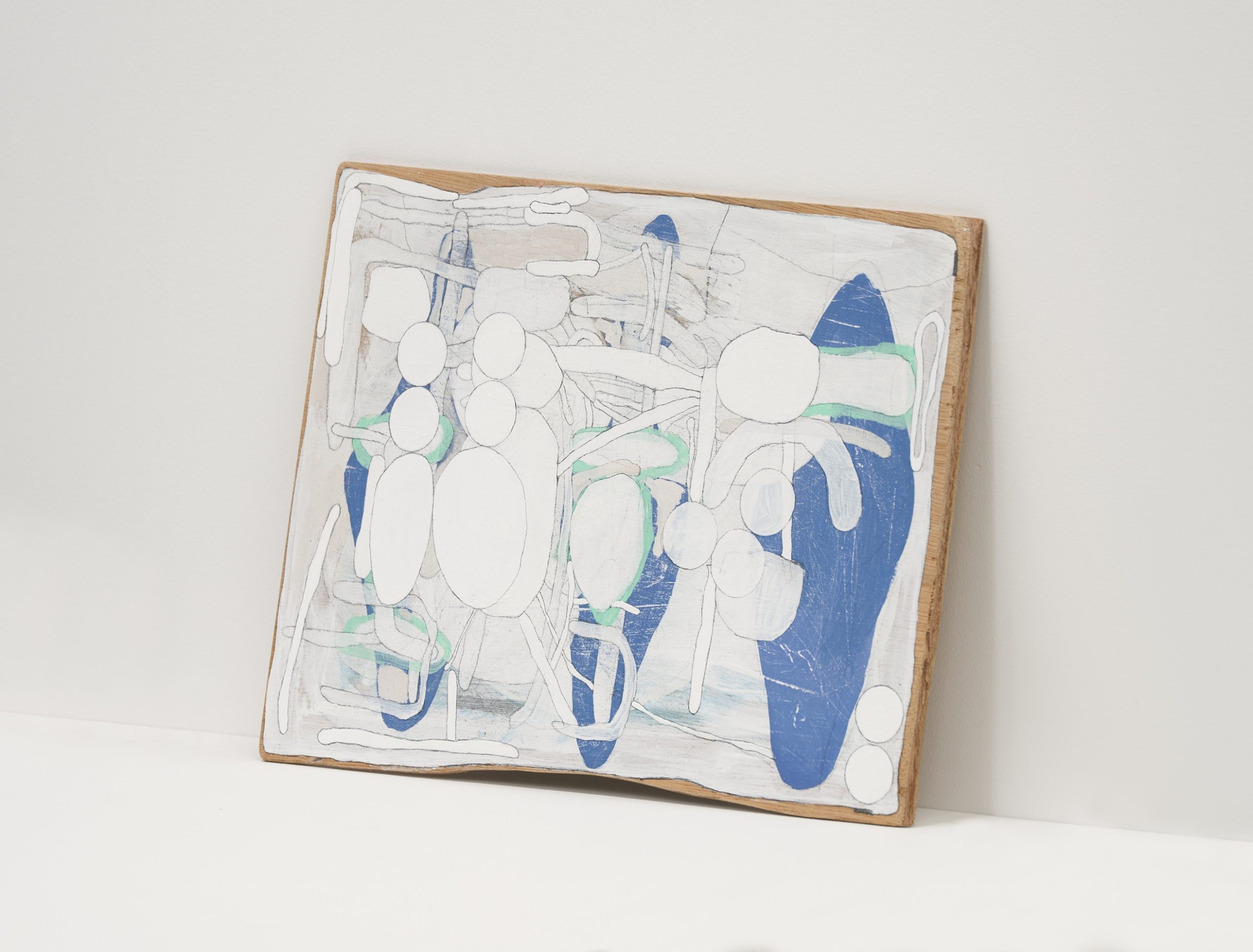
C-155
2025
Acrylic, pencil, gesso, plywood
27.6 x 36.6 x 0.5 cm
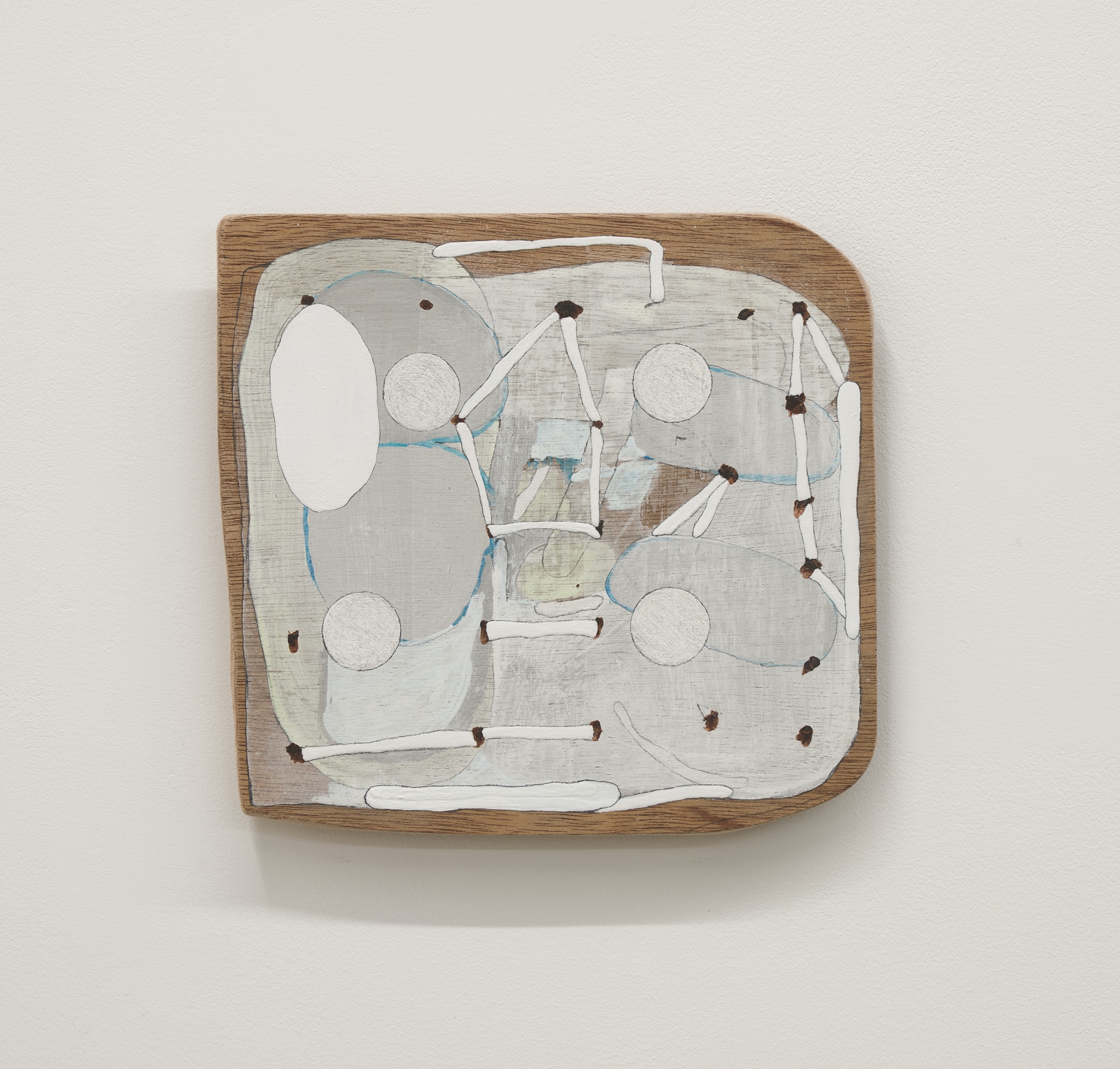
C-156
2025
Acrylic, pencil, gesso, plywood, wood
22.7 x 24 x 2.4 cm
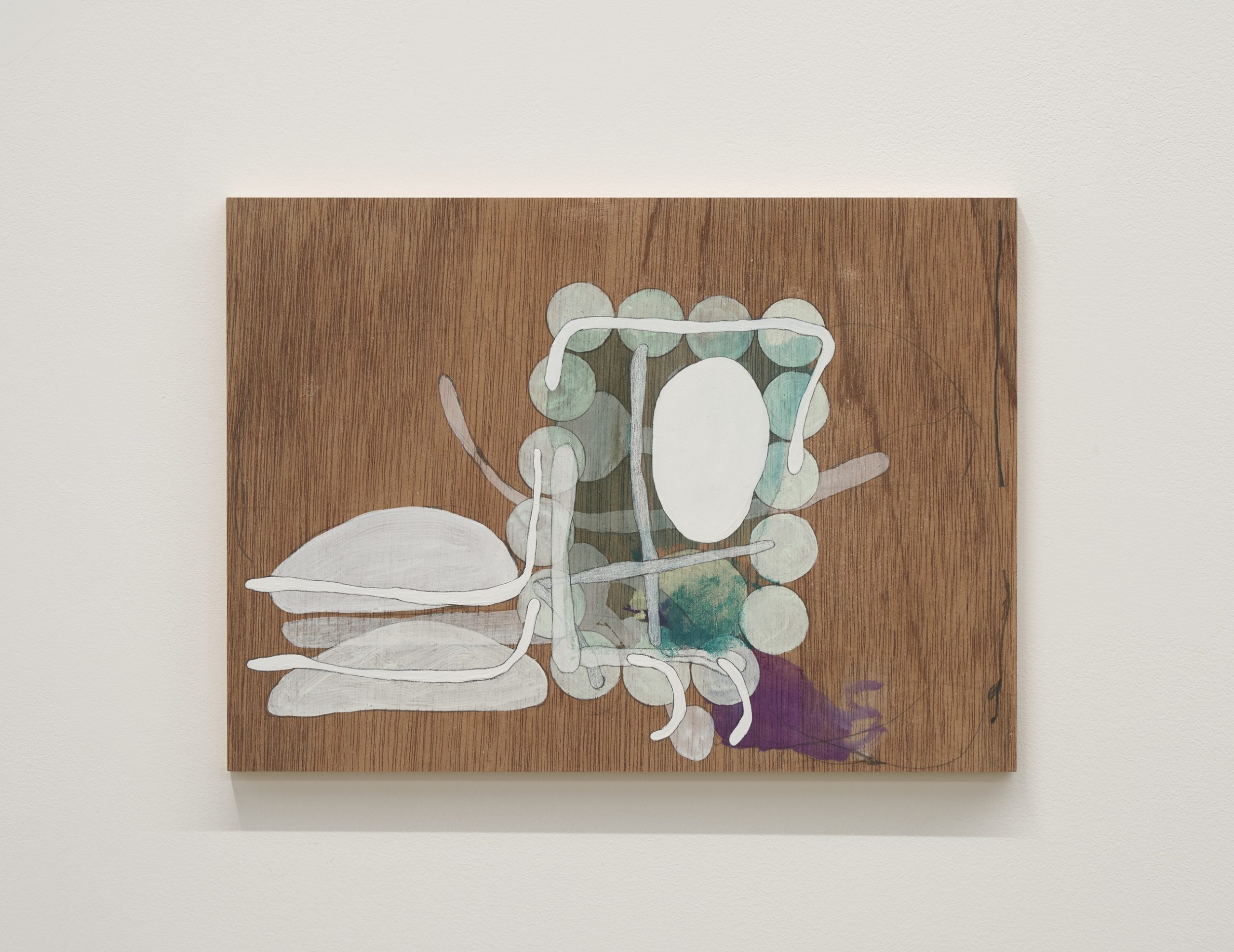
C-157
2025
Acrylic, pencil, gesso, panel
24.2 x 33.3 x 1.6 cm
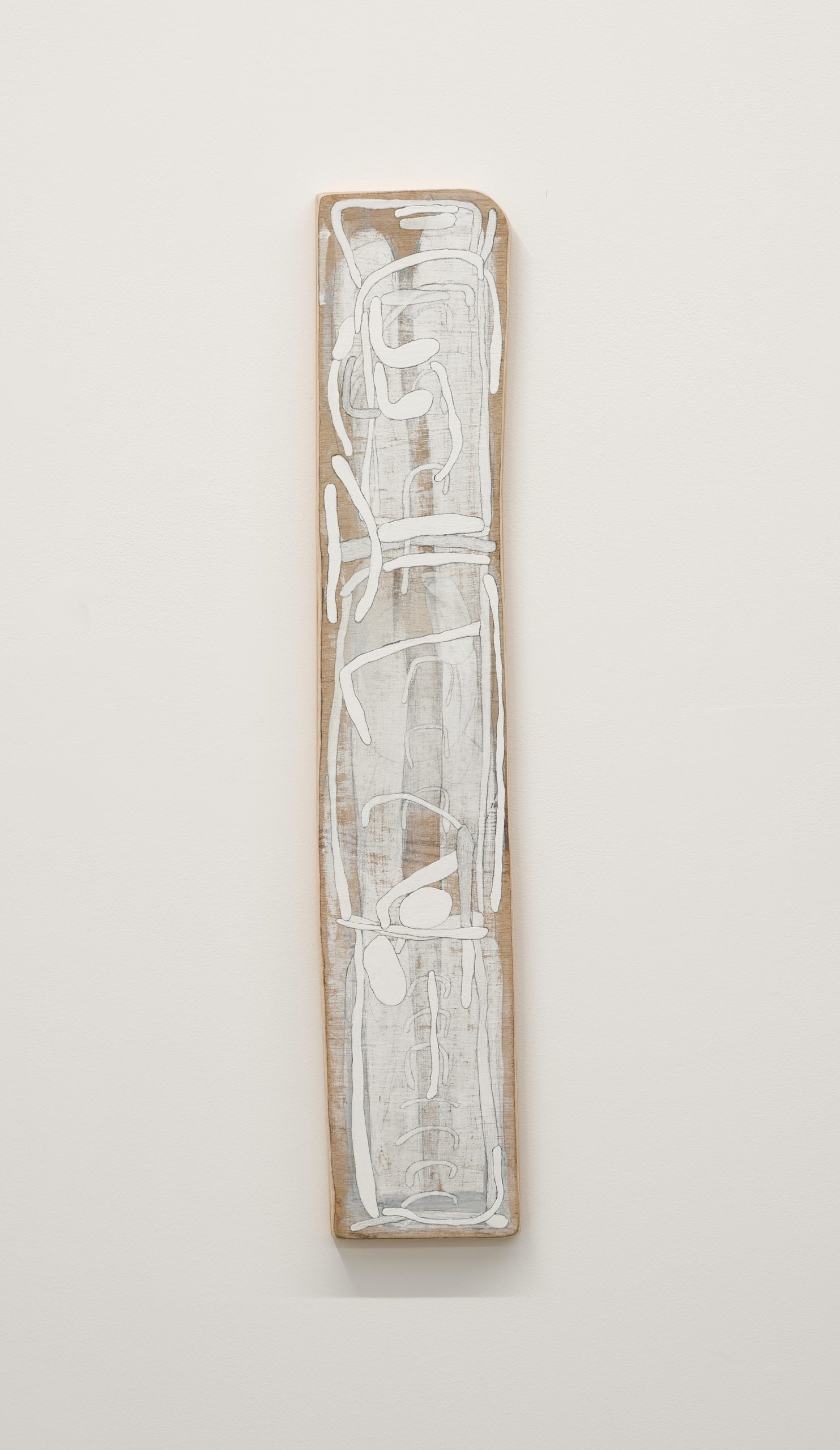
C-154
2025
Acrylic, pencil, gesso, plywood, wood
68.2 x 12.8 x 2.2 cm
Yuka HOTTA
Born 1999 in Aichi, Japan. With painting as her starting point, Hotta’s creation is centered around drawings and installations. In her recent works, she has experimented to use diverse media as intermediaries to produce drawings and incorporated printing as a method of expression.
Recent shows include Kobe Rokko Meets Art 2024 beyond (group, 2024), Patterns and Distance (group, Maki Fine Arts, 2024), act. Inframince (group, OGUMAG, 2024), a hue and cry. (curated by LI JINGWEN, group, Paichyu, 2024), BUG SCHOOL:Let’s Move Our Body! (group, BUG, 2023), Karadesu (solo, APdonou, 2023), pppractice (solo, Flat River Gallery, 2023), Non-exist Joints (solo, Kameido Art Center, 2023), Uraraka Painting Festival (group, The 5th Floor, 2023).
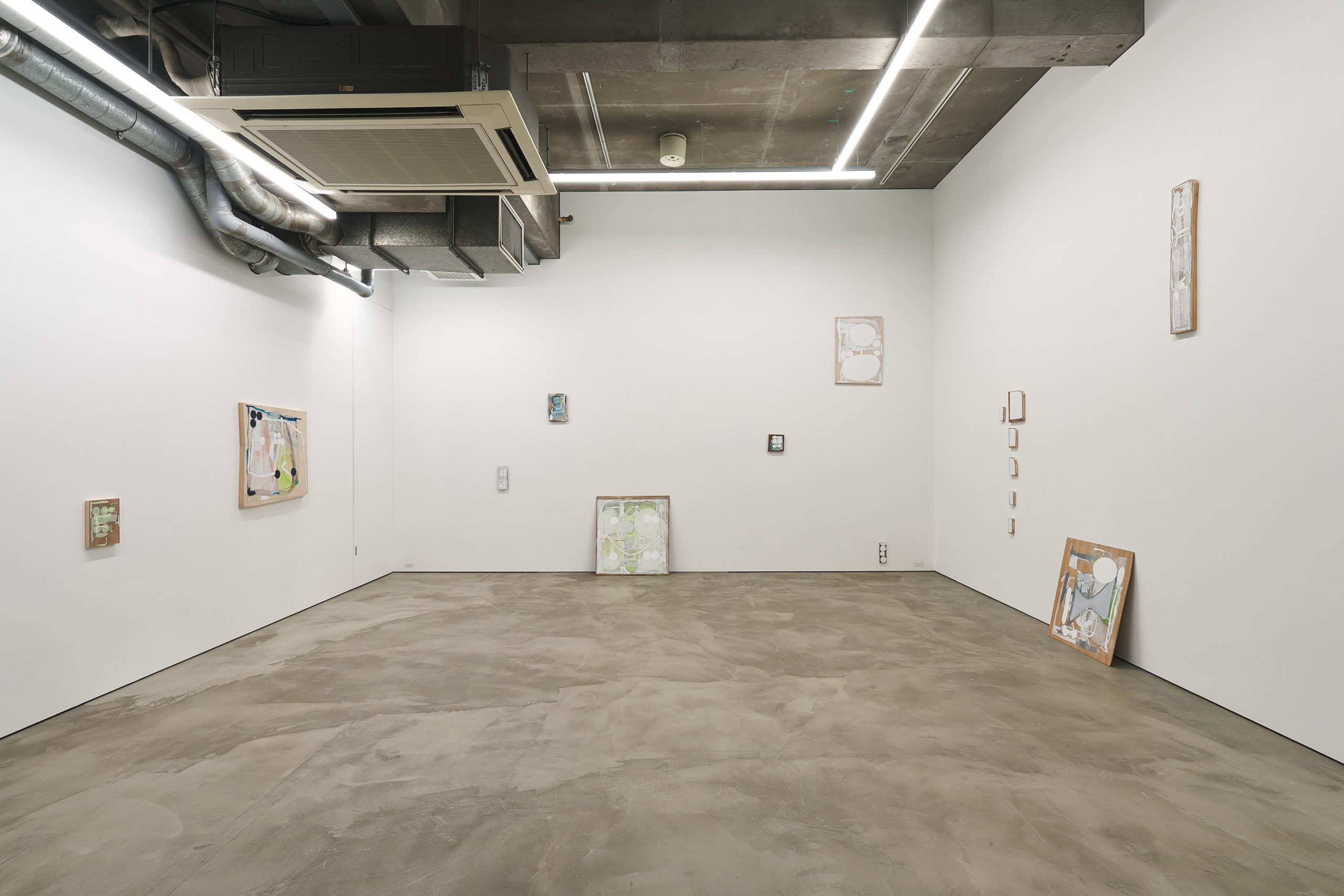
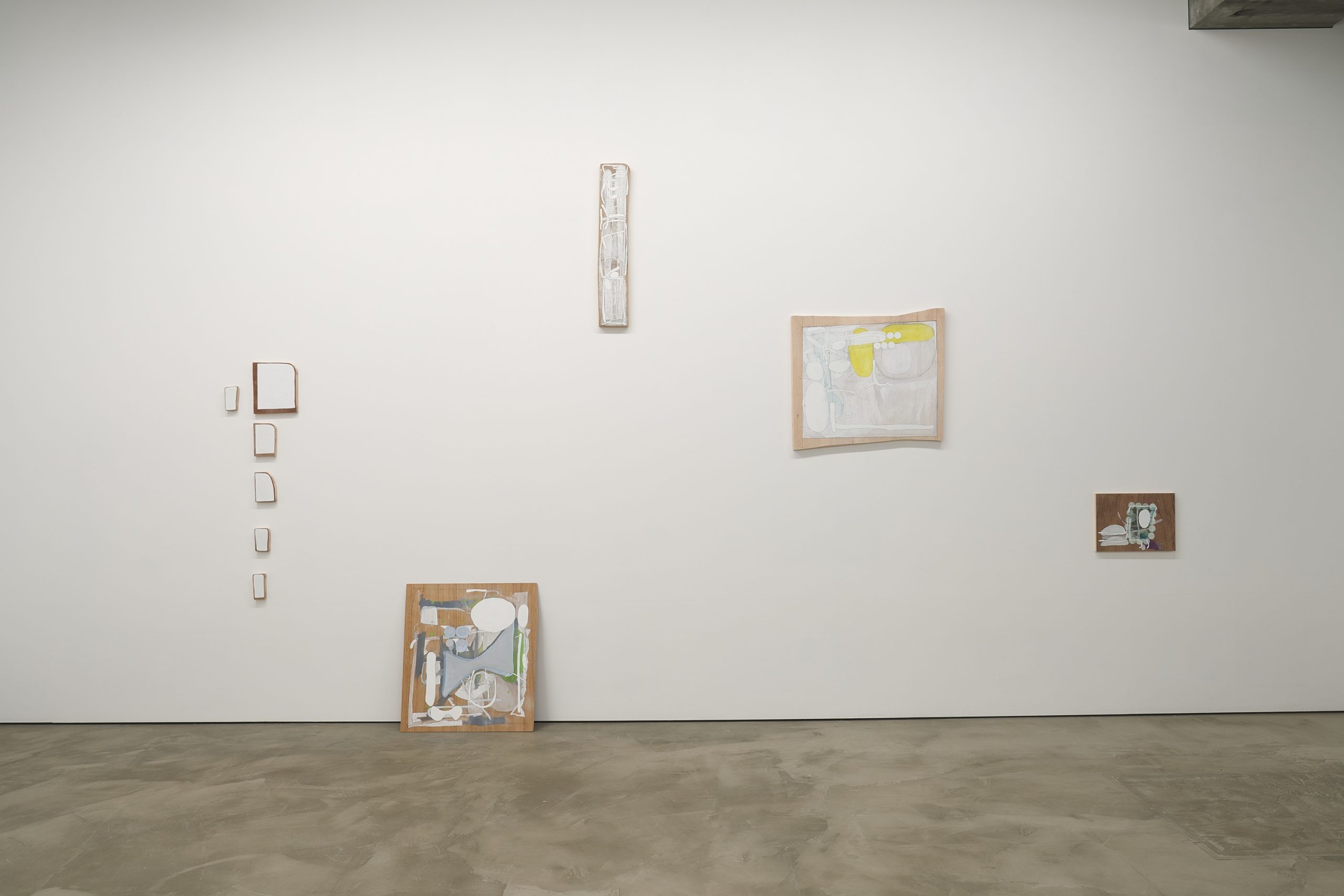
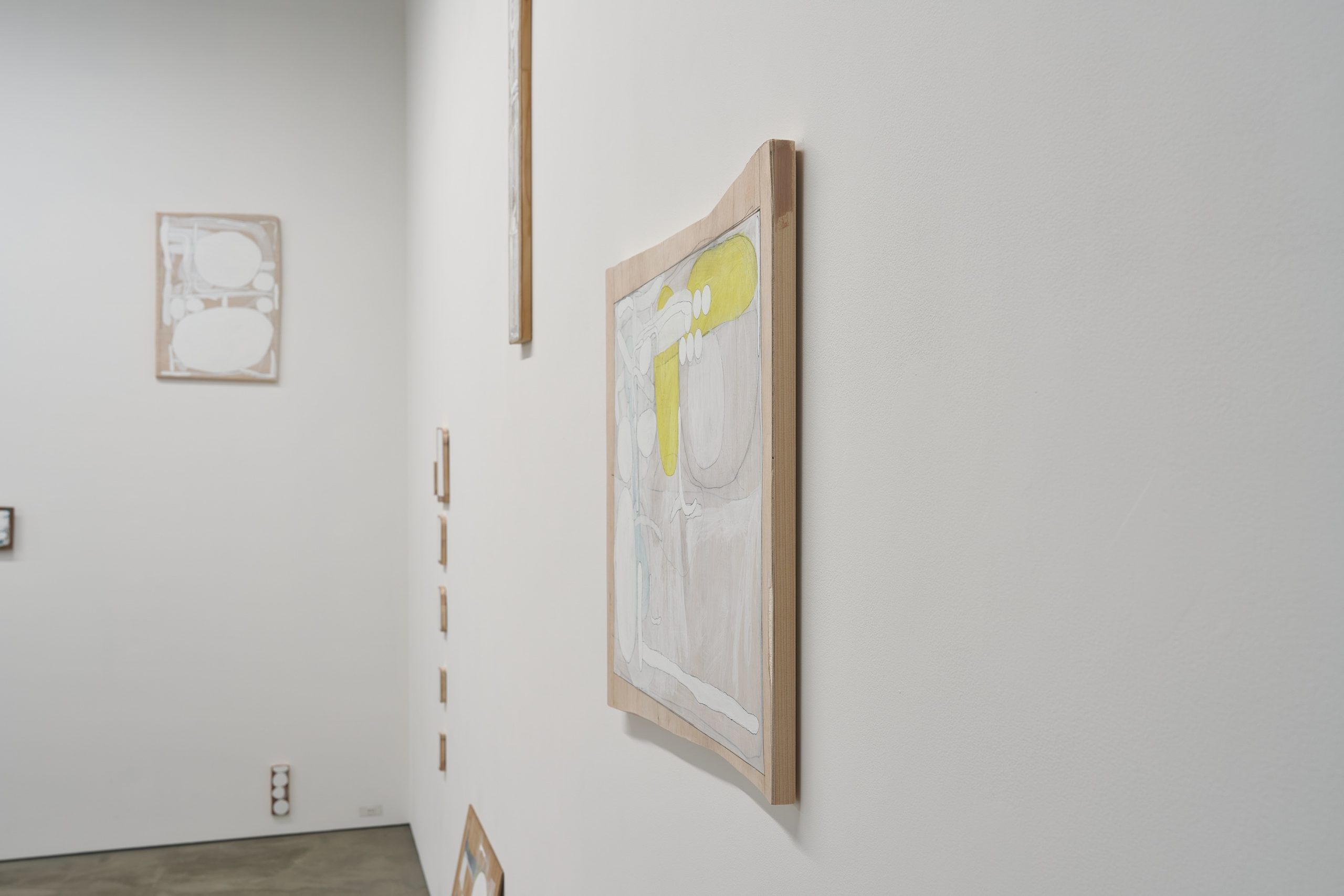
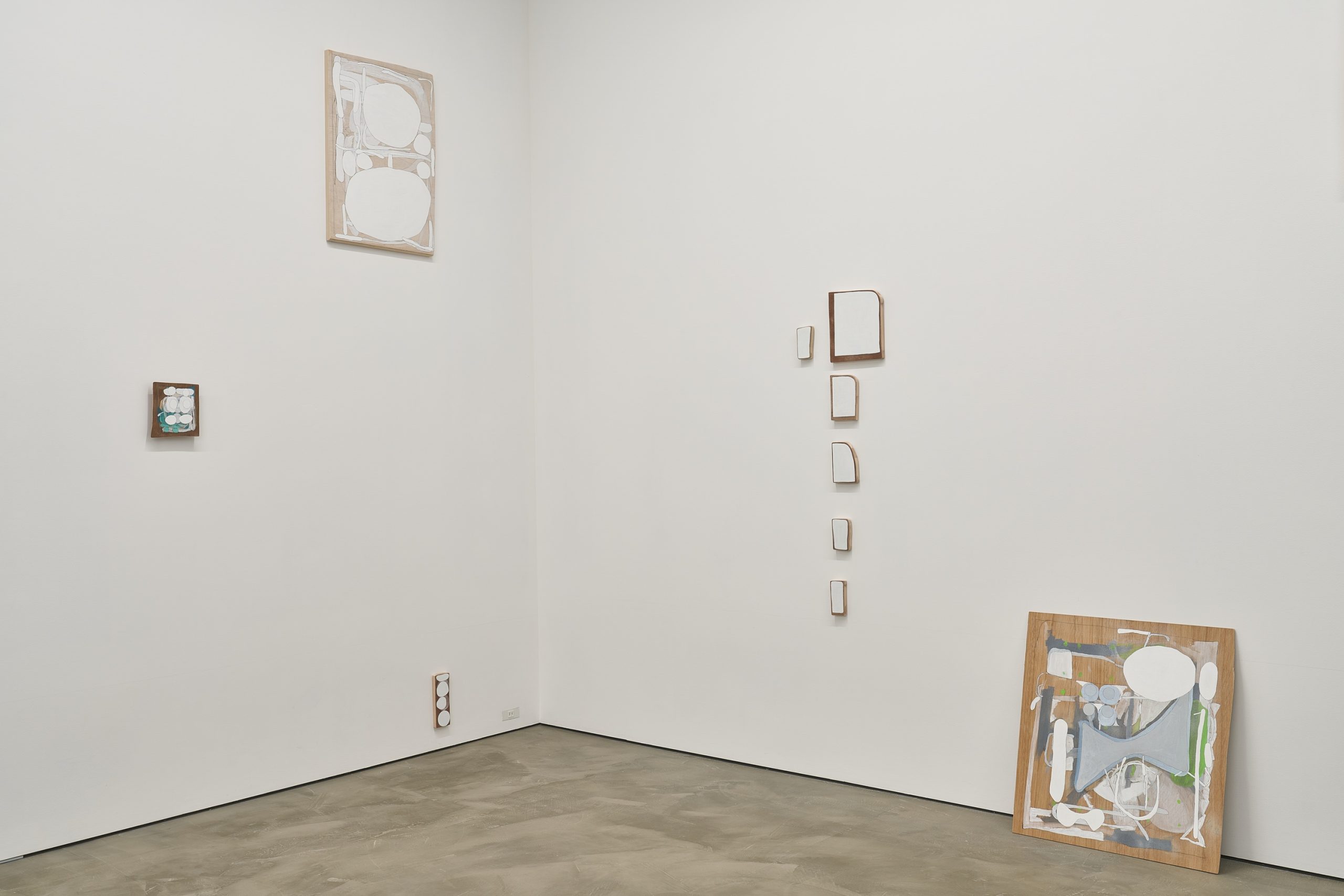
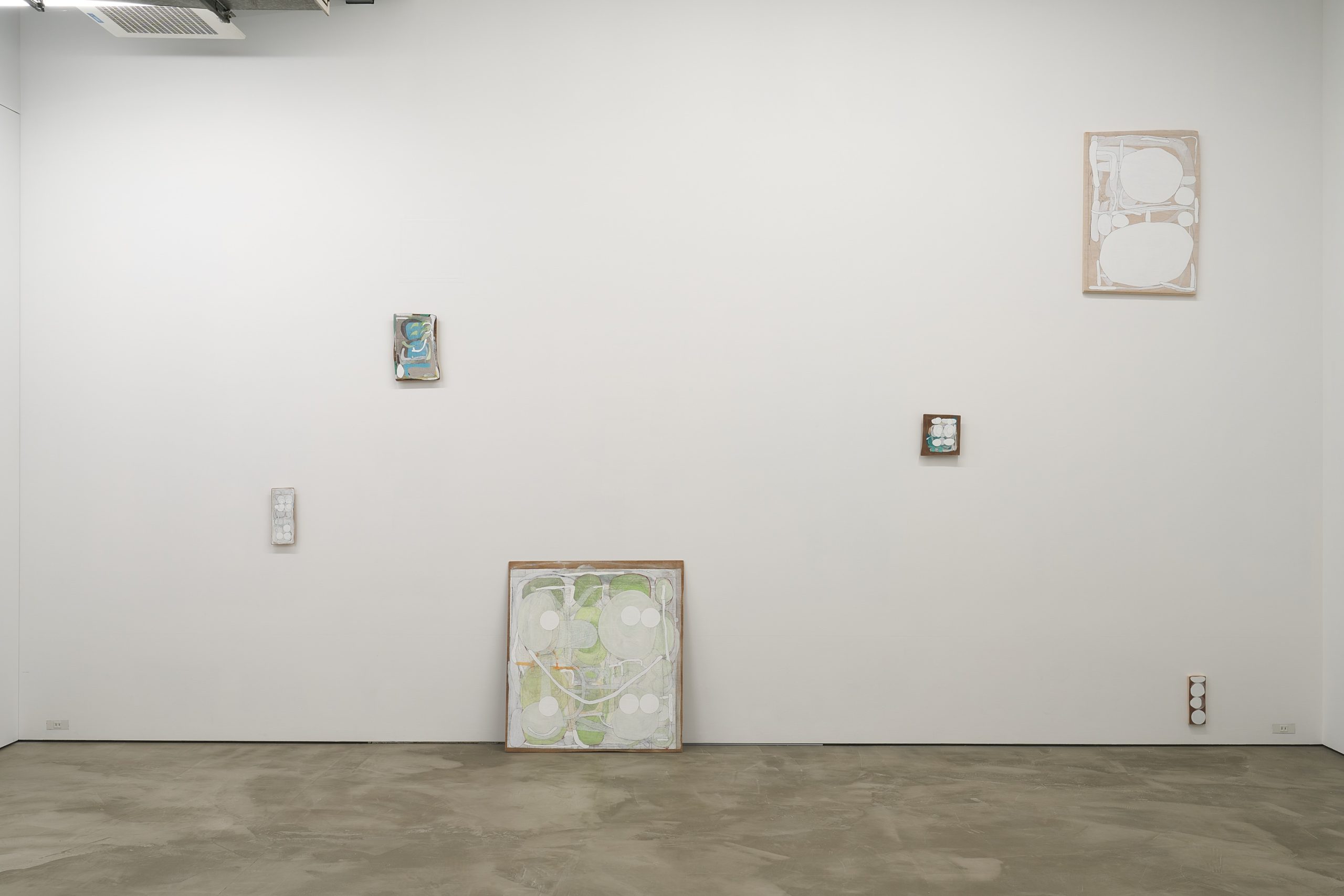
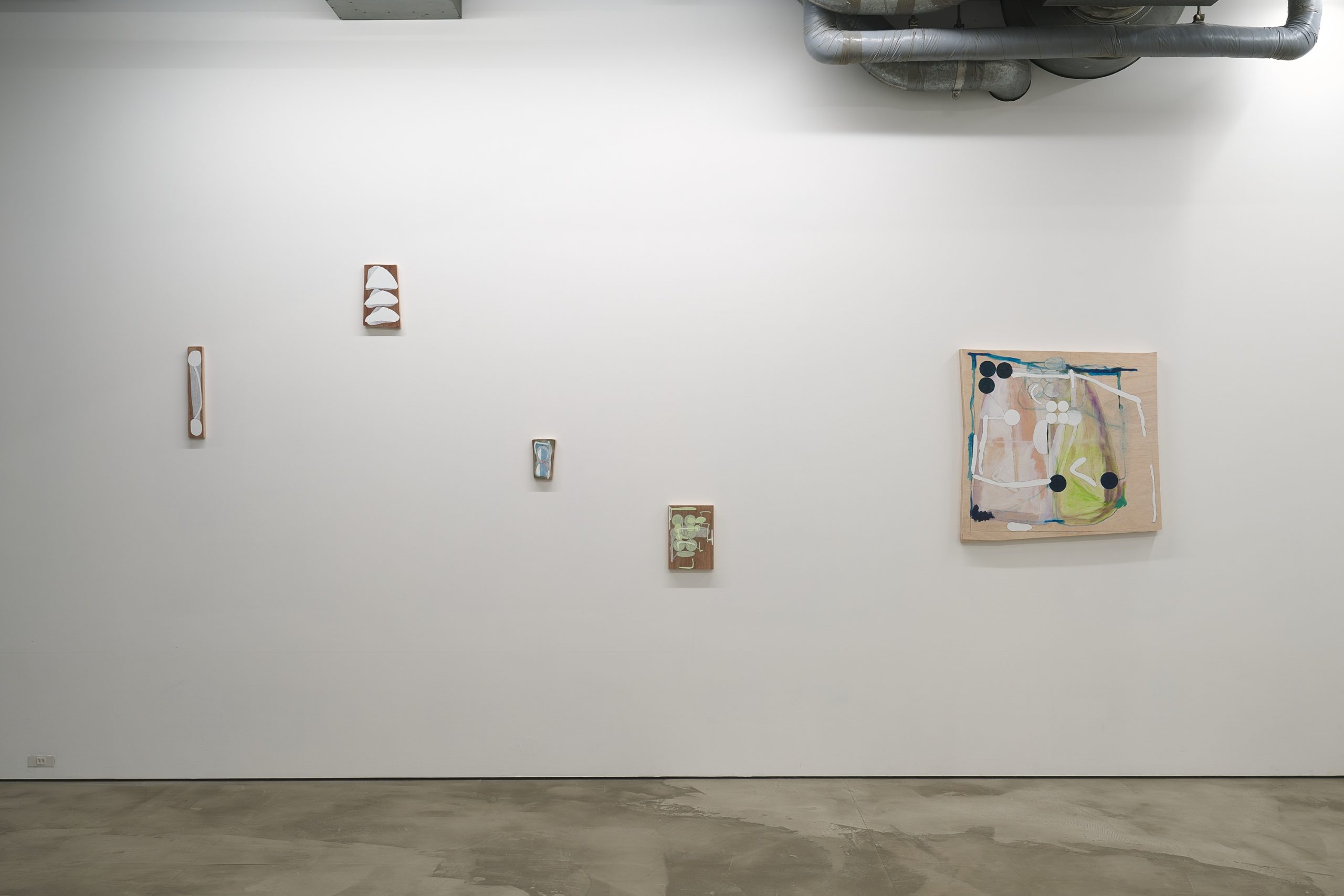
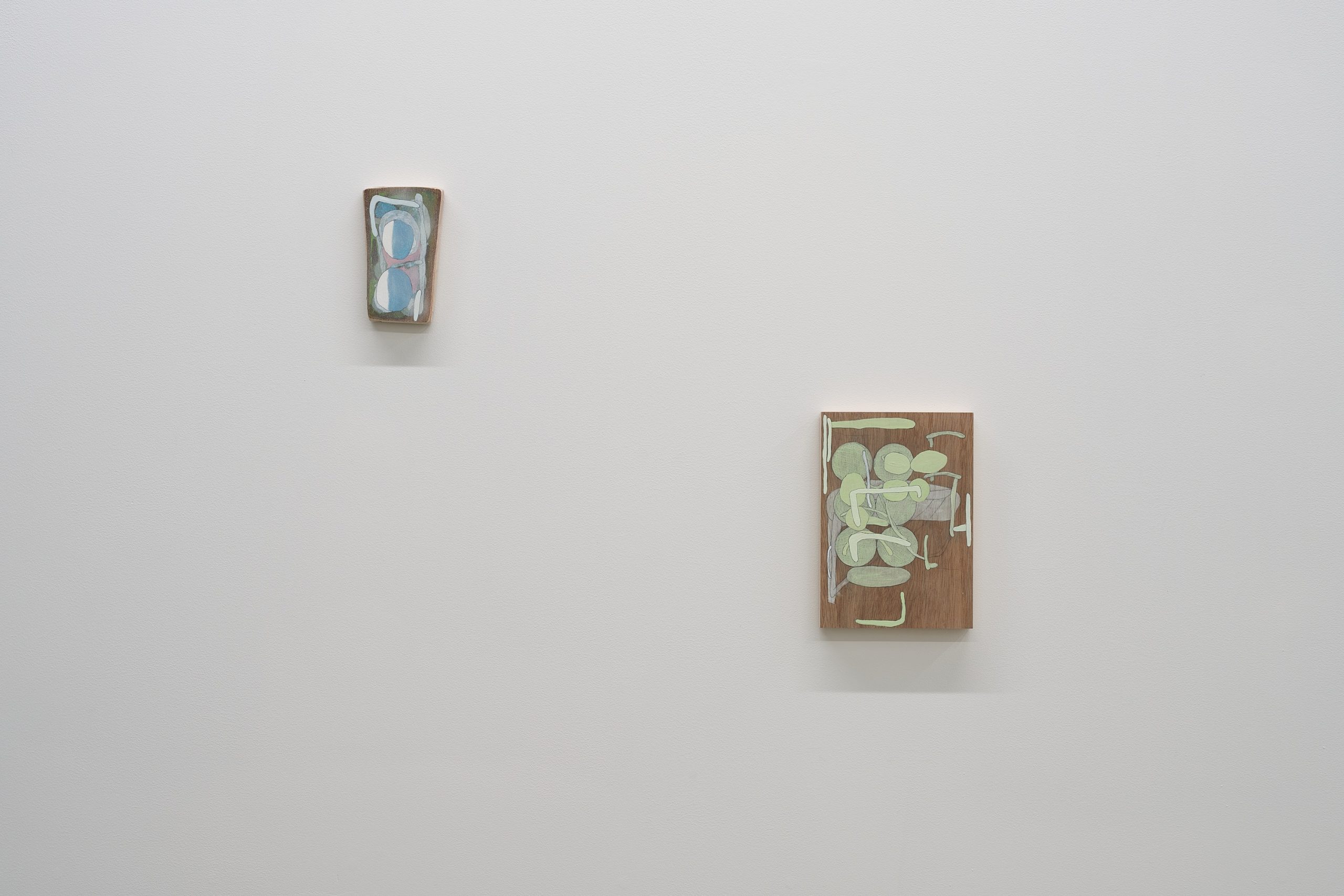
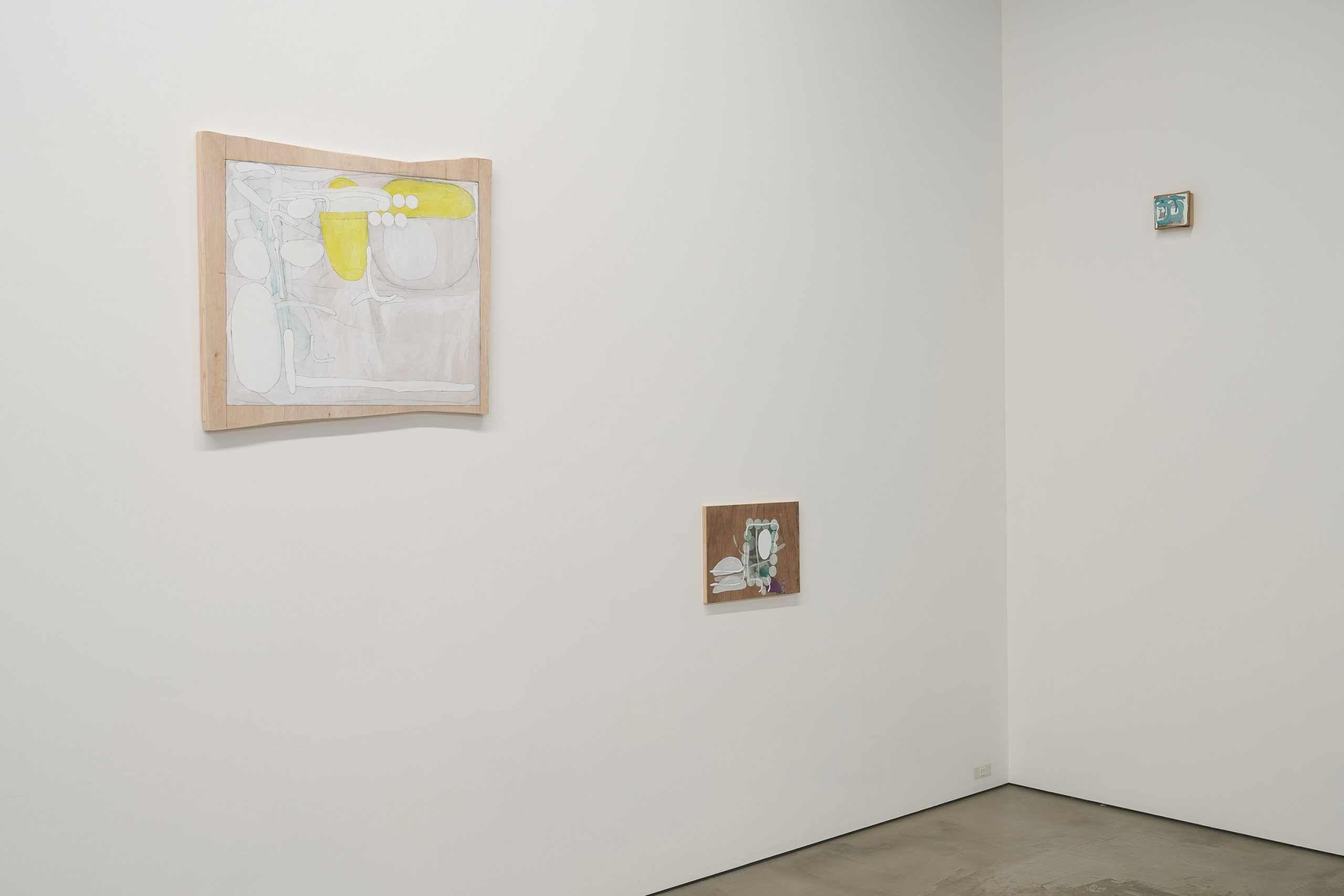
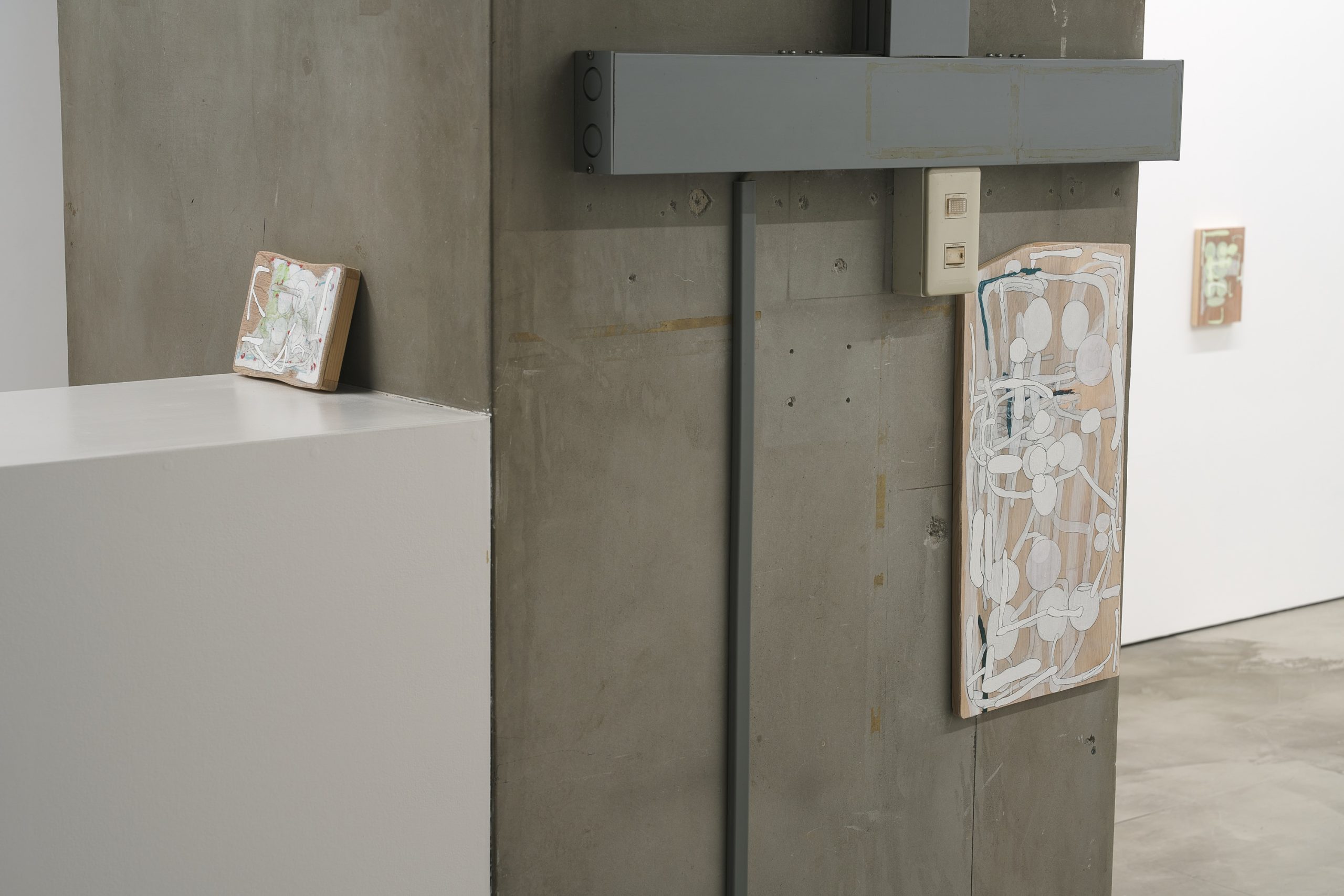
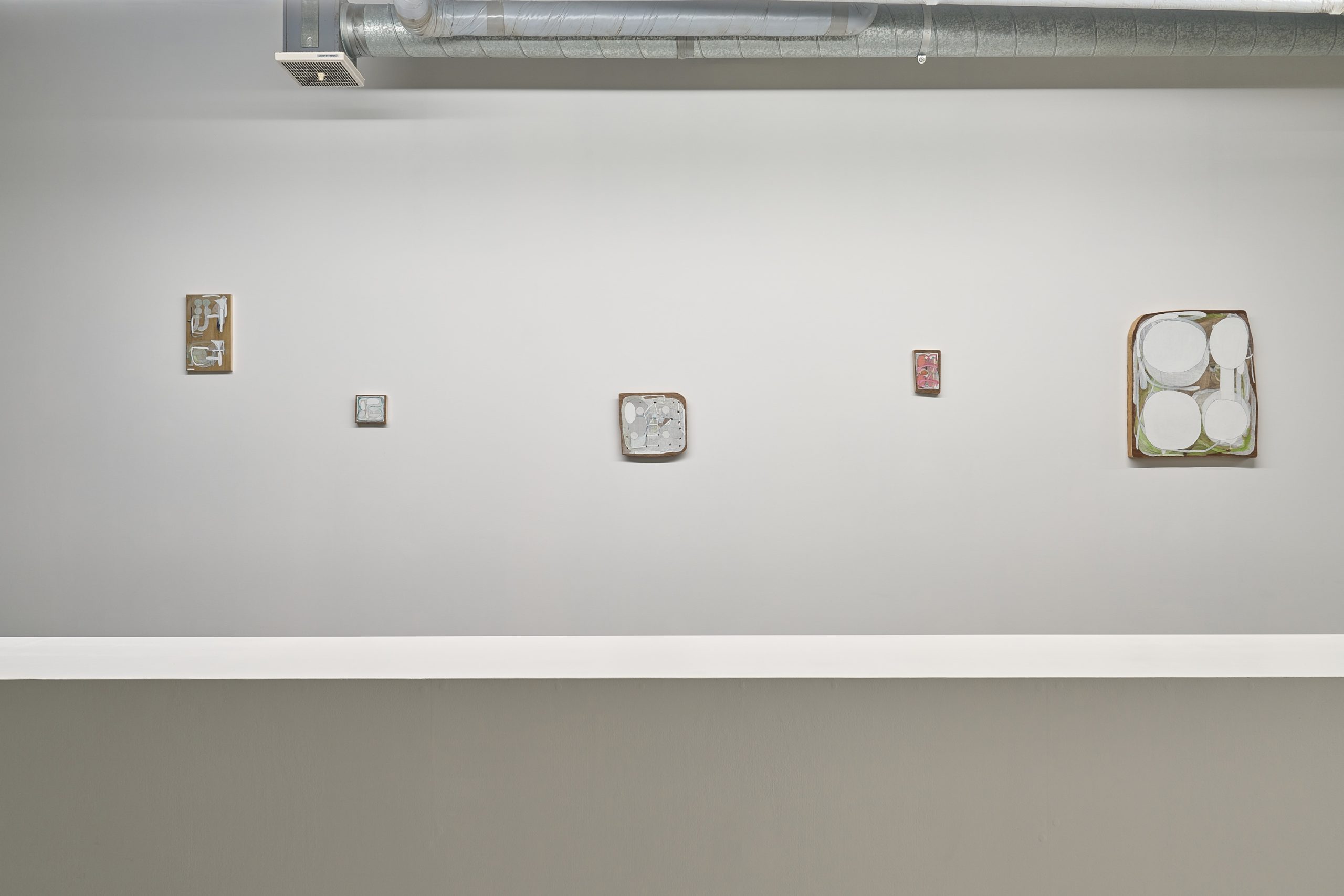
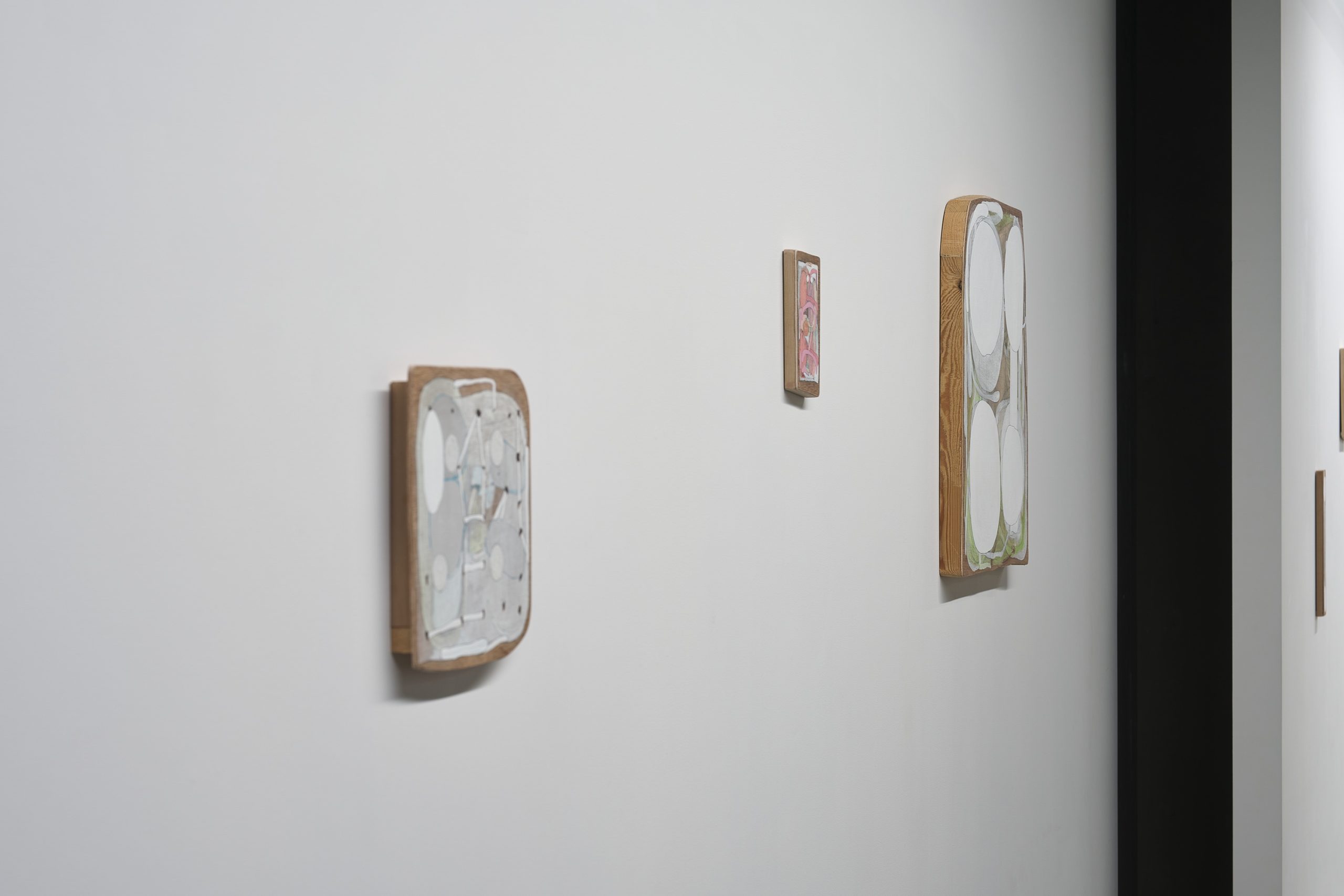
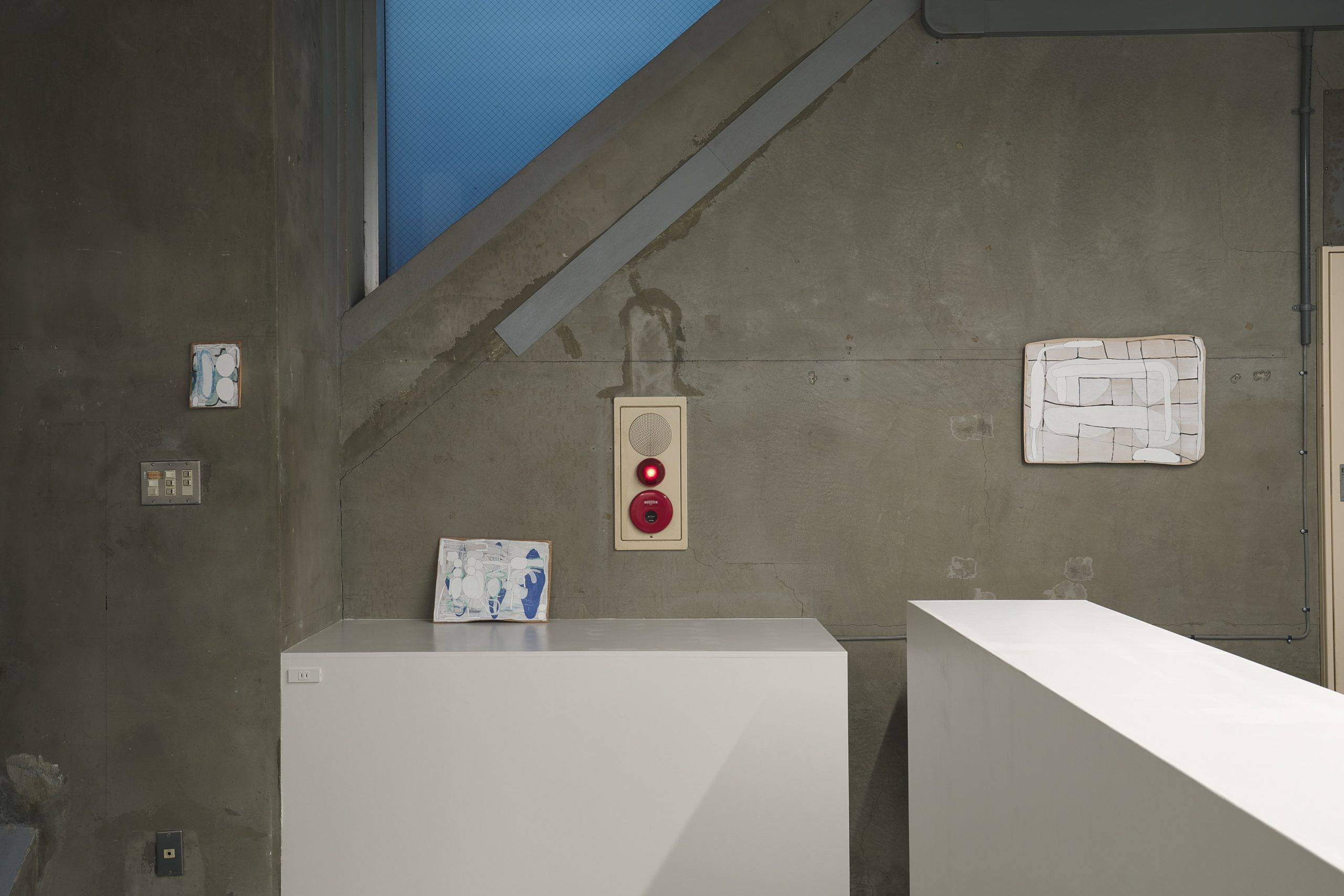
Shoko MASUNAGA : Somewhere Here, Near There
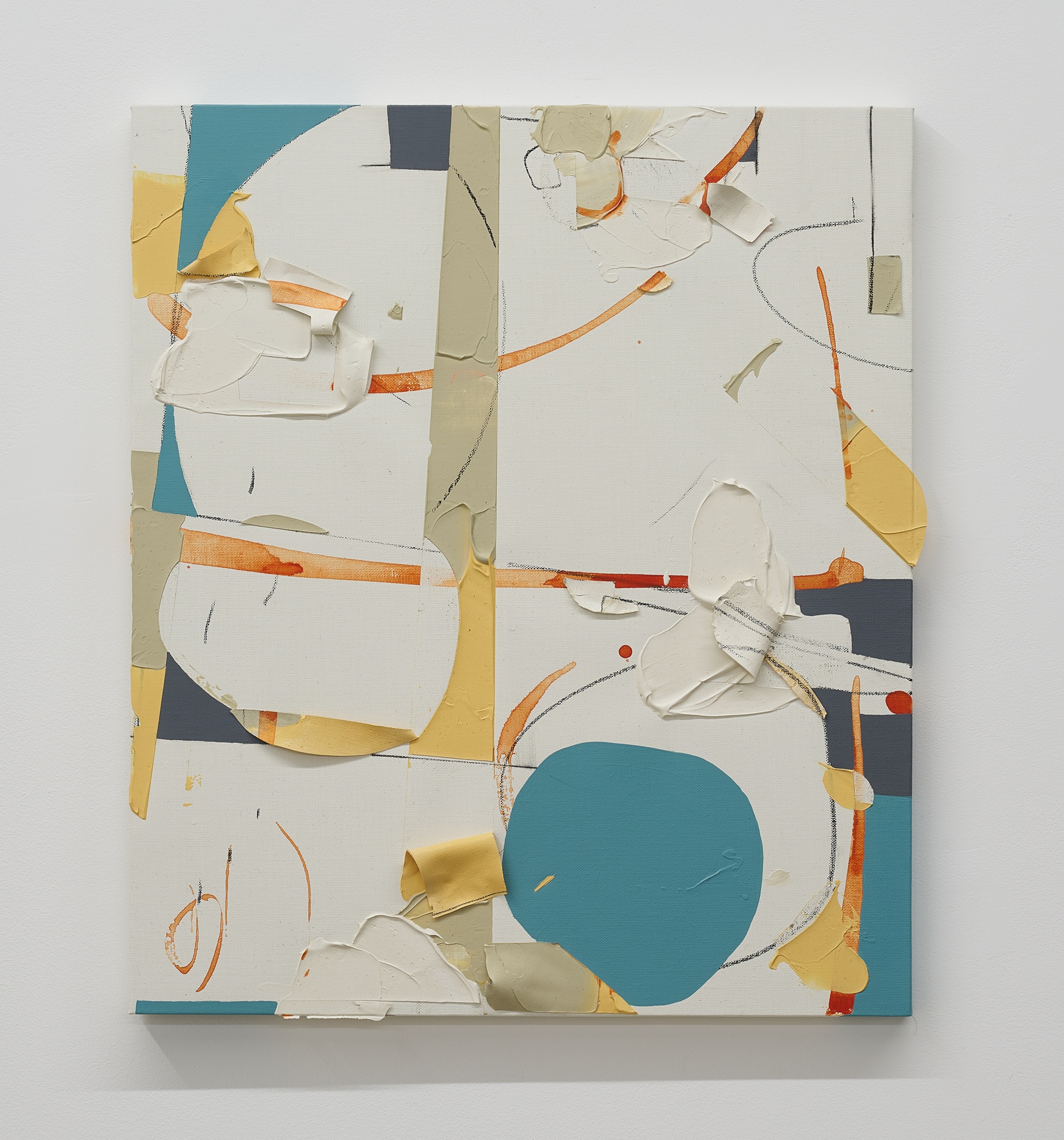
Story About the Color Called Blue
2025
Acrylic, dermatograph on canvas
53 x 46.3 x 3.8 cm
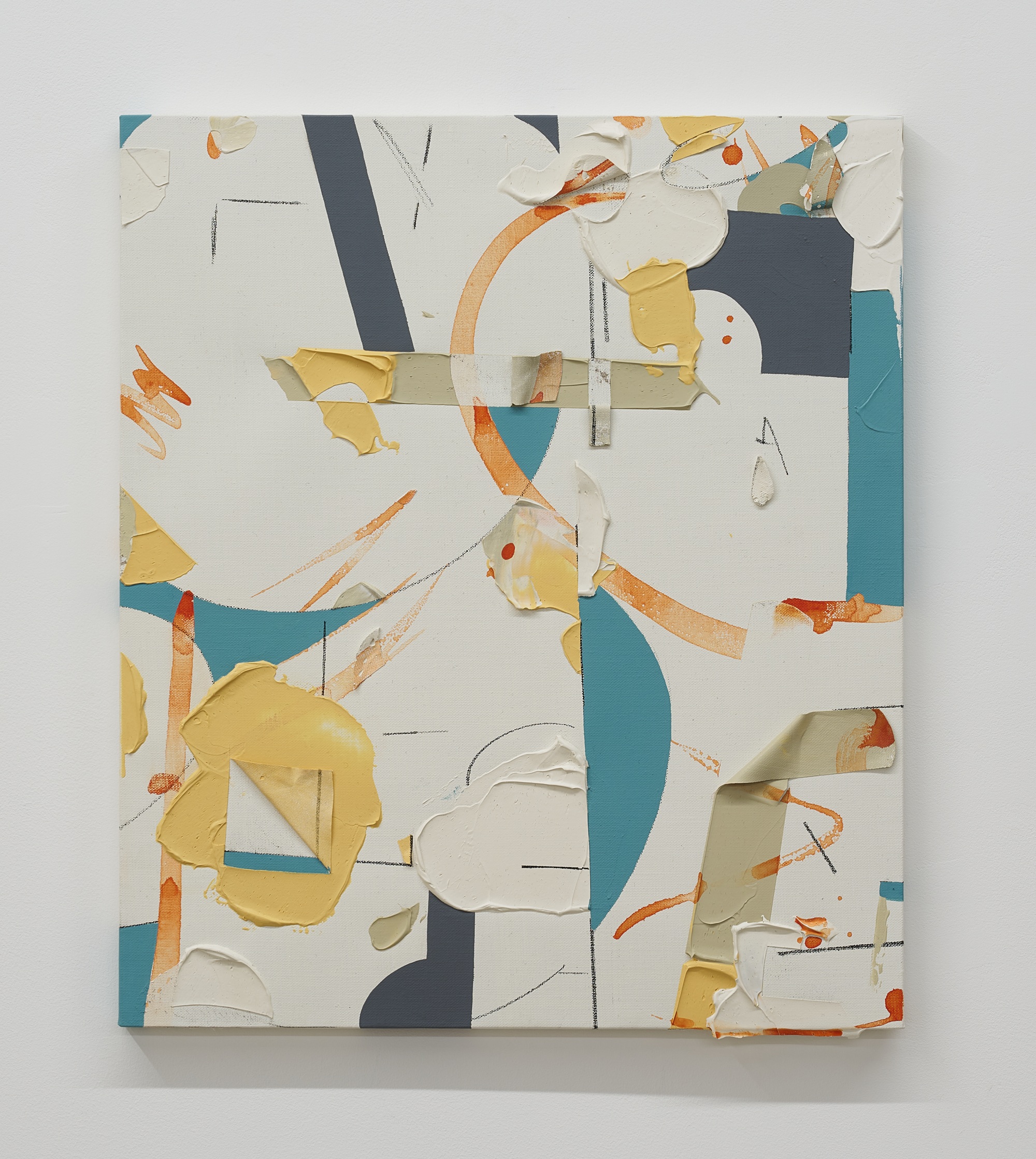
A Gusty Wind Occasionally Blows Around Here
2025
Acrylic, dermatograph on canvas
53.8 x 45.5 x 3 cm
Maki Fine Arts is pleased to present Somewhere Here, Near There, Shoko Masunaga’s second solo exhibition held at the gallery. The exhibition will open on March 22 (Sat) and run until April 20 (Sun).
The fifteen or so new creations showcased at the exhibition are considered the descendant and development of the works from the artist’s 2023 solo show What Comes After the Beyond (Maki Fine Arts). The paintings, produced by peeling and folding fragments of paint “membranes” covering the canvas, can be described as formative. Paint fragments, freed from the confines of the support structure, make dynamic movements, capturing the moments where the front and back, and inside and outside, intersect while creating a tense surface. In the production phase, the pieces are not handled separately, but several of them are juxtaposed tightly. Their combined surface is painted across, then the pieces are rotated individually, joined again, and painted. The action is repeated, resulting in images (lines and color fields) that are partially connected, with traces of detached segments found on the surfaces of other pieces. Such continuous connection is what characterizes the series of works as a whole. Until now, Masunaga has created paintings by following a self-imposed rule of starting with lines and then applying colors. Some of the new works deliberately reverse this order and execute fresh gestures.
—
Shoko MASUNAGA
Born 1980 in Osaka, Japan. Her creative process originates from paintings and utilizes a variety of techniques. By focusing on the connections to the surrounding environment and space, her works become fluid and interchangeable.
Recent shows include Abstractions – from a certain point – (group, CADAN Yurakucho, 2024), Ginza Curator’s Room #005 Angel’s Perch (group, Shibunkaku Ginza, 2023), What Comes After the Beyond (solo, Maki Fine Arts, 2023), editing (solo, nidi Gallery,2022), replace (solo, LOKO Gallery, 2021).
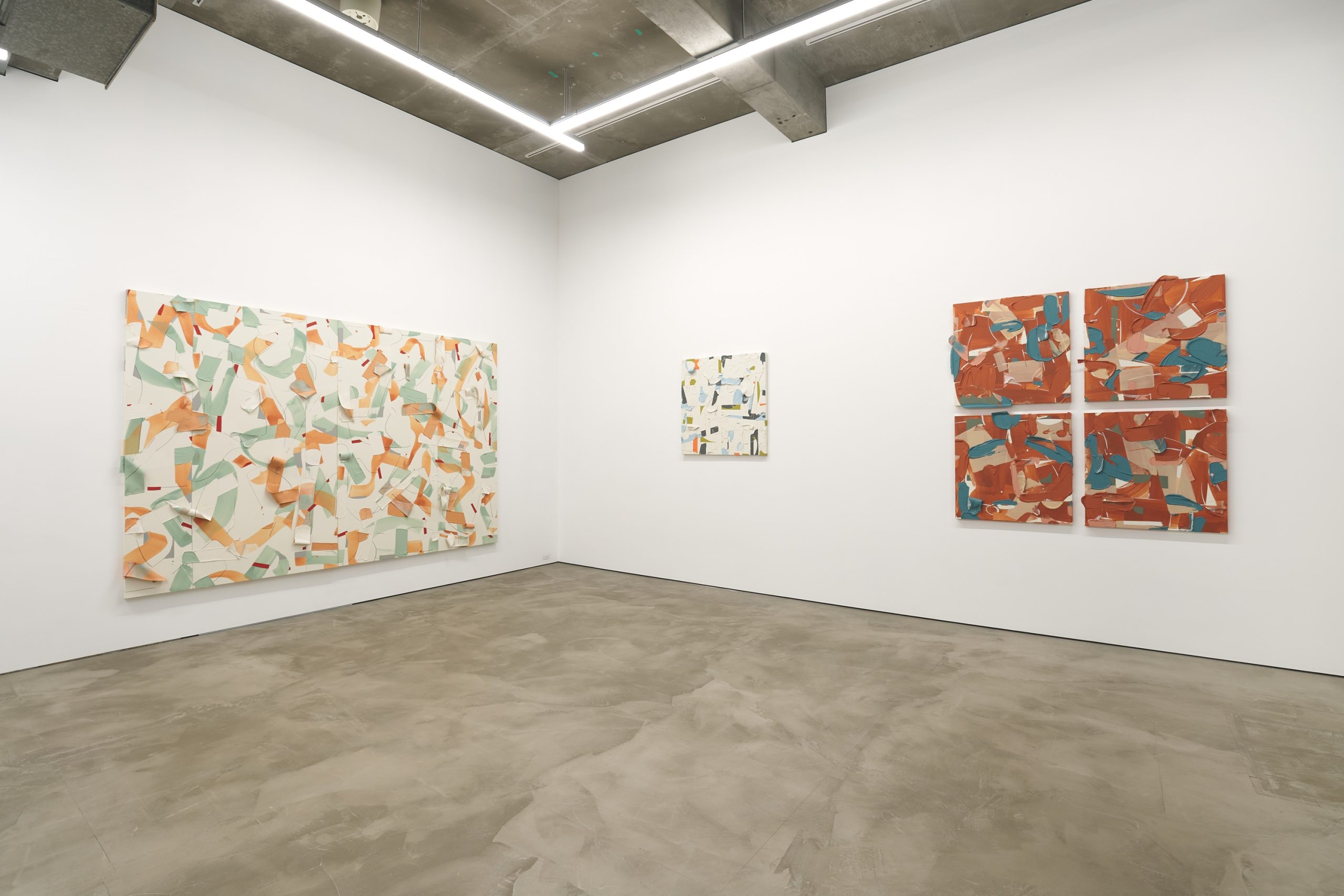
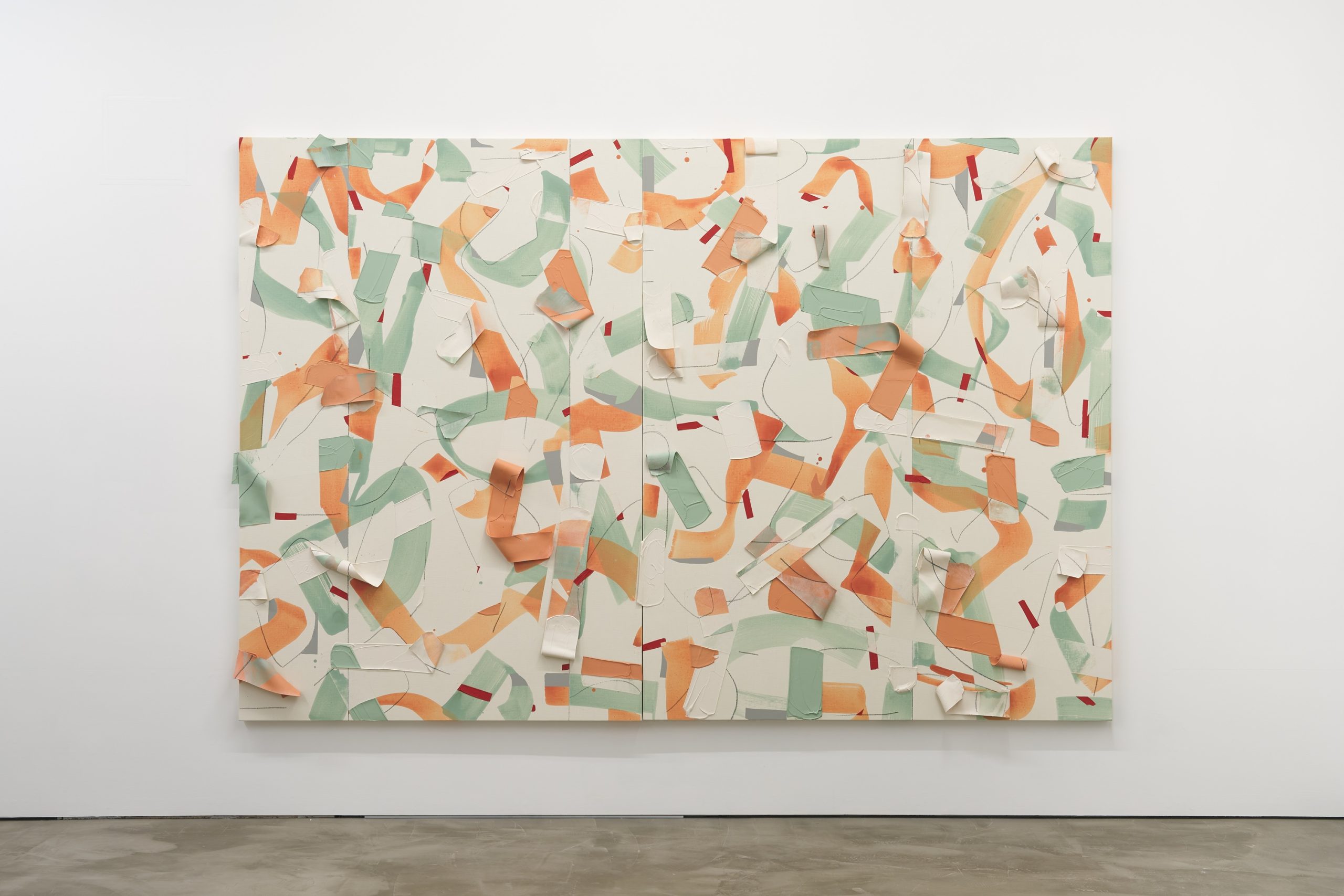
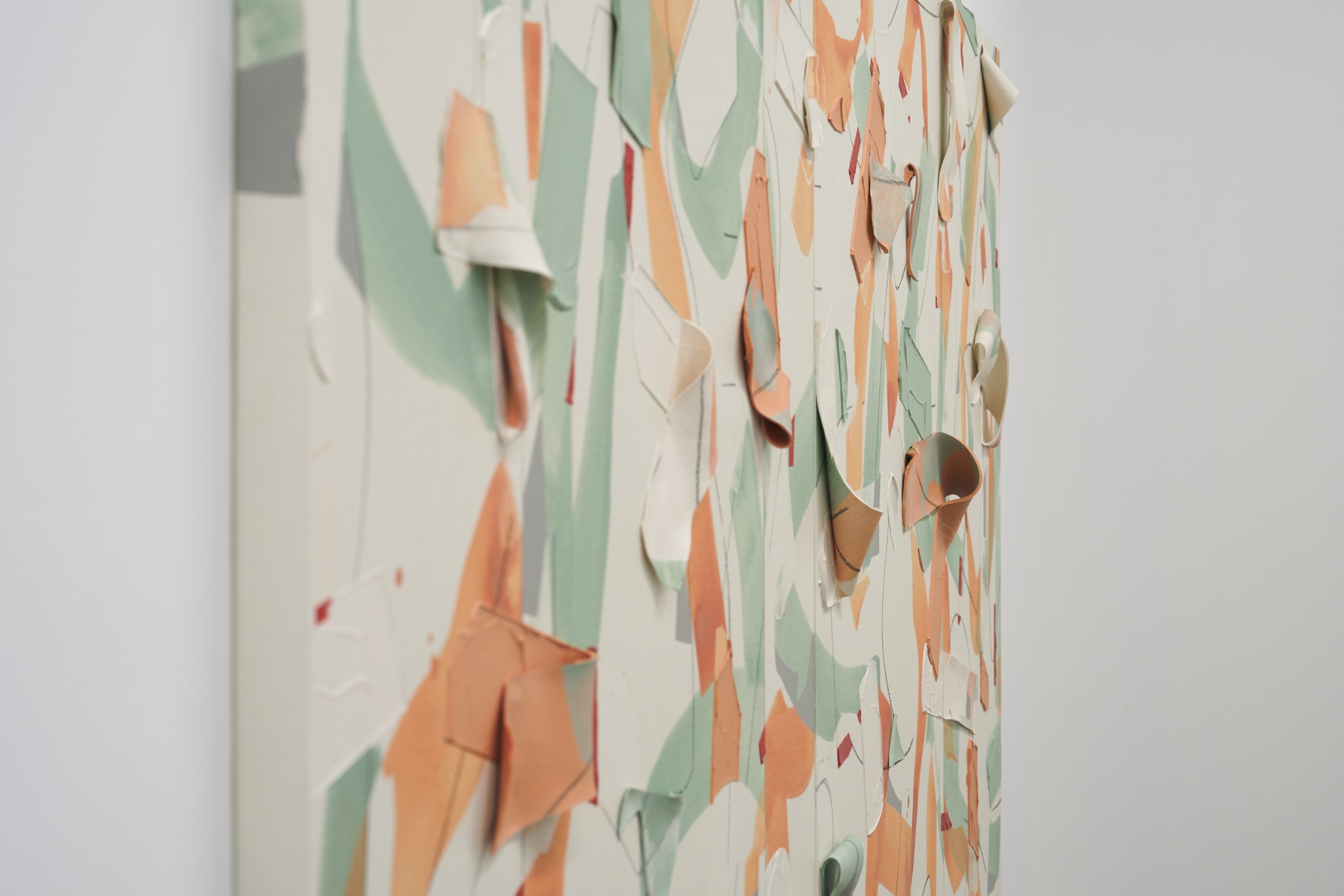
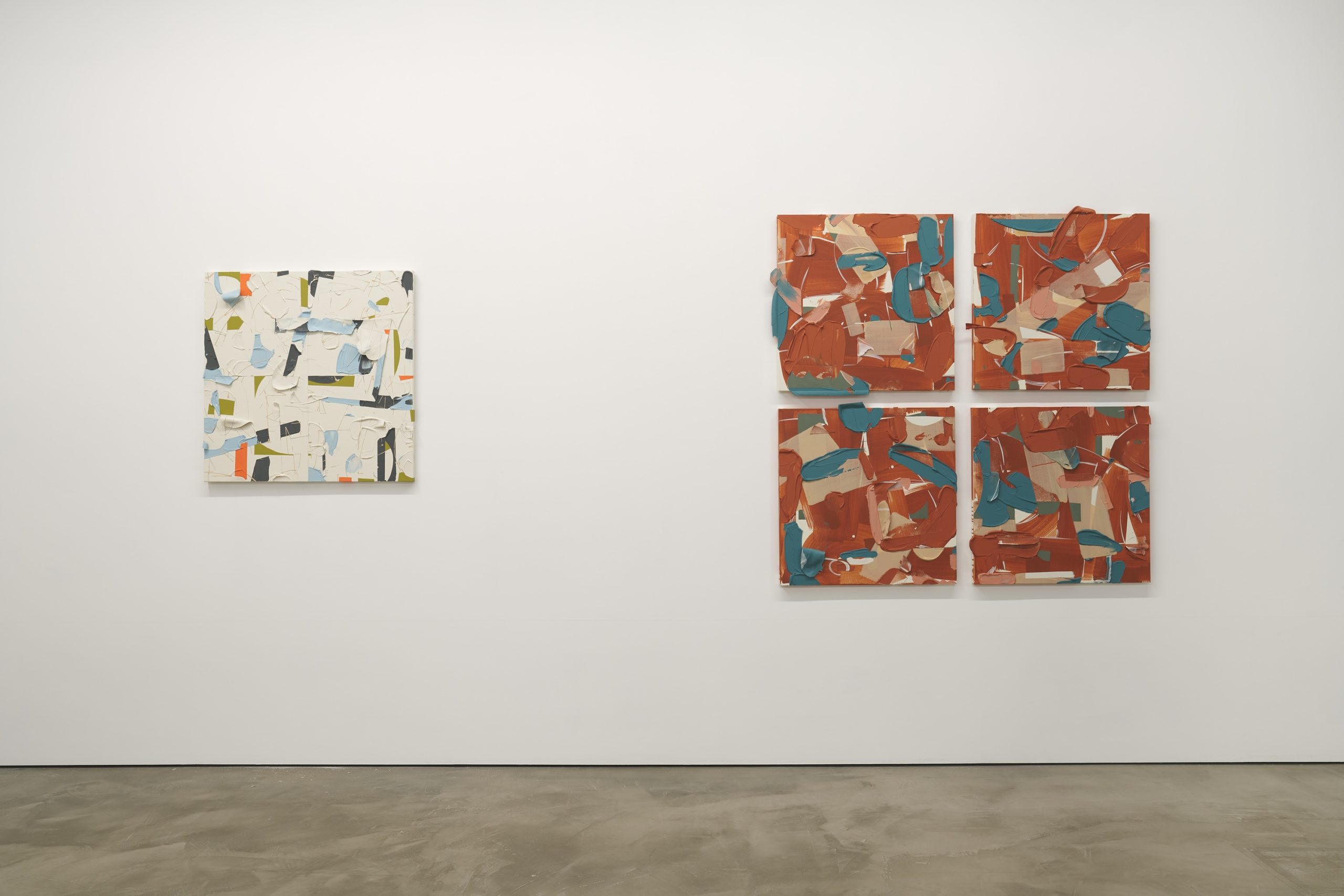
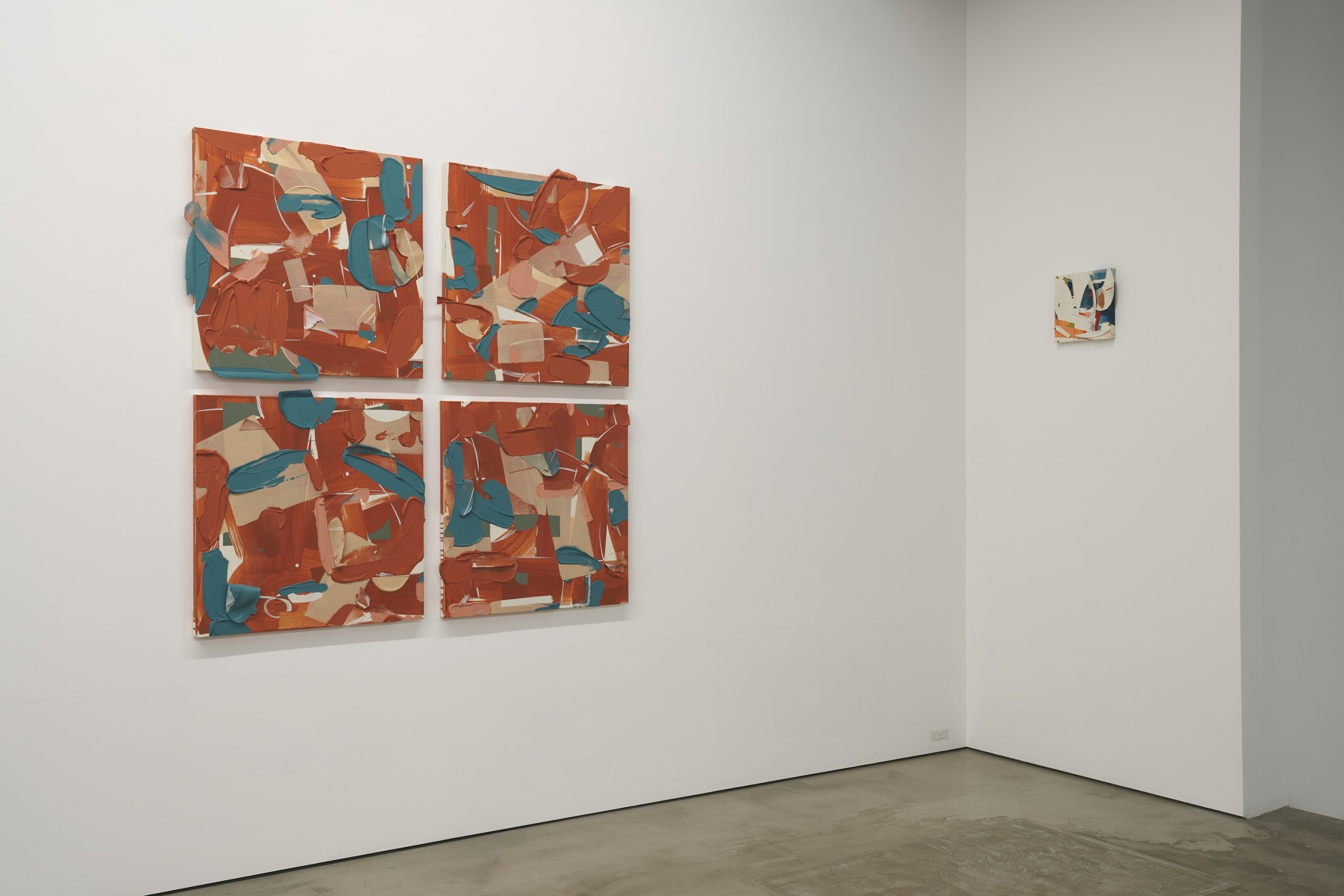
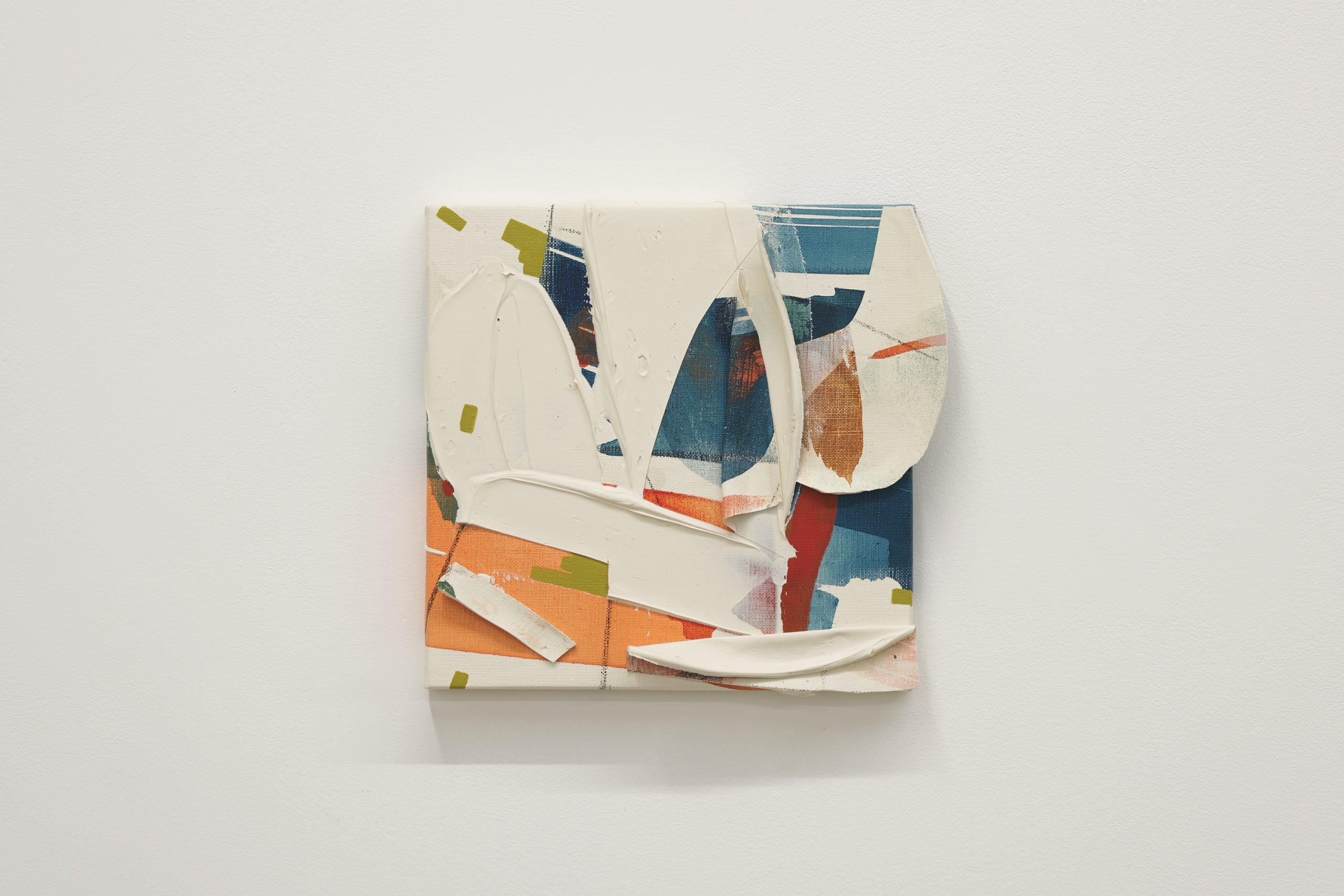
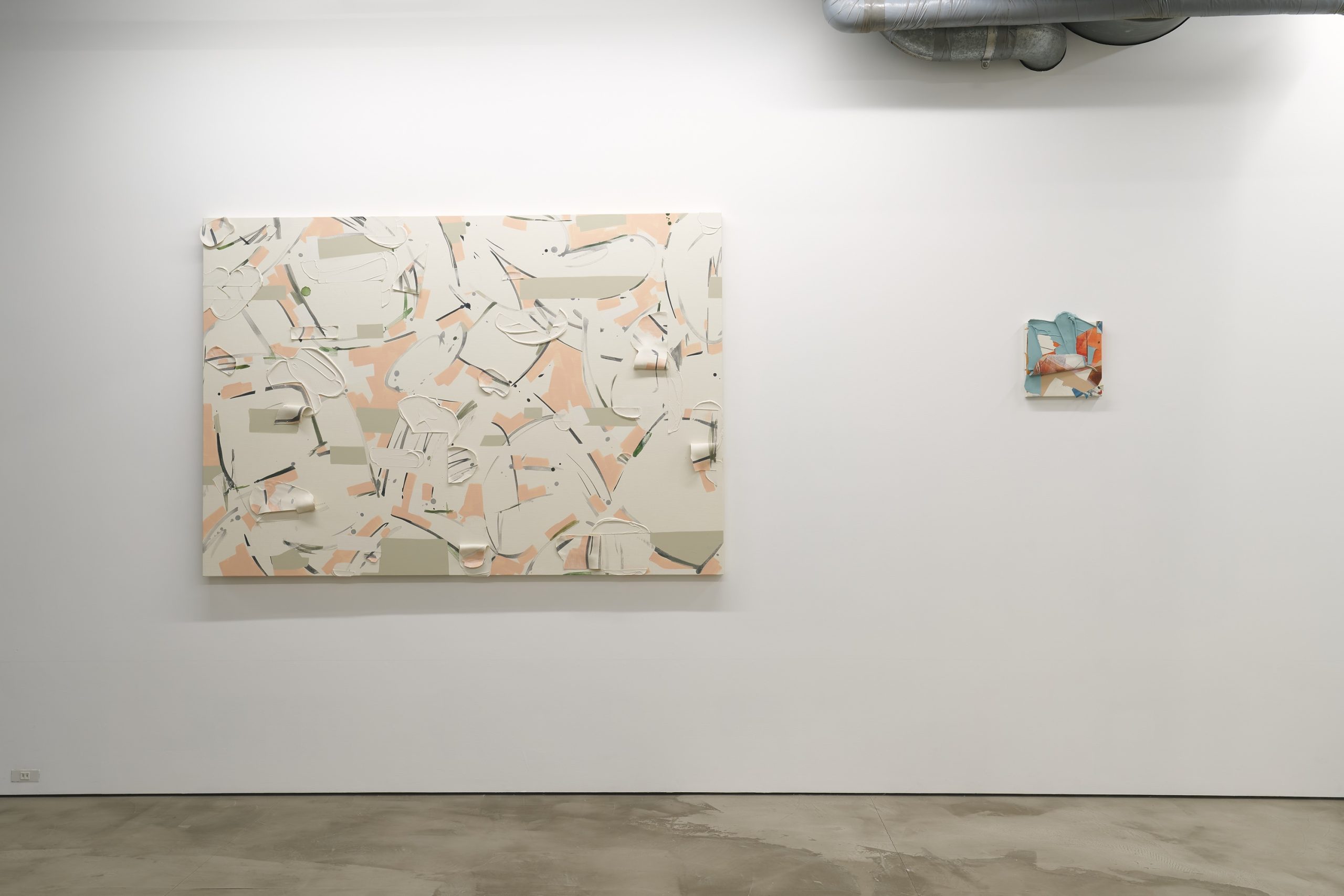
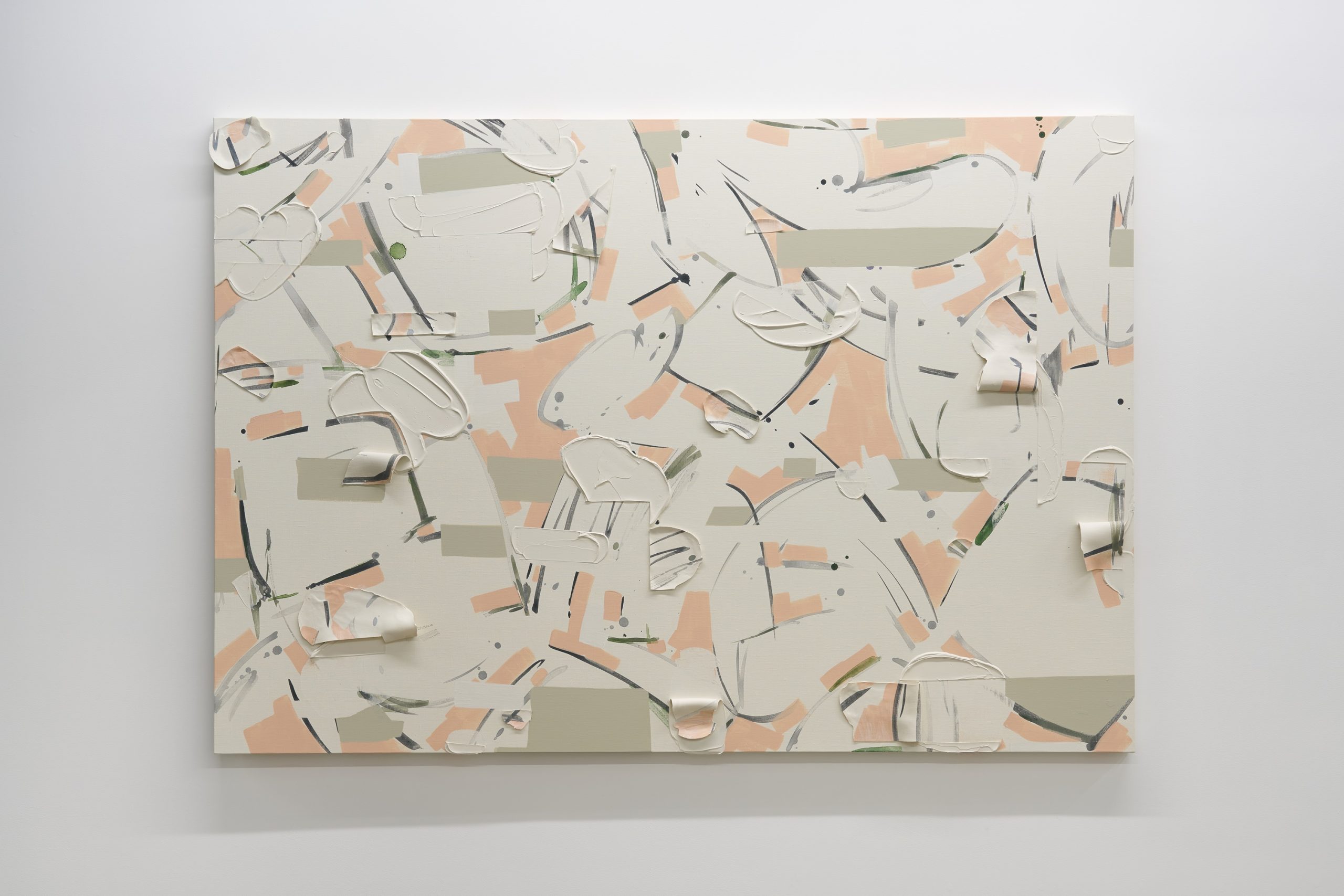
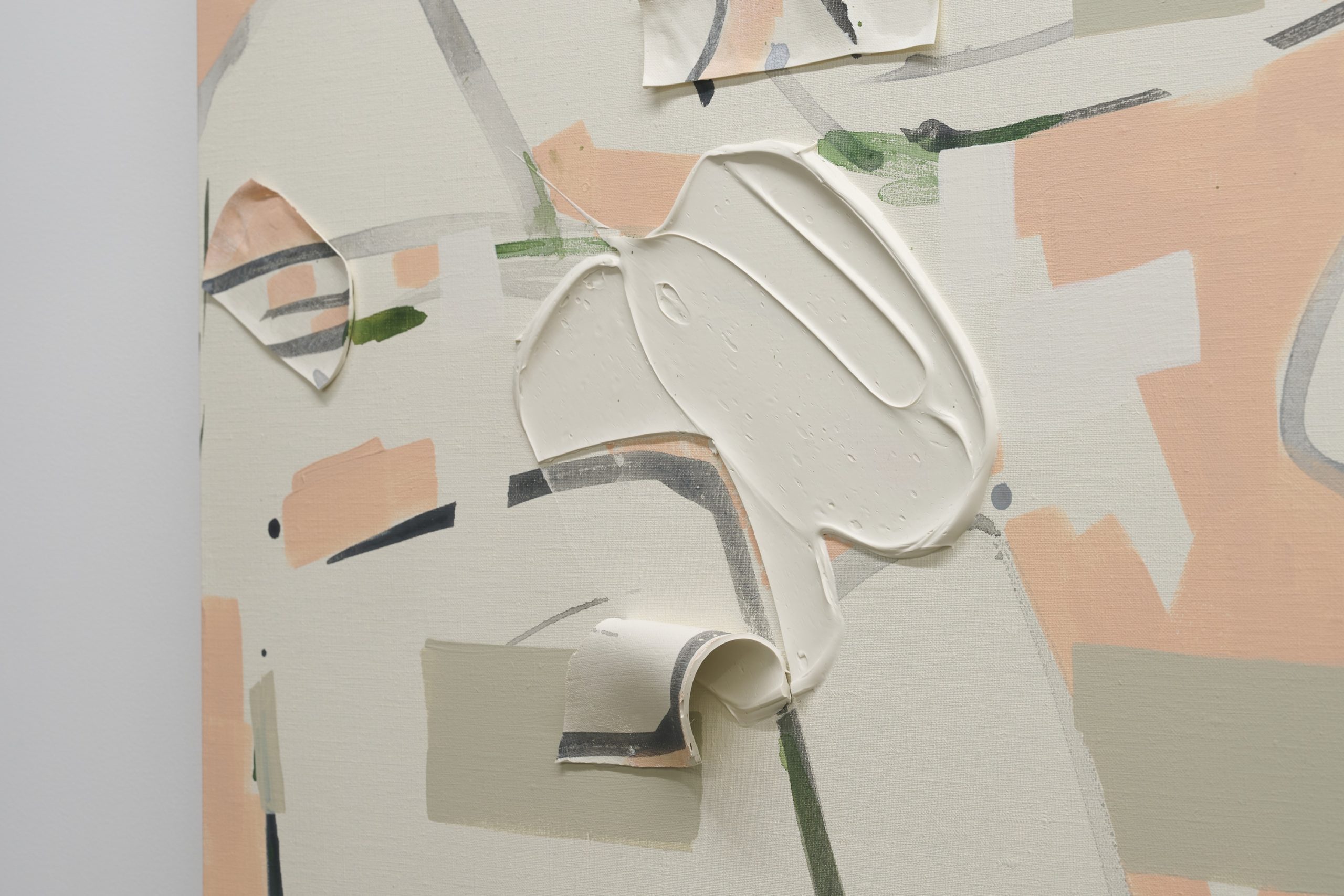
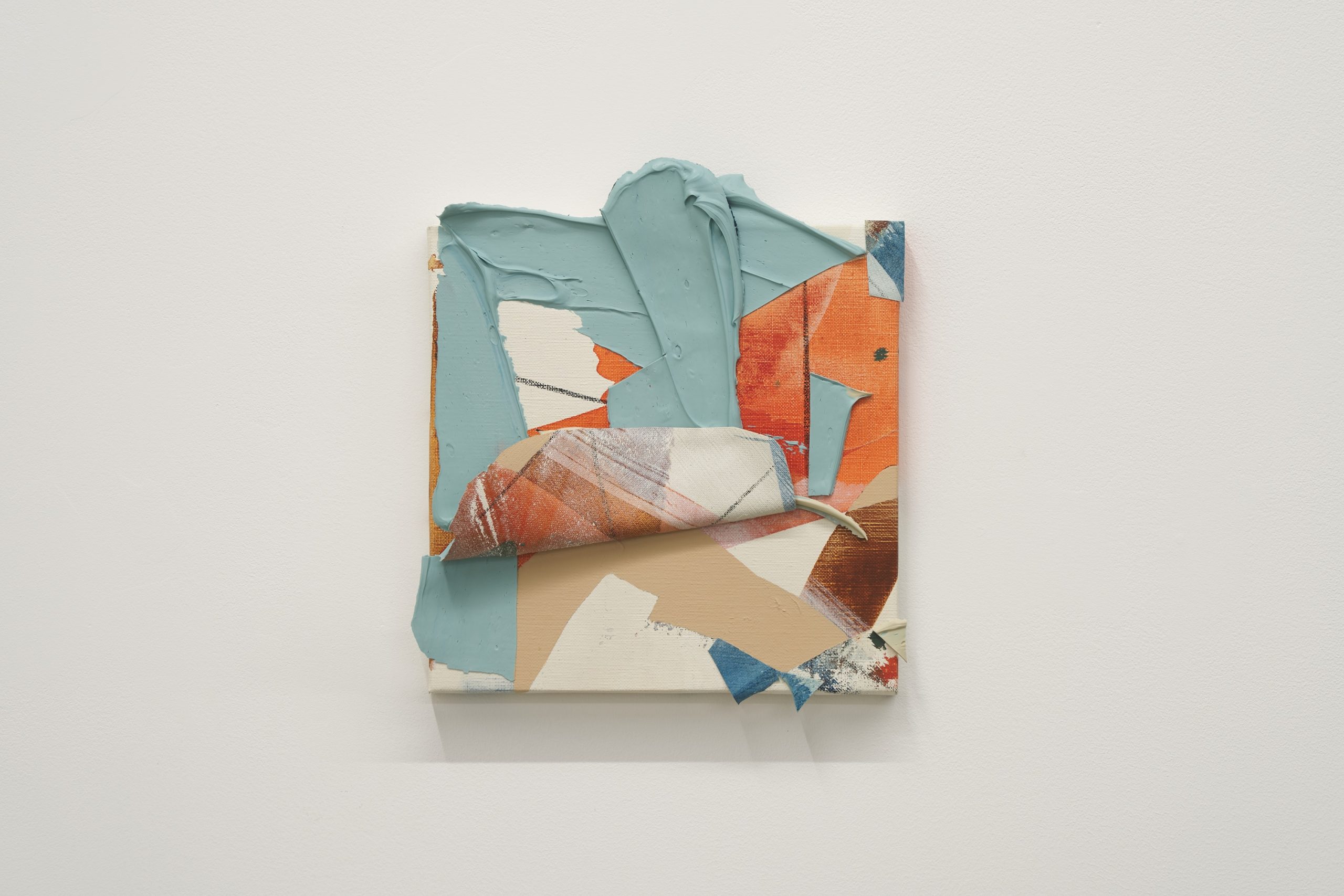
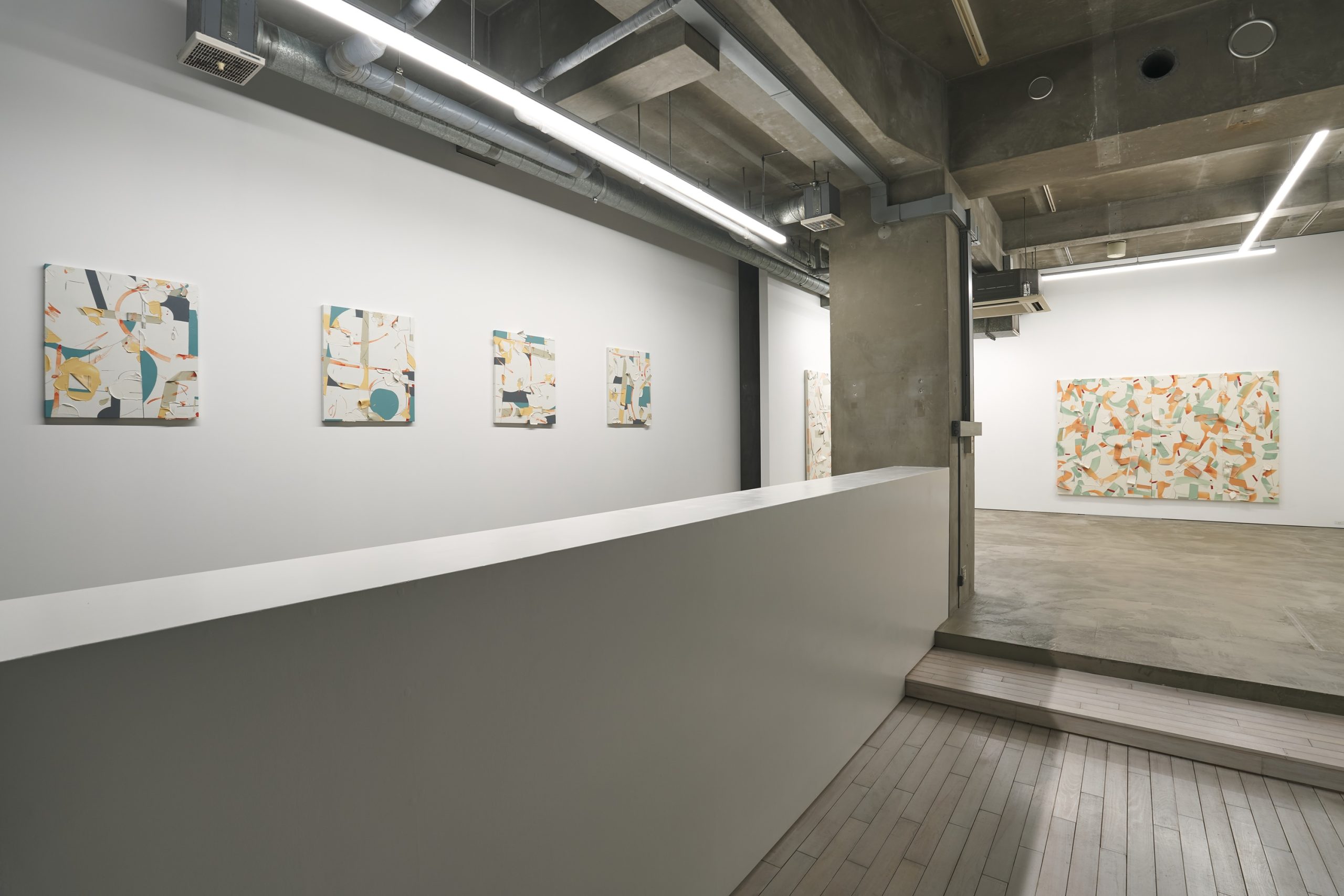
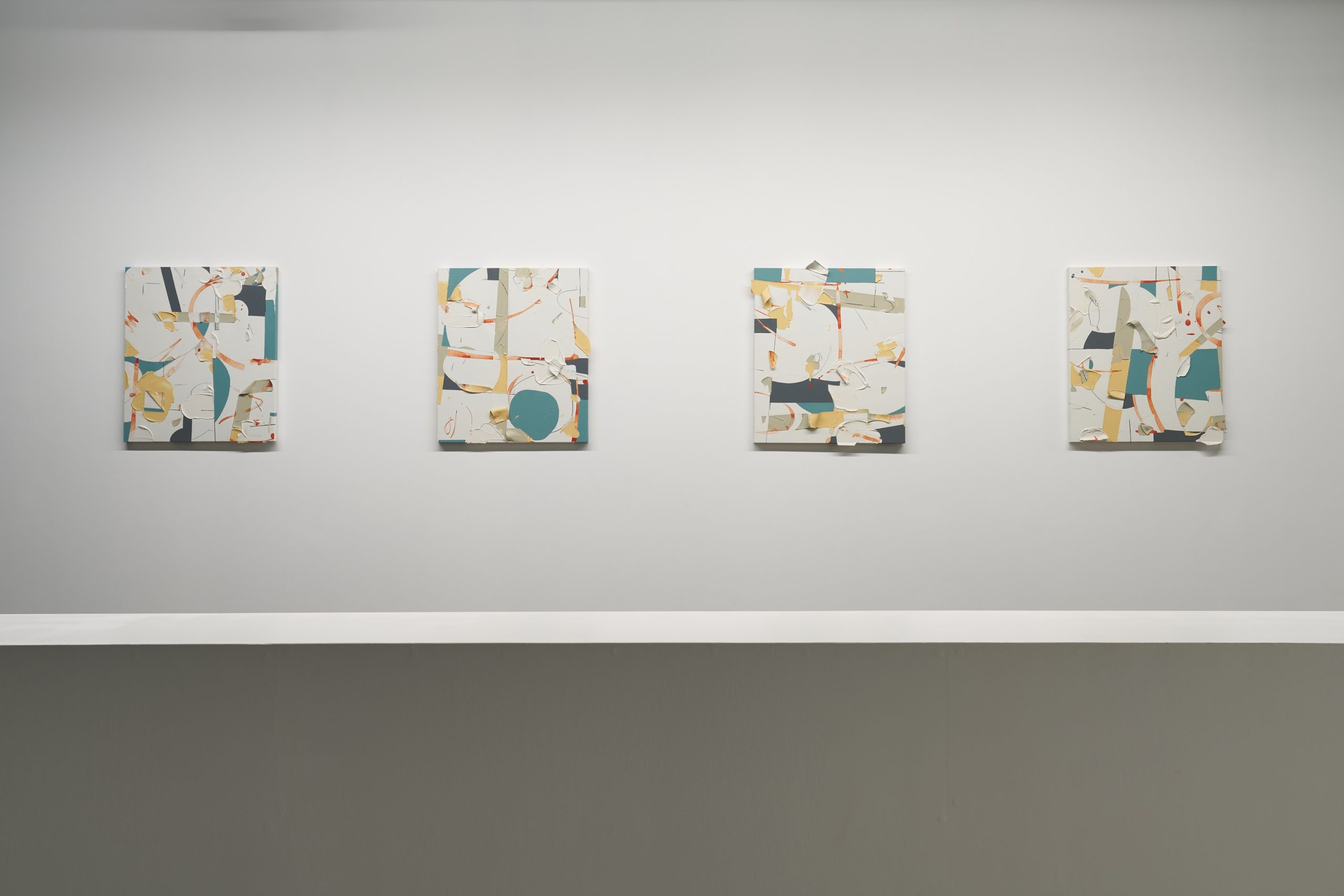
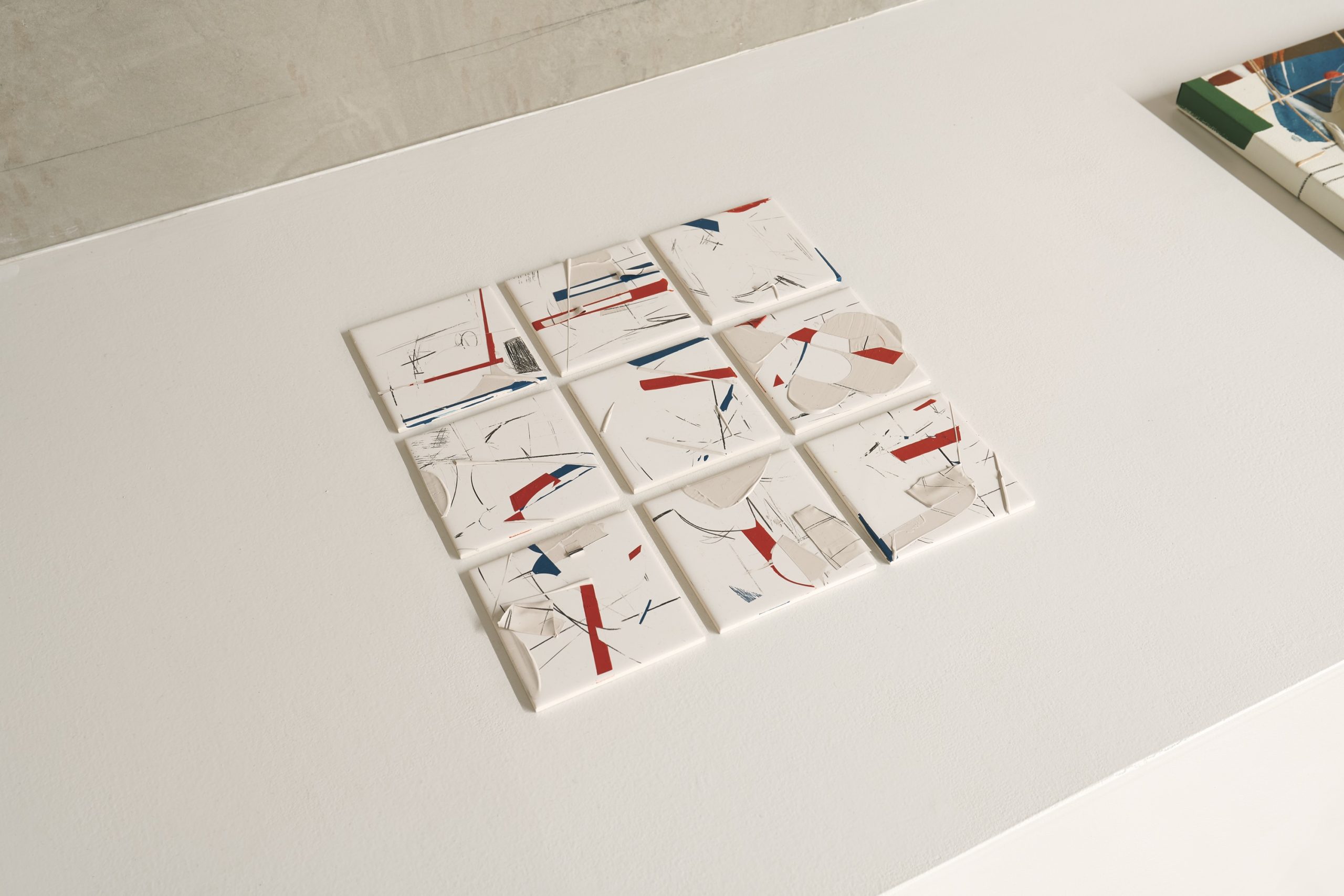
Yasuko TOYOSHIMA : Geological age
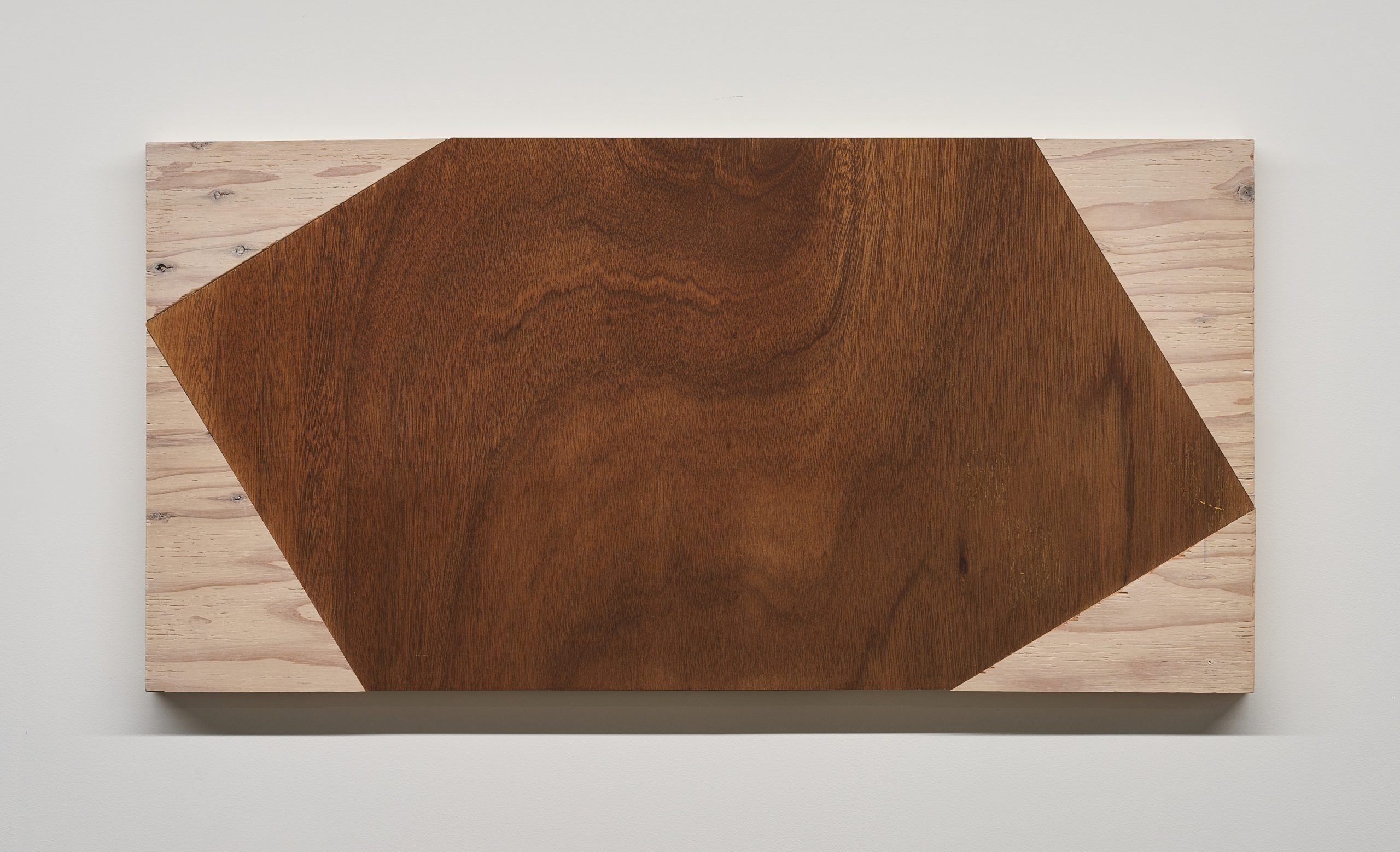
Neoarchean
2025
Natural paint, wood, linseed oil
45 x 91 x 4 cm
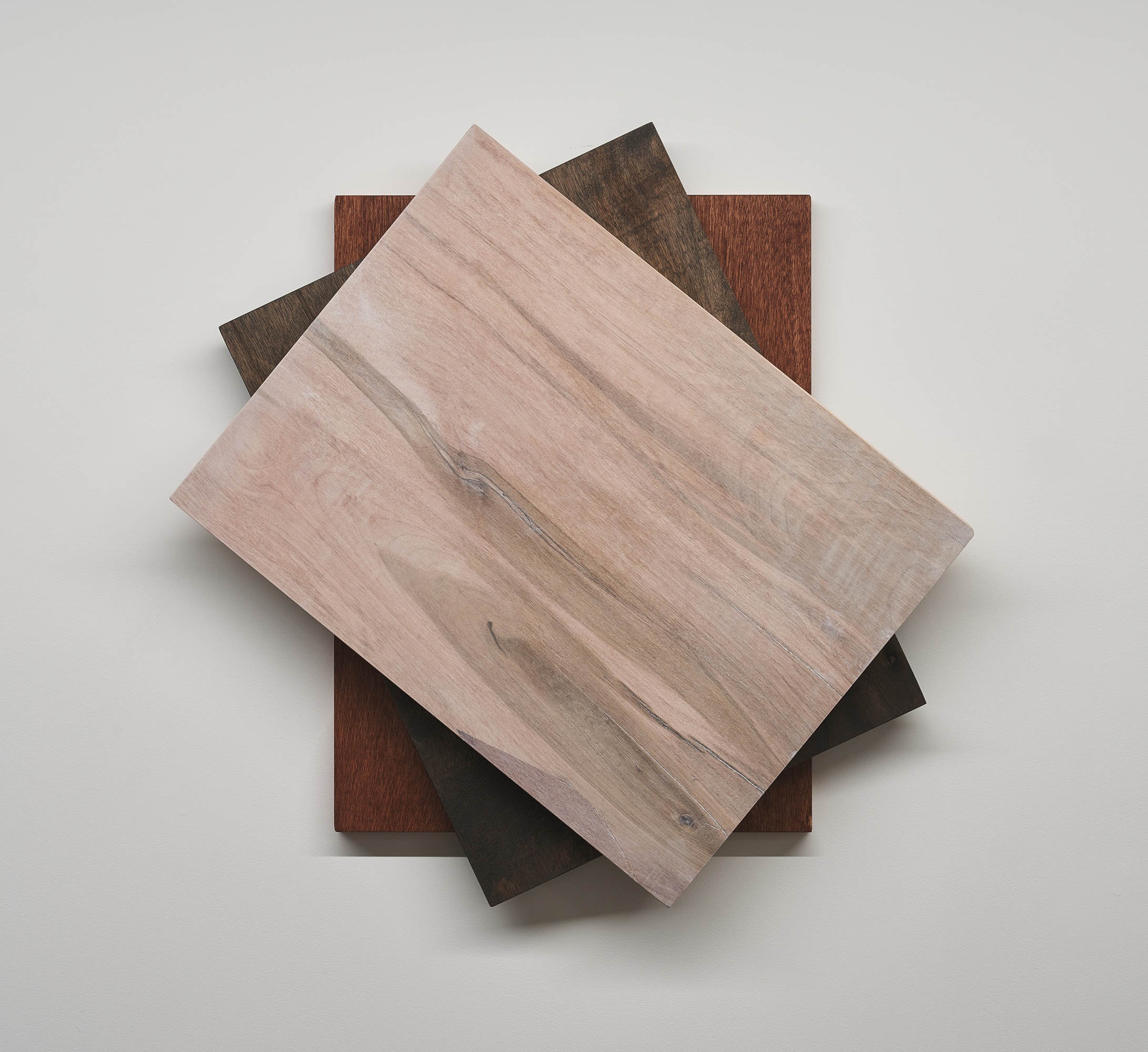
Helium
2025
Natural paint, wood
60 x 45 x 7.5 cm(variable)
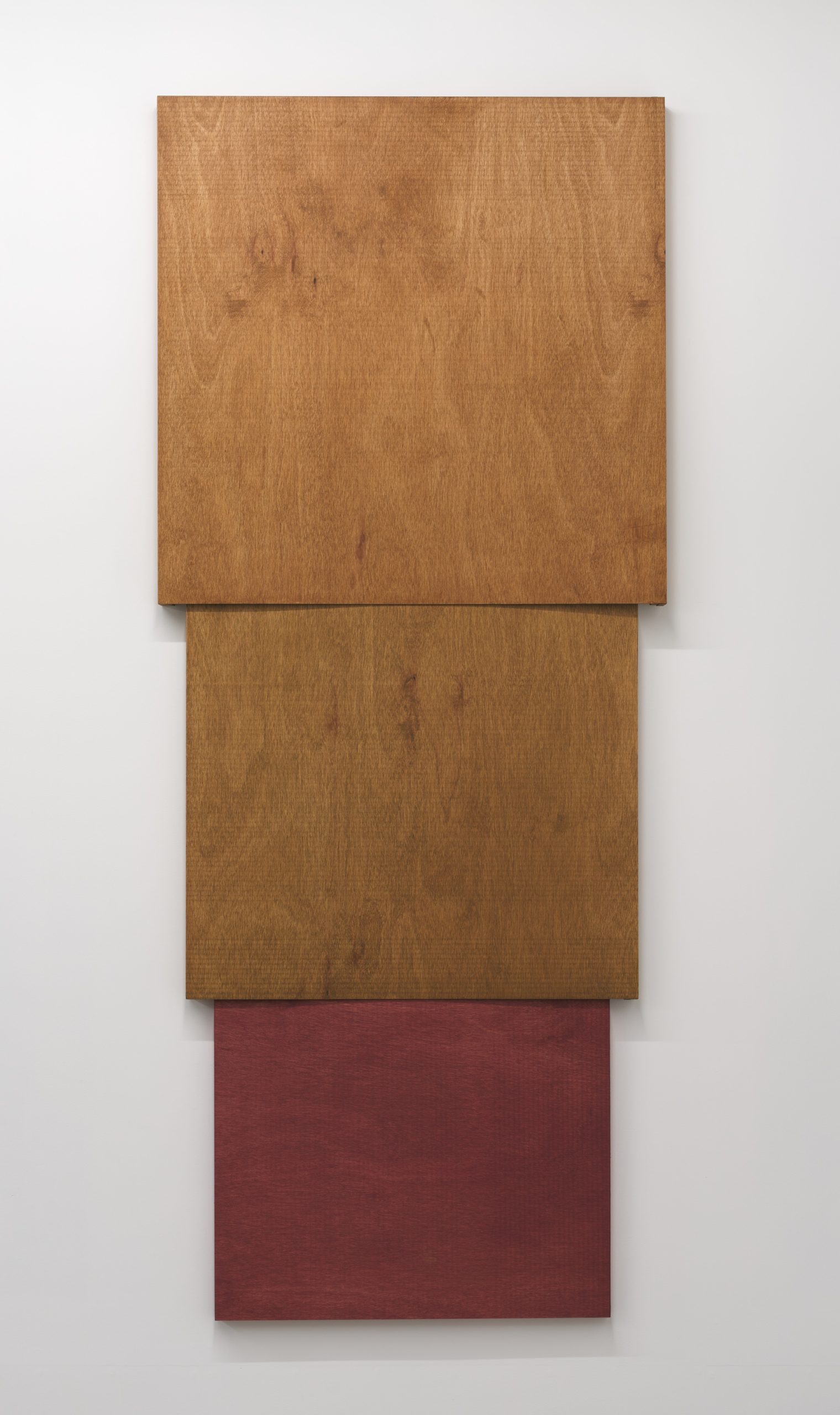
Tiberius
2025
Natural paint, wood
219.5 x 91 x 5.5 cm(variable)
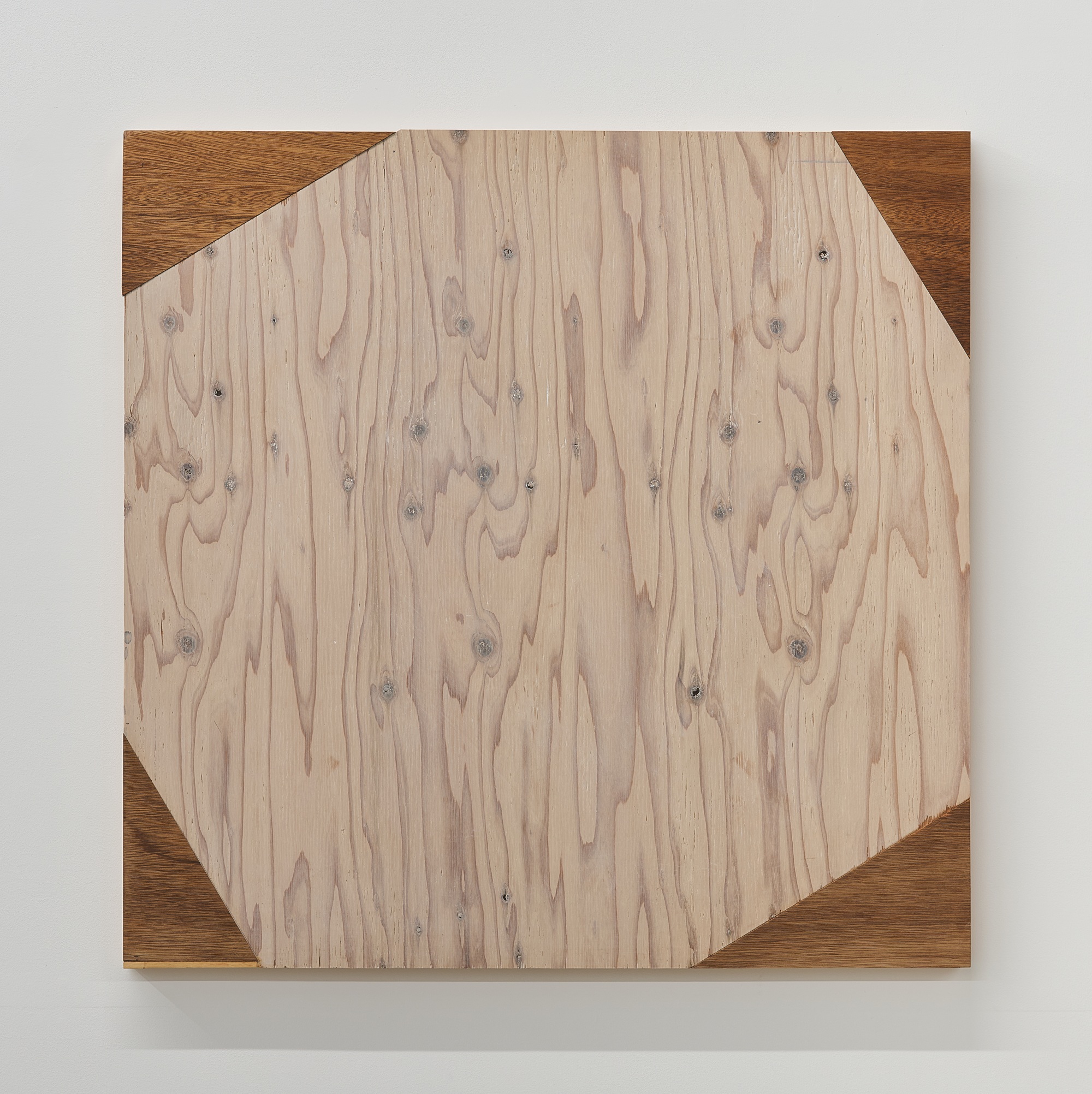
Eoarchean
2025
Natural paint, wood
91 x 91 x 4 cm
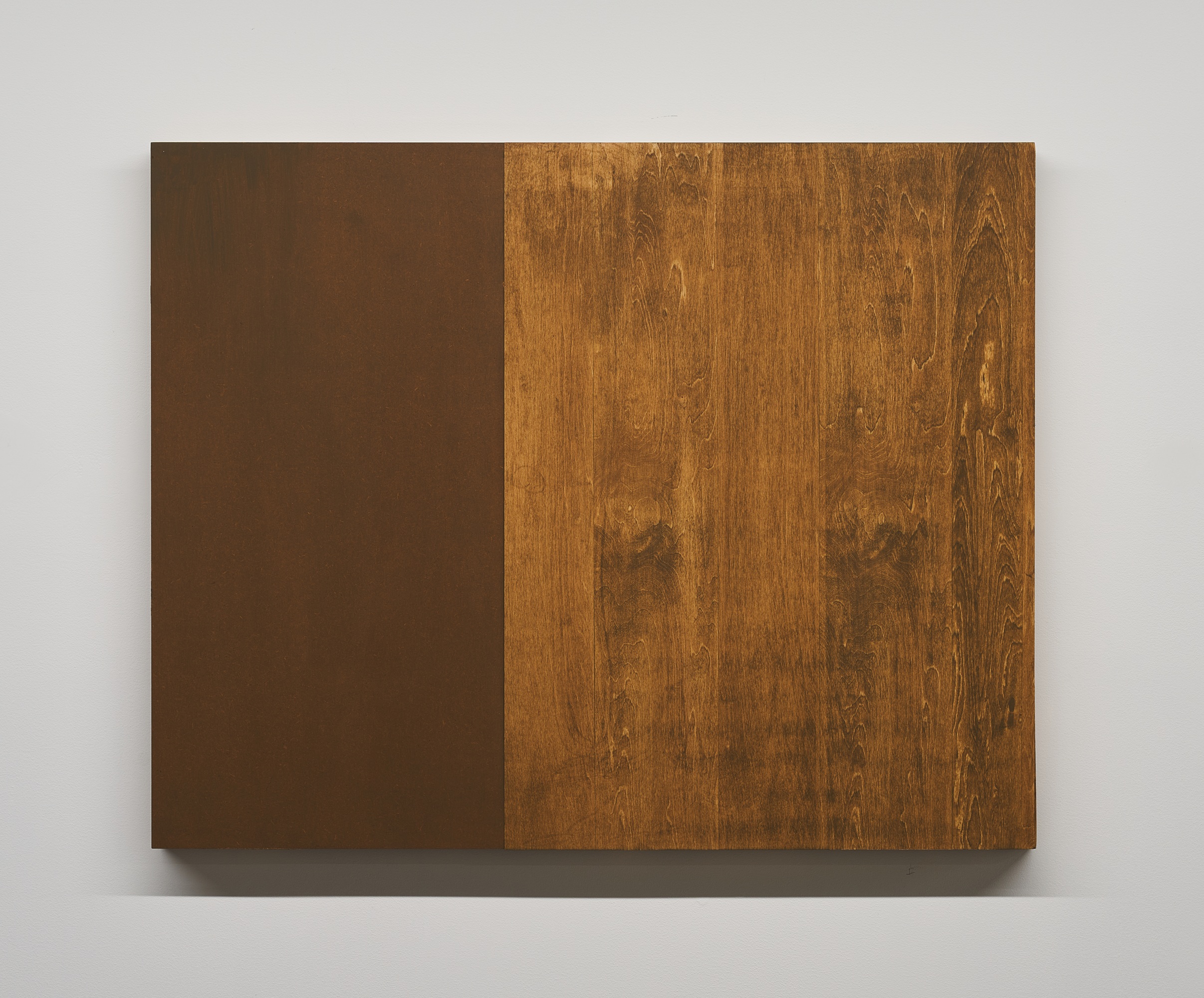
Rhyacian
2025
Natural paint, wood
75 x 60 x 4 cm
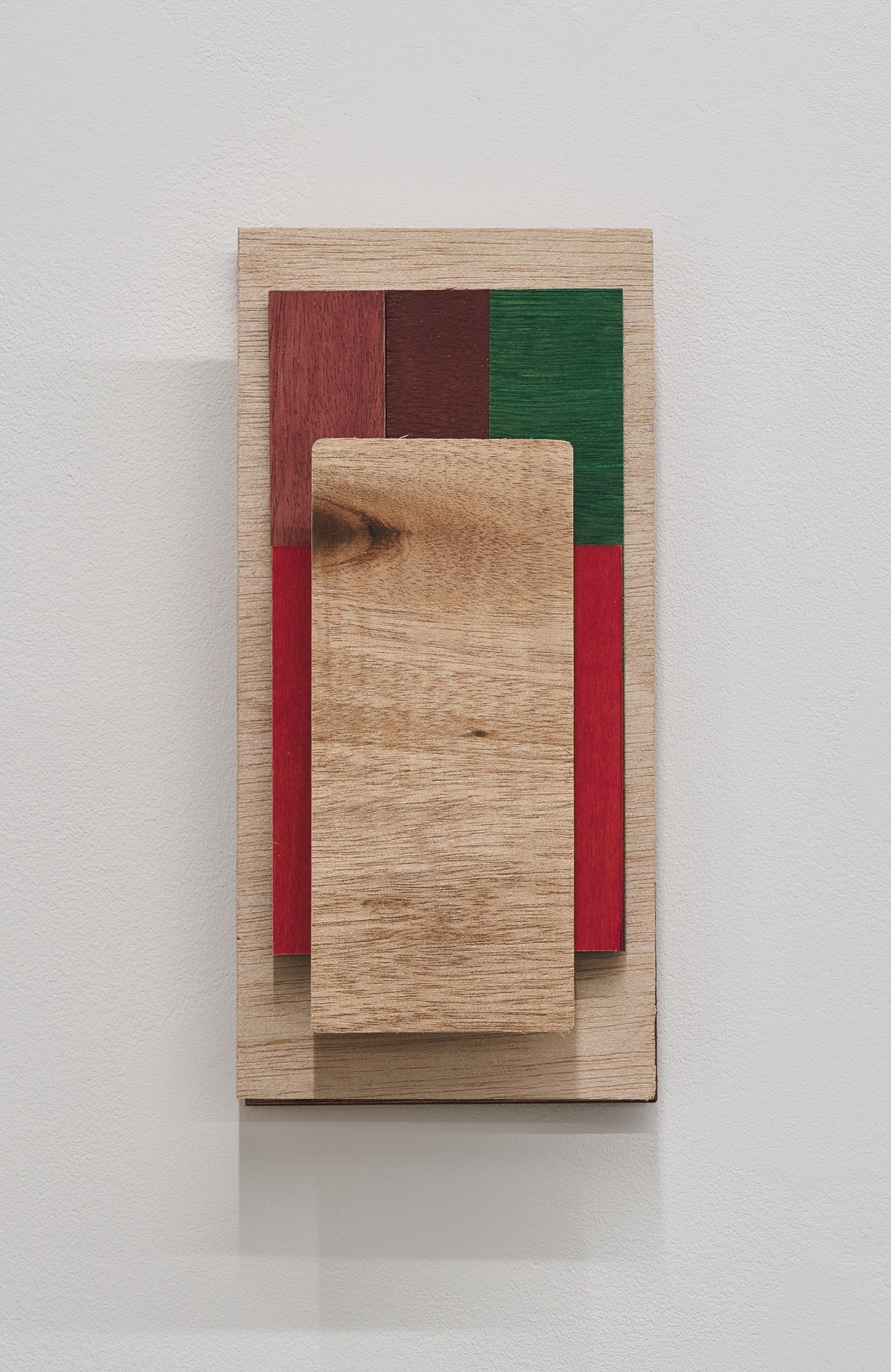
Saturn
2024
Natural paint, wood
22.9 x 11.1 x 5.2 cm
Things and Origination—Yasuko Toyoshima’s Geological Age
Ryo Katsumata (Art Critic)
Geological ages are a series of labels used to demarcate transitions of historical geological events based on the rock and fossil distribution revealed by strata. Toyoshima references this concept as the clue to her new series, Geological Age, which serves as this exhibition’s focus. The series is positioned as a development of its precursor, Quadrilateral. Both series consist of plywood—a material made of multiple layers—and may be metaphorically linked to accumulated strata. However, unlike Quadrilateral, in which the artist carves into the material as if to excavate the earth, in Geological Age, she combines multiple wooden pieces on panel faces like a jigsaw puzzle. As a result, the new series focuses on the painting-like surfaces of the support medium, rather than the thickness accumulated like a geological formation.
Nevertheless, the new pieces can be associated with geological ages because the concept expresses not only the earth’s physical and spatial composition but also the temporal processes of the Earth’s activities. Cataloging geological ages is essentially an act of naming to describe the relationship between the old and the new. It is also a system that, by employing linguistic labels (symbols), divides and gives an identifiable framework to the planet’s history extending to times before the emergence of humanity—the very acquirer of the language—to support our cognition. In short, it is a process of bestowing a language to things.
In Geological Age, Toyoshima uses this chronology-constructing method to label and efficiently manage individual artworks belonging to the series. In the past, she has attempted to assign existing systematic labels as individual work titles, such as the typhoon names in the Copernican Theory series. As mentioned above, however, the new series emphasizes the arrangement of painting-like surfaces containing hard-edged geometrical shapes, wood grain resembling traces of dripped paint, scratch-like textures, and coats of colors permeating into the surfaces as if to enhance these characteristics.
Such textures often manifest paintings as the object of fetishistic desire. In some cases, the context and system behind the production and circulation of artworks are considered secondary, while the judging of good or bad based on the direct enjoyment of the things becomes the primary method of art appreciation. Toyoshima’s works, too, possess a certain “flavor.” However, it is also evident that those things cannot escape a language or system. In other words, Geological Age does not hide the circumstances in which artwork production—“origination” in Toyoshima’s unique vocabulary—closely relates to the granting of symbols contributing to the management and circulation of the works. The formation of Geological Age is imbued by critical tension brought about by the history of the artist who studied painting before conceiving her own conceptual approach to challenge the social systems surrounding us.

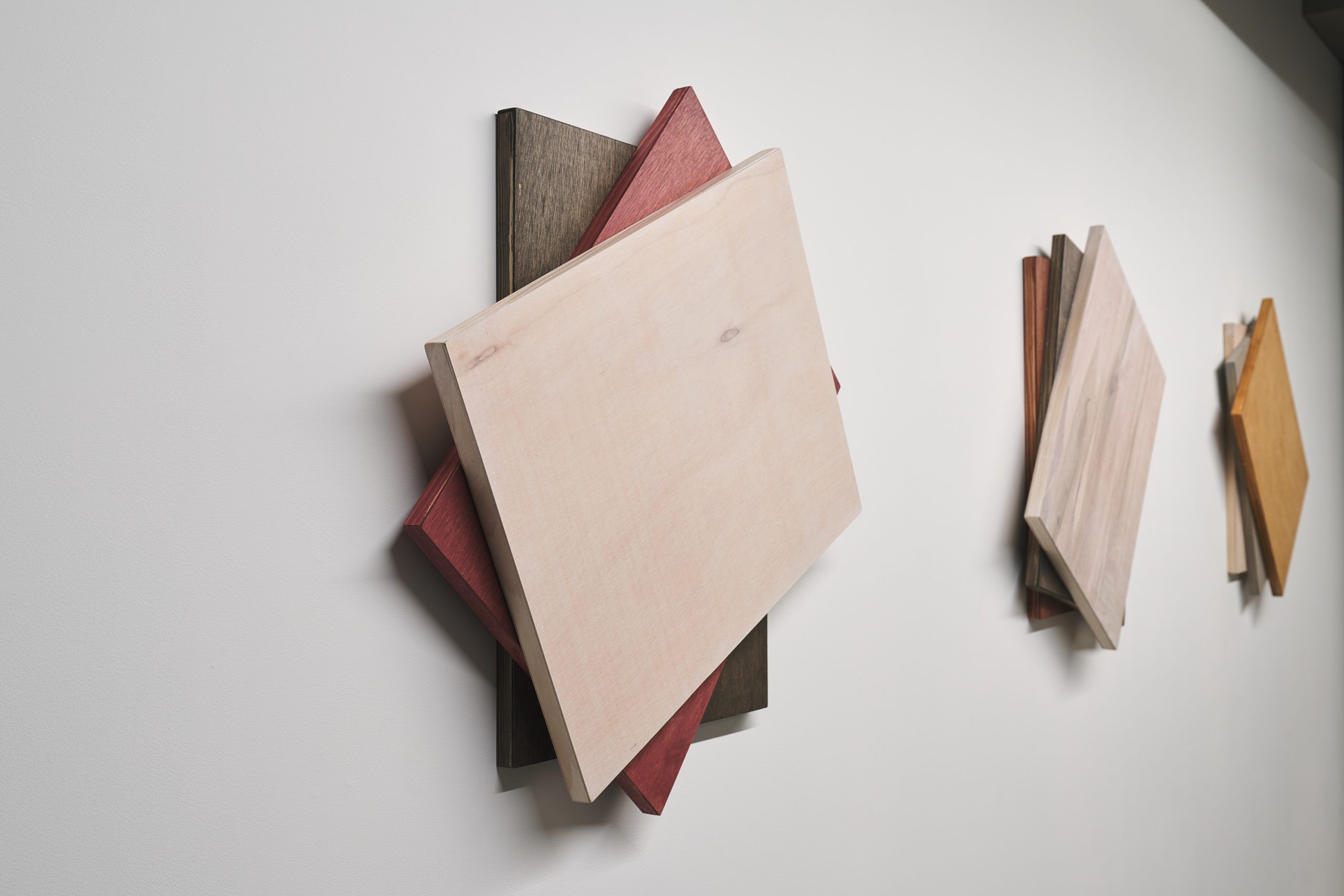
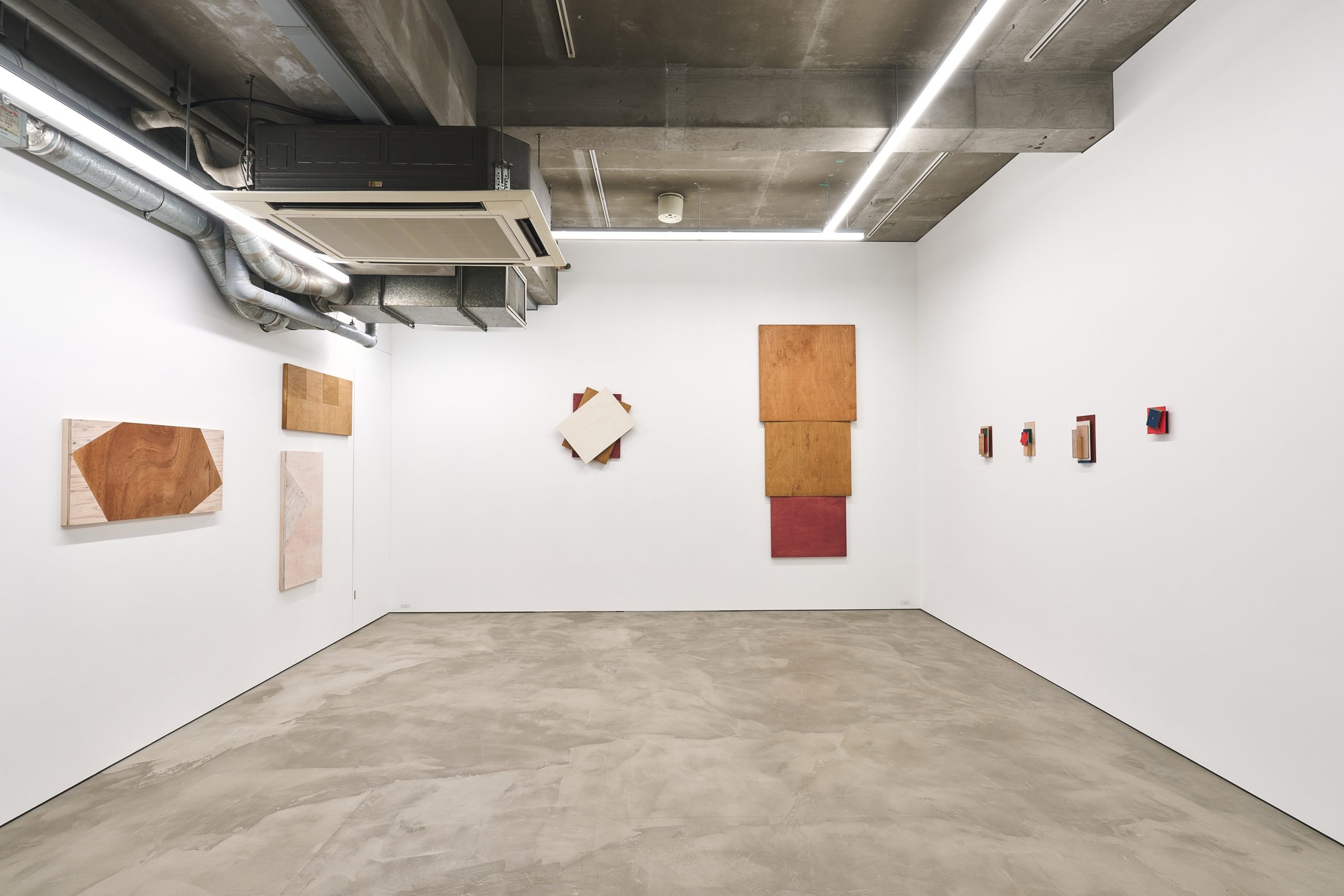
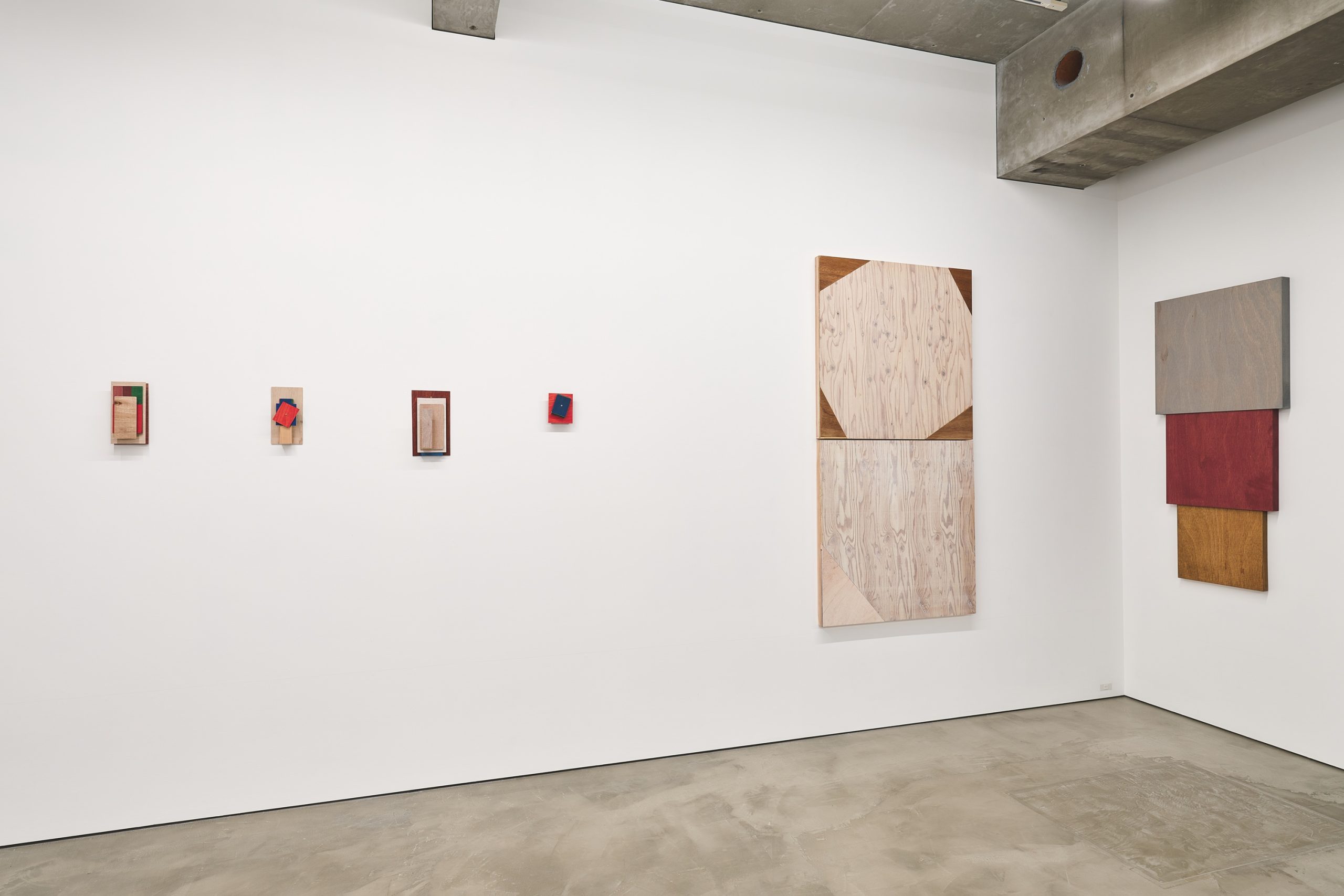
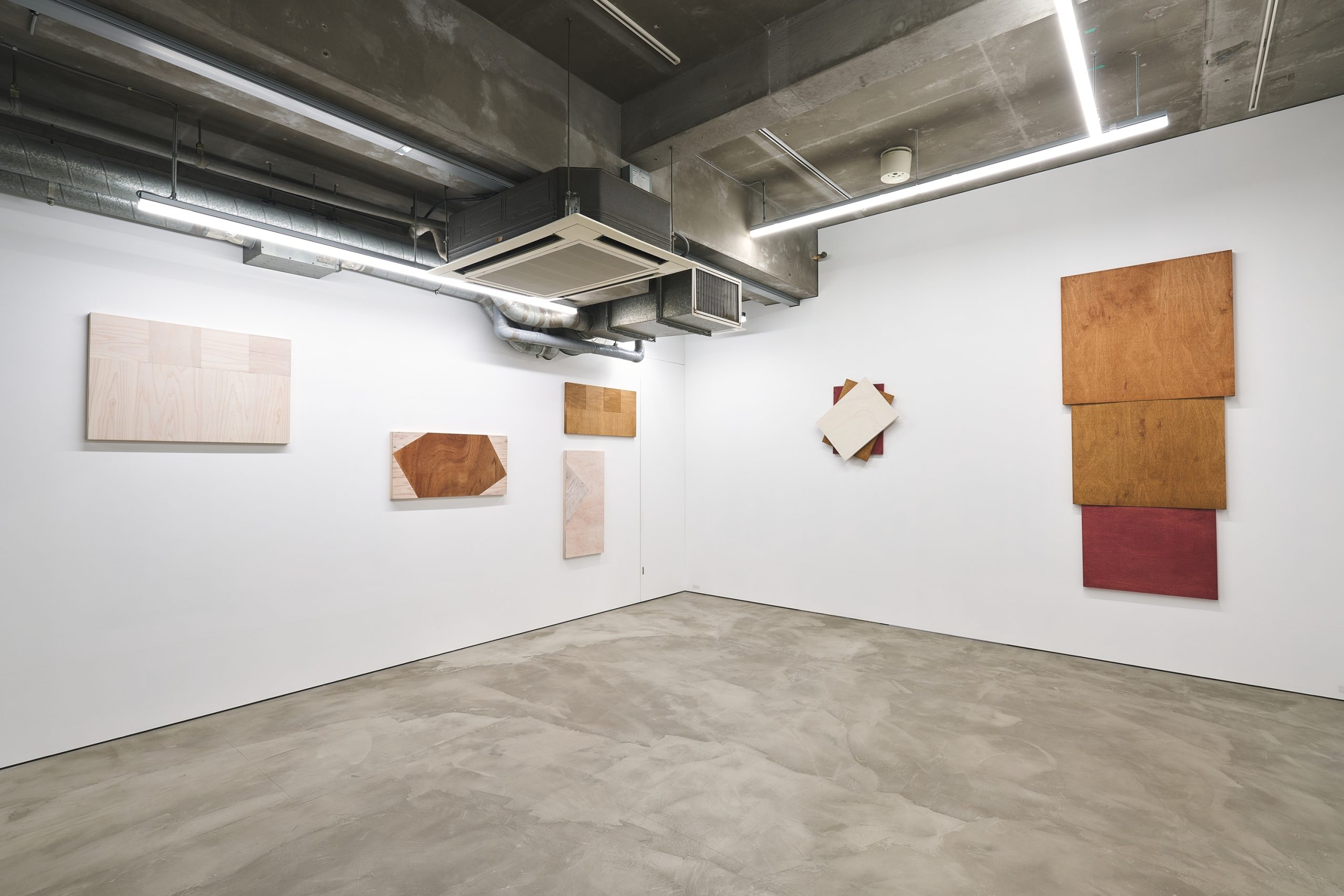
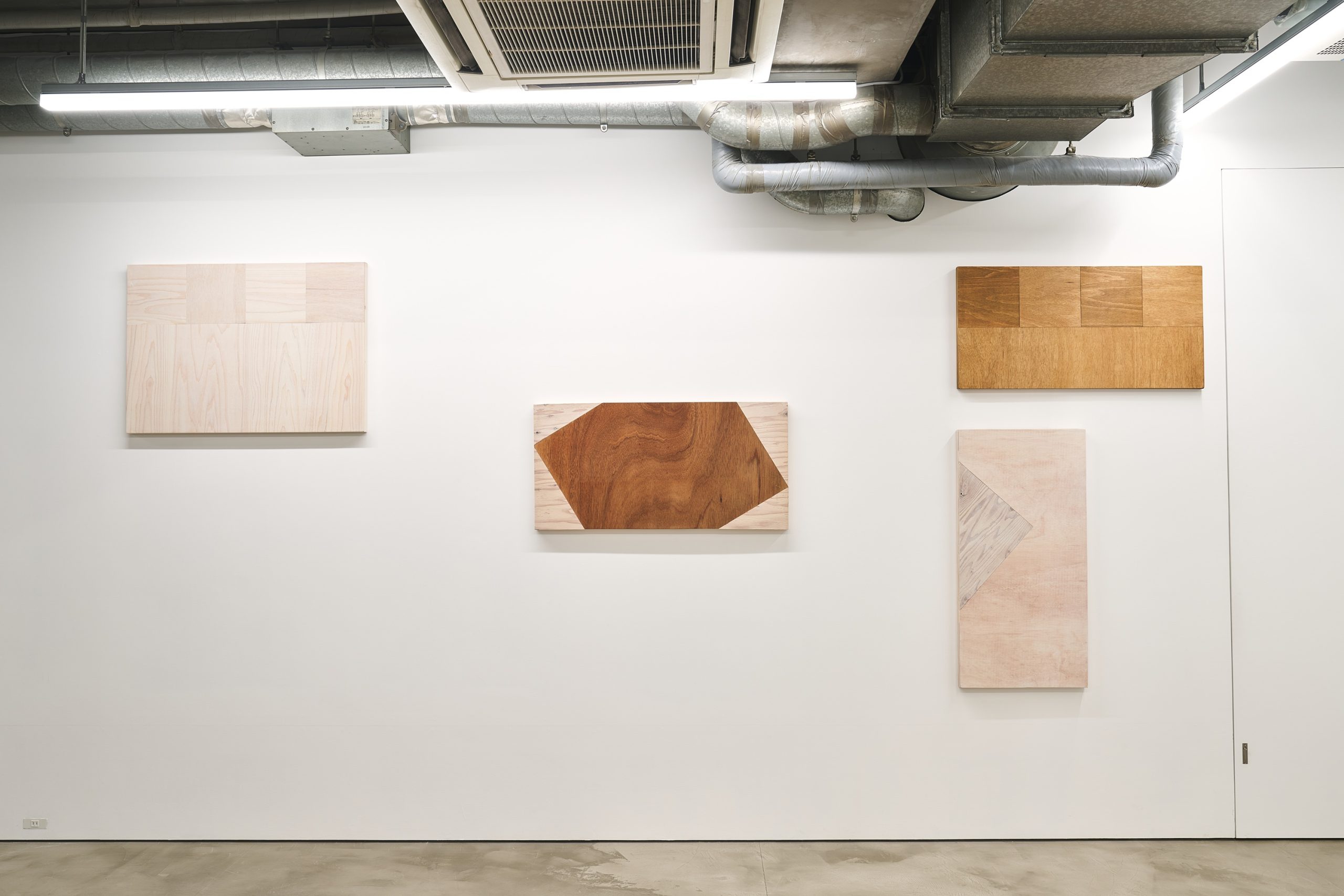
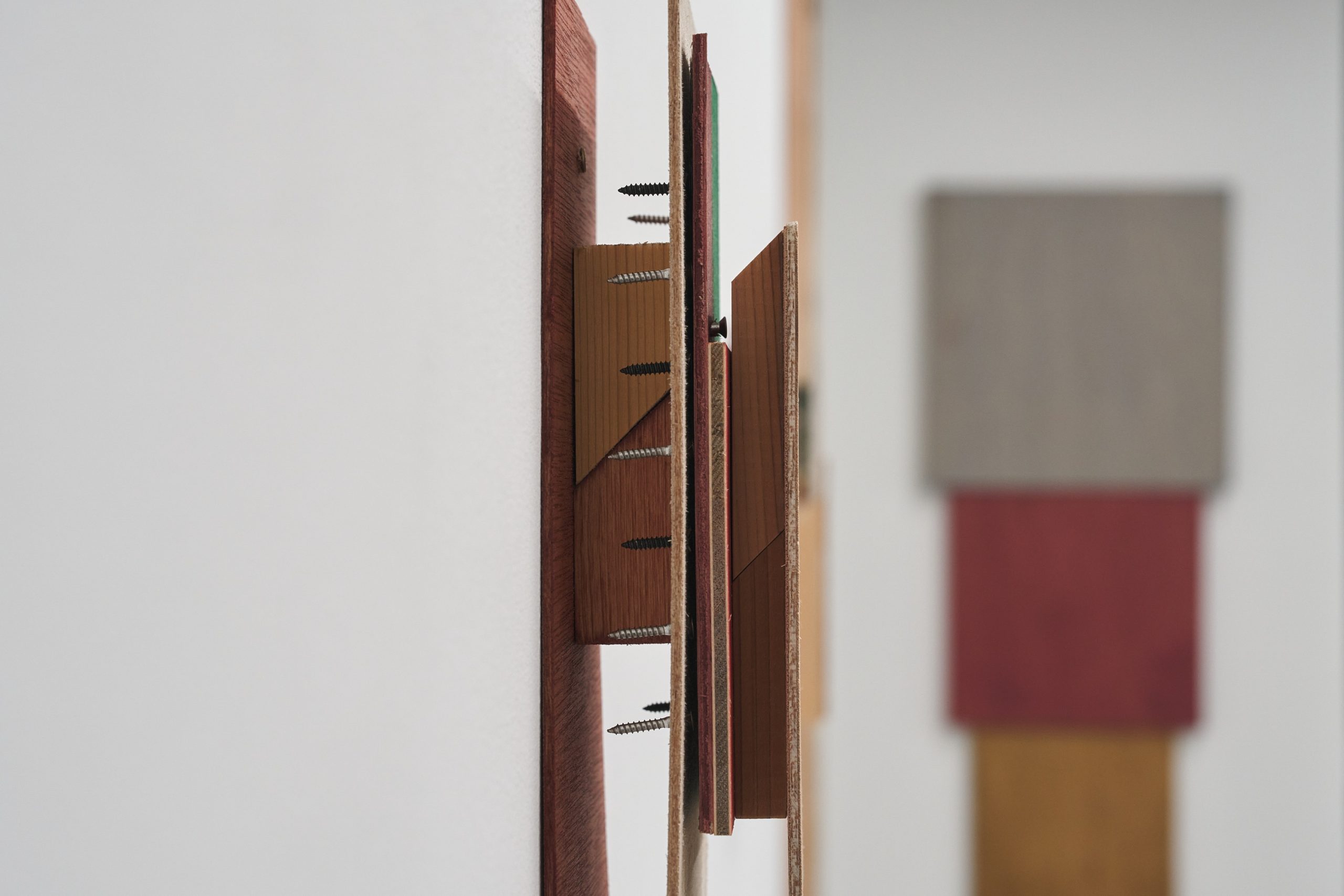
Mami HIRANO : METAMORPHOSES
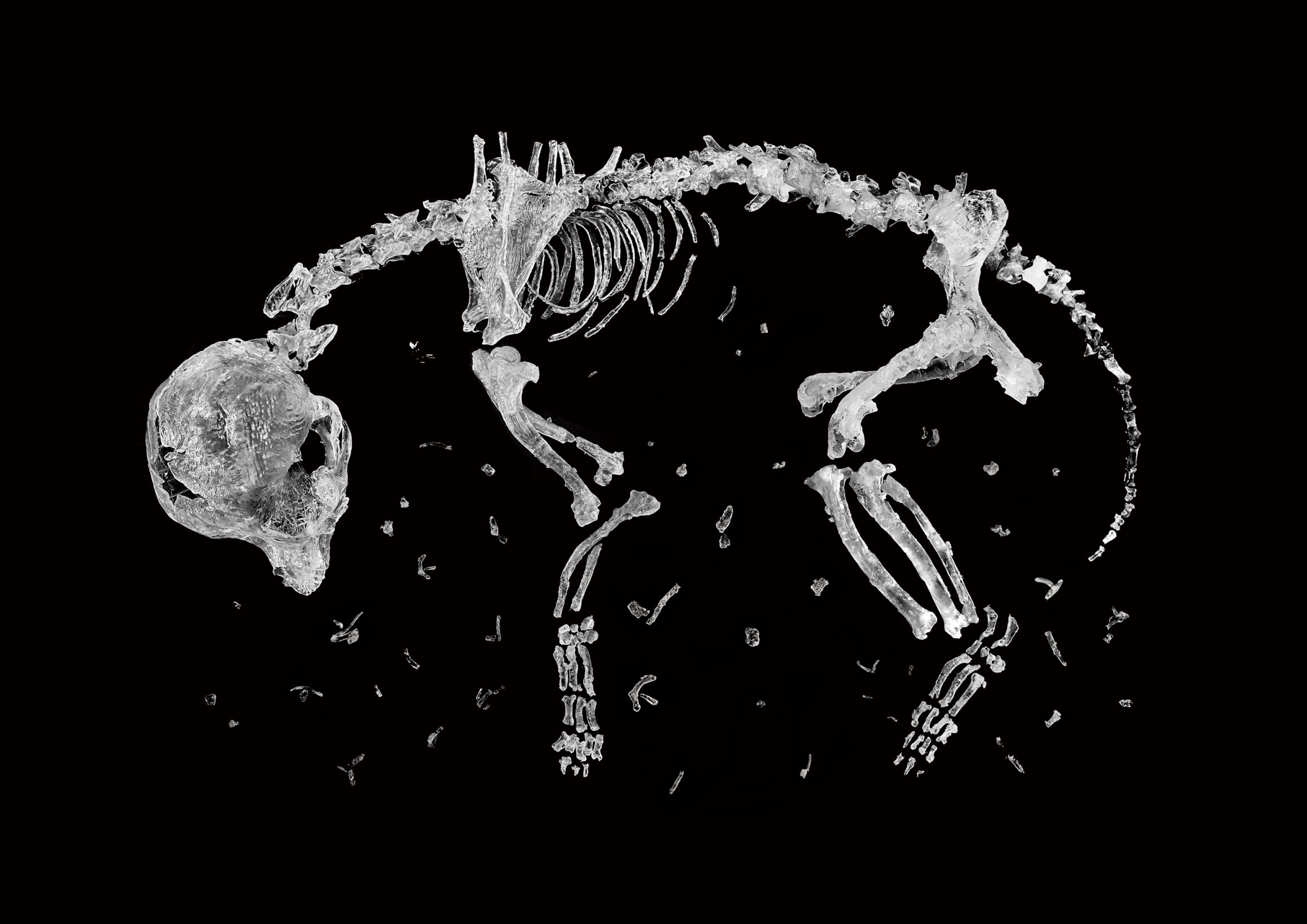
Metamorphoses_Resin skeleton
2024, C-print
29.7 x 42 cm
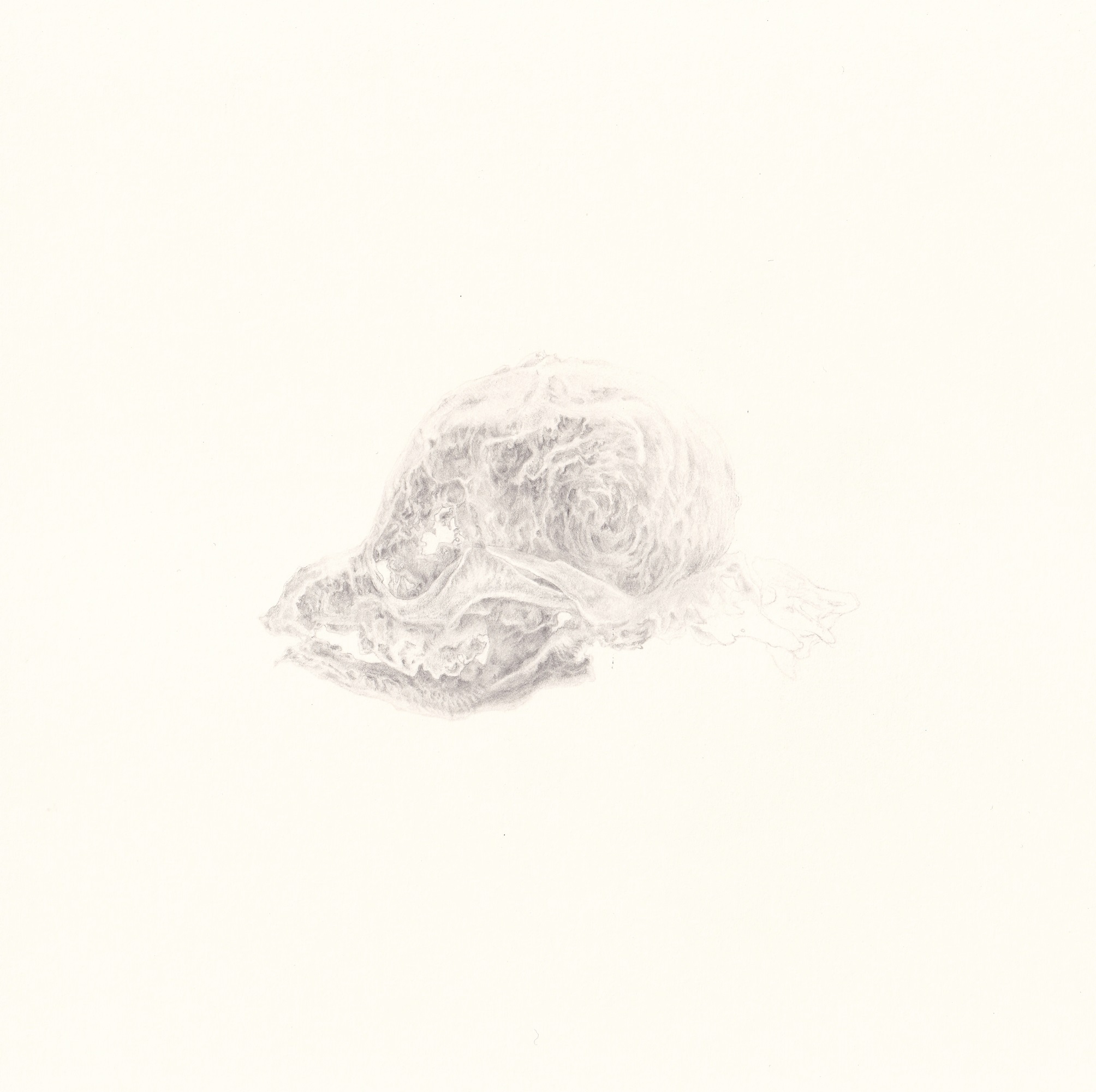
Metamorphoses
2024, pencil on paper
20 x 20 cm
Maki Fine Arts is pleased to present METAMORPHOSES, a solo exhibition by Mami Hirano. The exhibition will open on November 30 (Sat) and run until January 12 (Sun) 2025. This will be the artist’s second solo show with the gallery.
Hirano is best known for her work, Revive a Unicorn (2014–), an ongoing project that attempts to materialize an imaginary unicorn through elaborate fabrication of its skeleton, organs, muscles, and skin. Equally important as her lifework is METAMORPHOSES (2018–).
In METAMORPHOSES, Hirano CT scans an urn containing the skeletal remains of her deceased dog and 3D prints them as glass or ceramic objects. The work is a practical endeavor to preserve and eternalize the lost life in the actual world. The methods Hirano uses to bring the remains back to existence are pâte de verre, an ancient glasswork technique originating in Mesopotamia, and ceramics. Transformed by her meticulous craft, the objects emerge, as if illuminated from within the deep darkness, as a sublime monument of memory.
The exhibition unveils a new iteration of this ongoing project, expanded with newly introduced processes. The new pieces include X-ray photographs of the remains and a dog-shaped photographic composition consisting of drawings of the dog skull and 3D-printed resin bone parts. Also showcased is a newly created piece inspired by Latin text from the opening of the Roman poet Ovid’s work, from which the project draws its title. We invite you to witness the current state of the project evolving since 2018.
—
The remains of my beloved dog–who passed away in 2015 after battling illness for five years–still sit in my parents’ living room, not having been put to rest after cremation. When my dog was cremated, I wanted once more to see those small and beautiful remains that my family and I had touched. However, feeling as if the urn was filled with the air of that bittersweet time, I could not open its lid. Once opened, that lost time could never be put back.
One day in 2018, I decided to take a CT scan of the box containing that urn. I turned the scan data of the remains into 3D data and output it with a 3D printer. I then made a mold of the resultant resin version of the remains, transforming them into varied materials, such as glass or ceramic. This act becomes an opportunity to amplify the entirety of this being, who lost everything and all memory at the boundary of death. By touching these varied materials and seeing this figure transform with its beauty intact, I have also come to accept my own transformations.
Modern funerals have kept death away from everyday life so that eventually, the dead no longer exist in society. The dead, hidden under heavy tombstones or in urns, are transformed repeatedly through my funeral methods; I do not lose them. That transformation process is told in this story. — Mami HIRANO
—
Mami HIRANO
Born 1989 in Gifu, Japan, Mami Hirano graduated from Tokyo University of the Arts with an MFA in Intermedia Art in 2014. By choosing subject matters that are both real and imaginary–such as a unicorn and her beloved dog who was battling an illness–and faithfully producing all the elements that make up those life forms including bones, innards, muscles, and skin, Hirano creates works about the structures of these life forms, the preservation of life, and the topic of resuscitation. Her works are a deep reflection on absence and death, preservation and creation, and recognition and existence; and invites viewers in this modern age to ponder on how we should face these contemplations.
Hirano’s major shows include, Minami HIDA Art Discovery (2024), Invisibles in the Neo City (2023-24, SusHi Tech Square), solo show (2023, WHITEHOUSE Nao Nakamura), Imaginary Lesson (2023, Maki Fine Arts), Ab-sence/ac-ceptance (2021, The Museum of Fine Arts, Gifu), METAMORPHOSES (2021, 3331 Arts Chiyoda) and Frankenstein in 2018: Bio-art throws light on art, science, and society today (2018, EYE OF GYRE).

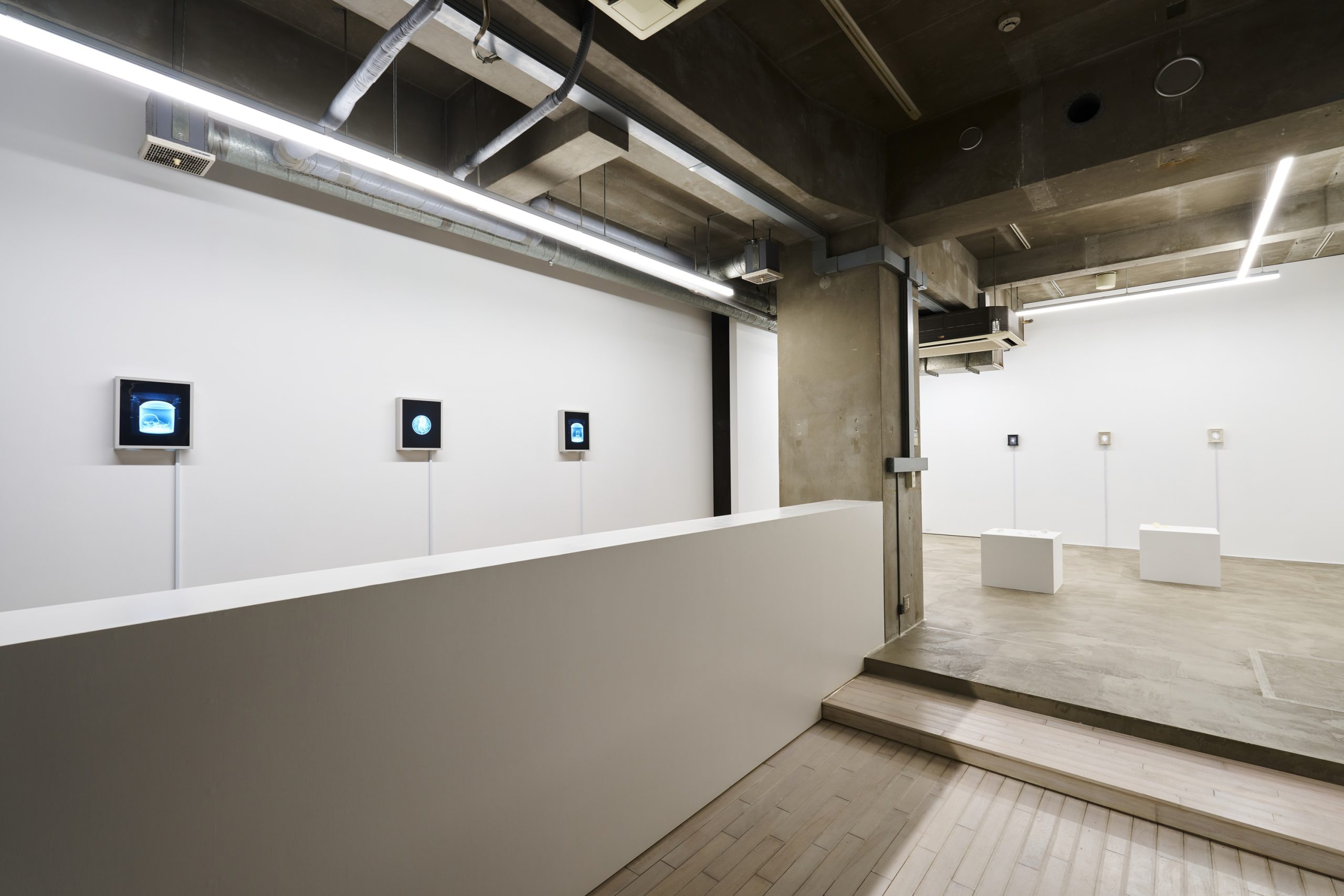
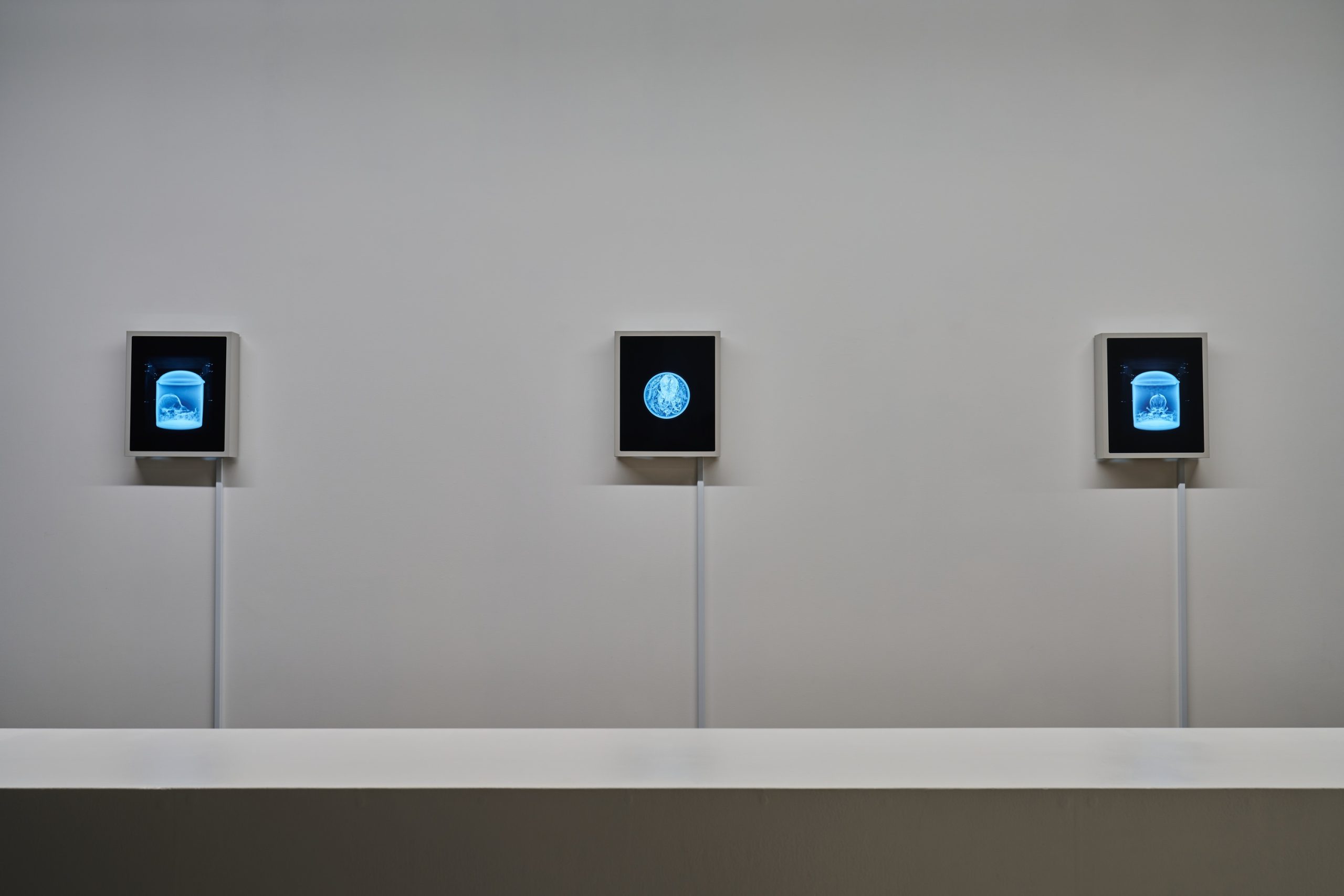
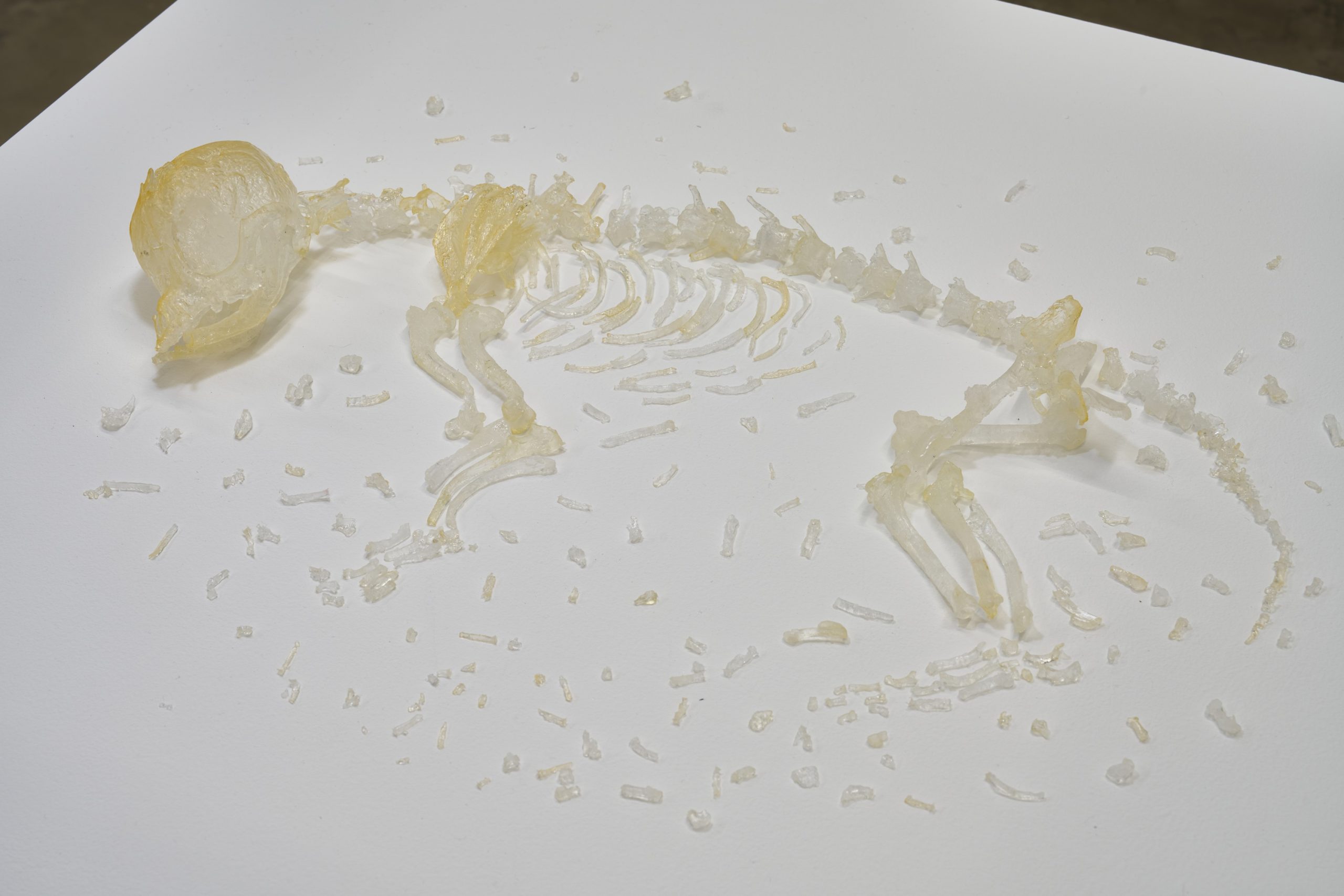
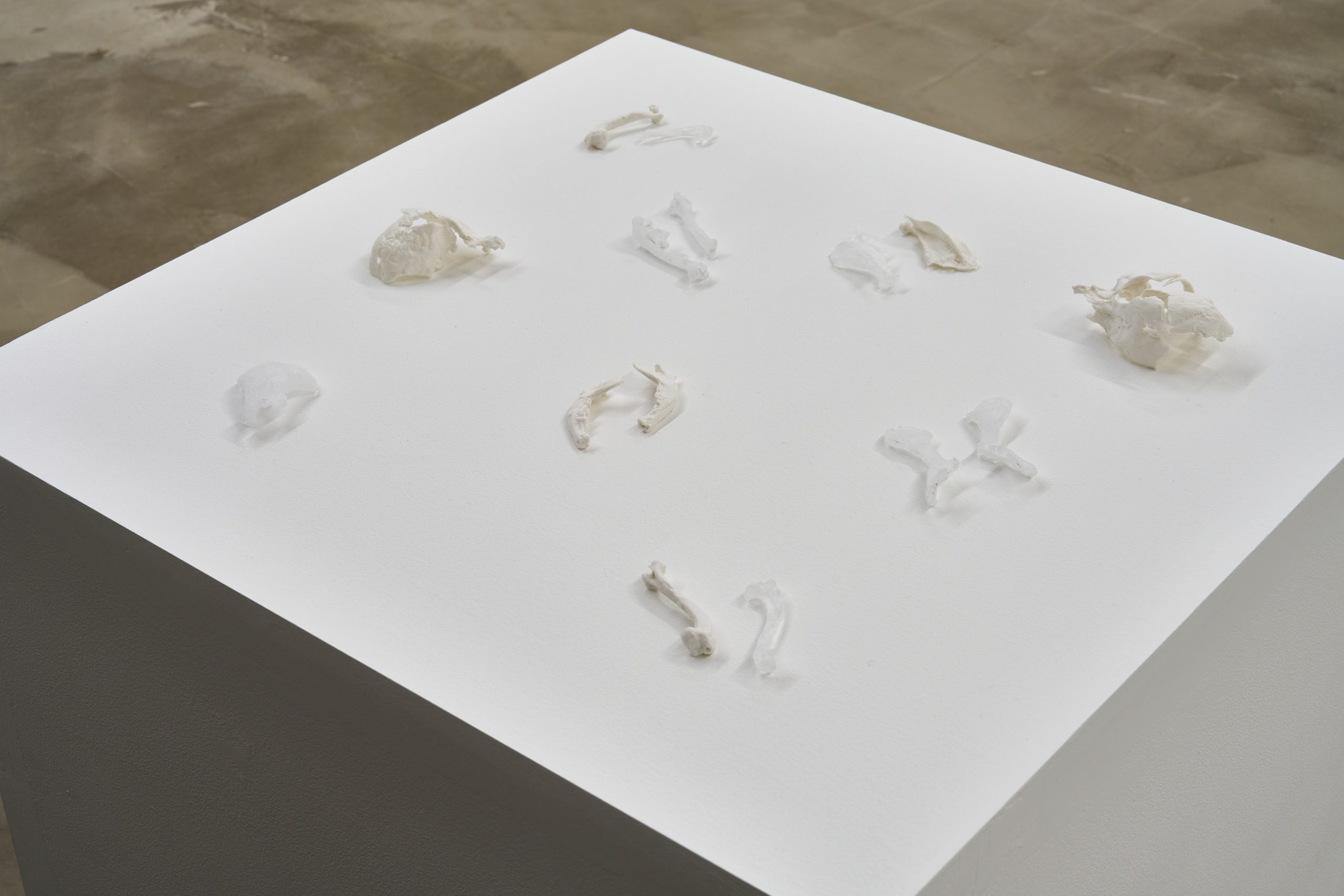
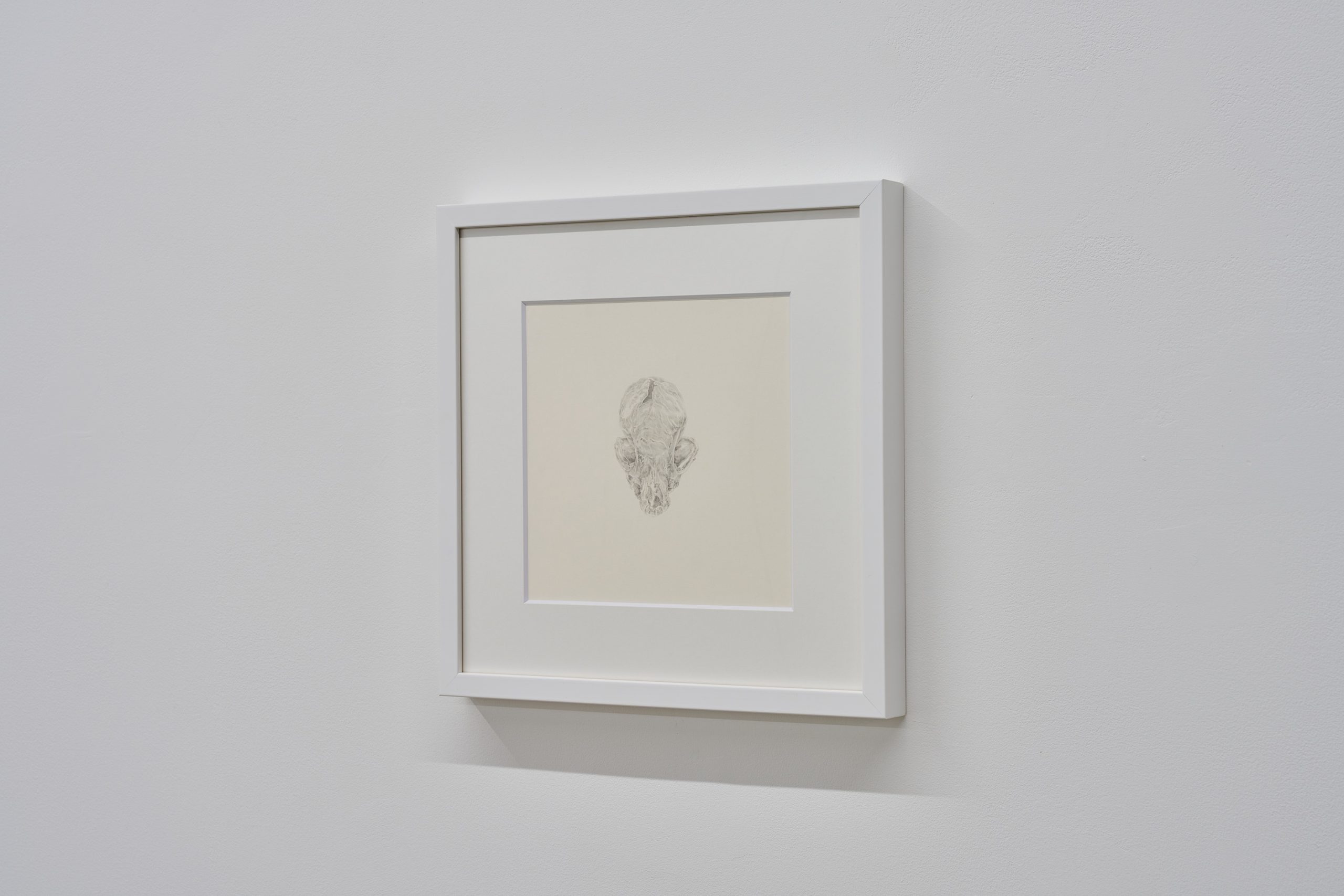
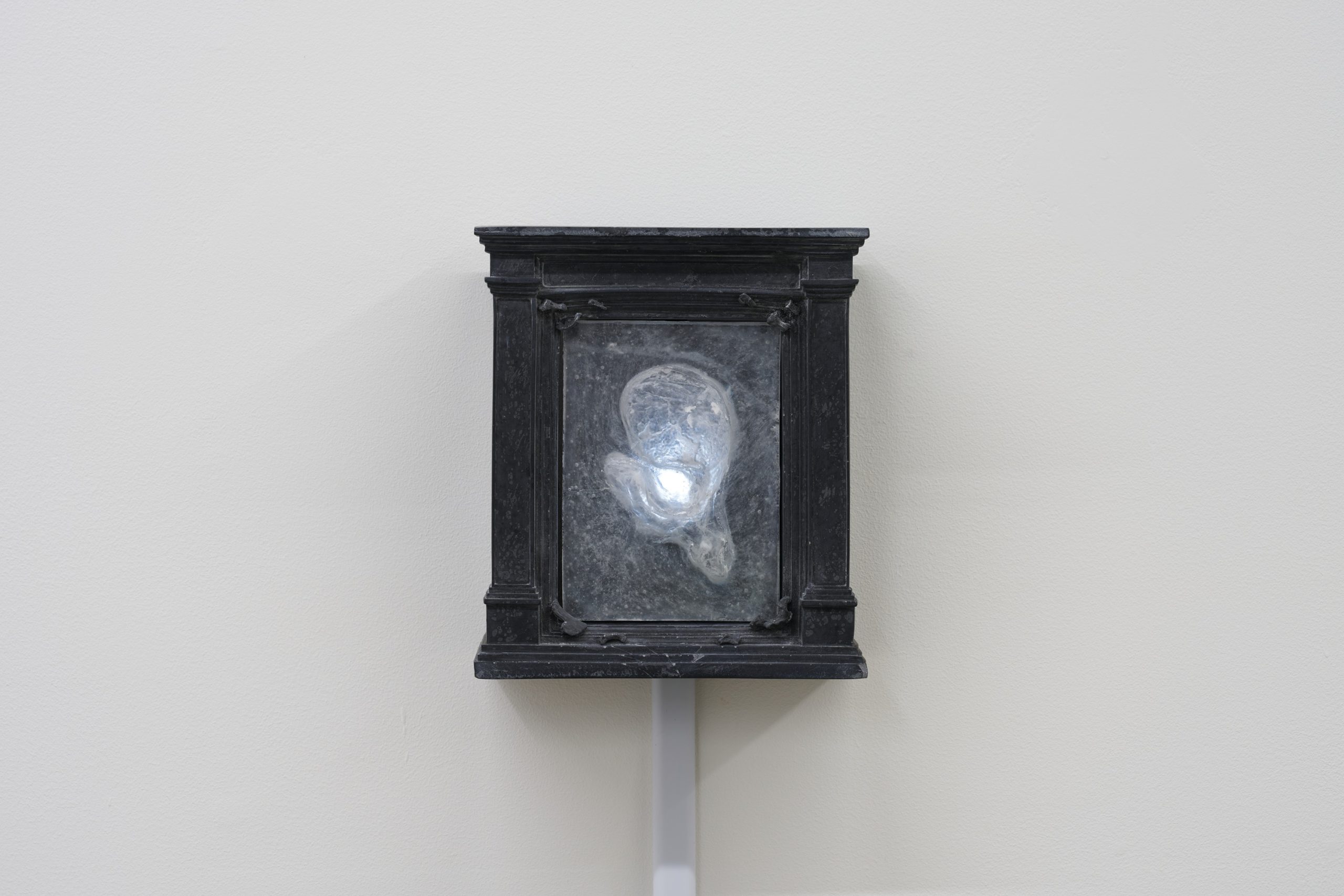
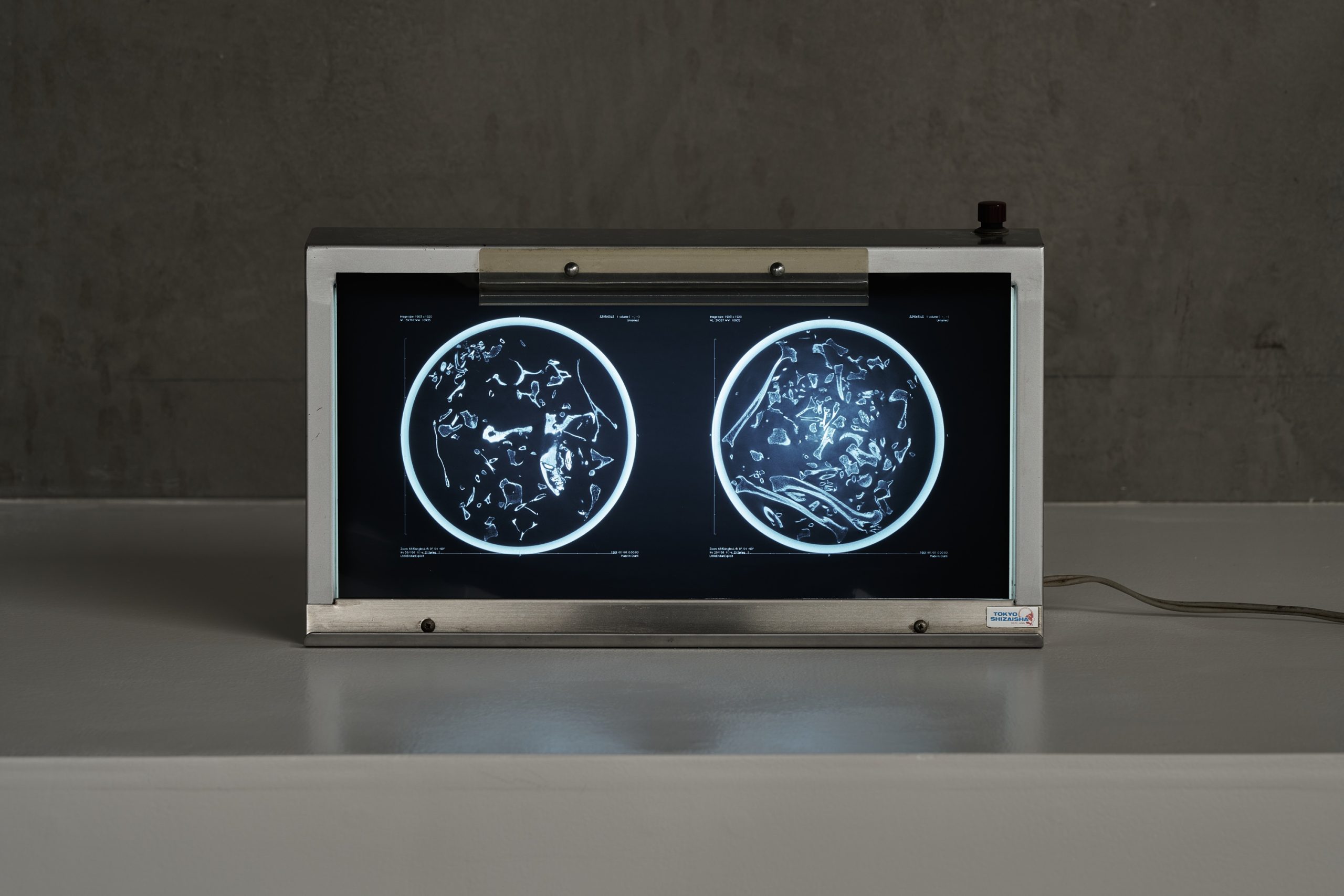
Katsuhisa SATO : KARA / KUU / SORA – PPA
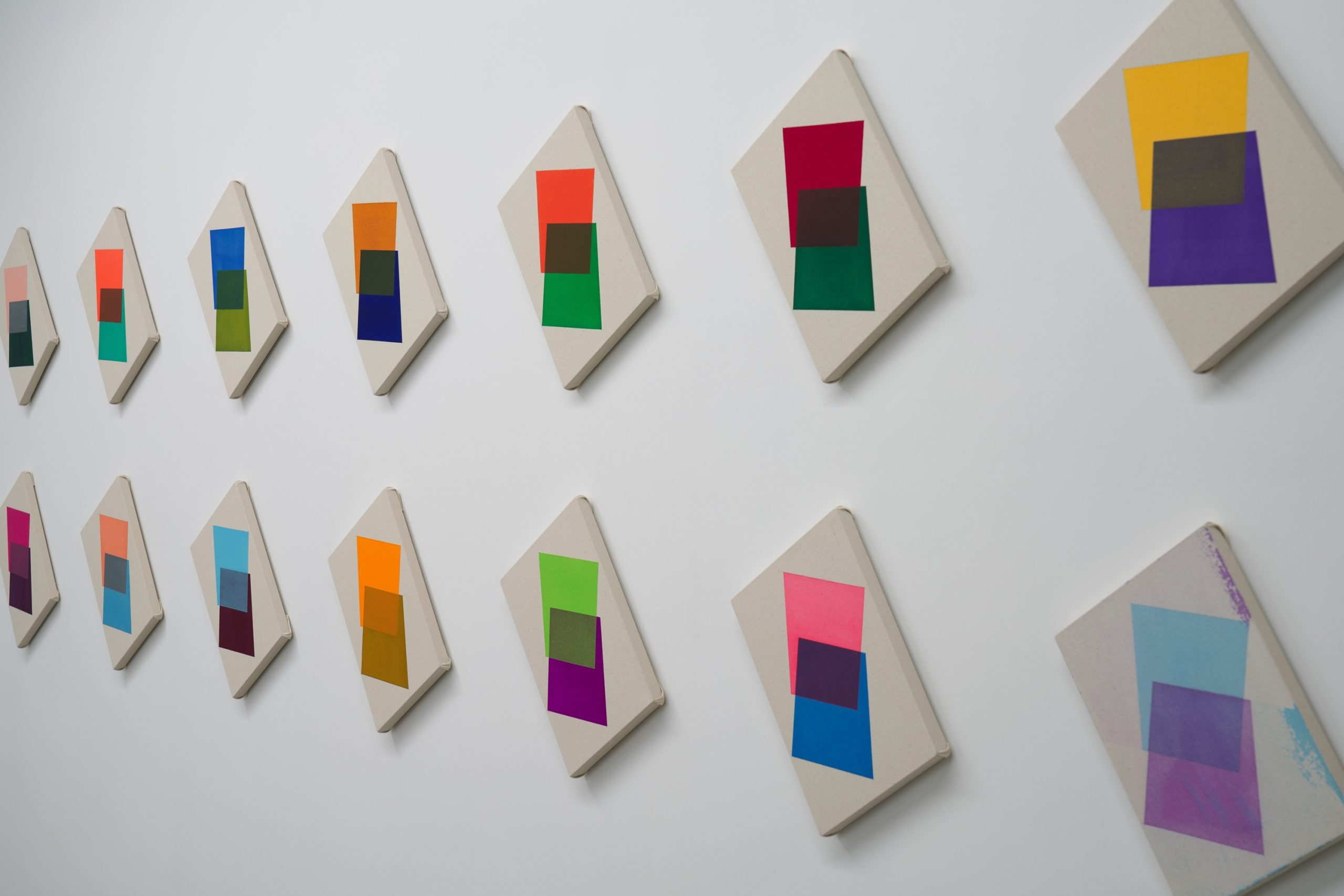
absence of mind
2024
Acrylic on canvas
each 33.3 x 24.2 cm
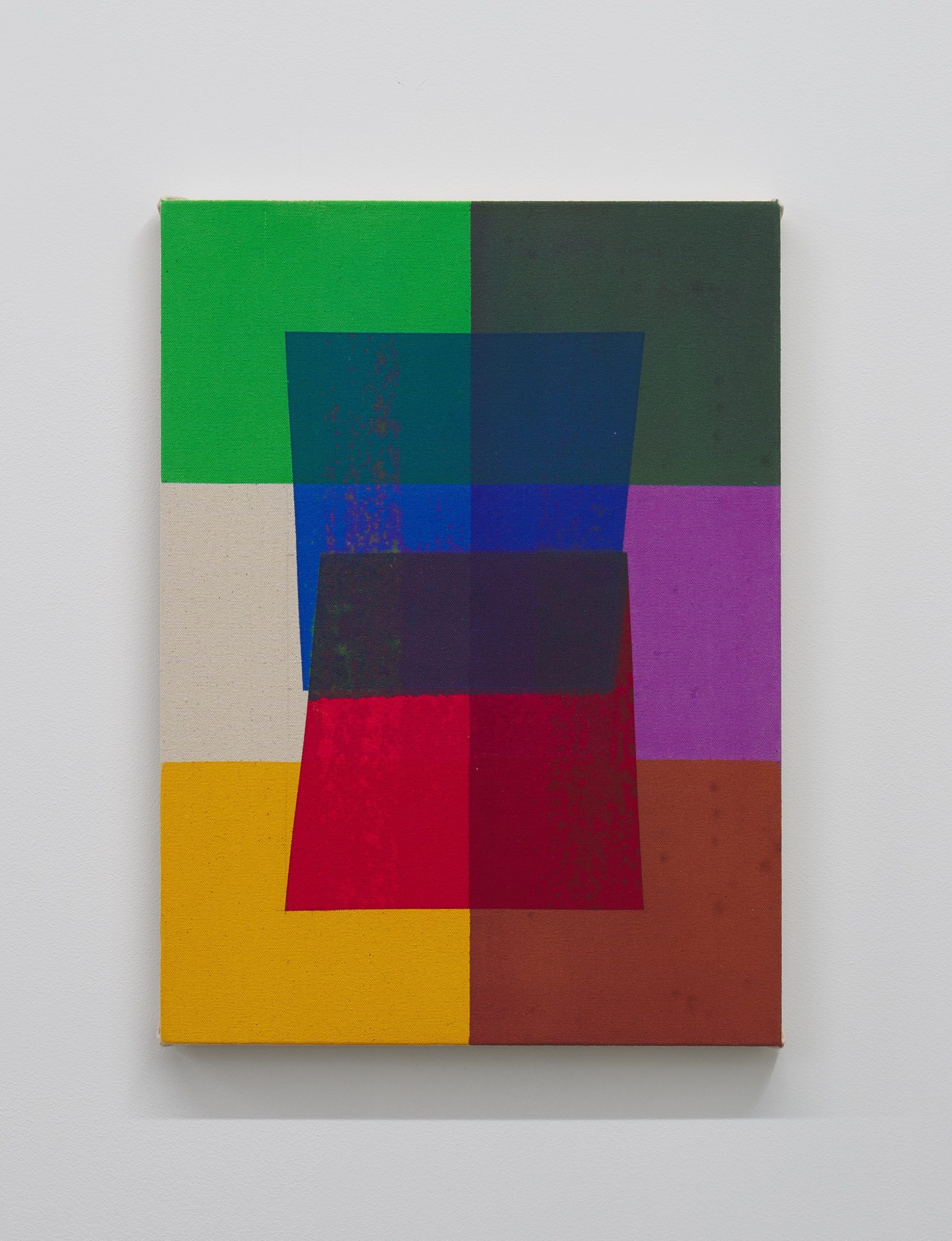
absence of mind
2024
Acrylic on canvas
45.5 x 33.3 cm
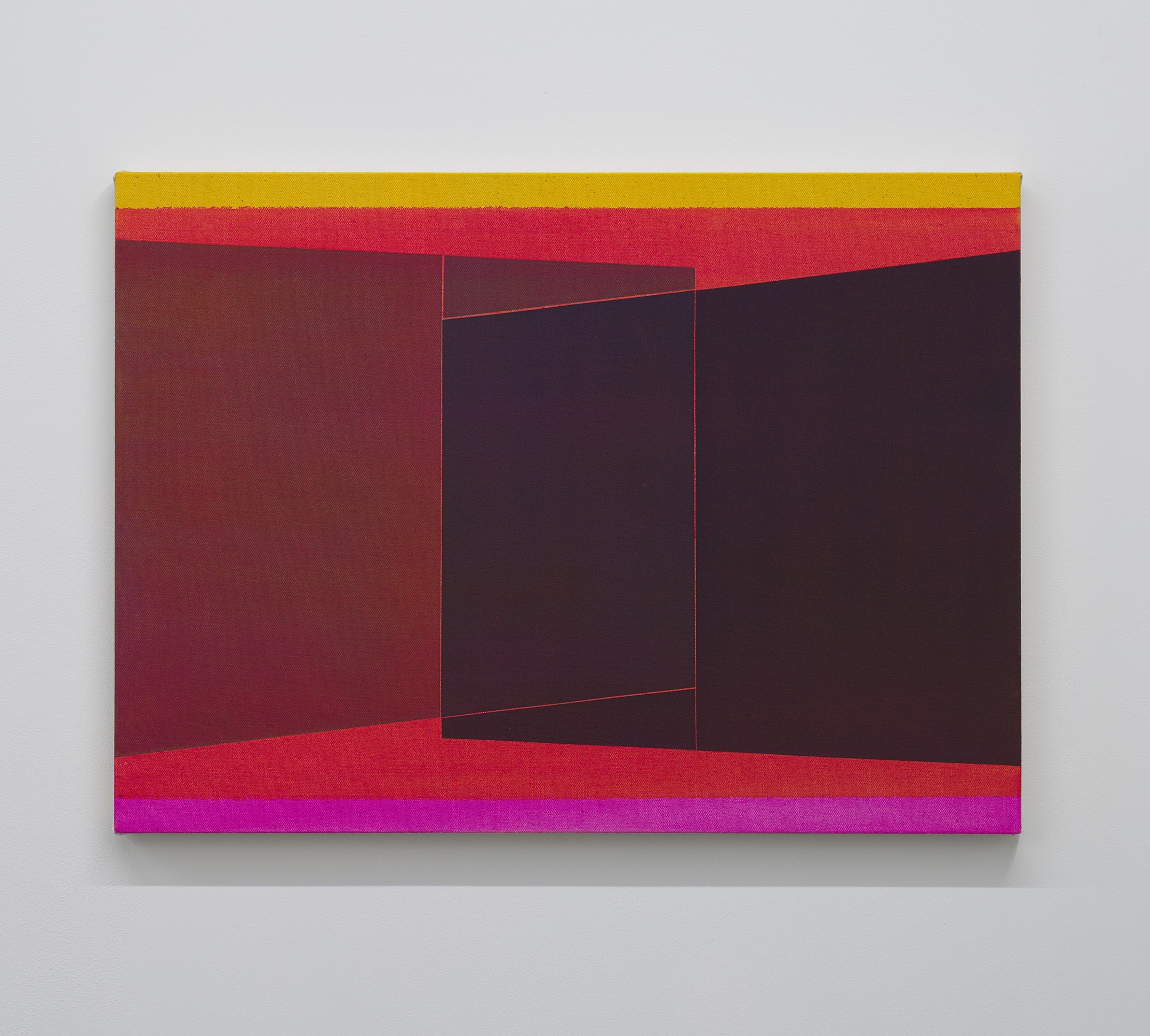
absence of mind
2024
Acrylic on canvas
53 x 72.7 cm
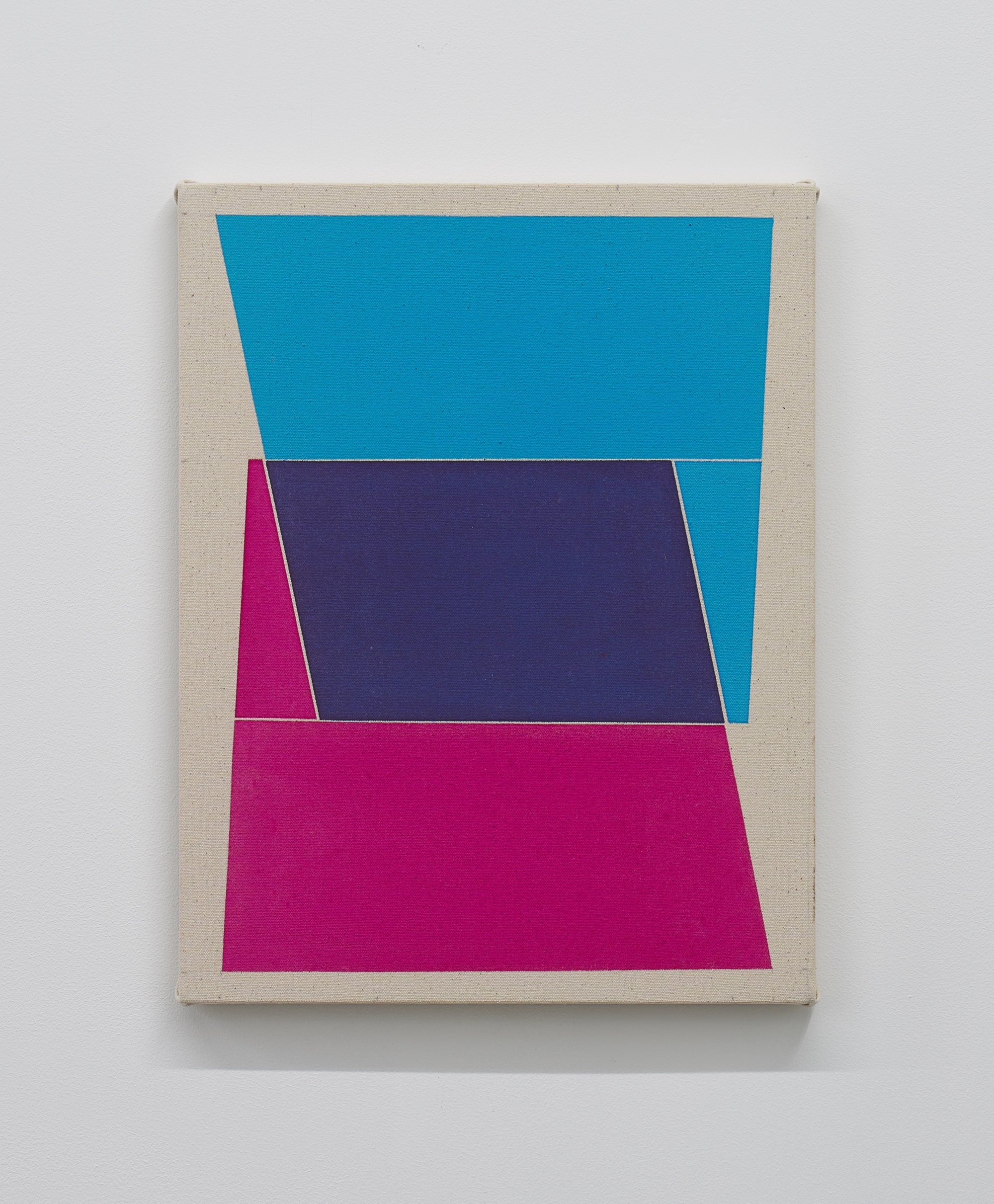
absence of mind
2024
Acrylic on canvas
41 x 31.8 cm
Maki Fine Arts is pleased to present KARA / KUU / SORA – PPA, a solo exhibition of new artworks by Katsuhisa Sato to be held from September 14 (Sat) until October 13 (Sun).
Sato’s works have exploited the system and format of painting as their subject matter to explore the relationship between color and form. While his playful and humorous works exude lightness, the paradox hidden inside them provokes thoughts about the state of painting.
The exhibited new paintings, created using the staining technique, contain perspective rectangles that are repeated in the same configuration with partial overlaps. The overlapped areas consist of blends of the two colors and simple composition. The resulting pieces are described by Sato as “paintings anyone could create.” “True masterpieces are born when you fully understand where you stand and strive to infuse your works with your ideas and copious knowledge but ultimately leave behind all of them.” Sato’s paradoxical theorem is captured in the works’ title, Uwa no Sora [absence of mind] .
We invite you to experience the tension created on canvas by autonomous forms, the rich variations produced by changing brushstrokes, and the chromatic rhythm generated by a large volume of juxtaposed pieces.
Katsuhisa SATO
Born in 1973, Hiroshima, Japan. Sato received his MFA from Aichi Prefectural University of Fine Arts and Music. Recent shows include “Fuminao SUENAGA, Katsuhisa SATO | ERROR”(group, THE POOL, 2024), Group Show(MtK Contemporary Art, 2024), solo show (See Saw gallery+hibit, 2023), Same Thing (solo, SHINBI GALLERY, 2023), Insight 28 ”hang” (group, Yoshimi Arts, 2023), Collection Beginning – Multiverse / Cat (group, Toyota Municipal Museum of Art, 2023), SHOUONJI ART PROJECT 28th Katsuhisa Sato ”surface / ecafrus” (solo, SHOUONJI, 2021). He is an associate professor at Nagoya Zokei University. His works have been added to collections at The National Museum of Art, Osaka, Toyota Municipal Museum of Art.
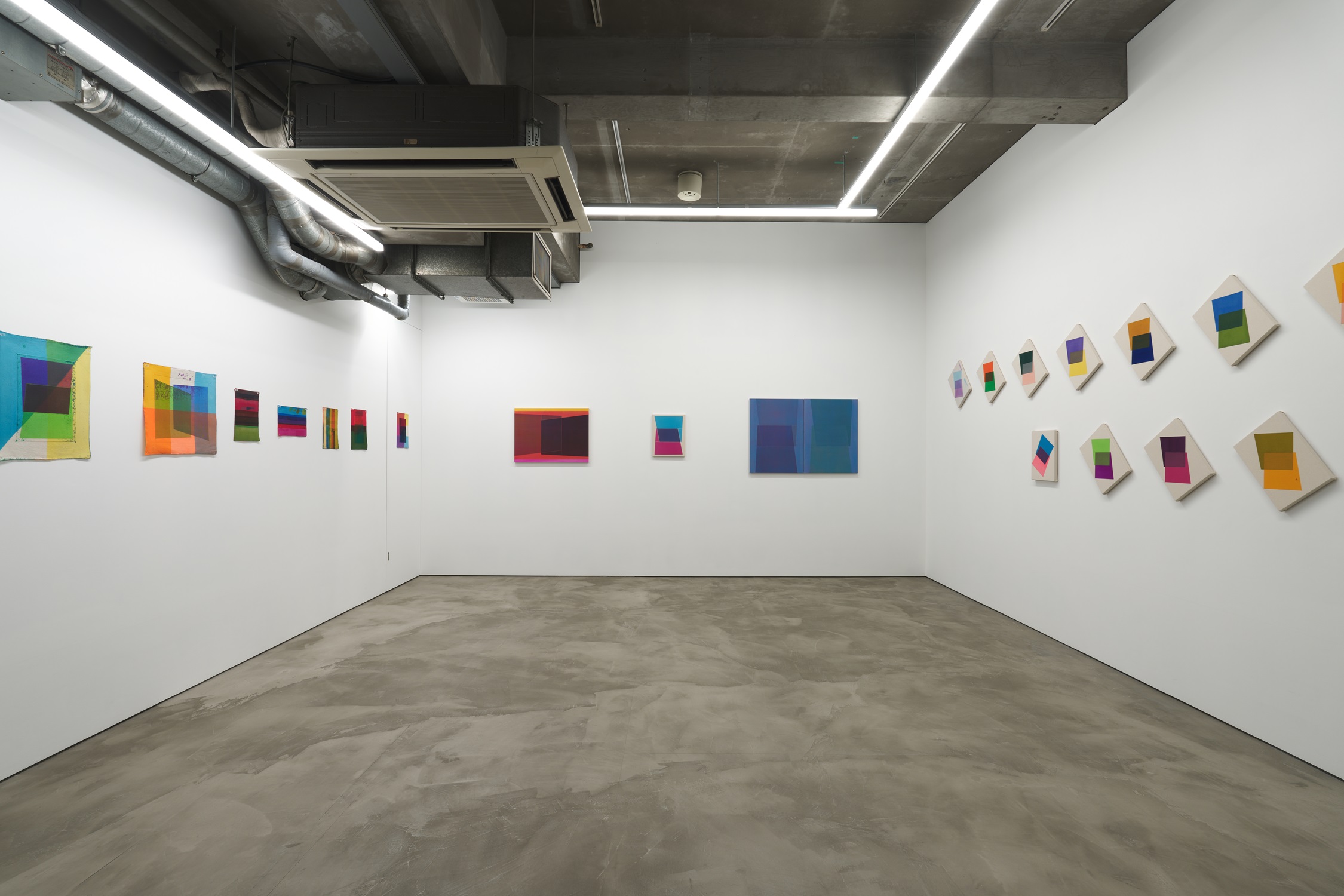
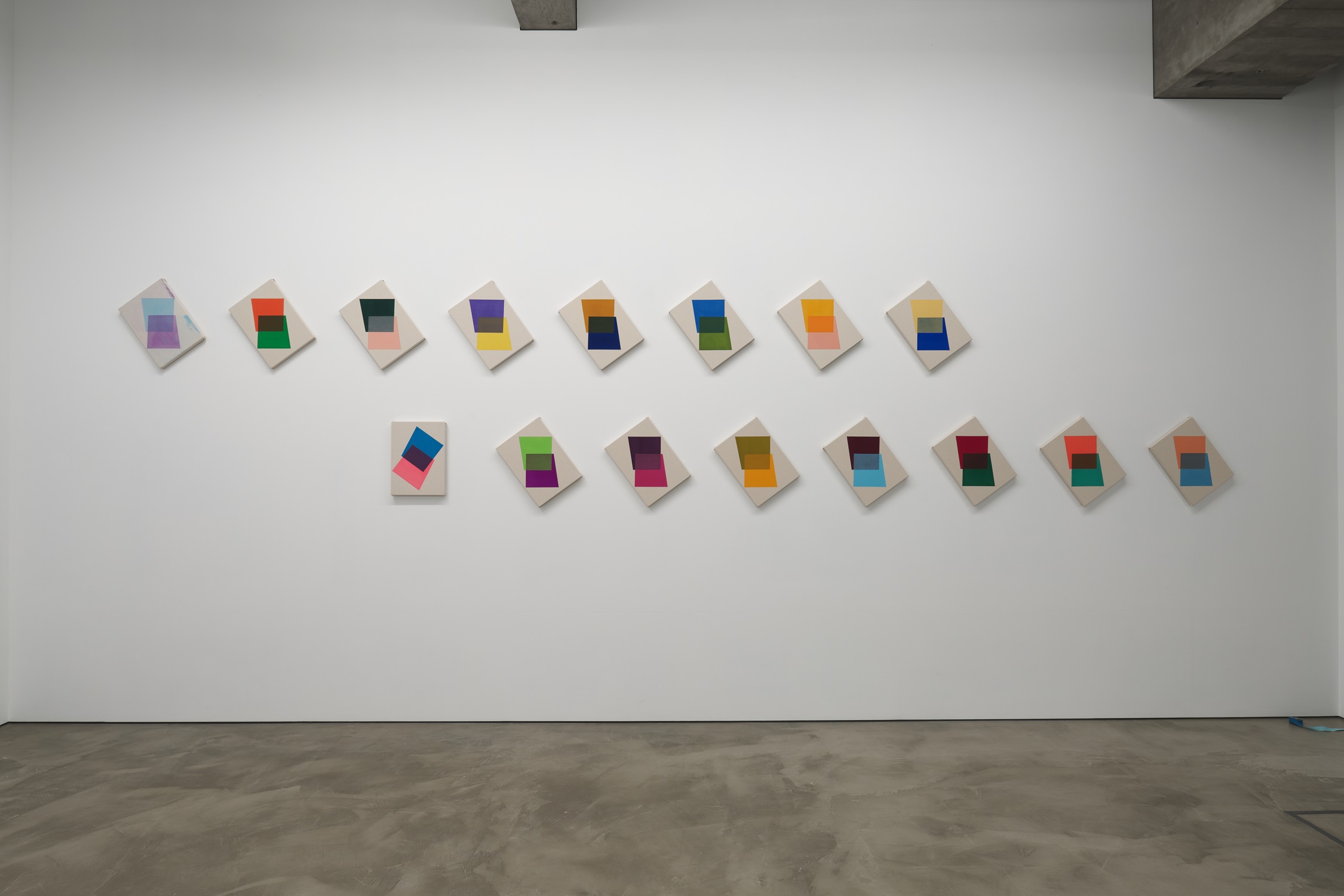
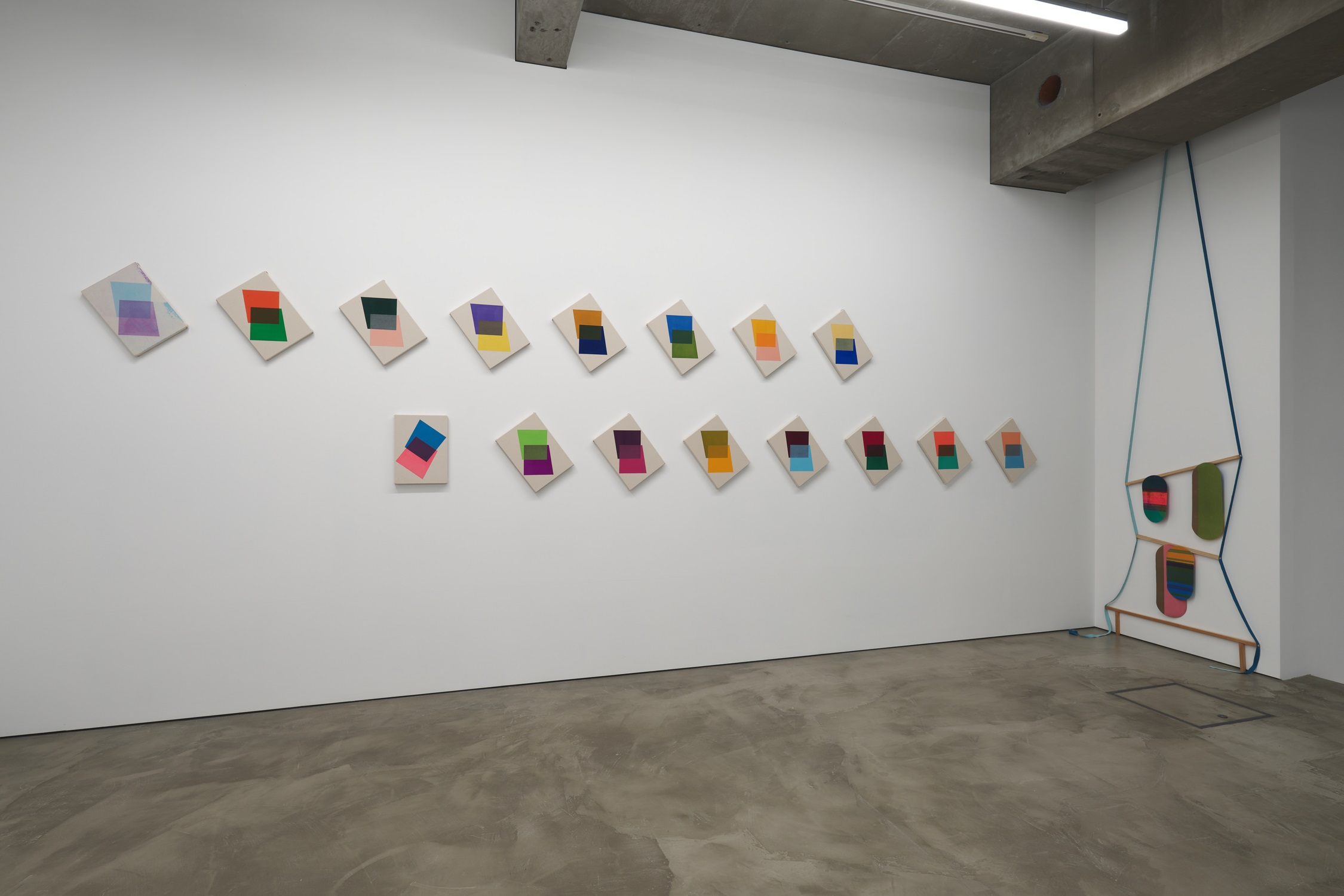
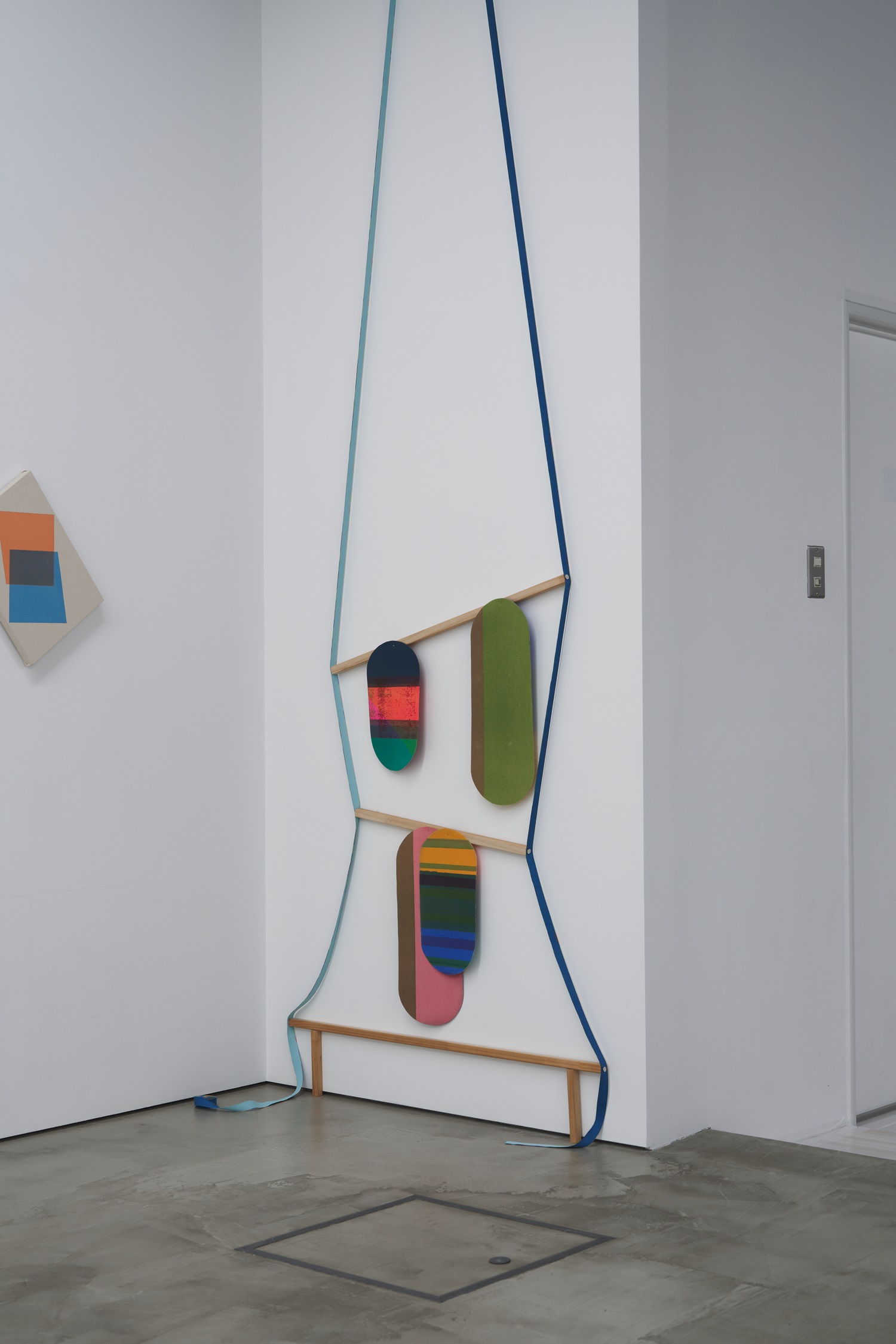
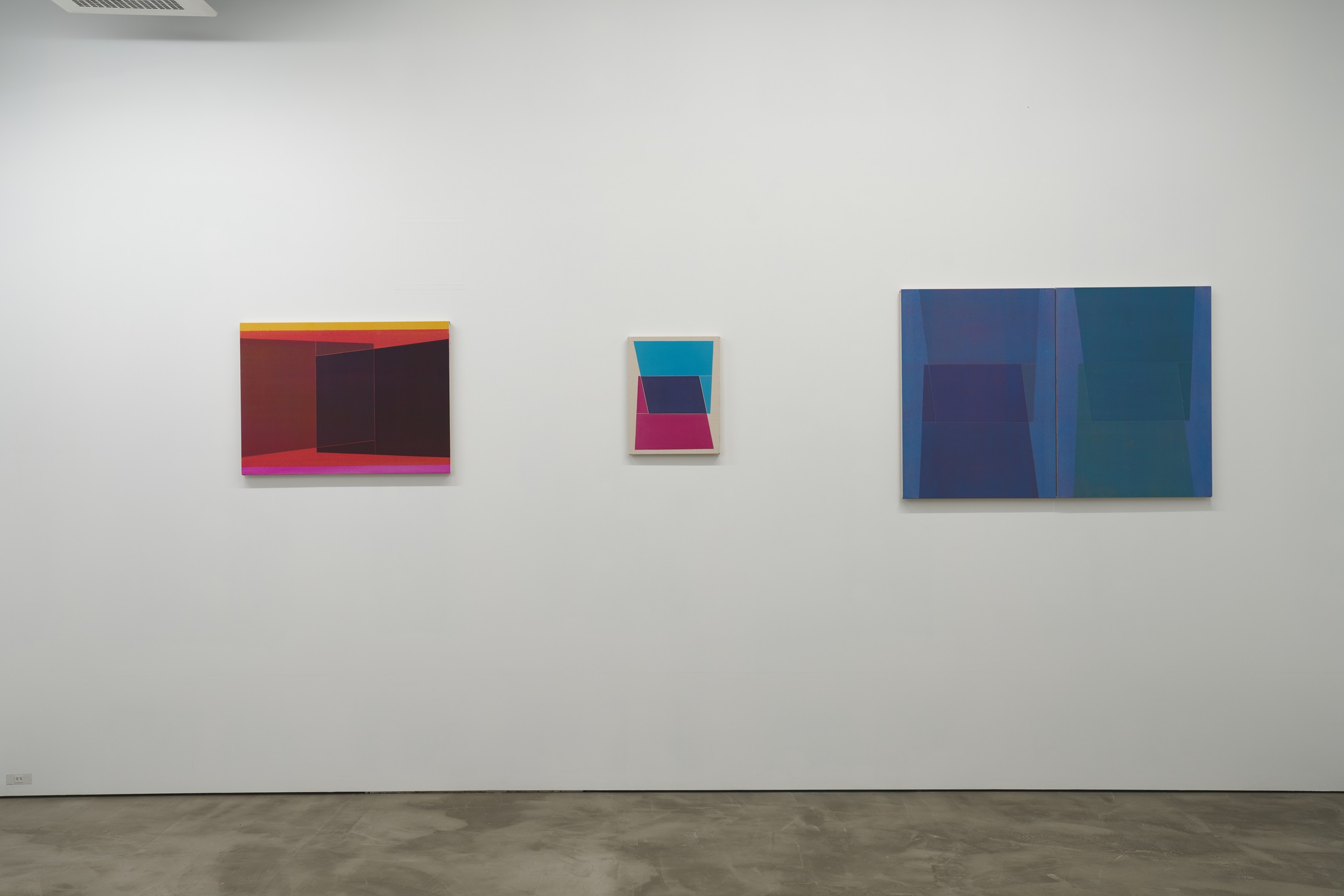
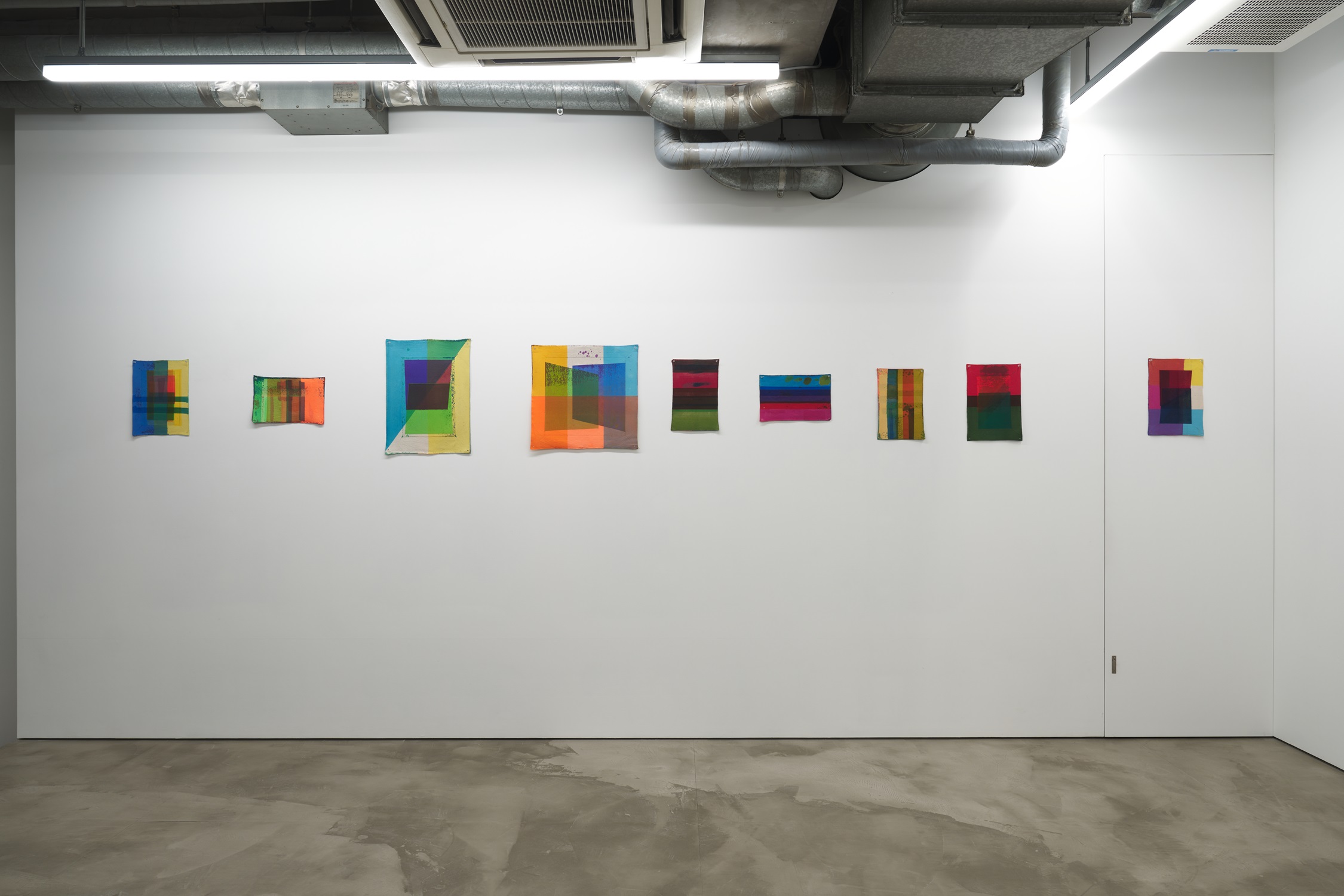
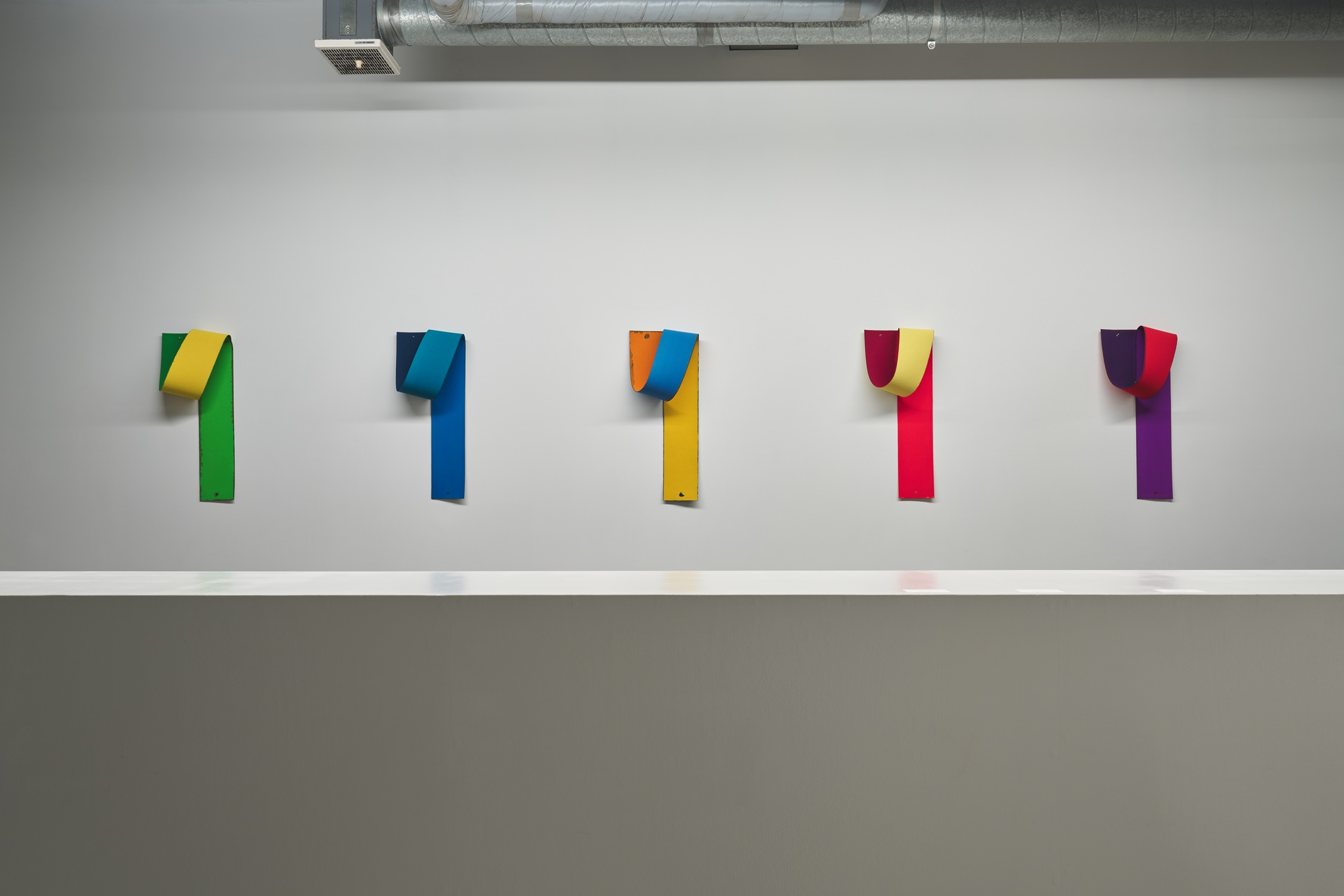
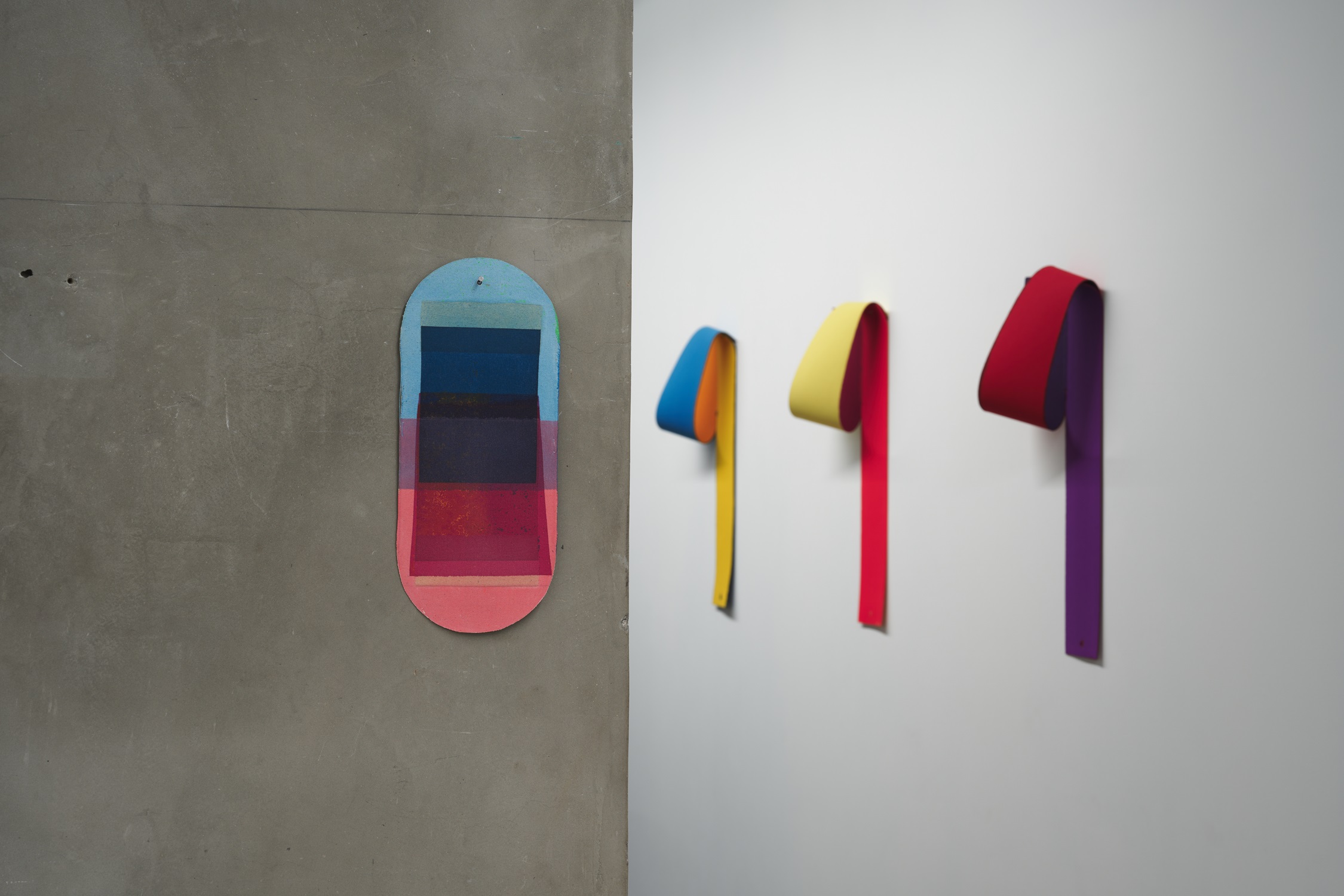
Abstractions – from a certain point –
Yasuko Toyoshima, Katsuhisa Sato, Fuminao Suenaga, Shoko Masunaga
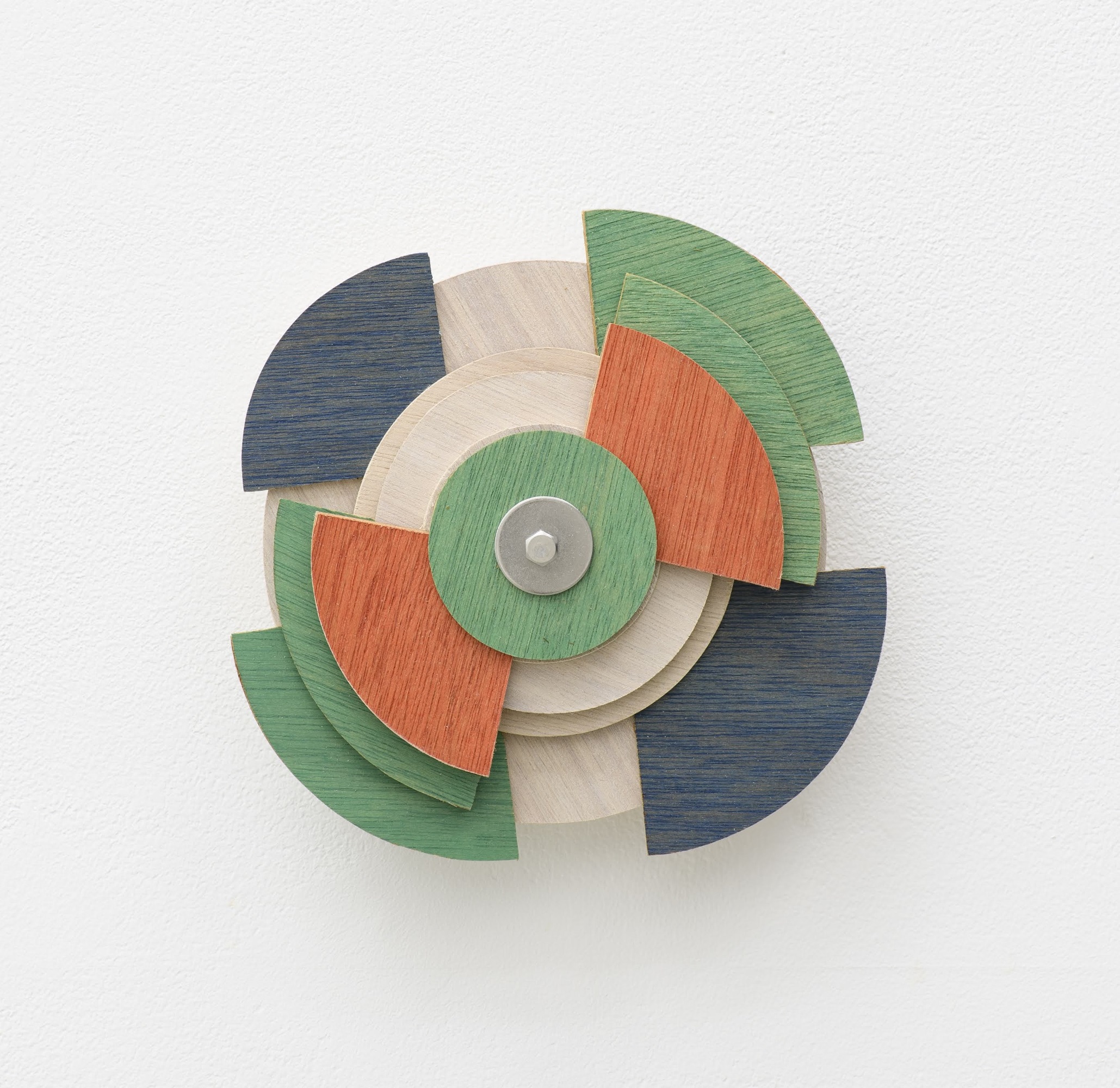
The Copernican Theory_2020 Khanun
2020
Wood, natural paint, bolt and nut, flat washer
17.5 x 17.5 x 4.9 cm
Yasuko TOYOSHIMA
By taking a critical look at institutions and systems found in everyday life and in our society, Toyoshima focuses on creating works that shed light on the patterns found in human thought.
Born in 1967, Saitama, Japan. Toyoshima received her MFA from Tokyo University of the Arts. Recent shows include Origination Method (solo, Museum of Contemporary Art Tokyo, 2023-24), Group Show – Yasuko Toyoshima, Ryosuke Ogino, Makoto Ito (group, 2023-24, Maki Fine Arts), Enclosure(solo, M gallery, 2021), Alternating Current 2021(solo, Galleria Finarte, 2021), PUBLIC DEVICE – Symbolism and Permanence of Sculpture (group, The University Art Museum, Tokyo University of The Arts, Tokyo, 2020).
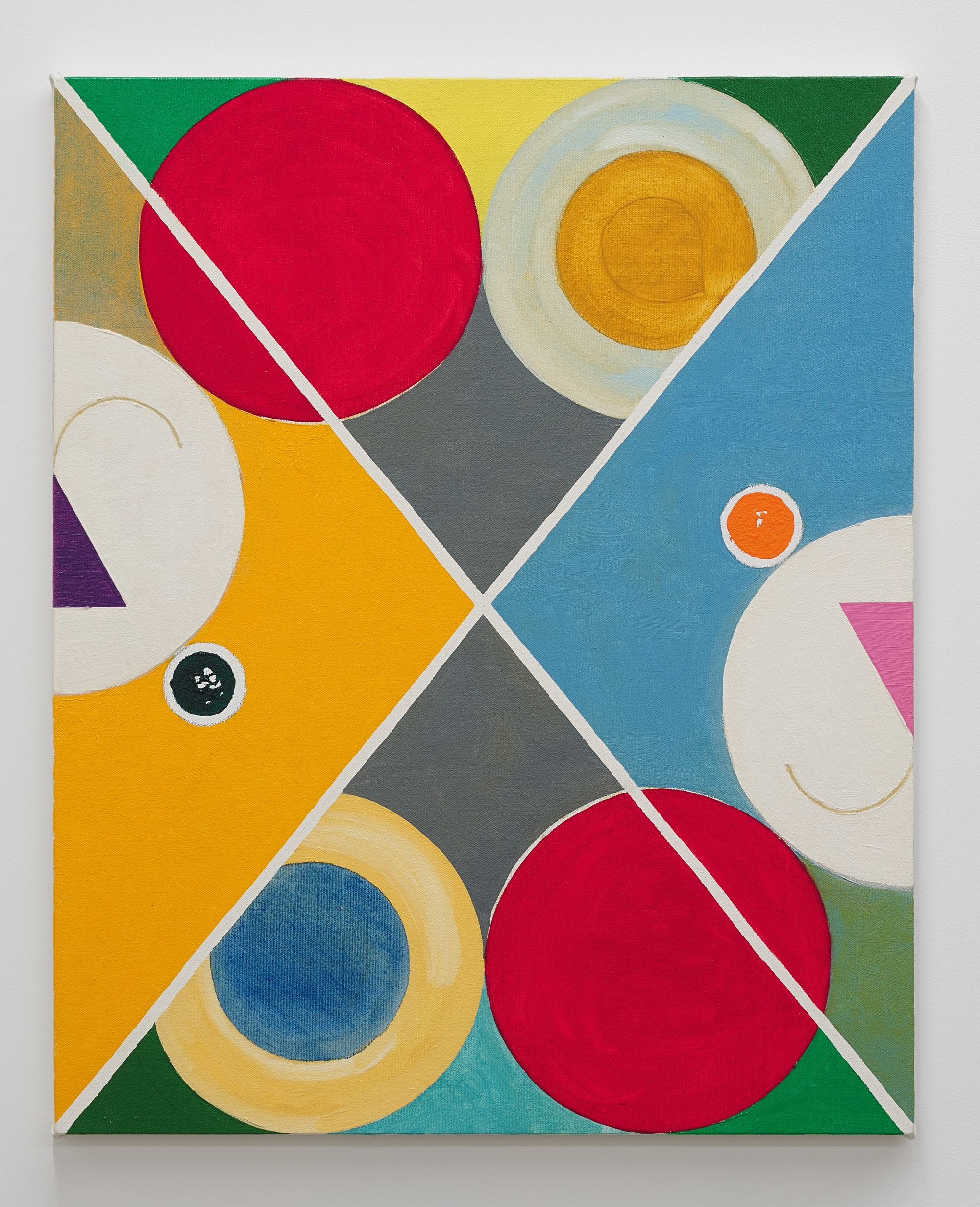
face to face
2019
Oil on canvas
65.2 x 53 cm
Katsuhisa SATO
Sato explores the relationship between color and form with humor, using the system and form of painting as his subject matter.
Born in 1973, Hiroshima, Japan. Sato received his MFA from Aichi Prefectural University of Fine Arts and Music. Recent shows include solo show (See Saw gallery+hibit, 2023), Same Thing (solo, SHINBI GALLERY, 2023), Insight 28 ”hang” (group, Yoshimi Arts, 2023), Collection Beginning – Multiverse / Cat (group, Toyota Municipal Museum of Art, 2023), SHOUONJI ART PROJECT 28th Katsuhisa Sato ”surface / ecafrus” (solo, SHOUONJI, 2021).
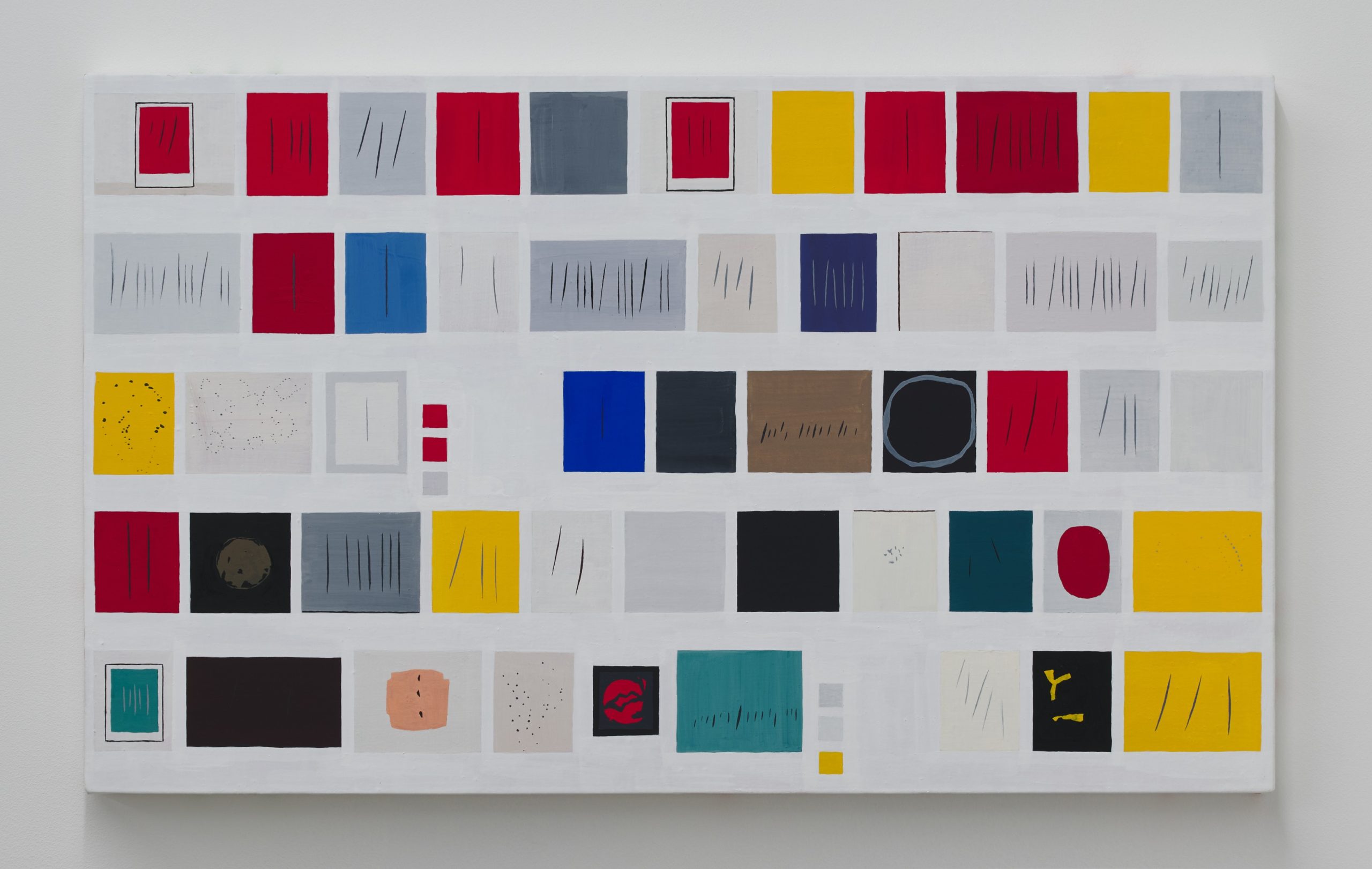
Search Results
2024
Acrylic, pigment on cotton, panel
42 x 69.5 cm
Fuminao SUENAGA
His paintings and three-dimensional works are based on visual subject matters inspired by elements relating to exhibition spaces and observations made during day-to-day activities.
Born in 1974, Yamaguchi, Japan. Suenaga graduated from Tokyo Zokei University in 1999 with a major in painting. Recent shows include UTSUSU (group, BOOK AND SONS, 2024), Textural Synthesis (group, Mitsukoshi Contemporary, 2024),Light paintings (solo, Maki Fine Arts, 2024), HEIHA (group, Gallery DEN5, 2023), Group Show – Yoshio Shirakawa | Fuminao Suenaga | Keisuke Shirota | Shunsuke Kano | Sean Micka (group, Maki Fine Arts, 2023).
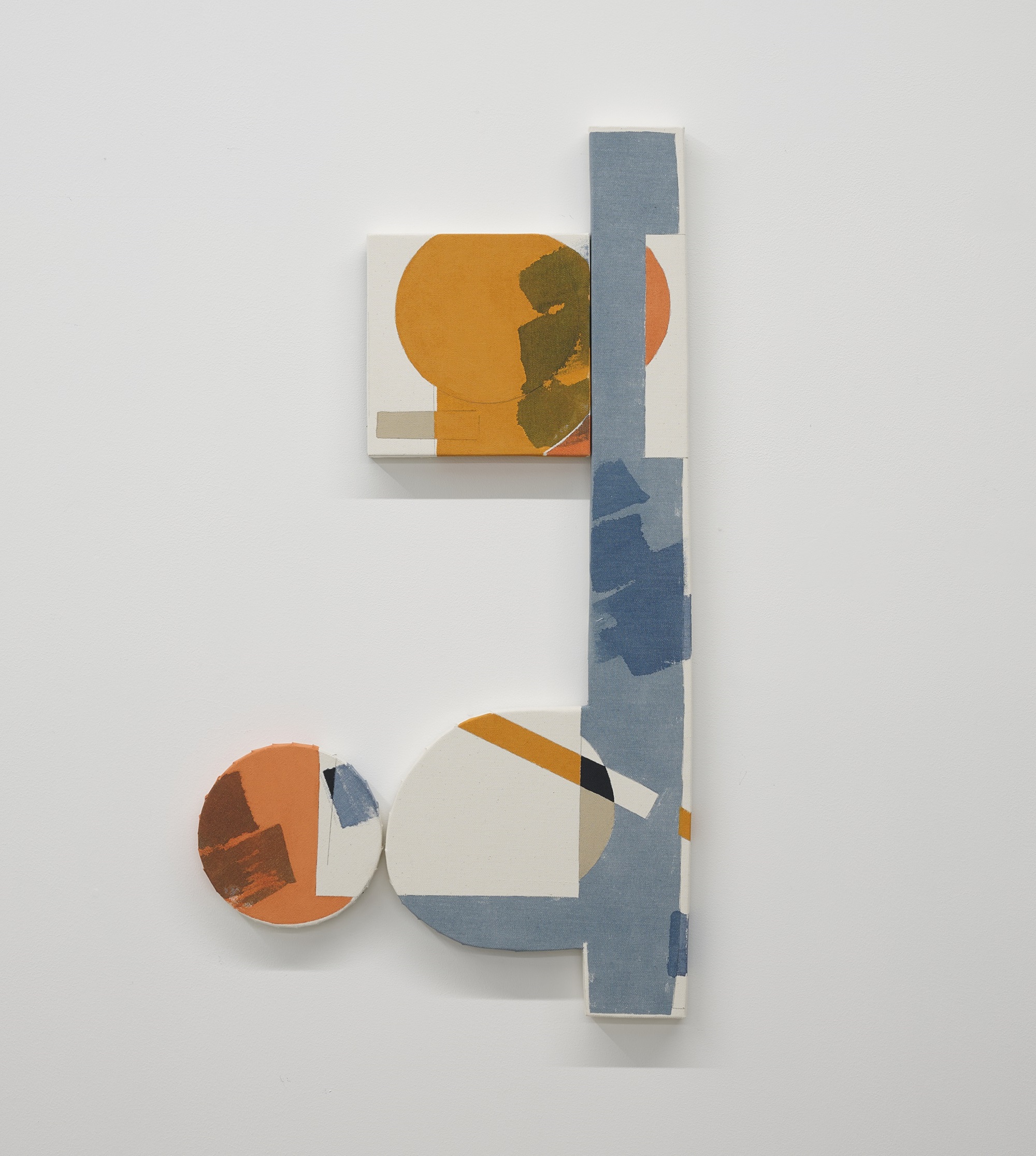
session4
2023
Panel, canvas, acrylic, pencil
72.5 x 40 x 2 cm
Shoko MASUNAGA
Her creative process originates from paintings and utilizes a variety of techniques. By focusing on the connections to the surrounding environment and space, her works become fluid and interchangeable.
Born 1980 in Osaka, Japan, Shoko Masunaga graduated from Seian Zokei Junion College in 2001 with a degree in painting. Recent shows include MEMORIES (group, CADAN Yurakucho, 2023), Ginza Curator’s Room #005 Angel’s Perch (group, Shibunkaku Ginza, 2023), What Comes After the Beyond (solo, Maki Fine Arts, 2023), editing (solo, nidi gallery,2022), replace (solo, LOKO Gallery, 2021).
—
Abstractions – from a certain point –
Yasuko Toyoshima, Katsuhisa Sato, Fuminao Suenaga, Shoko Masunaga
Date : August 6 – 25, 2024
Venue : CADAN Yurakucho / Kokusai Building 1F, 3-1-1 Marunouchi, Chiyoda-ku, Tokyo
Open : Tuesday – Friday 11AM-7PM / Saturday, Sunday and National Holidays 11AM – 5PM
Closed : Mondays and Days following National Holidays
link
